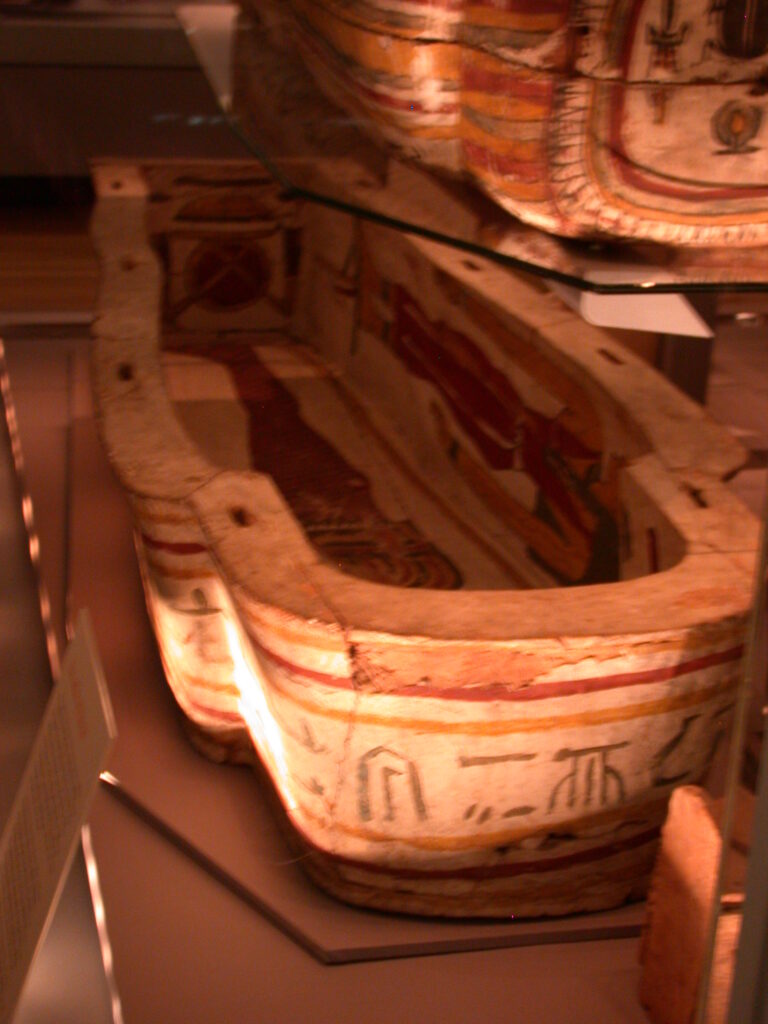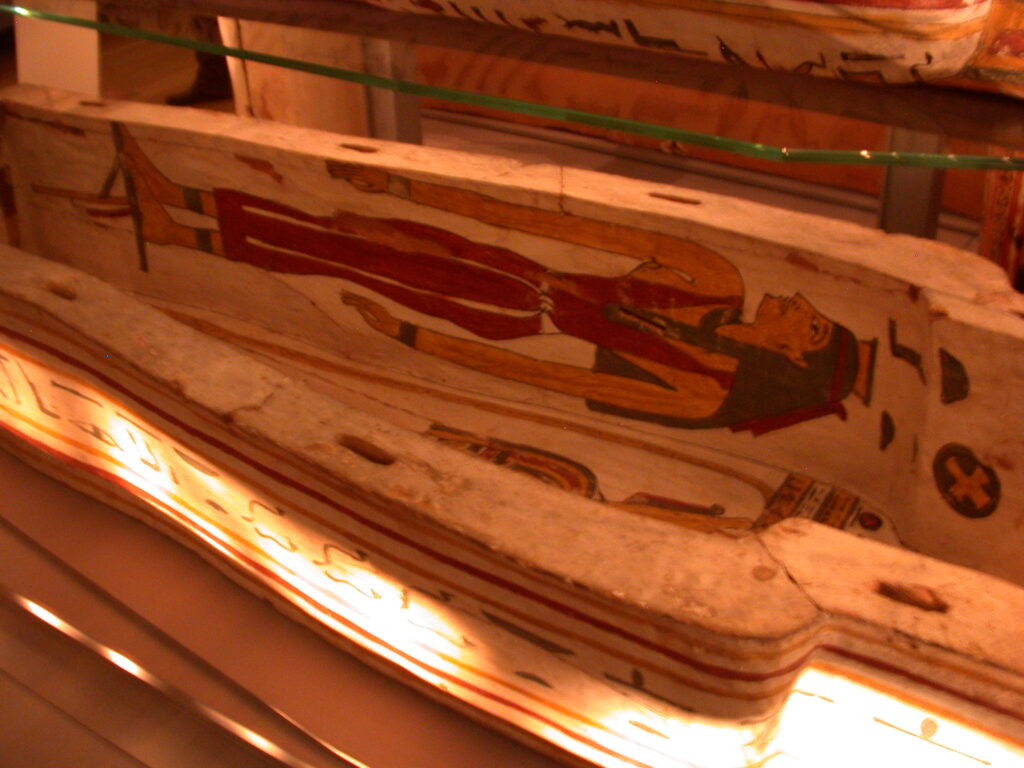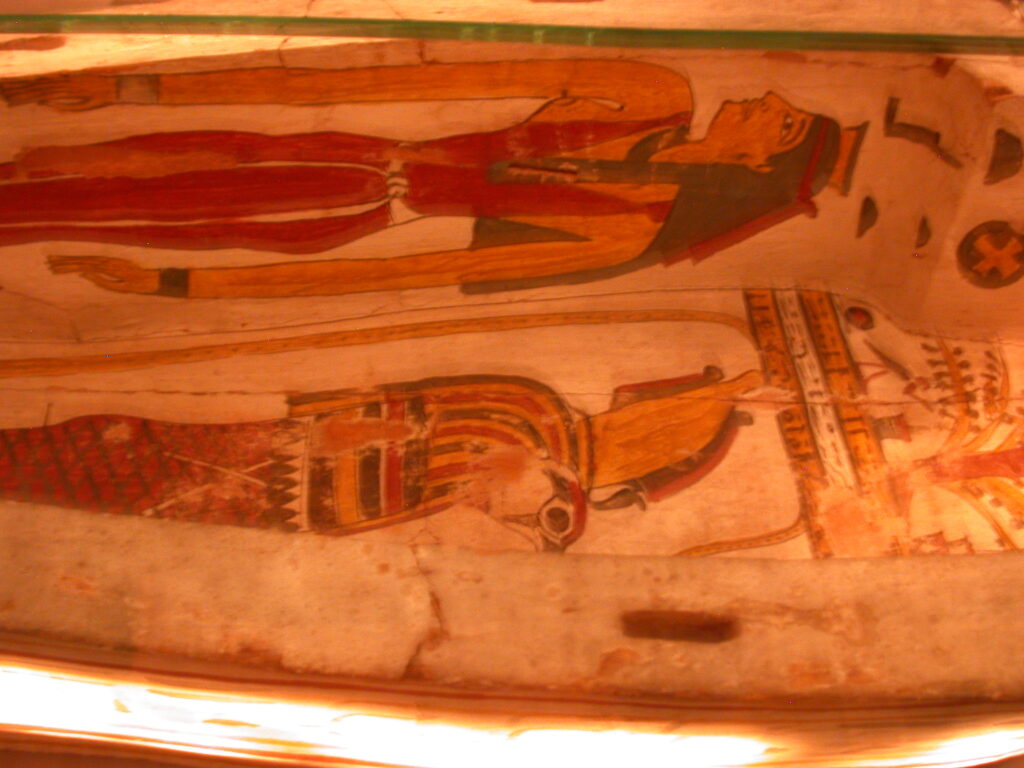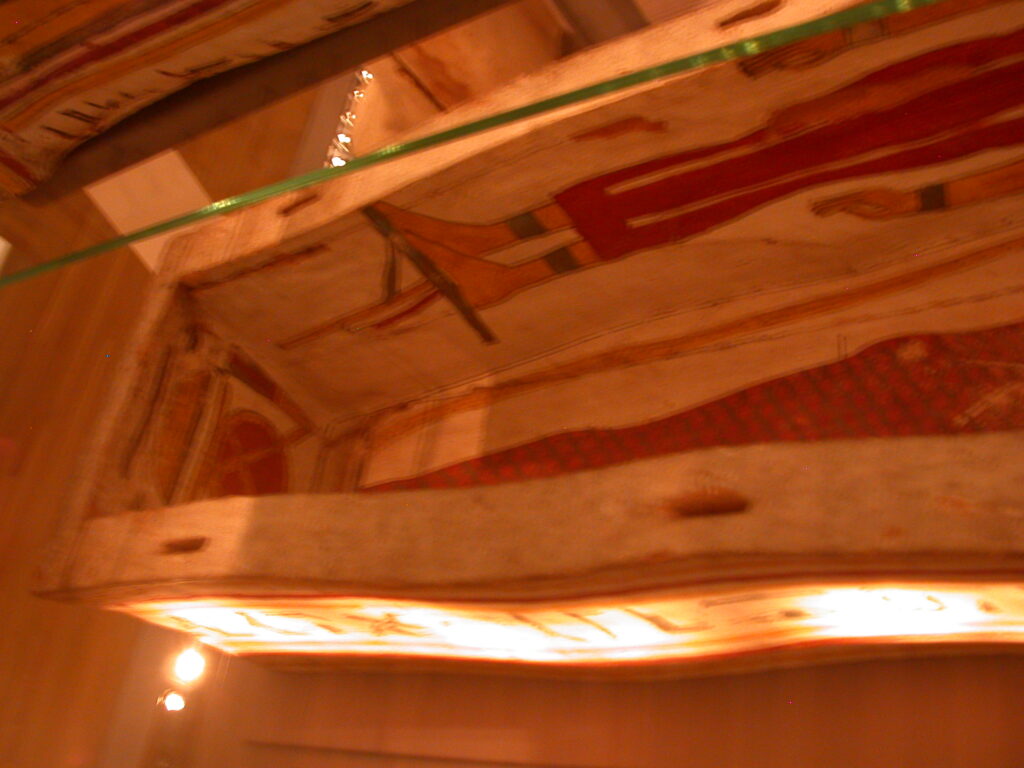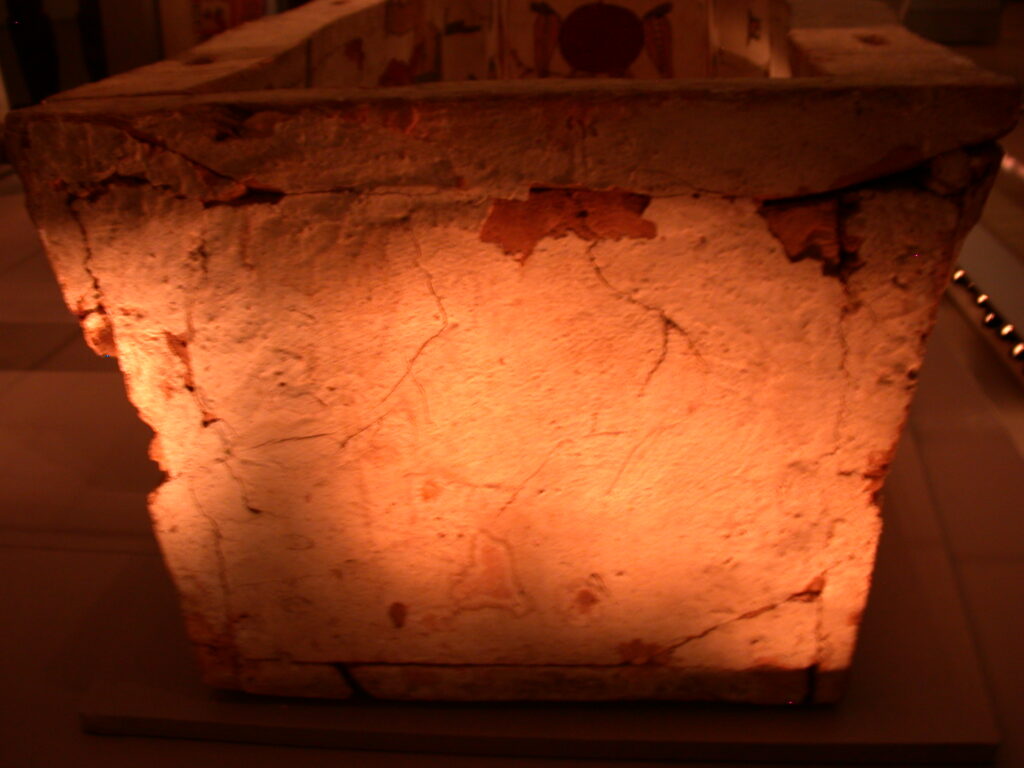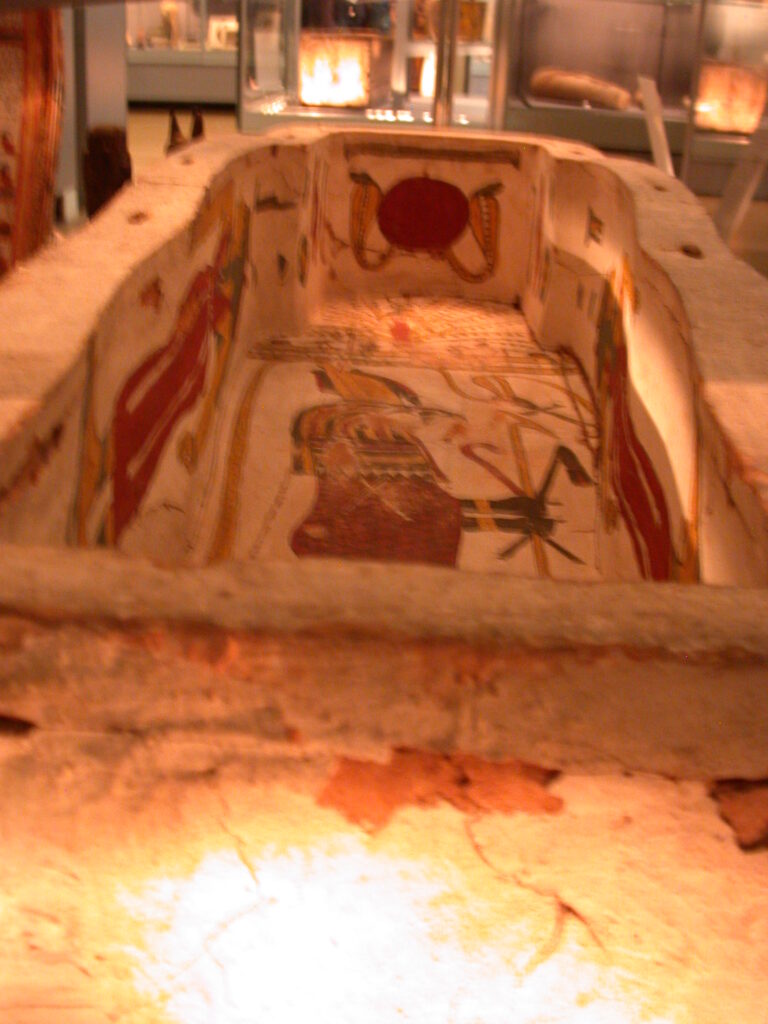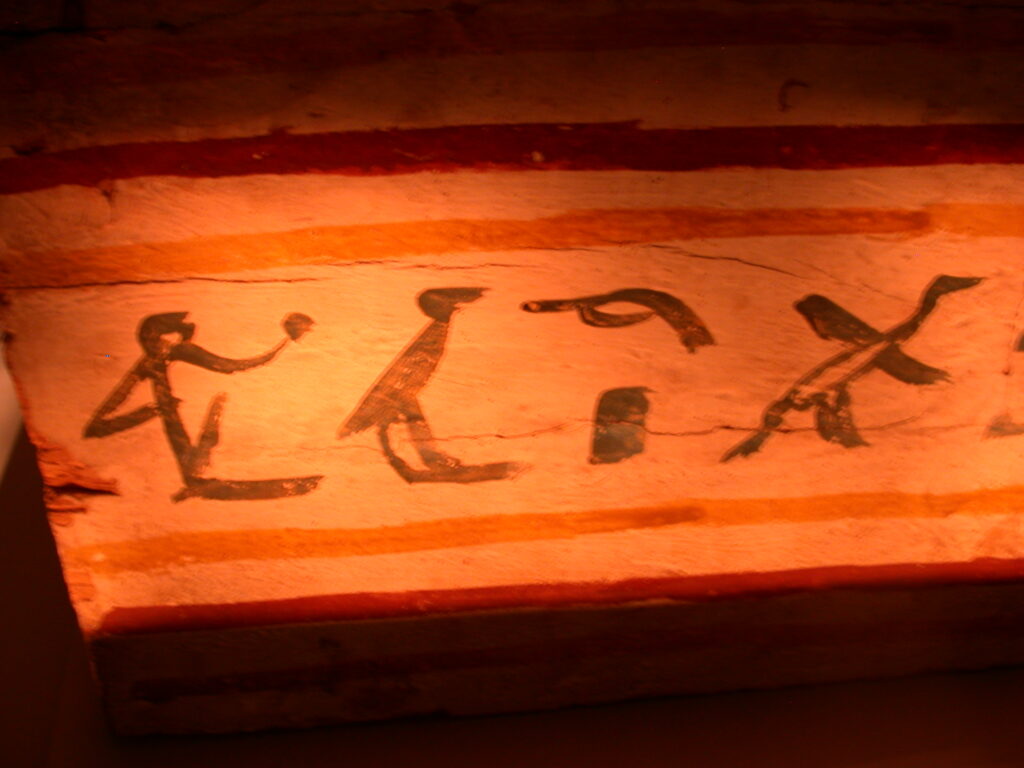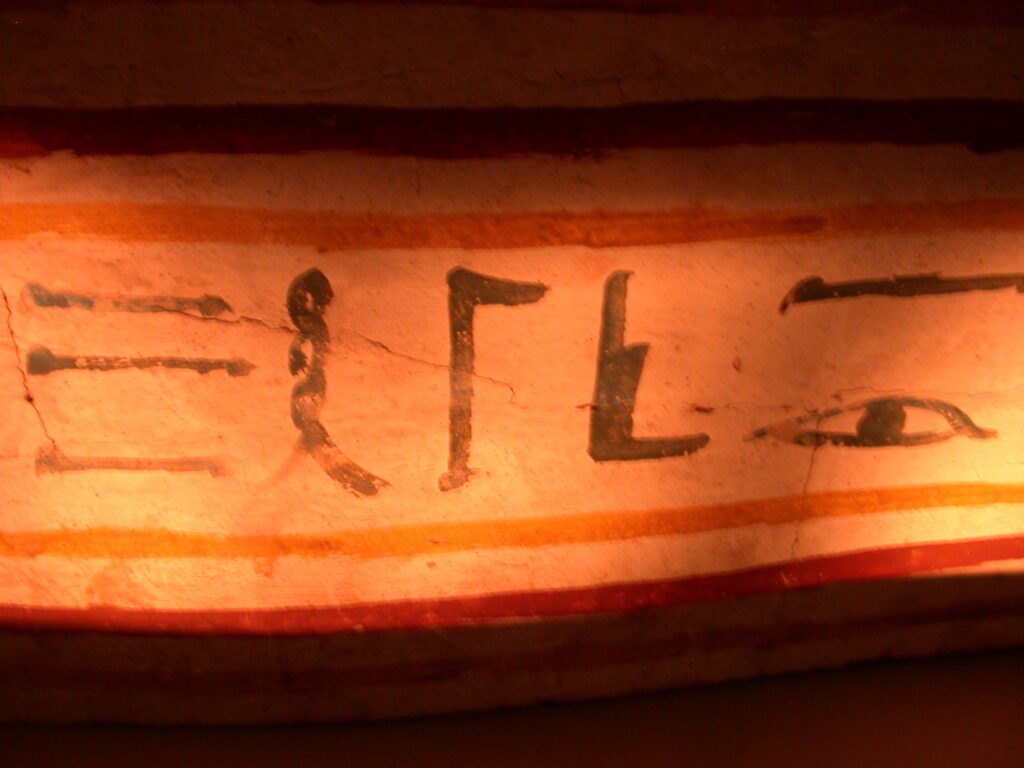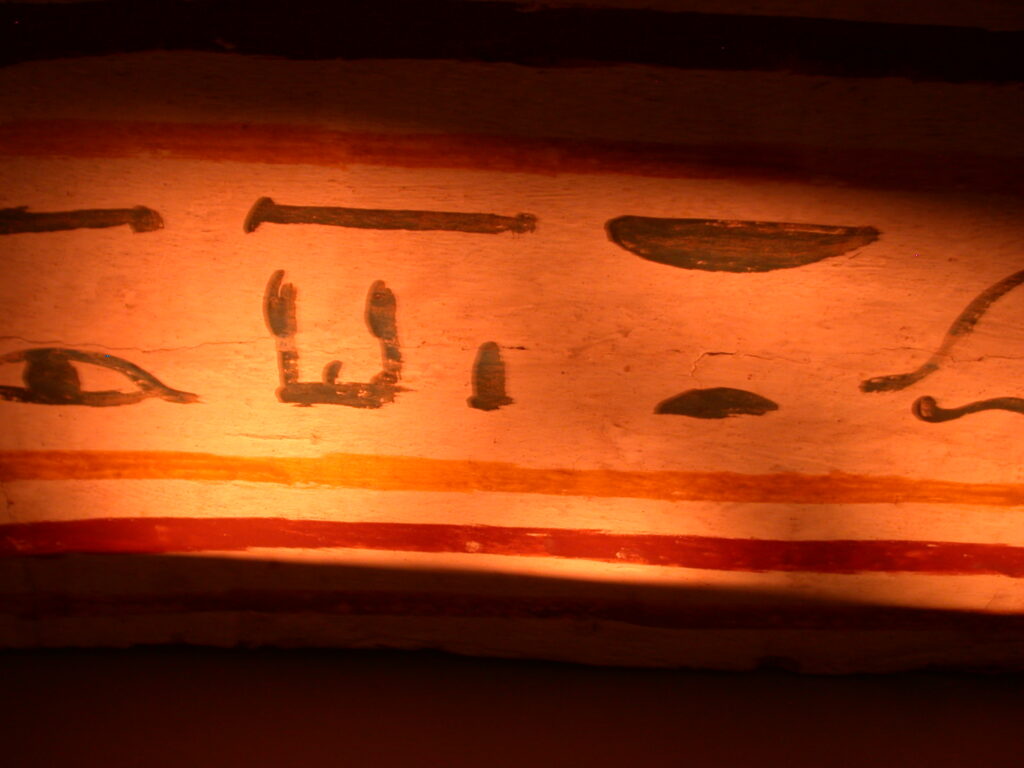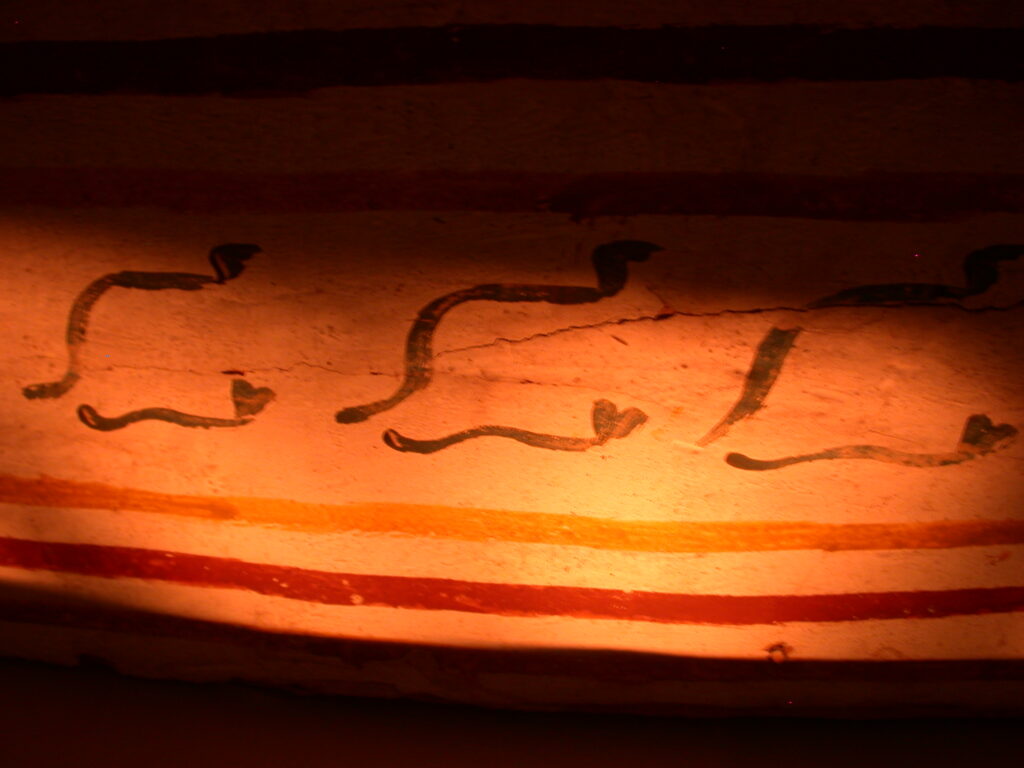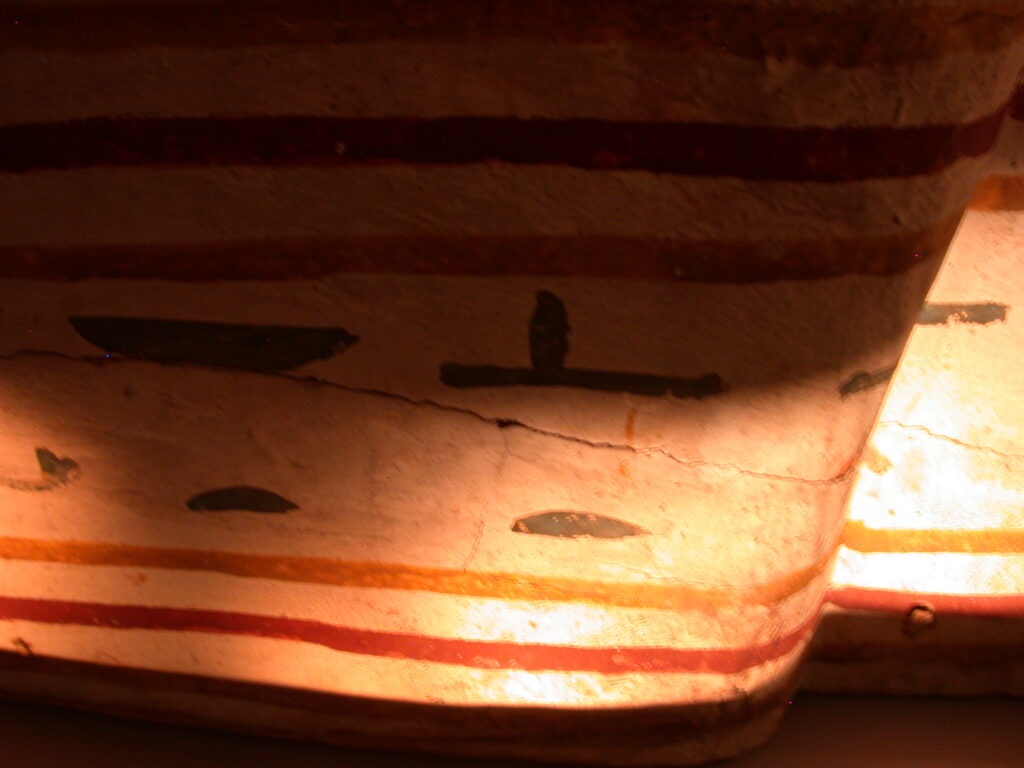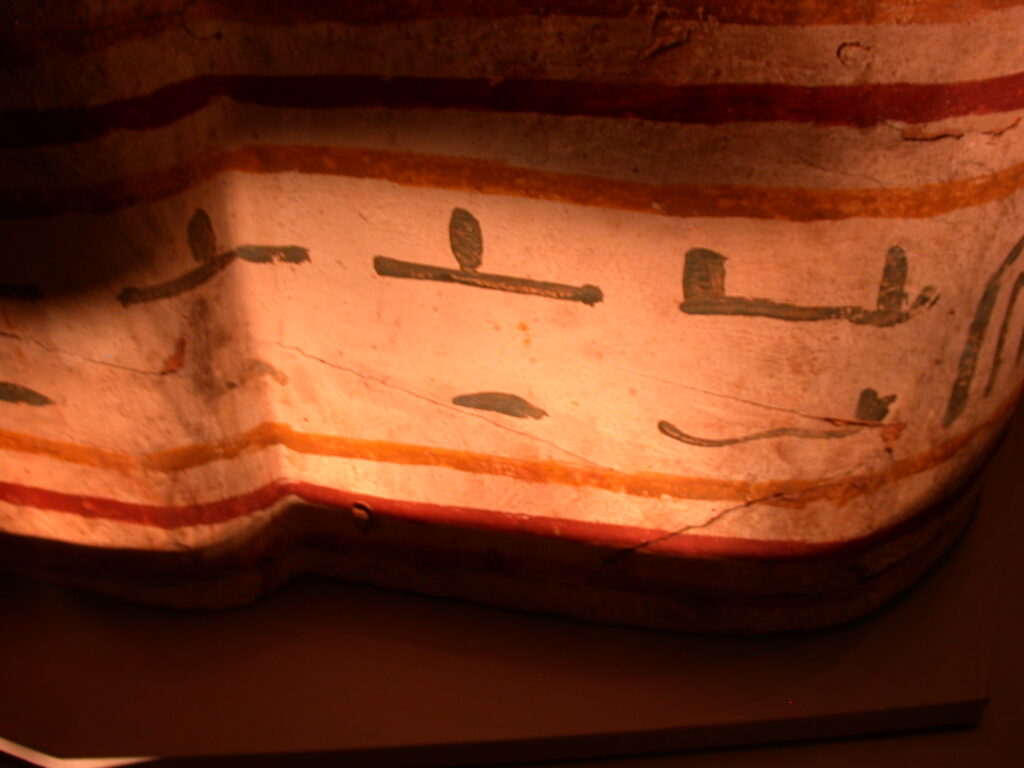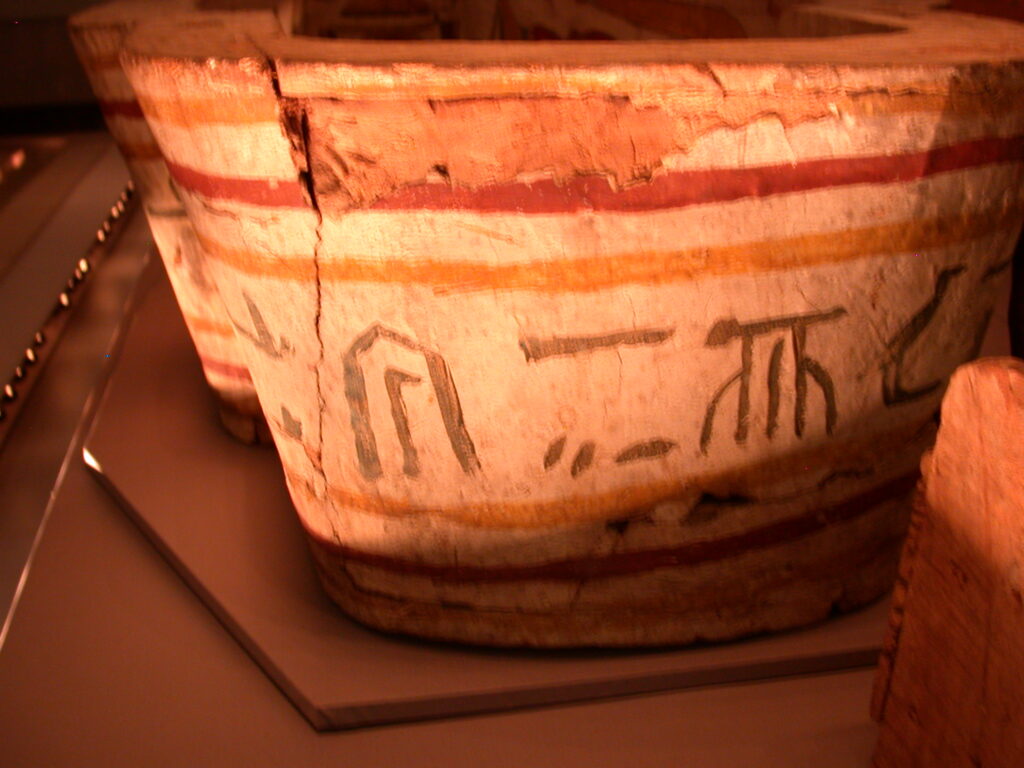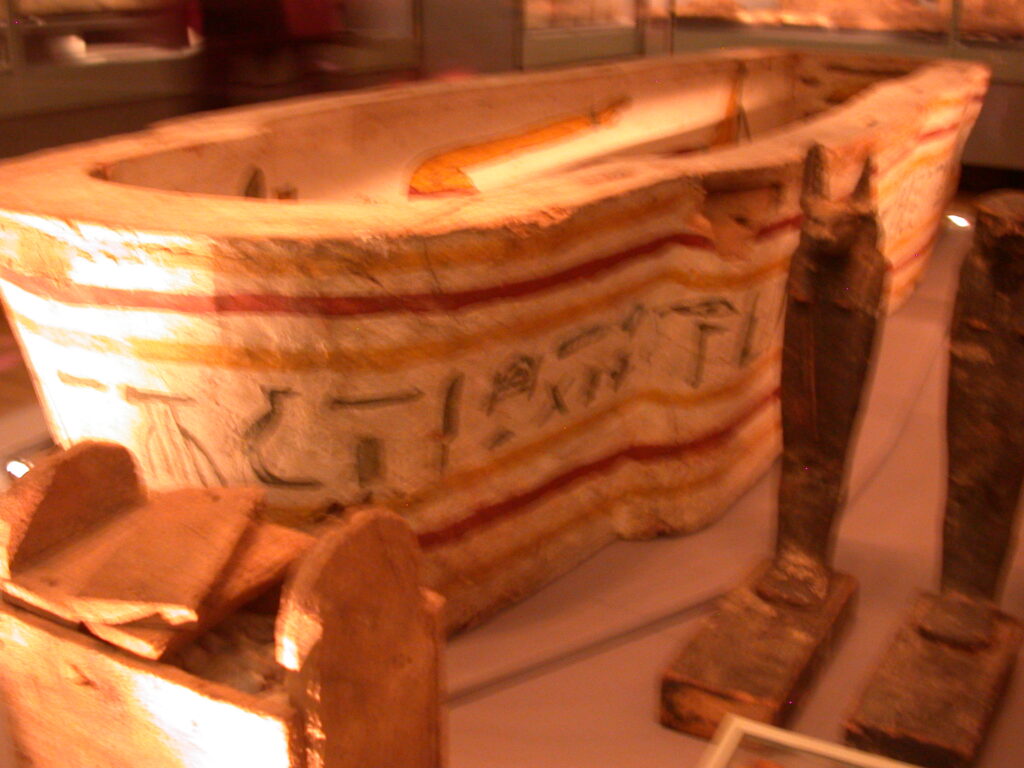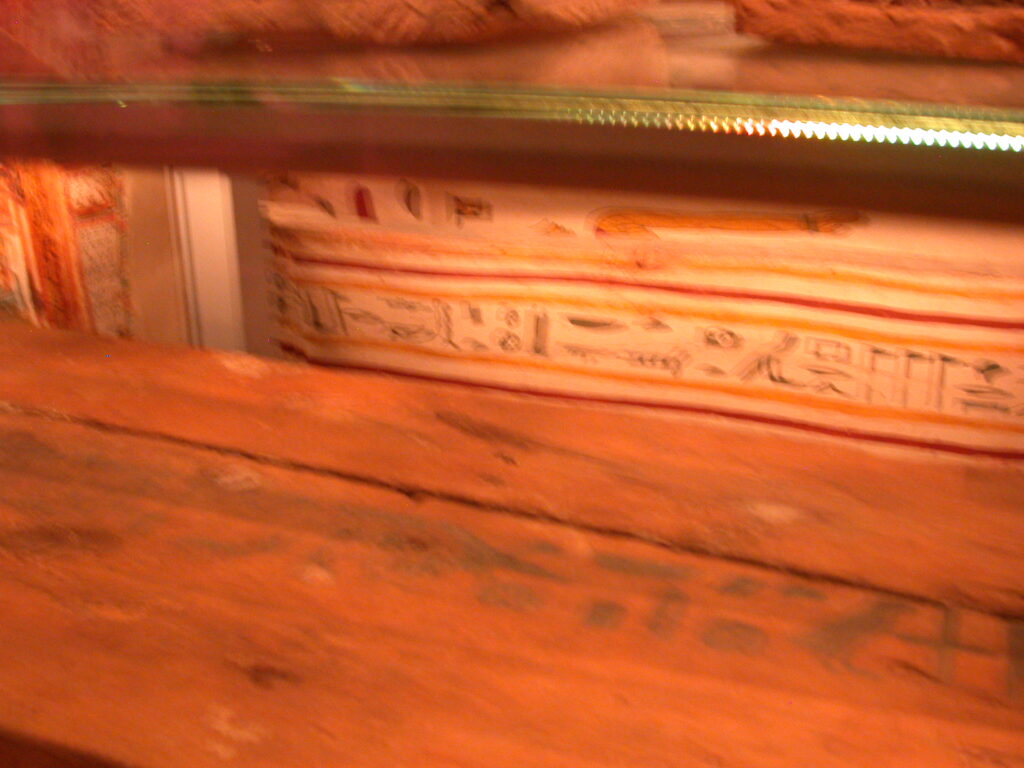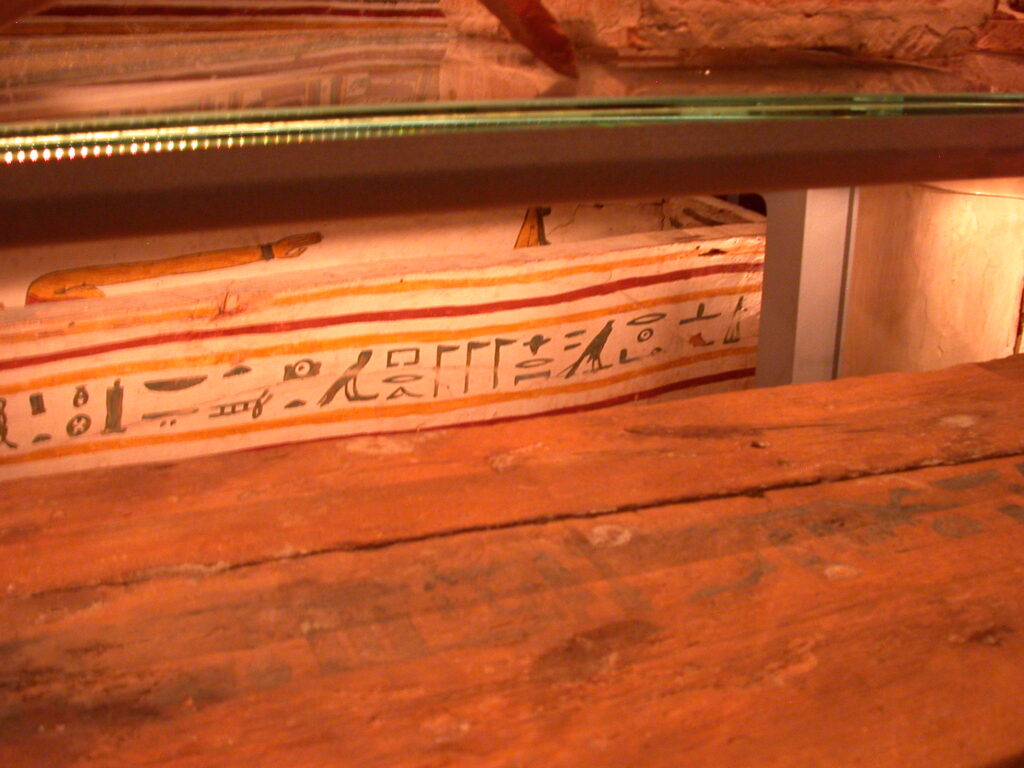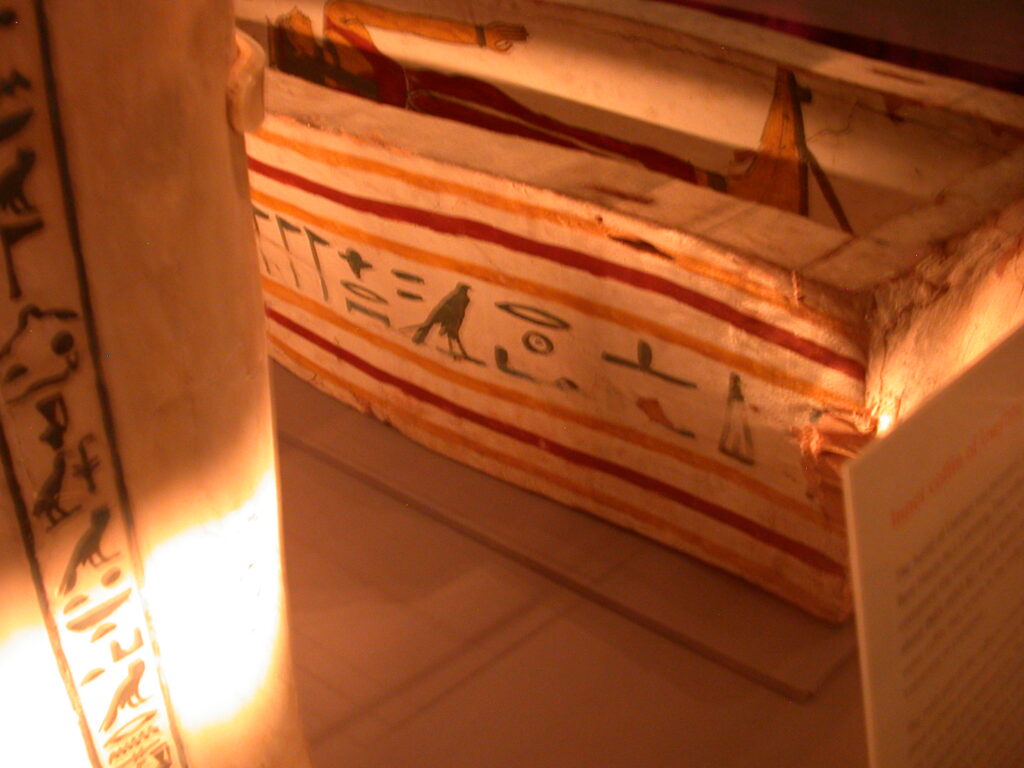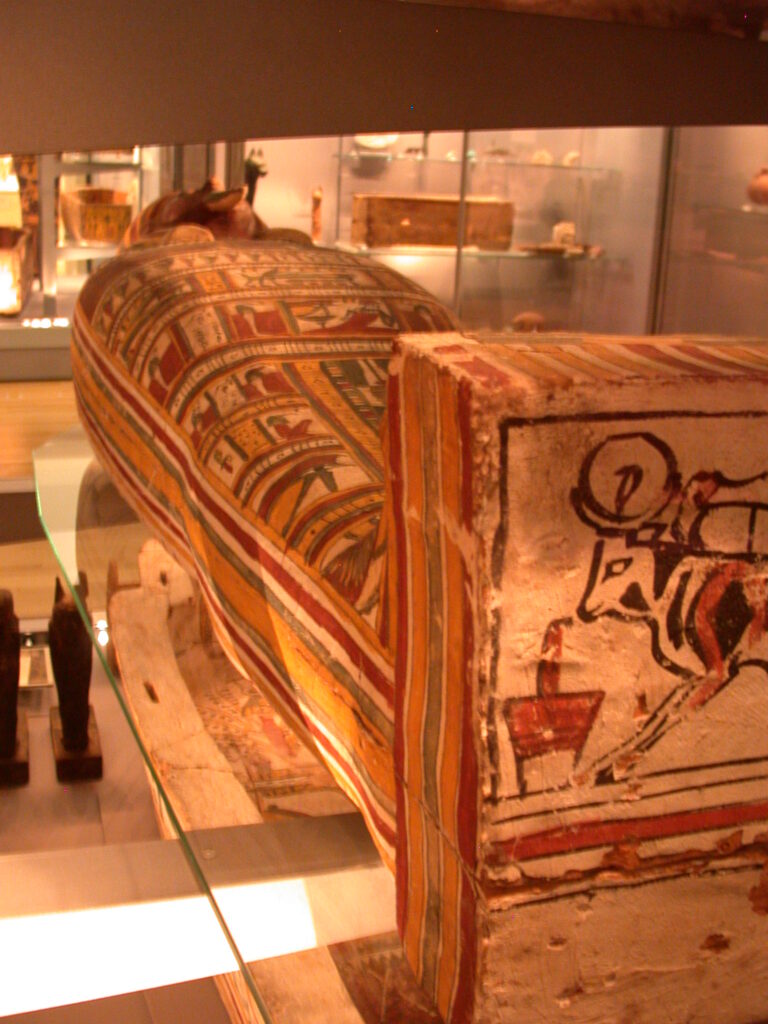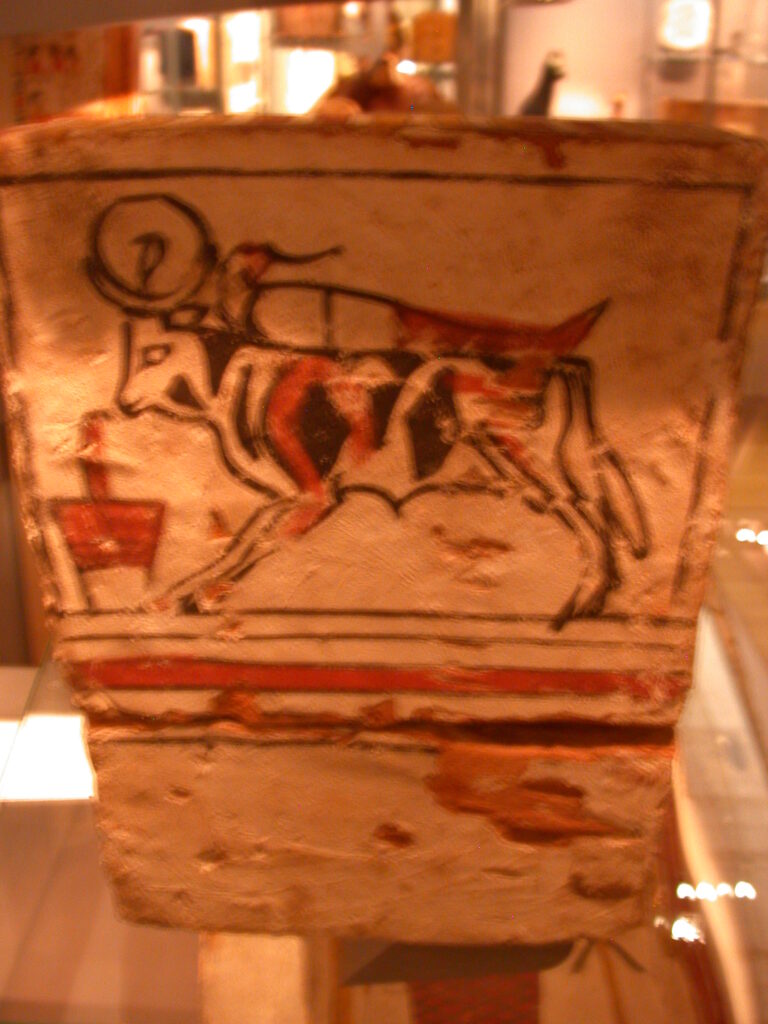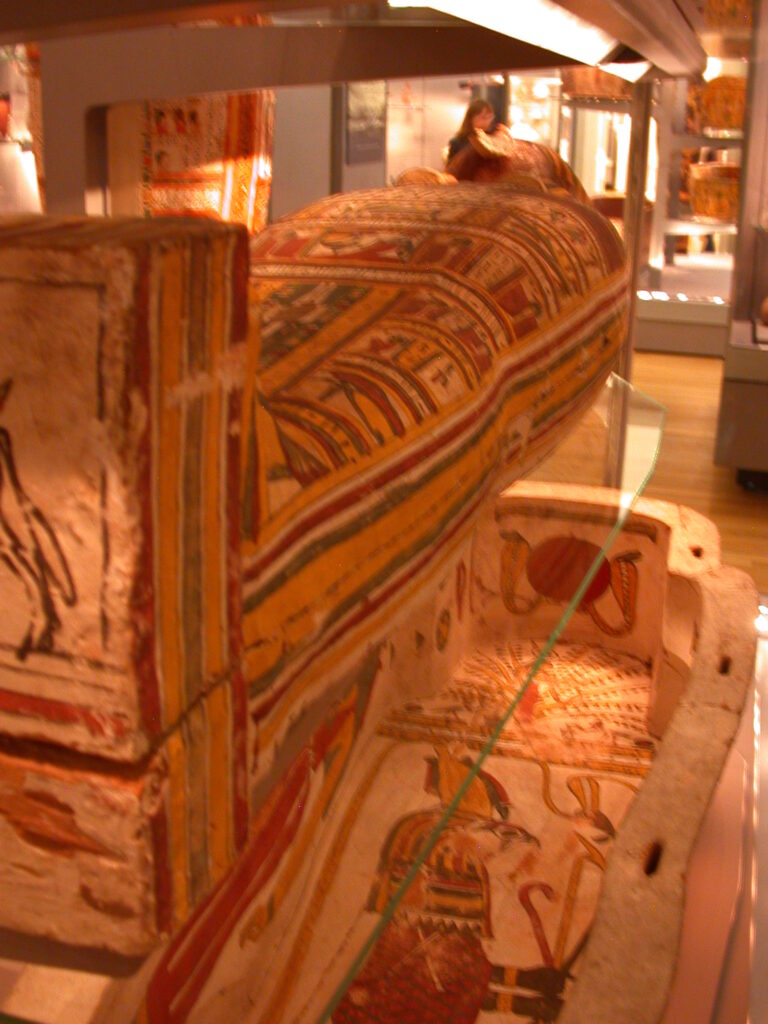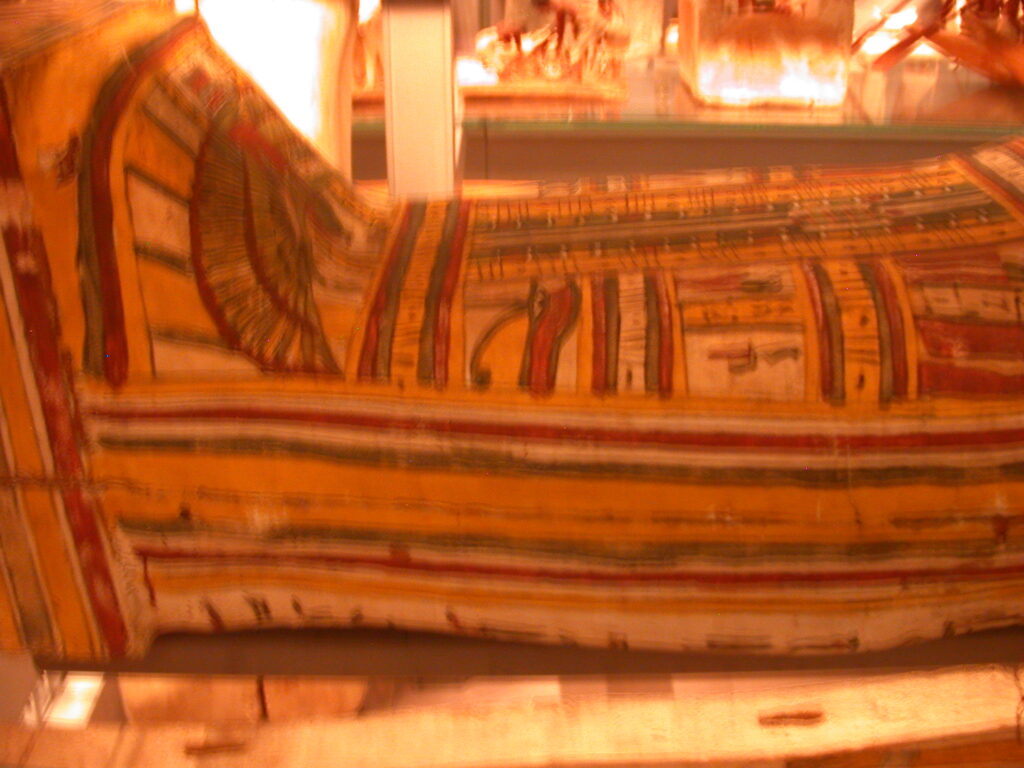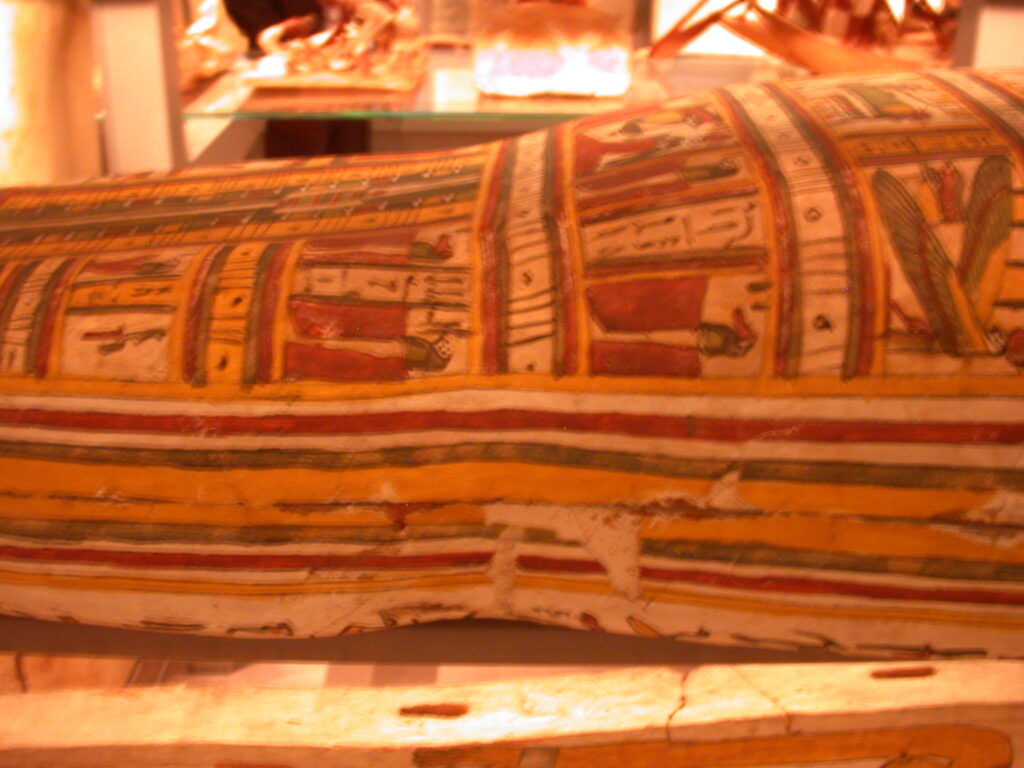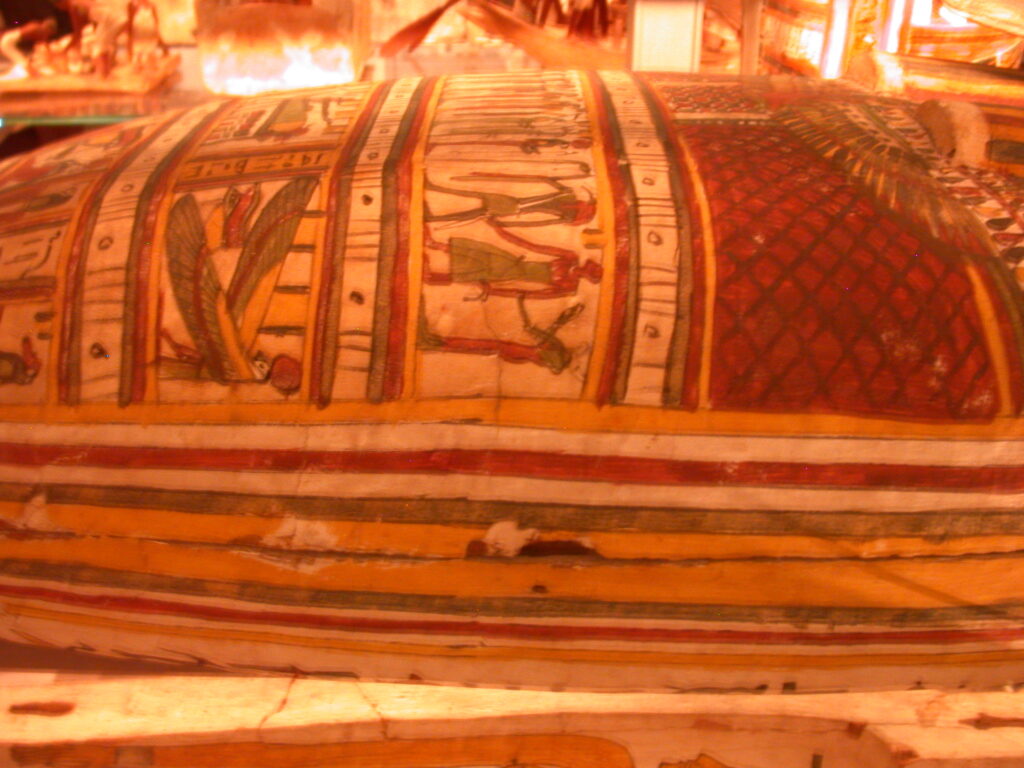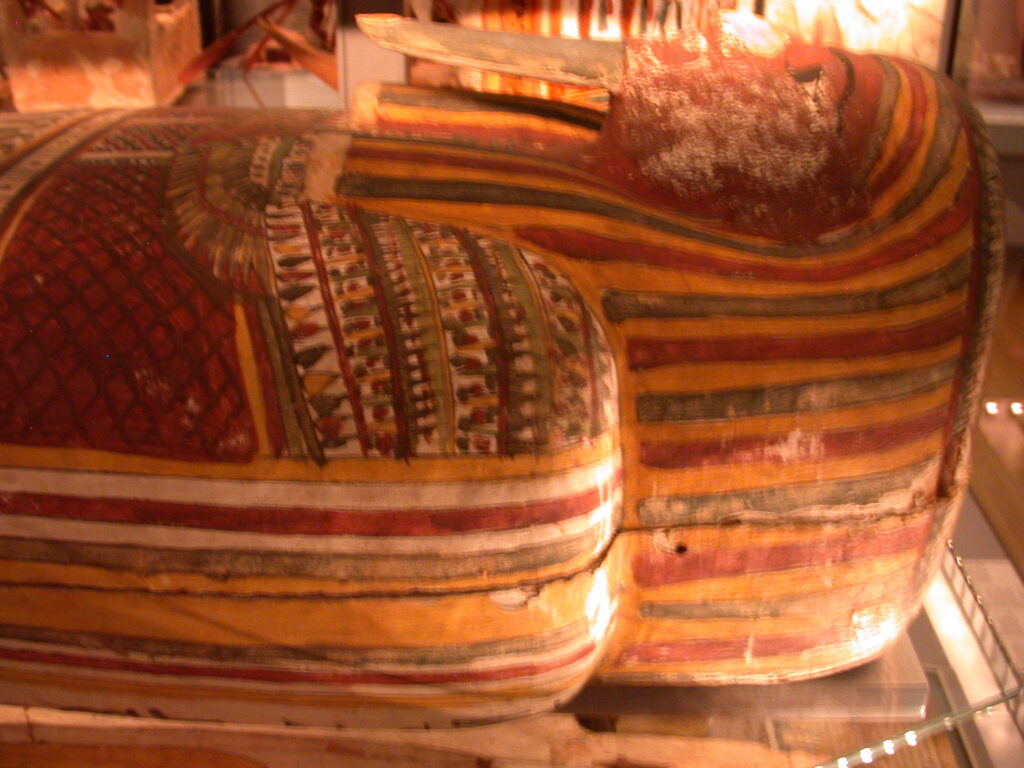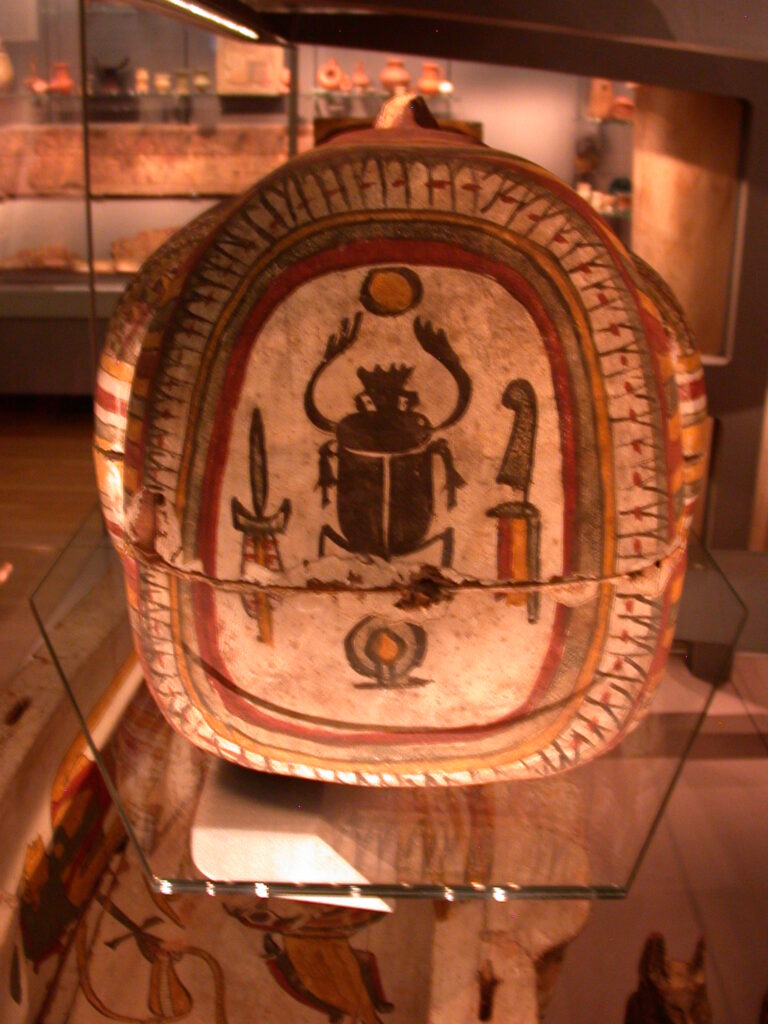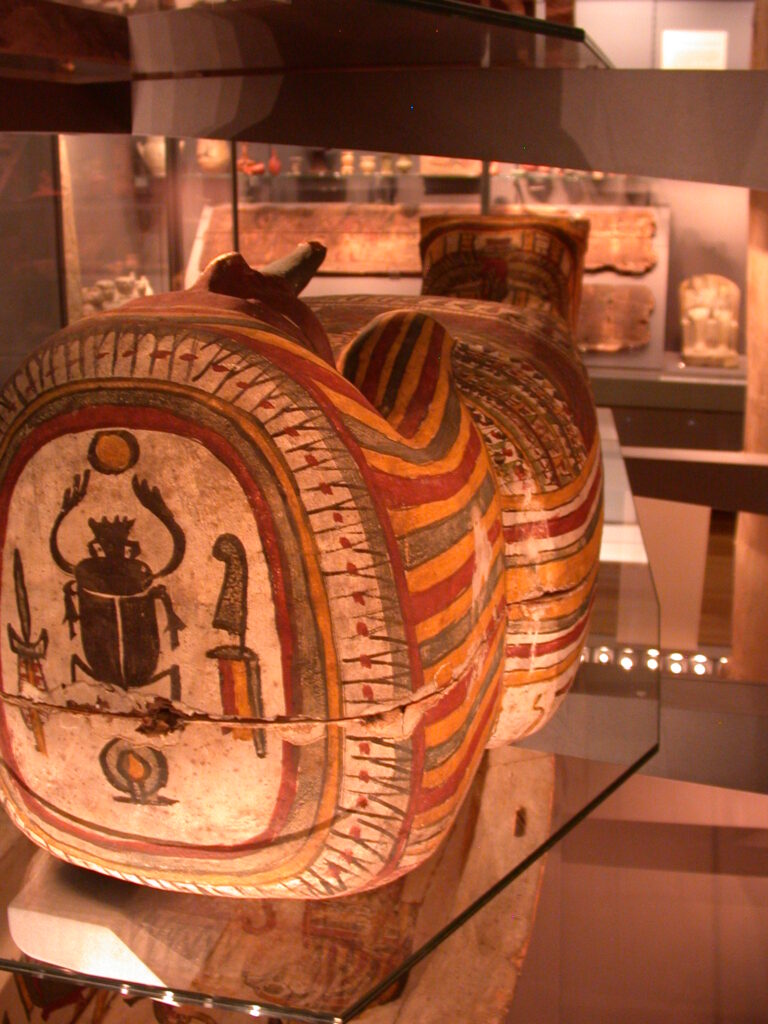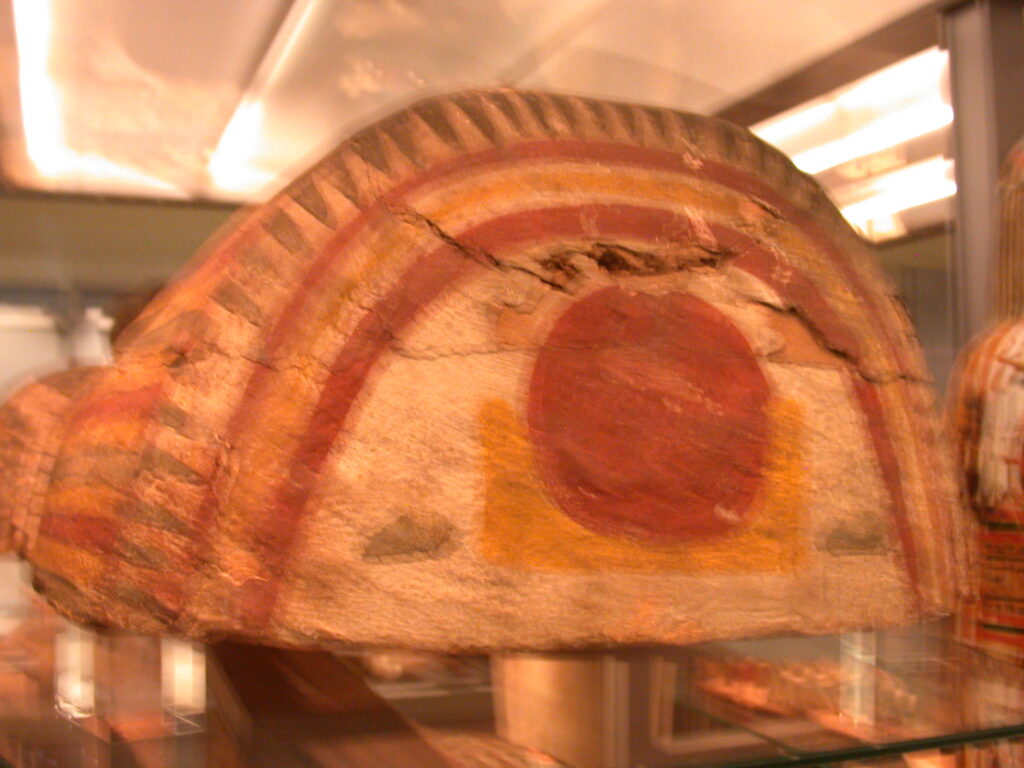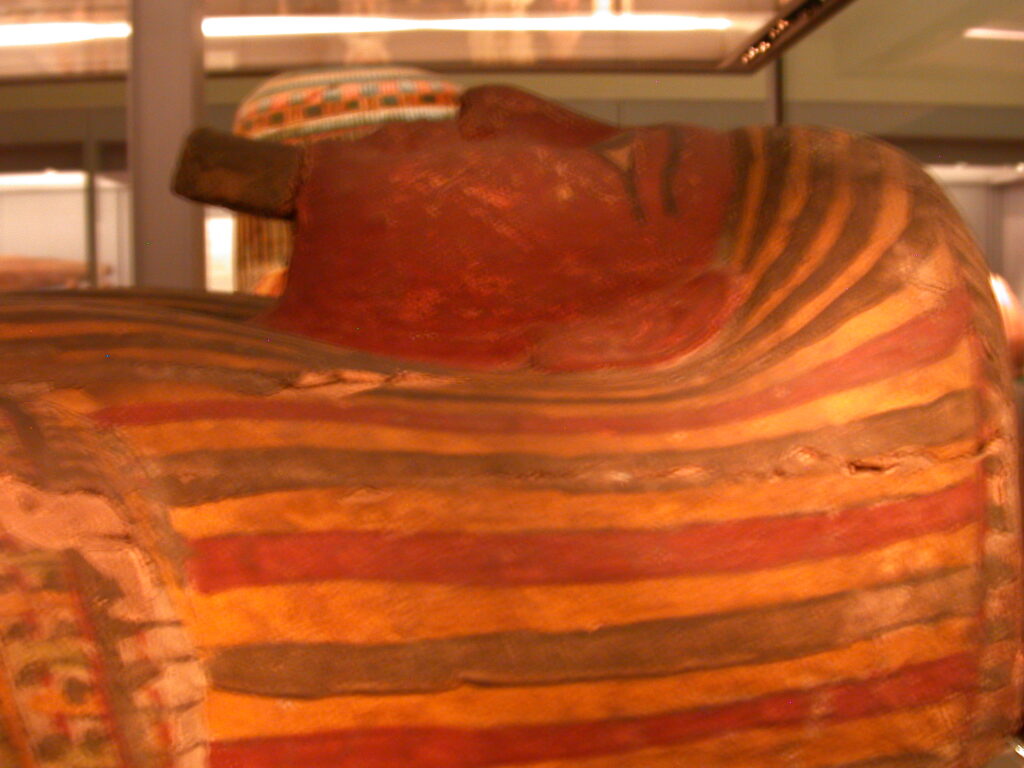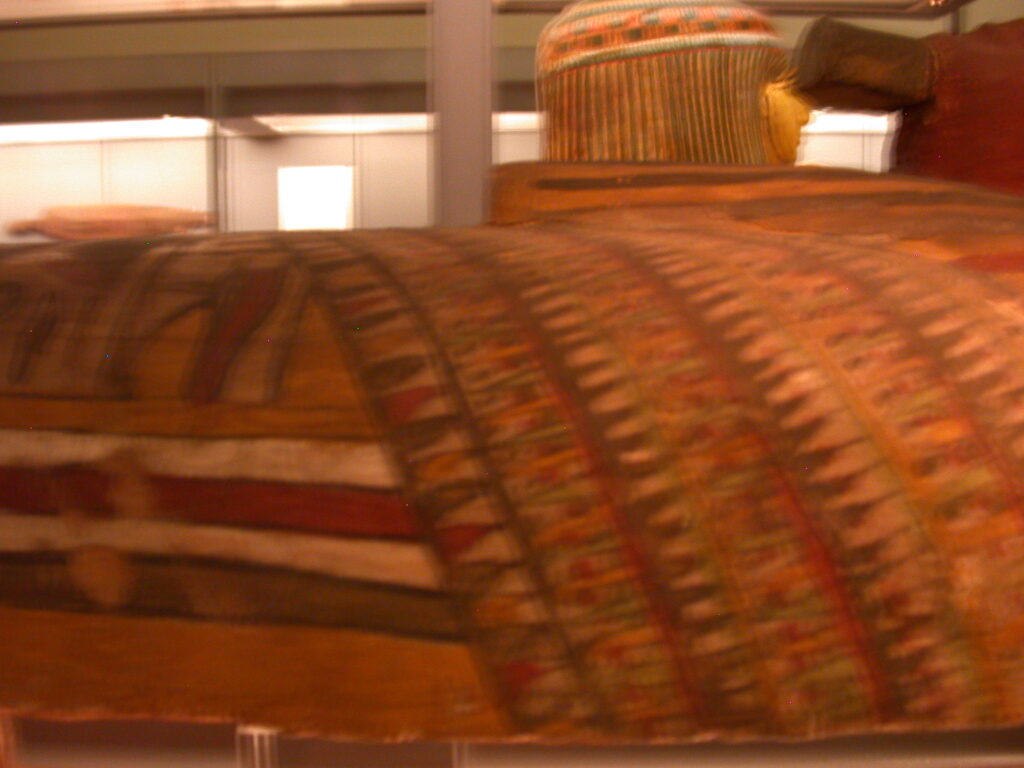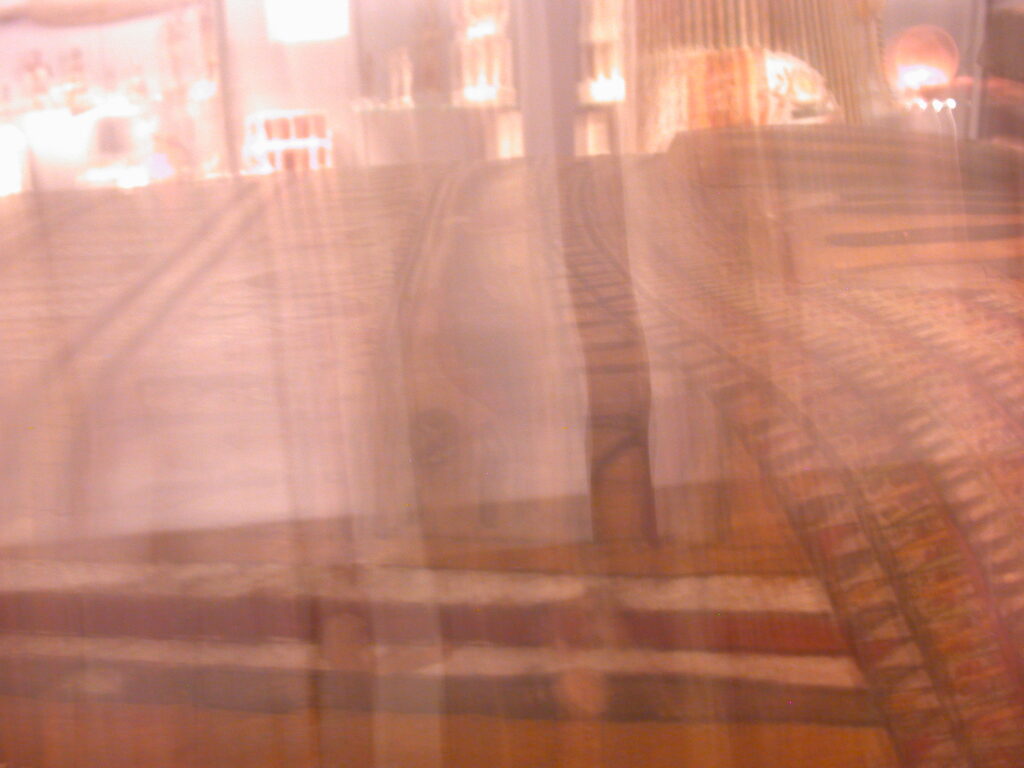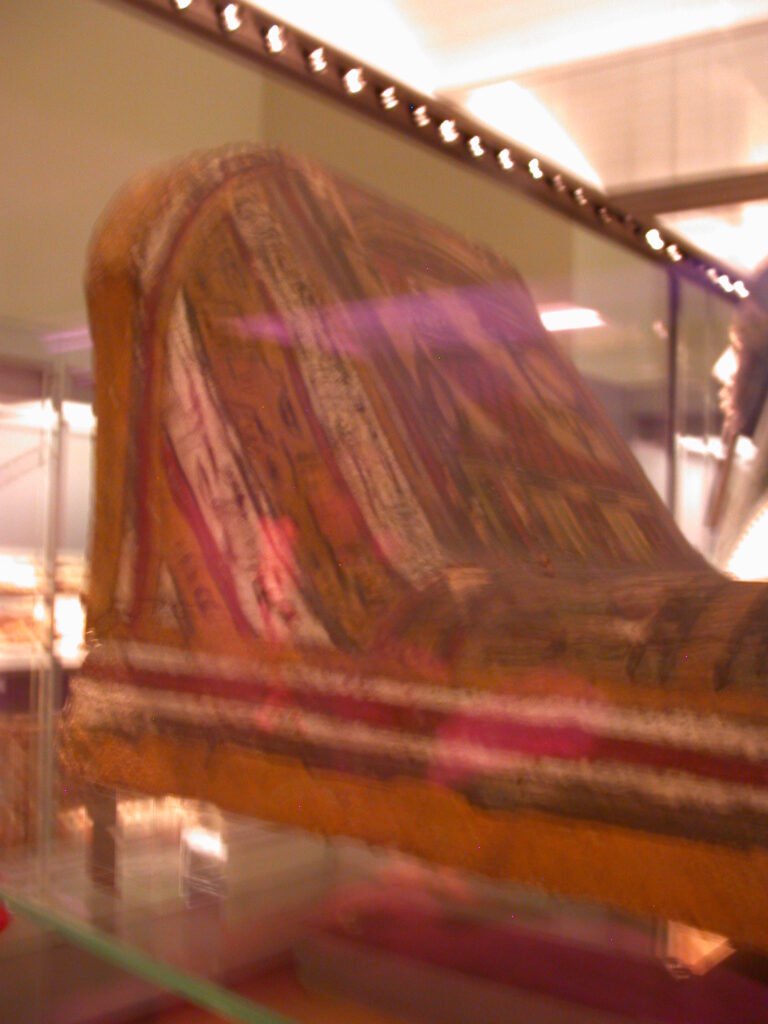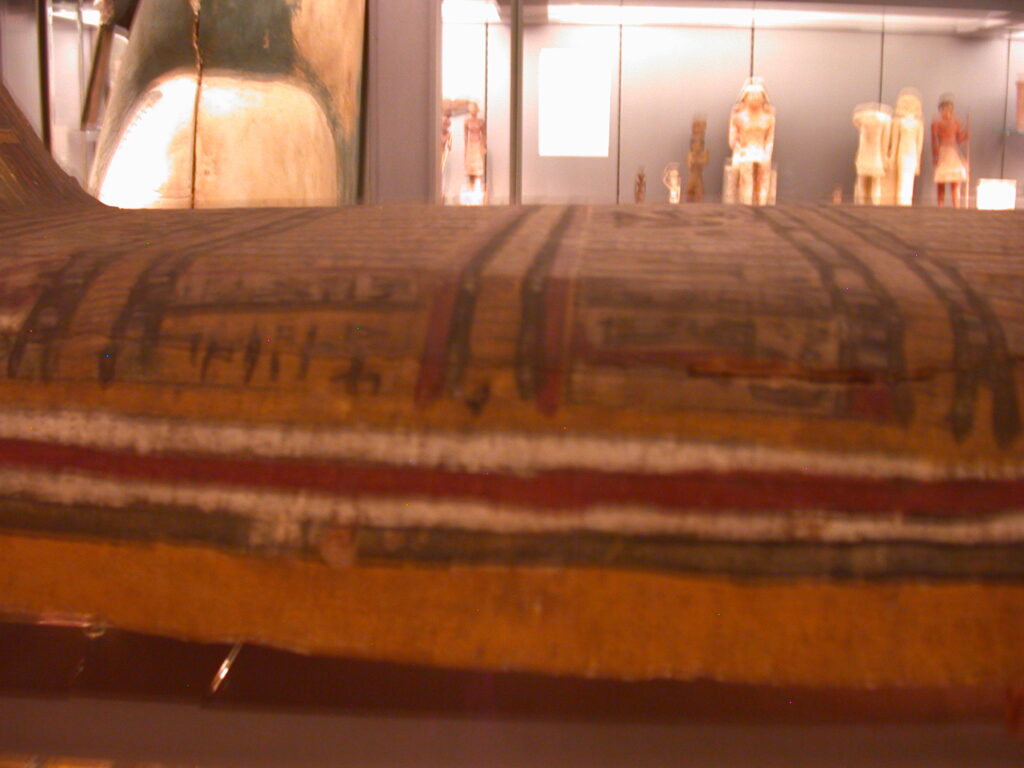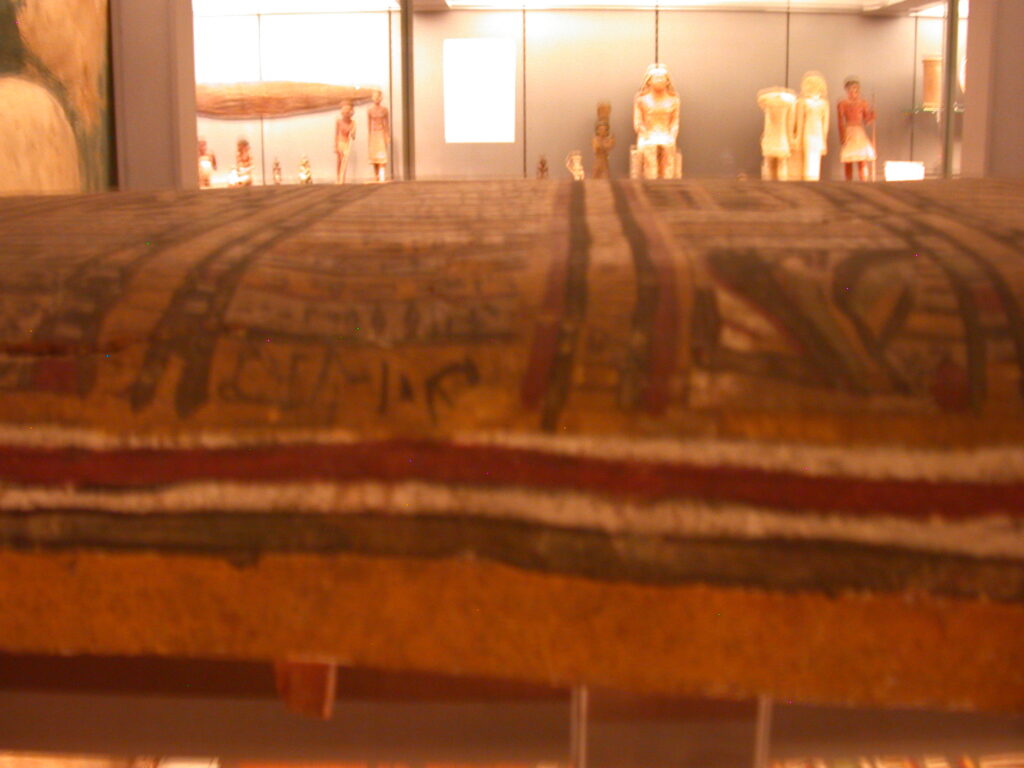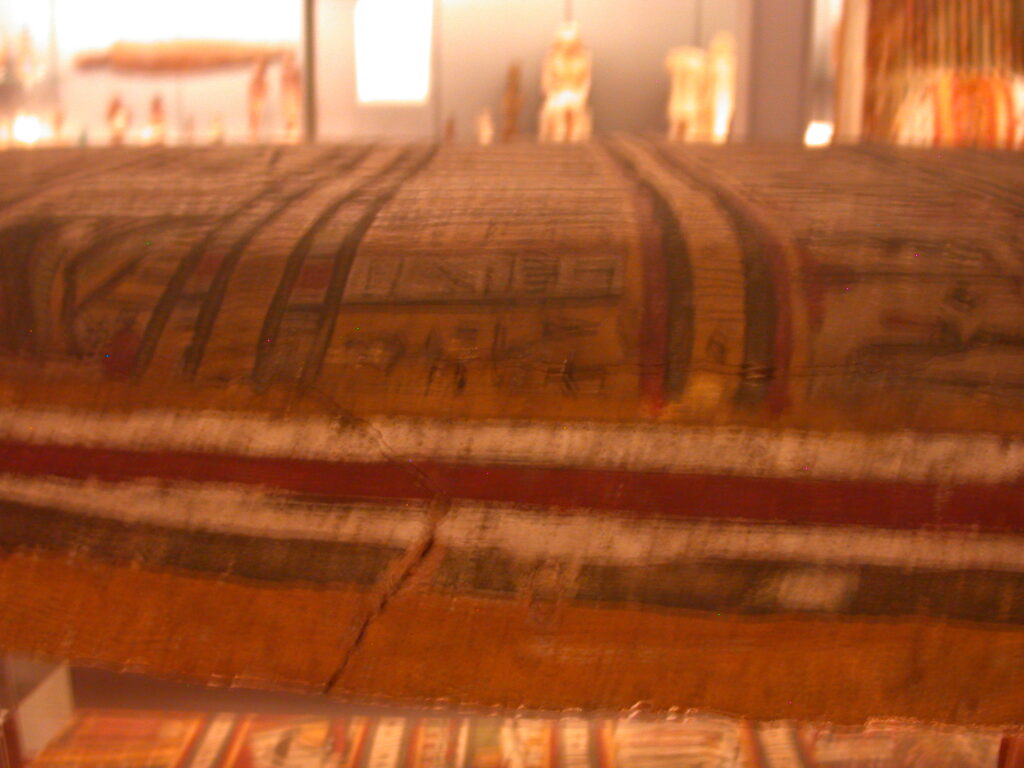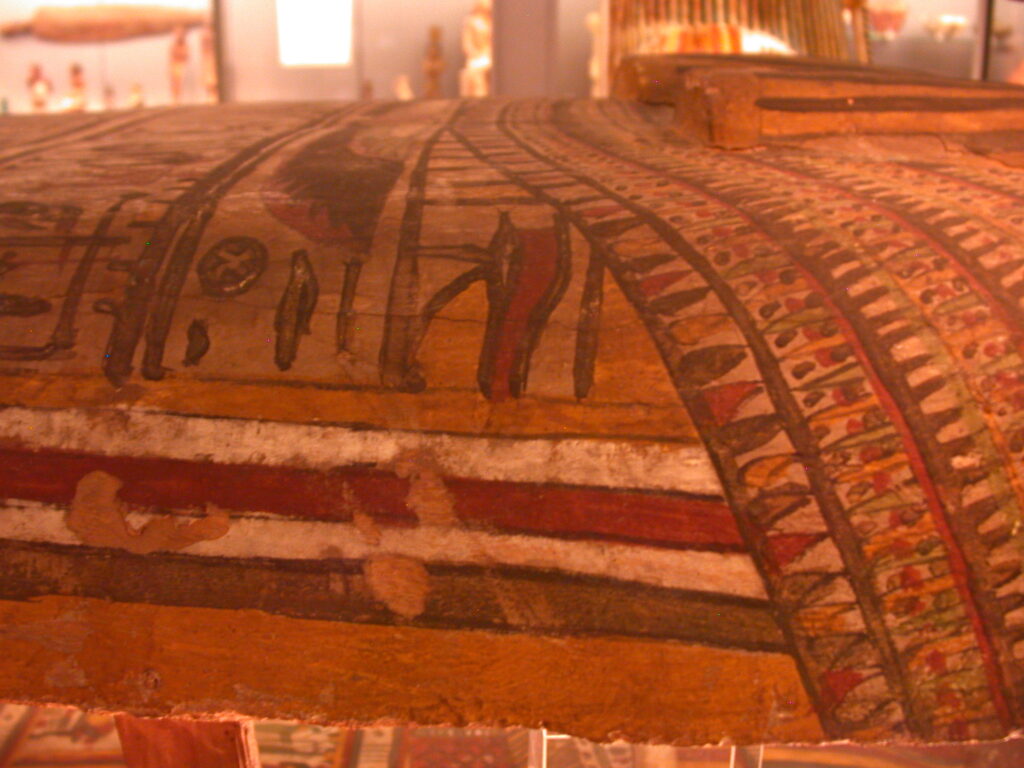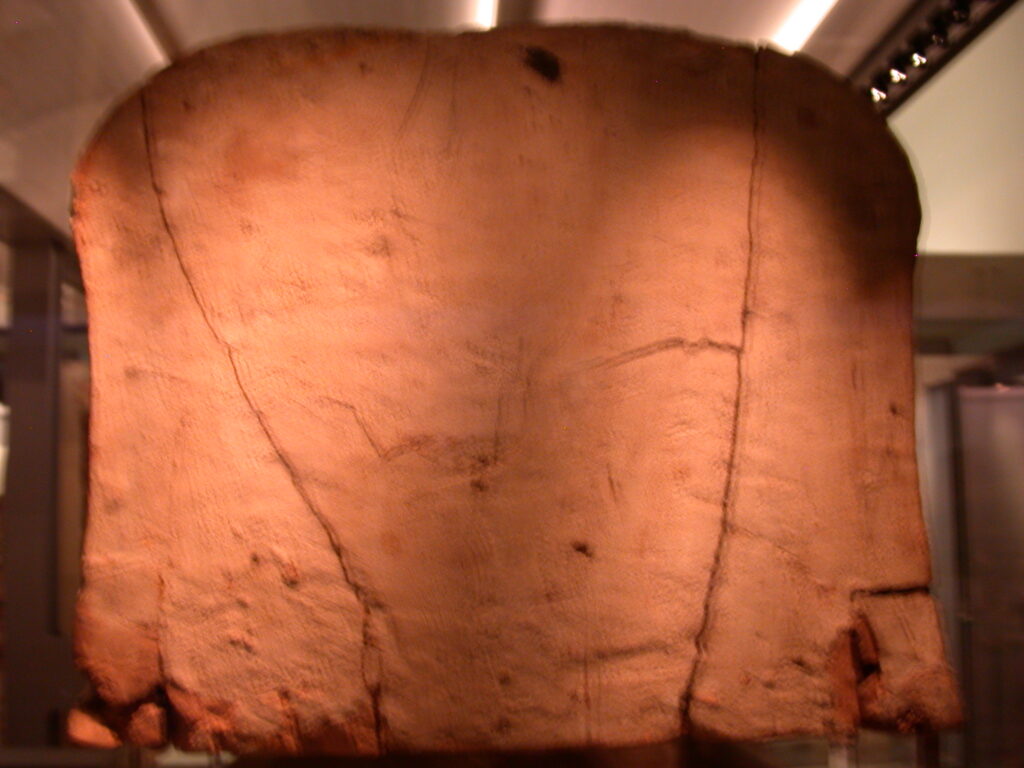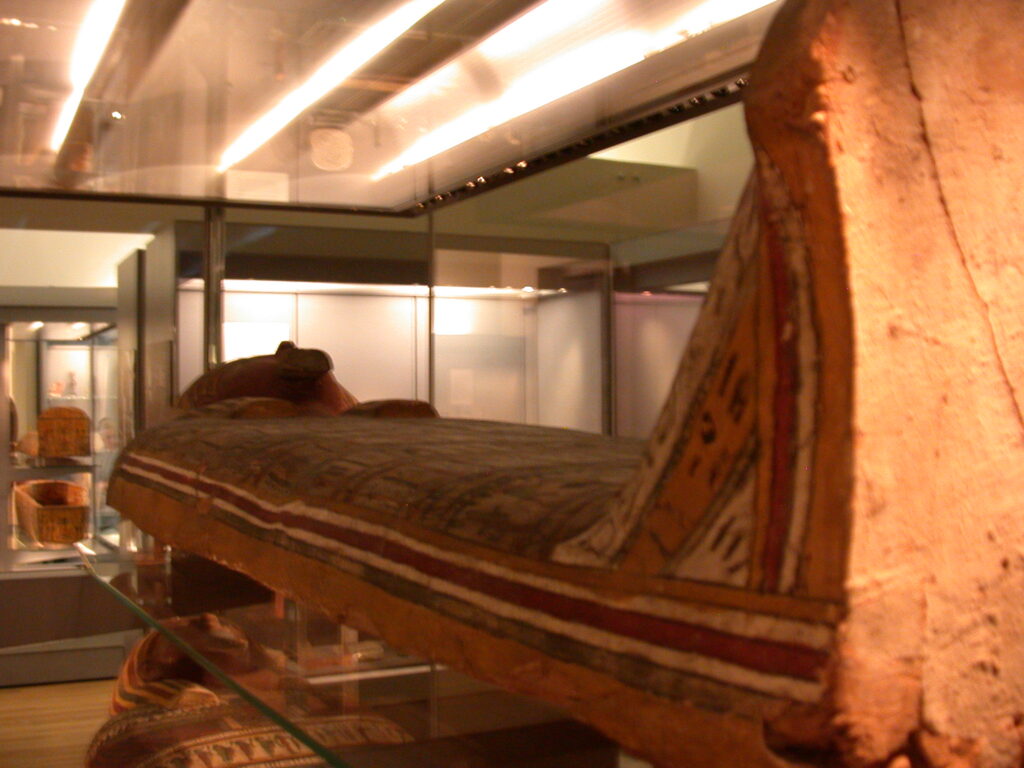Click here to see Wally Wallington demonstrate that he can lift a Stonehenge-sized pillar weighing 22,000 lbs and moved a barn over 300 ft. What makes this so special is that he does it using only himself, gravity, and his incredible ingenuity.
Category Archives: Stardust’s research
Lunch With Andrew, Oxford and the Ashmolean Museum
Written June 21, 2008, on train from Manchester, England, to Holyhead, Wales, for ferry to Dublin, Ireland
After a good veg breakfast the next morning, I took two buses to Salisbury, then continued on to Oxford. I walked from the train station to the Ashmolean Museum, where I met Andrew Hodges for a pleasant lunch. We hadn’t seen each other for six or seven years since he stopped at Mills College as part of his lecture tour for his book on Alan Turing.
The Ashmolean has a wonderful collection of 25th dynasty materials, which I photographed along with a few contemporary Assyrian items.
On Andrew’s advice, I took a walk through town to see the old campus halls, the church, and other beautiful buildings. Then, back to the station and on to Manchester.
Silbury Hill, Avebury, and West Kennet Long Barrow
Written June 21, 2008, on train from Manchester, England, to Holyhead, Wales, for ferry to Dublin, Ireland
On the way to Avebury, we stopped at Silbury Hill, a grassy mound which is apparently the largest prehistoric mound constructed by people living in Europe.
At Avebury, the two women and I enjoyed a walk around the stones, those at Avebury far more deteriorated than those at Stonehenge. We visited the gift shop where we chatted with the friendly Irish proprietor.
They went on their merry way to Bath and I explored Avebury in more detail, skipping the museums, and meeting a delightful woman over lunch.
At her recommendation, I hiked through gated fields to the West Kennet Long Barrow, with its several subterranean chambers.
After the hike back, I caught the bus to Amesbury and chatted politics with an Australian fellow until the driver let me off just across the street from the B&B. I freshened up a bit, then decided to go out for another walk to see King’s Long? Barrows and Woodhenge.
On the way down the road to the trail gate, I ran into a cute French hitchhiker named Grégoire. After chatting a bit about the best place for him to camp if he didn’t get a ride, I asked if he wanted to join me on my hike. We settled mostly on conversation in French and he decided to go on the hike with me.
We checked out the barrows first, then after a couple of false starts, went to Woodhenge.
As we returned to the B&B, I agreed to fill up his water bottle, then invited to pay part of his meal if he’d join me at a pub in a hotel in town. I enjoyed getting to know him better over a cider and lasagna, then we walked back to the B&B where I had stashed his backpack and sent him off to go camping in the wild blue yonder. We agreed we’d try to meet again, possibly in Dublin.
Ritual Circle at Stonehenge
Written June 18, 2008, on the train From Liverpool to Manchester, England, United Kingdom
On the morning of Sunday, June 16, I woke up at 6:00 to get ready to leave the lodge by 6:30 for a brisk walk to Stonehenge. I walked on paths through sheep and cow pastures. I took some pictures of the sheep and the sun rising in the sky, then of Stonehenge and surrounding burrows (or burial mounds) from some distance away. Time grew short and I had to run the last half mile through sheep pasture to Stonehenge. I arrived just at 7:30 for the special early bird bisit with only about 10 other people. We paid a bit extra and reserved in advance for the privilege of walking in and around the stone circles and touching the stones. The massive stones, some fallen or covered in lichen, evoke a sense of mystery. Stonehenge radiates ancient energy, the sense that generations have stood hand-in-hand in circles within the stones for rituals of consuming importance.
The latest archaeological digs suggest the stones mark an ancient burial ground. The excavations also suggest the Cursus, a short distance away, was used for processions and possibly a settlement of some kind. Not much further away at Woodhenge, of which nothing survived except buried wooden post holes, now reconstructed with low concrete posts painted various colors. Nearby is Durring Walls, perhaps one of the largest prehistoric enclosure mounds.
After wandering through the stones at Stonehenge for quite some time and satisfying my yen for photos of the stones and of me posted with the stones, I got to chatting with some other visitors on that day from Slough, Germany, and Virginia. The two women from Slough were the most friendly. A site employee was checking pictures of the stones against the actual stones, so that any damage to the stones during the upcoming solstice celebrations could be logged. Last year, about 30,000 people visited Stonehenge for the solstice, the only time everyone can go right up into the stones for free. Chloe and ???, the women from Slough, offered me a lift and I told them I wanted to go to Avebury to see the large stone circle around the village there, along with nearbly Silbury Hill and the West Kennet Long Barrow. They decided to take a small detour on their trip to Bath to join me for the visit to Avebury.
On the drive to Avebury, we chatted about the differences between American English and English English. We decided to play a little game where I’d tell them about any cases where there were differences between the two dialects of English. I thought I’d only have to mention something every ten minutes or so, but it ended up more like every minute!
British and Horniman Museums, Veg Restaurant, and Pagan Pub
Written on June 14, 2008, in Nell of Old Drury Pub opposite Theatre Royal Drury Lane, London, United Kingdom
I returned to the hotel last evening thinking I’d perhaps go out later to a gay pub – after a short nap, I thought. Instead, I ended up crashing fairly hard and not feeling like getting out of bed despite a fairly troubled night’s sleep.
I haven’t developed any affection for the hotel. I heard people talking in the streets and through thin walls to the other rooms all night long. The fan makes such a racket when I turn on the bathroom light that I decided to pee with the light off. My criticism about the TV not working turned out to be unfounded however – I was pressing the off button on the remote to try to turn on the TV.
Waking this morning, I did a backup of all the pictures I’d taken. I rushed to get breakfast before 9:00: toast with jam, wait for scrambled or sunny-side-up eggs, a bit of juice made from a powder (like Tang), and tea that had such a slimy goo in it I was afraid to drink it. I chatted with a fellow from New Zealand seeking his fortune as an IT consultant in Britain.
I walked over to the British Museum and spent four hours inspecting and snapping photos of artifacts. I started with the Assyrian collection.
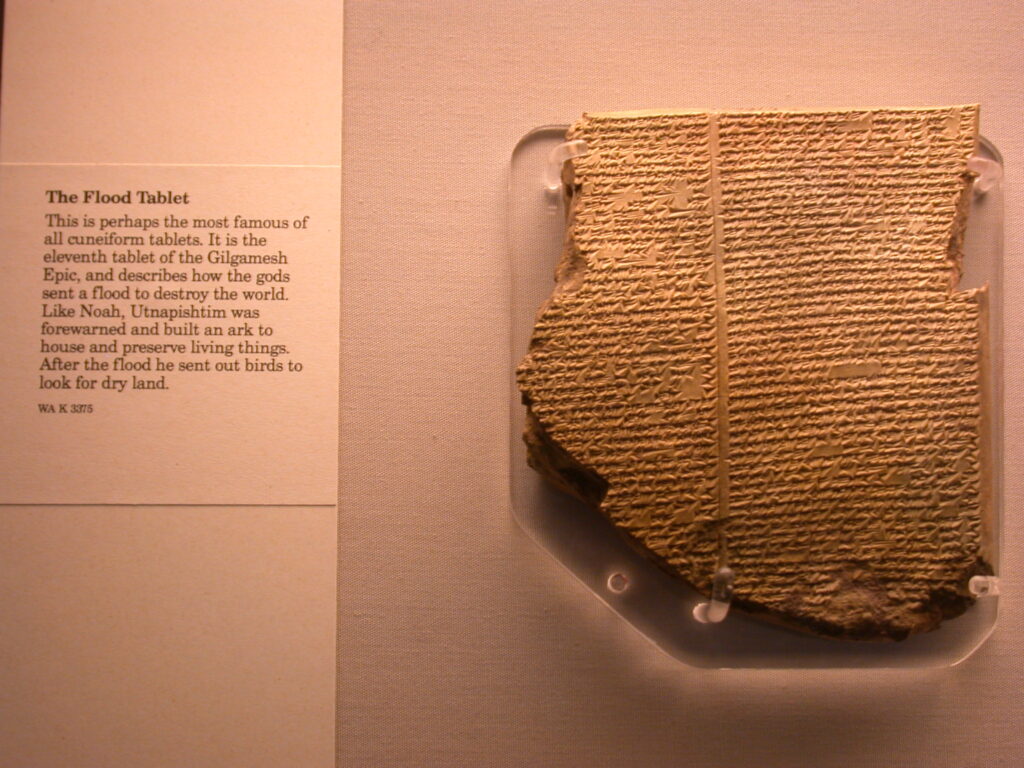
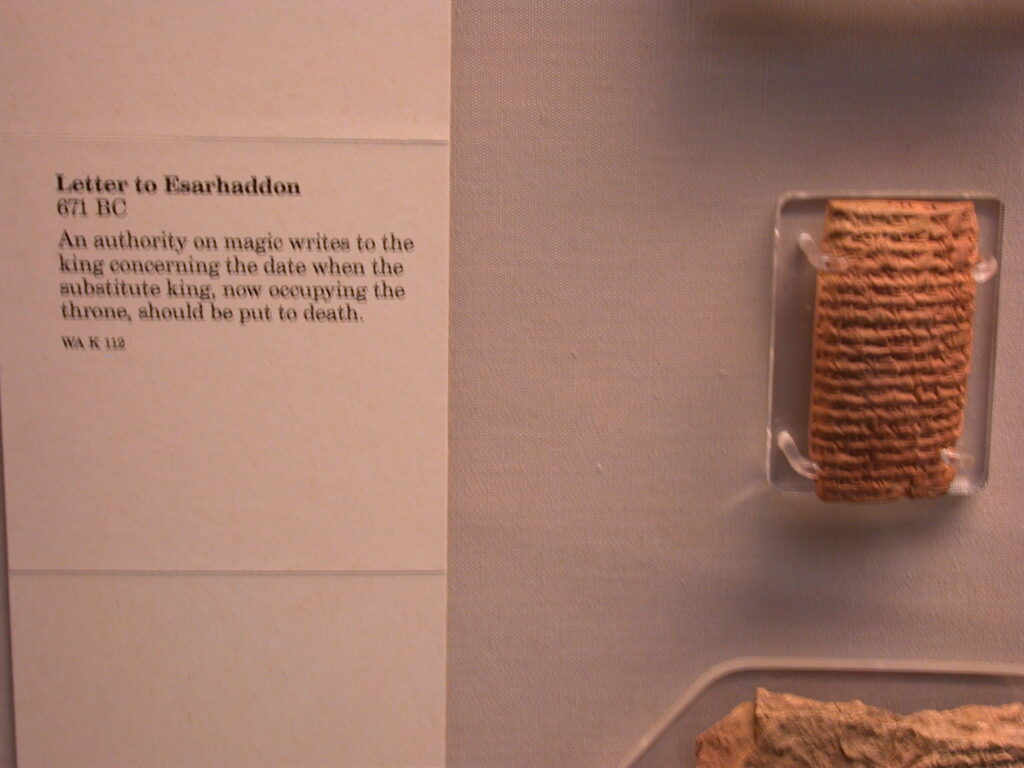
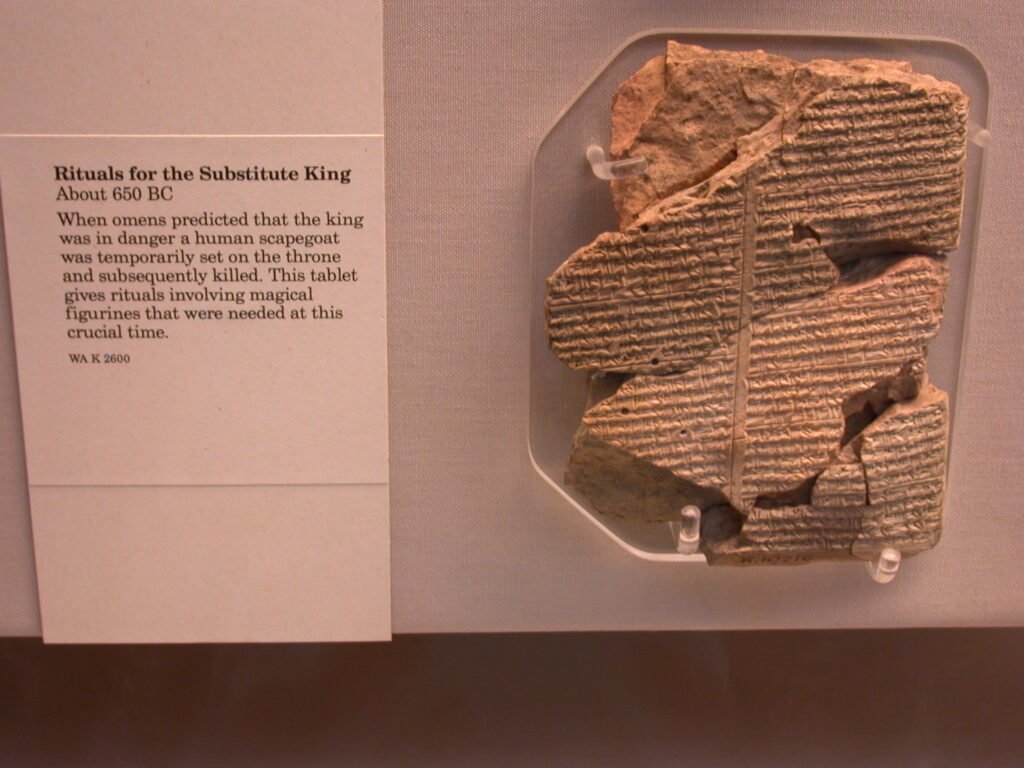
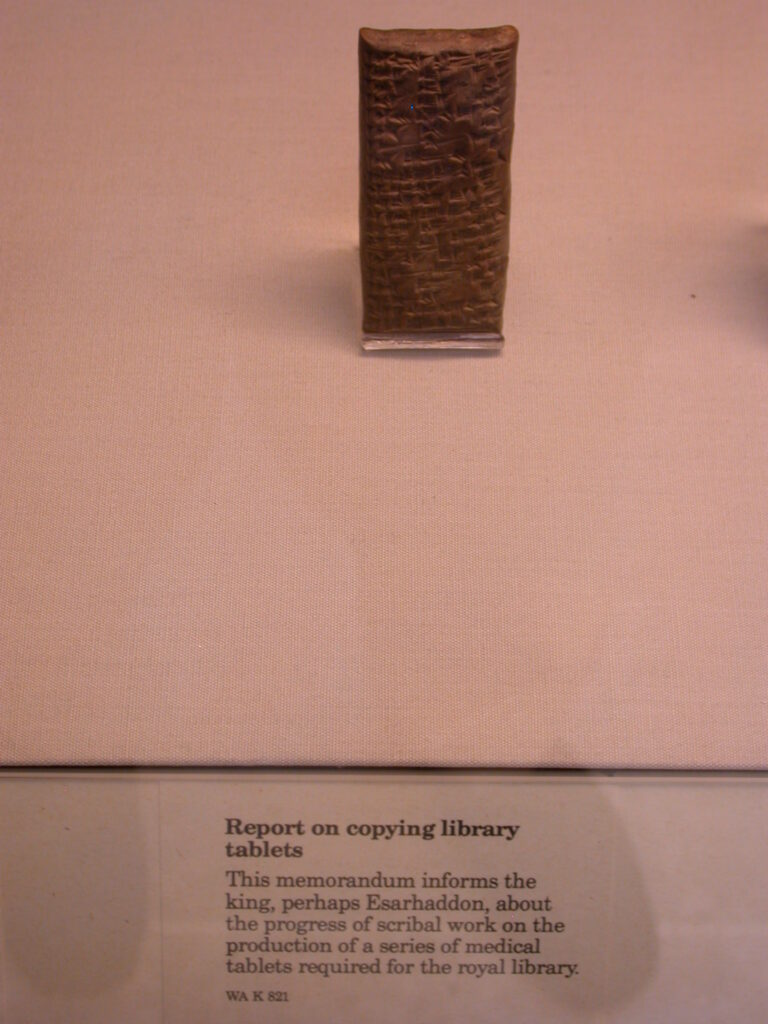
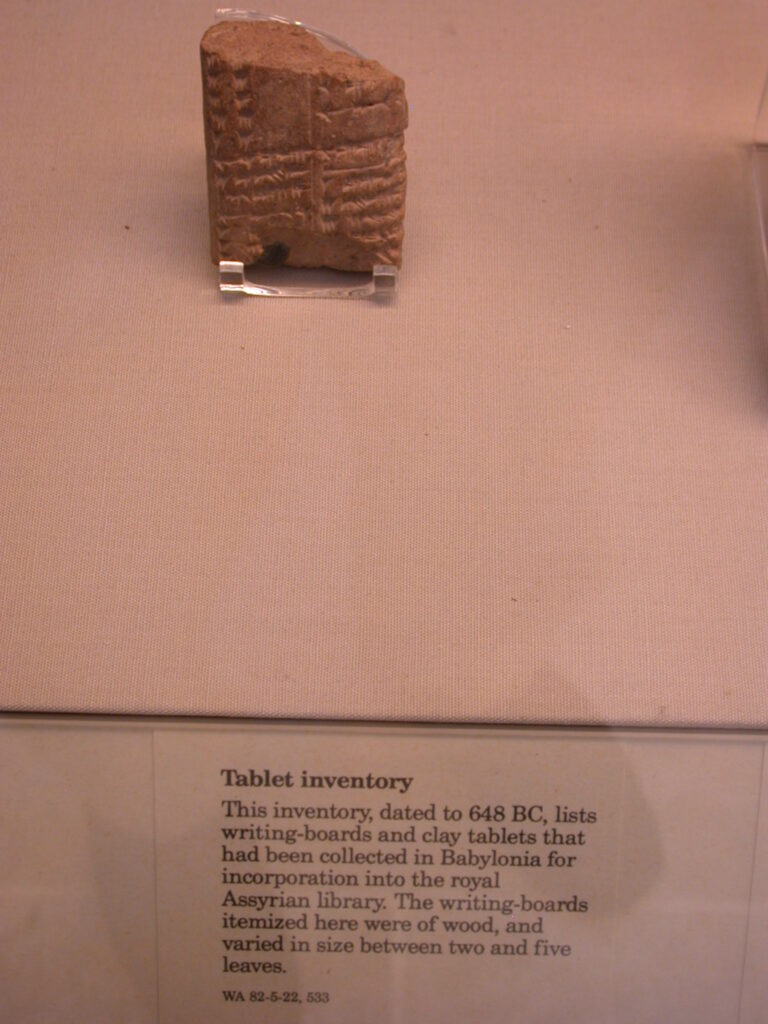
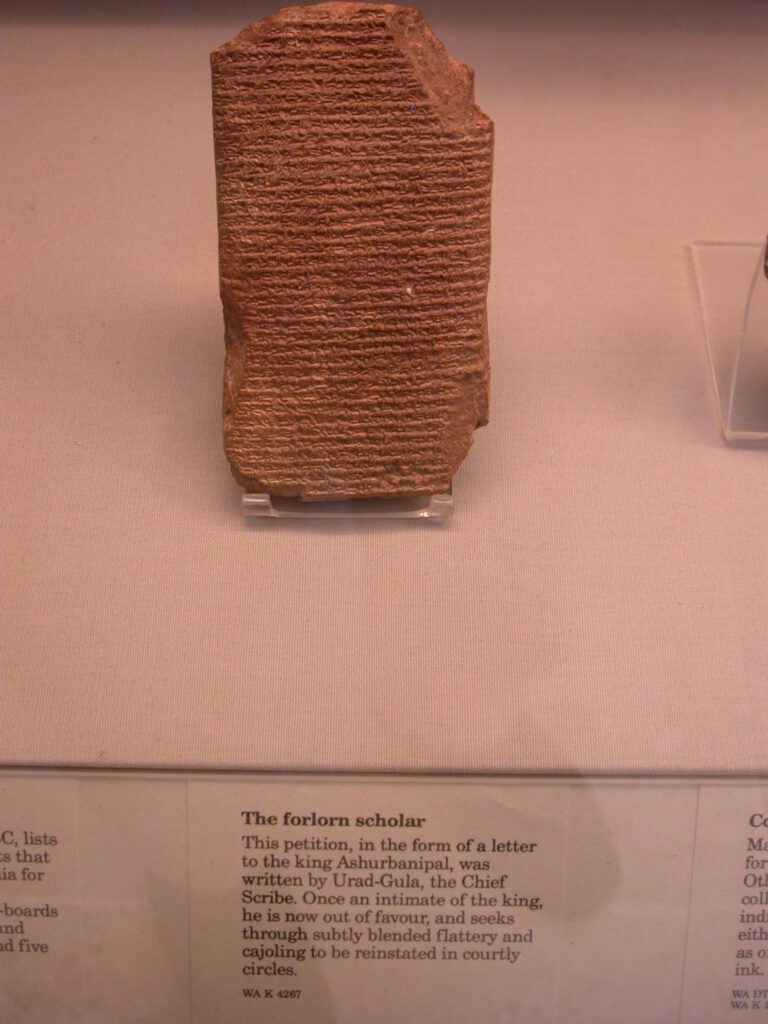
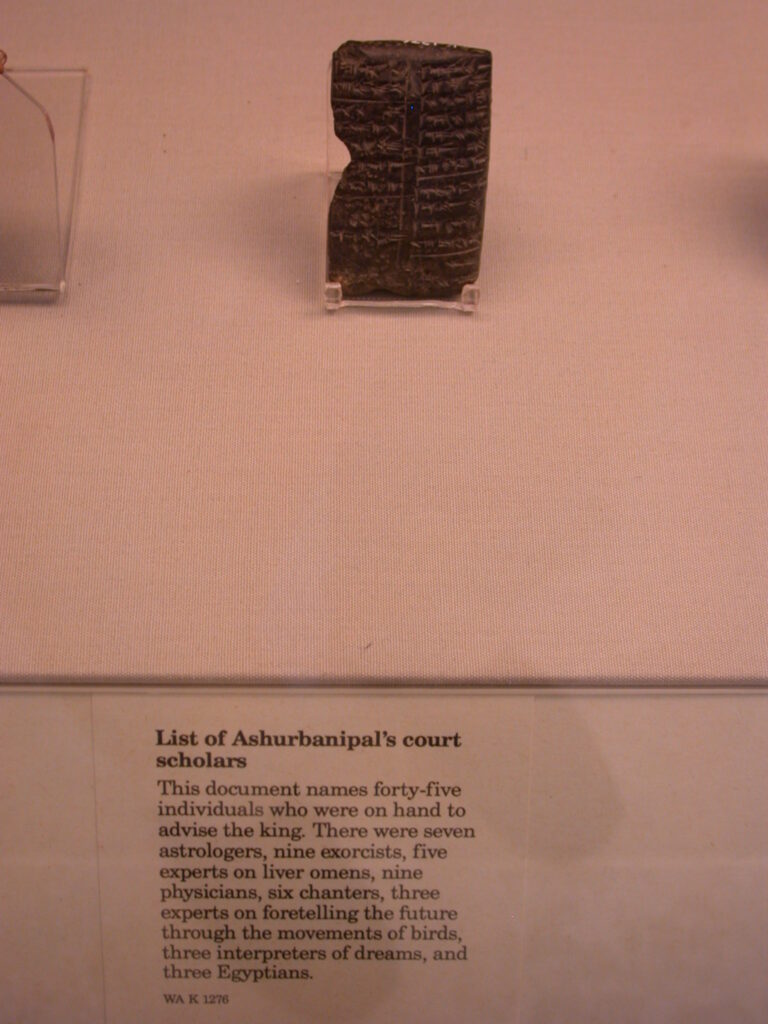
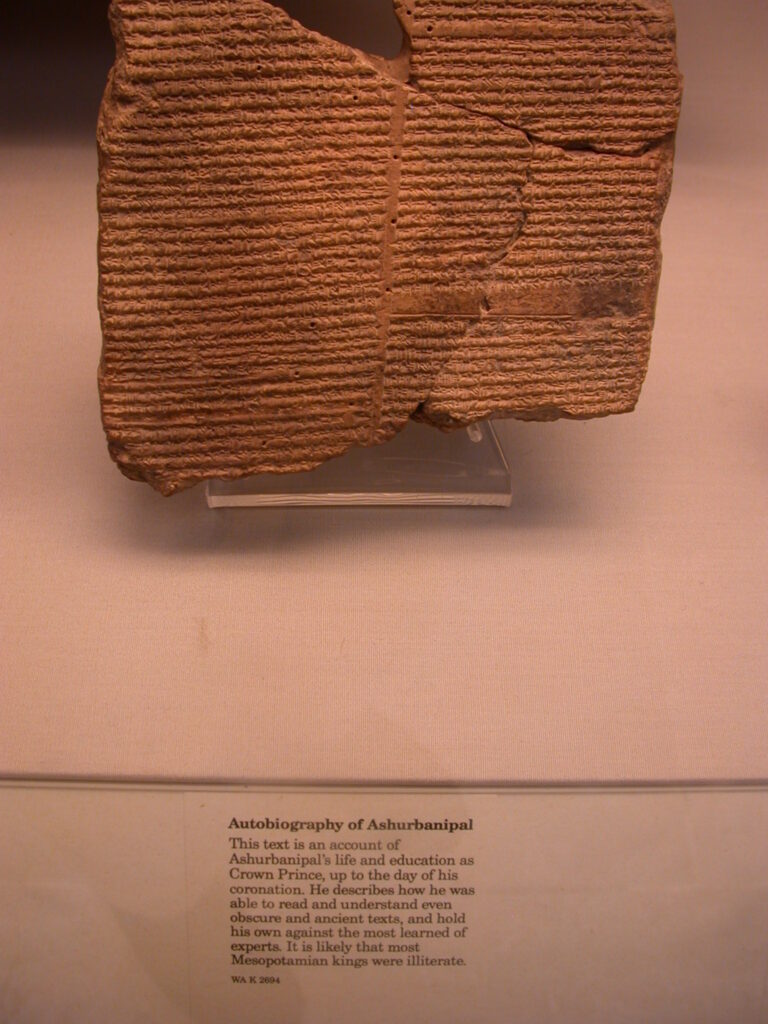
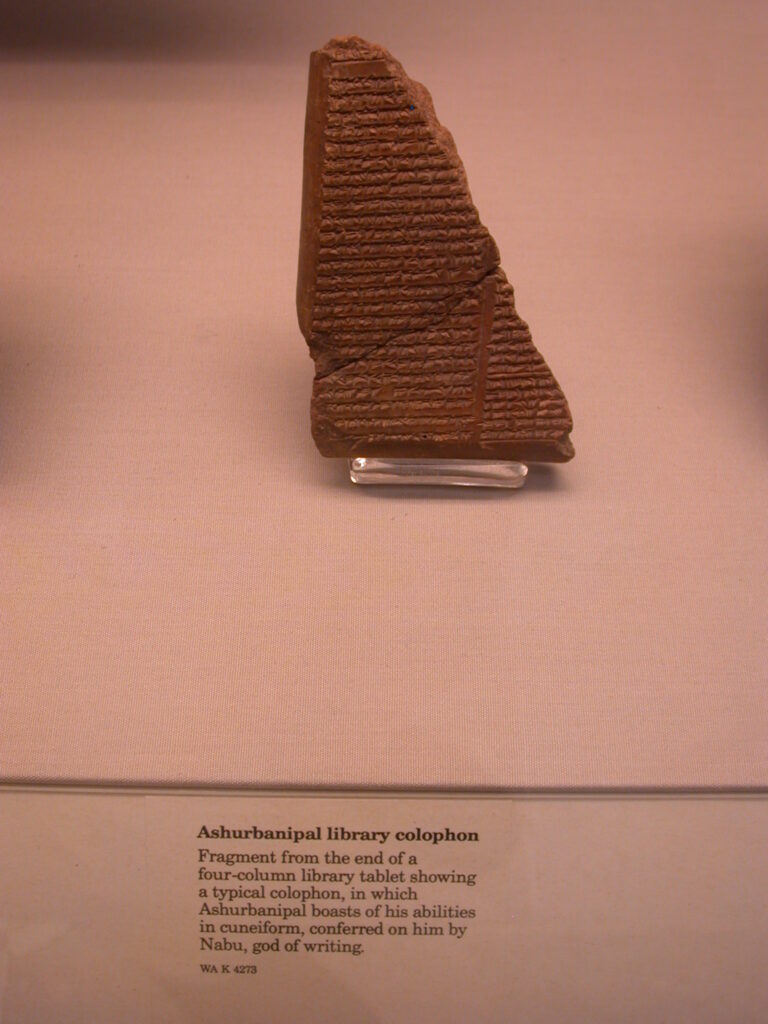
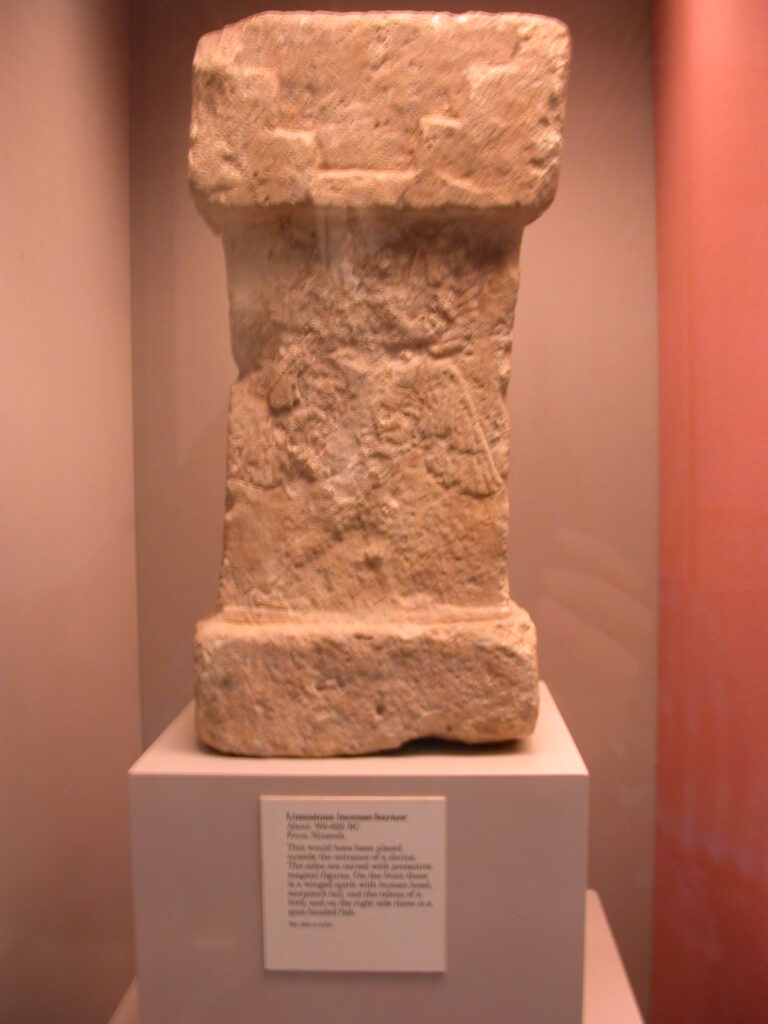
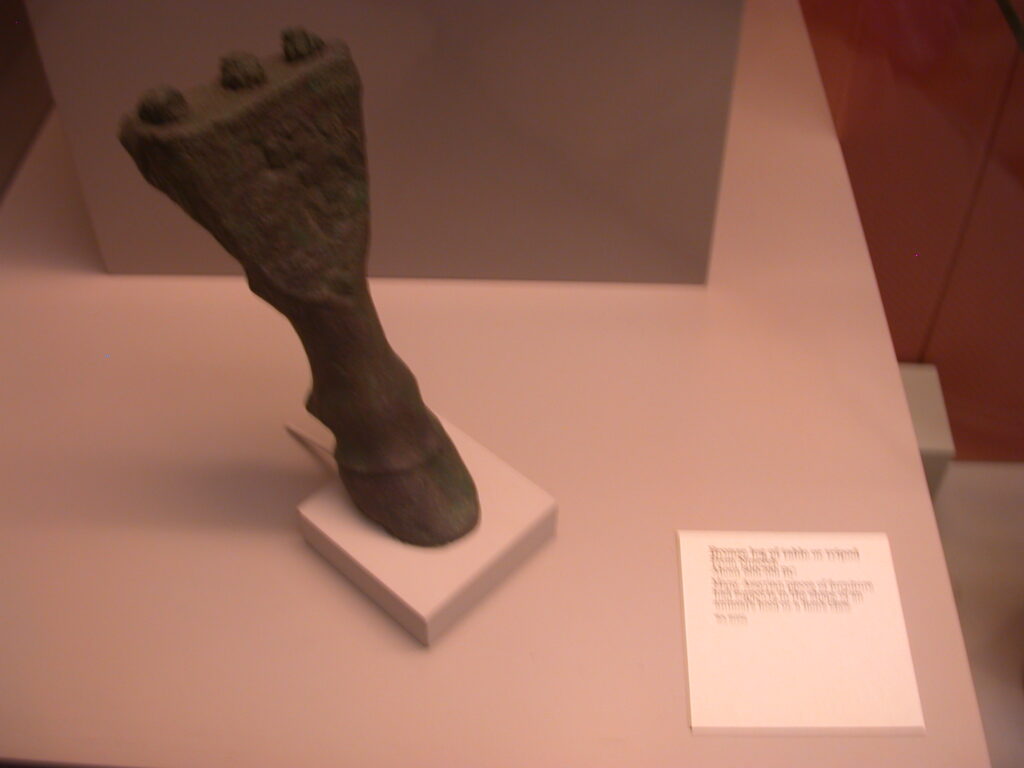
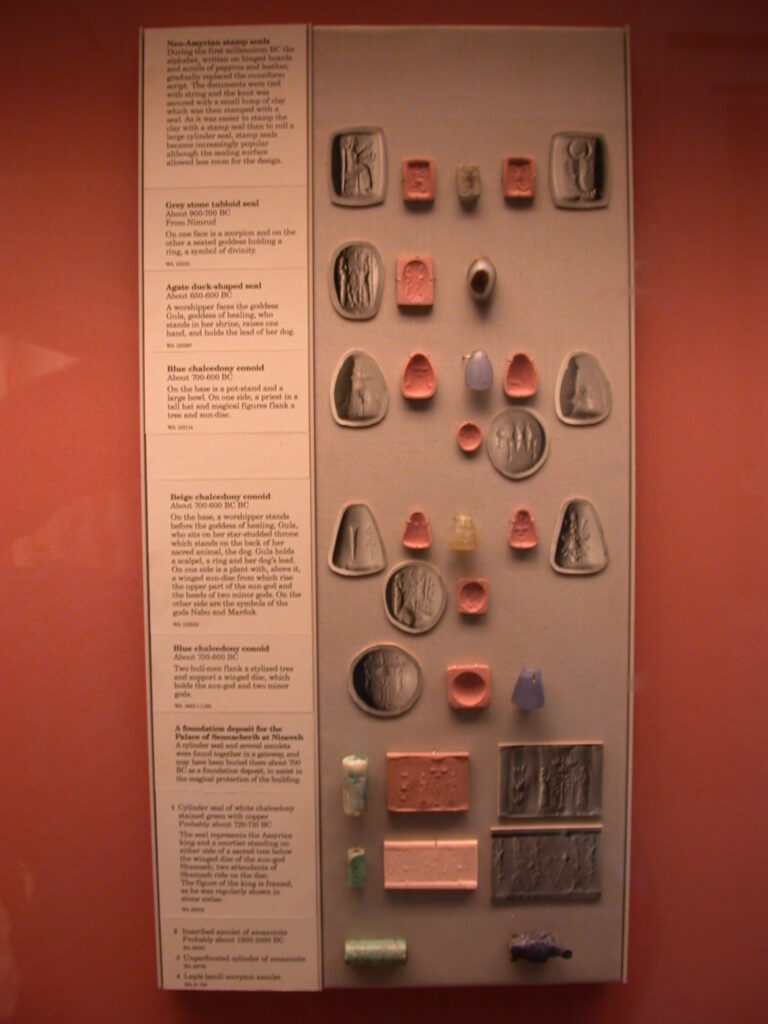
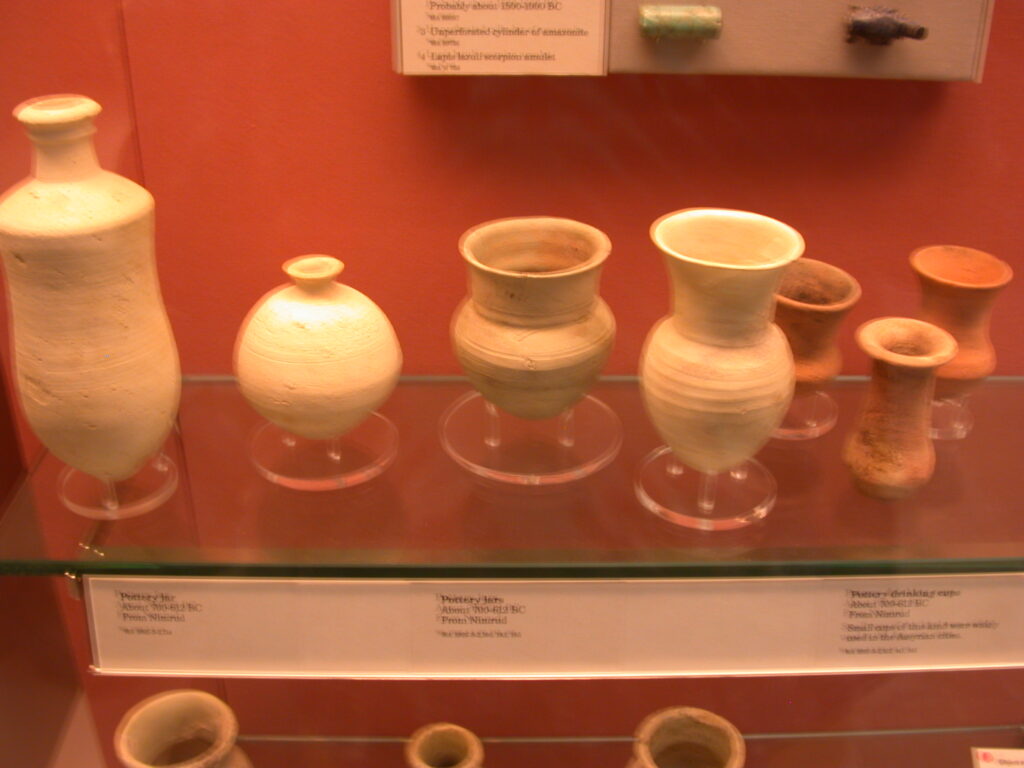
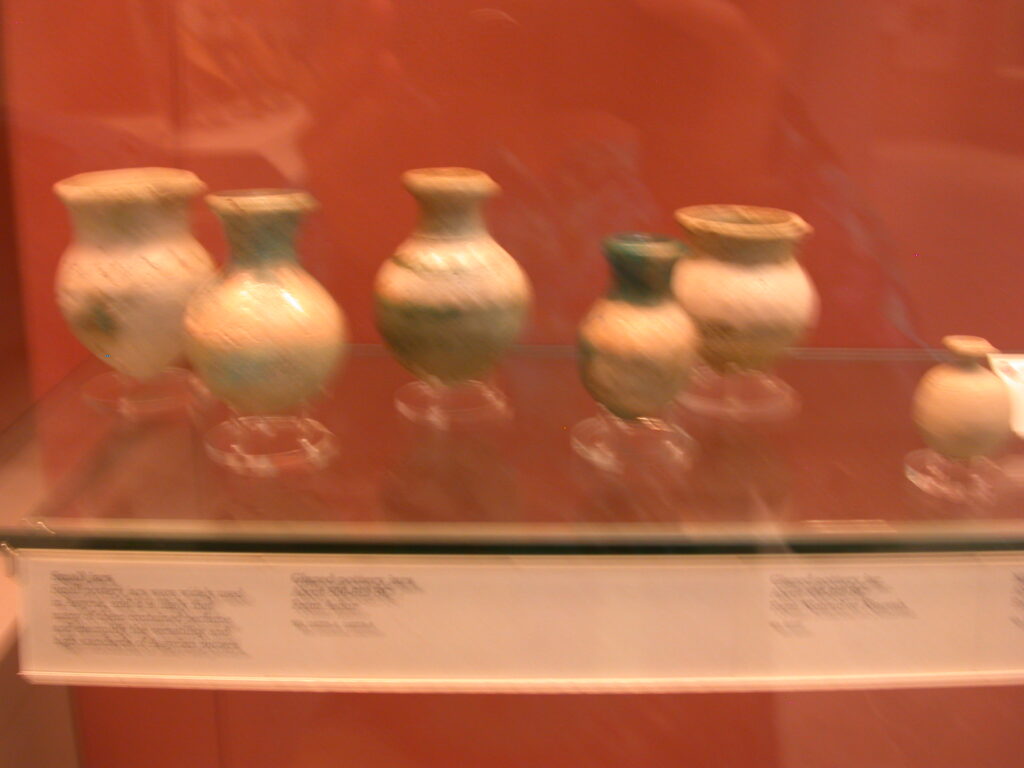
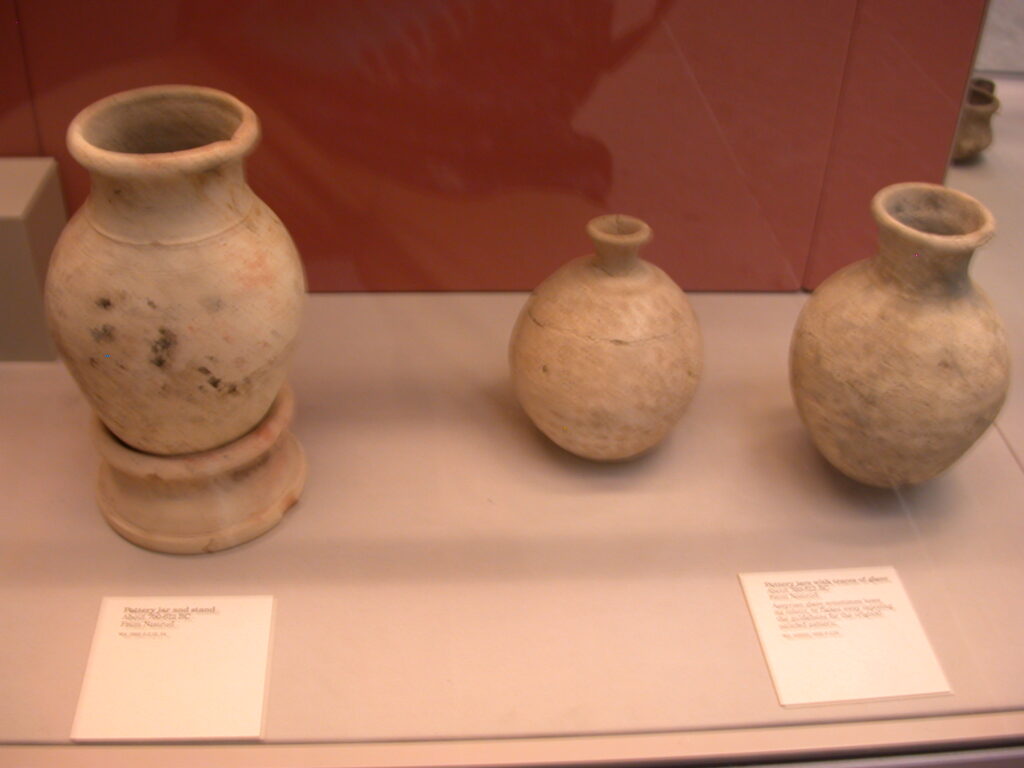
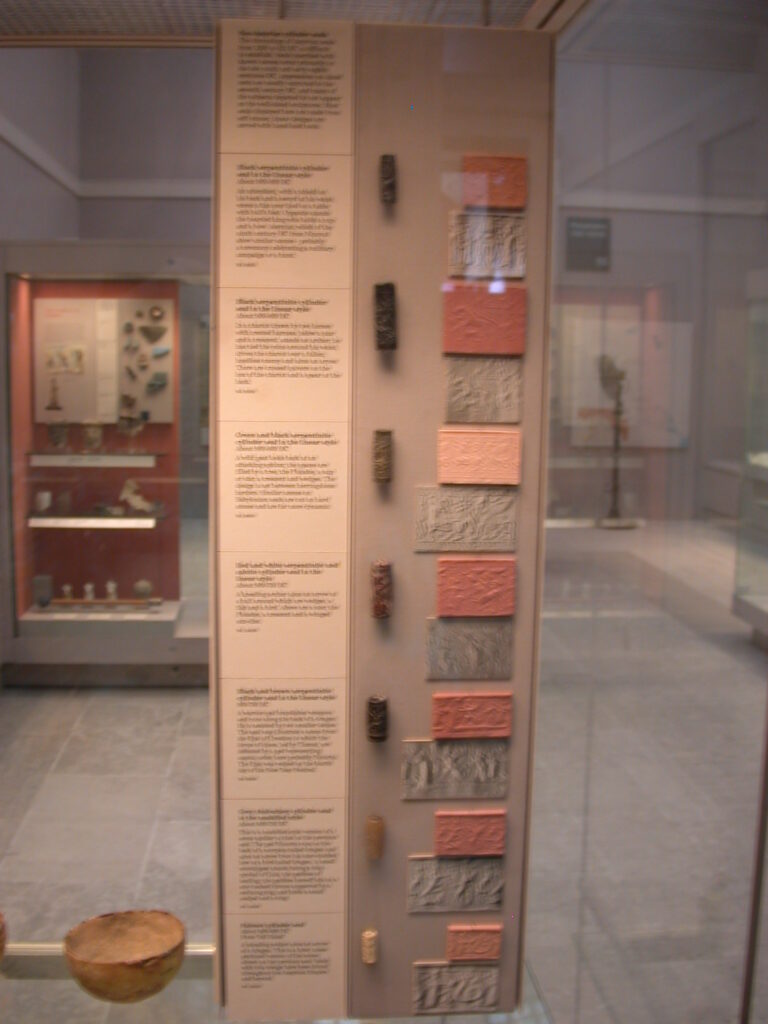
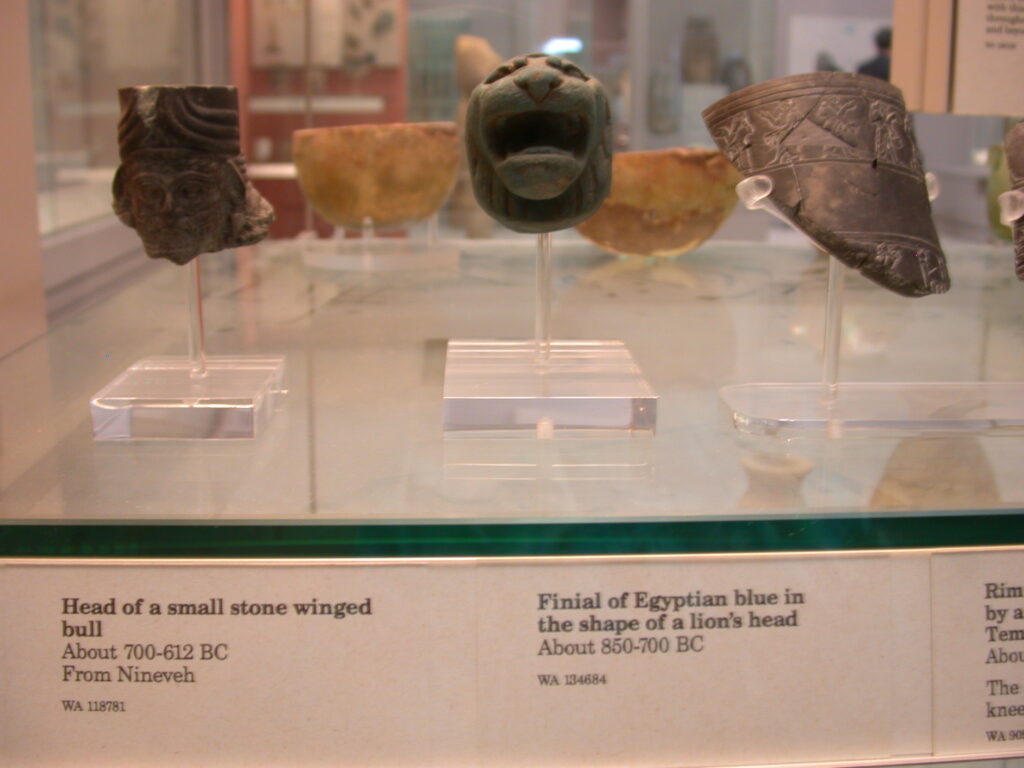
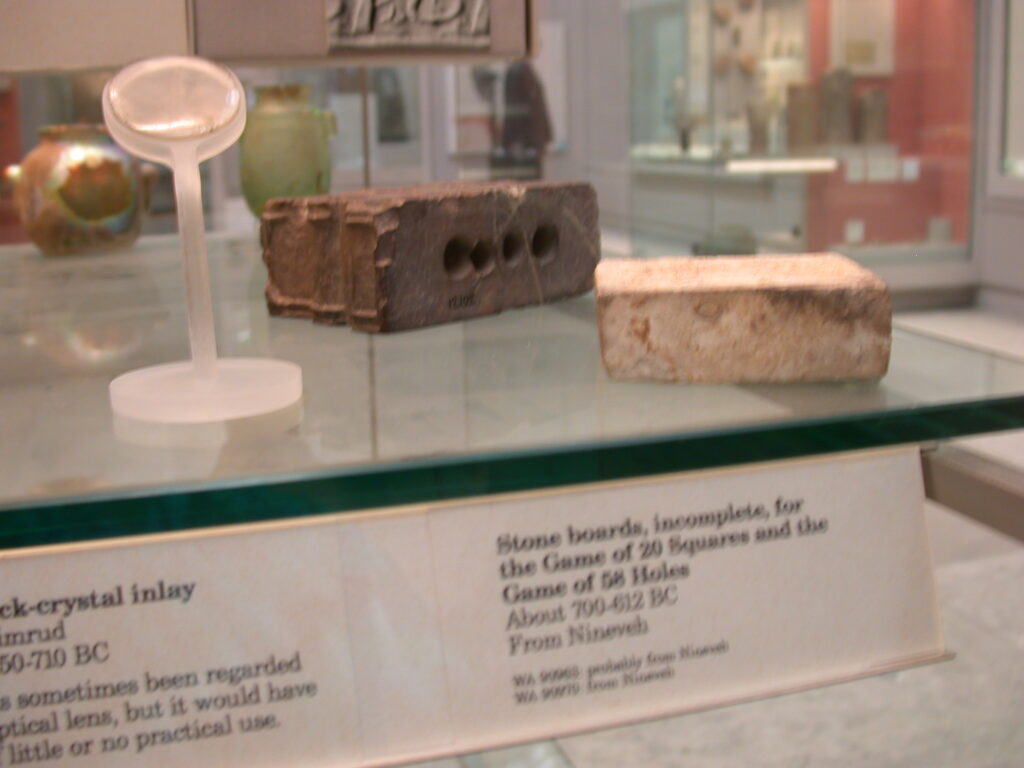
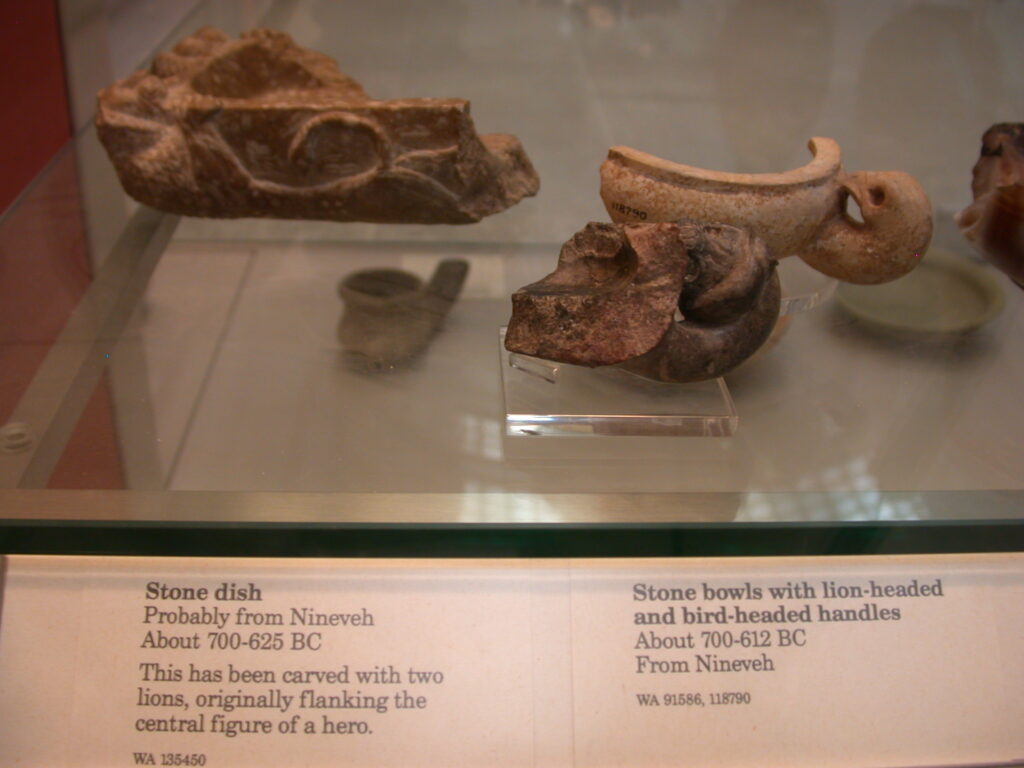
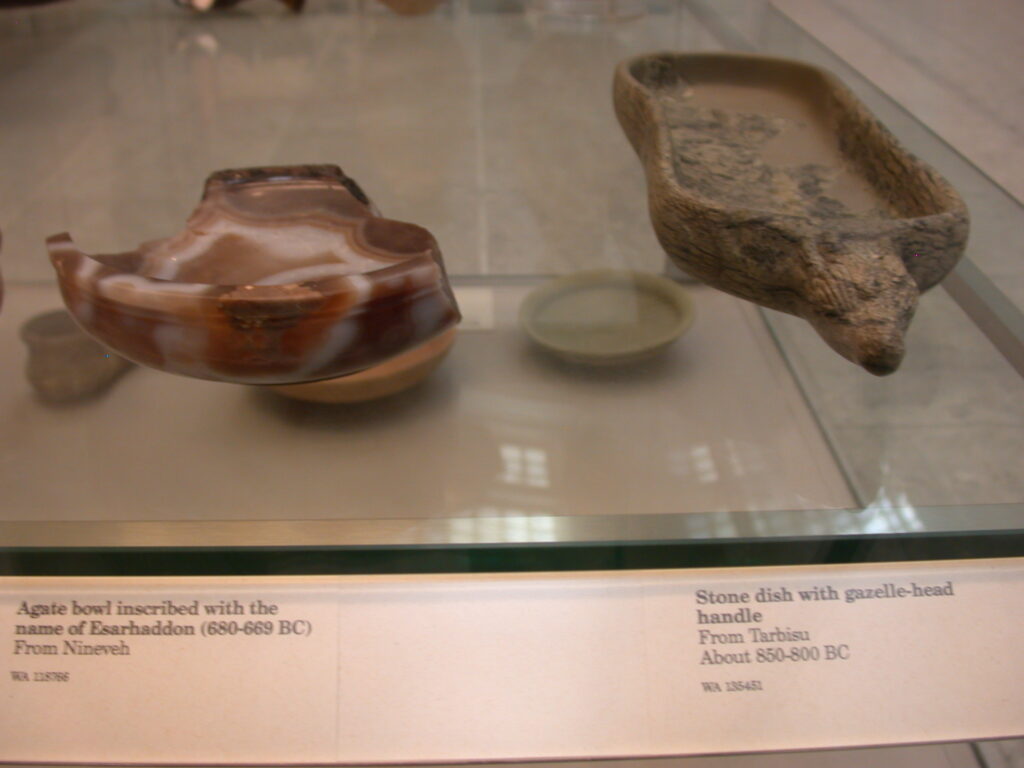
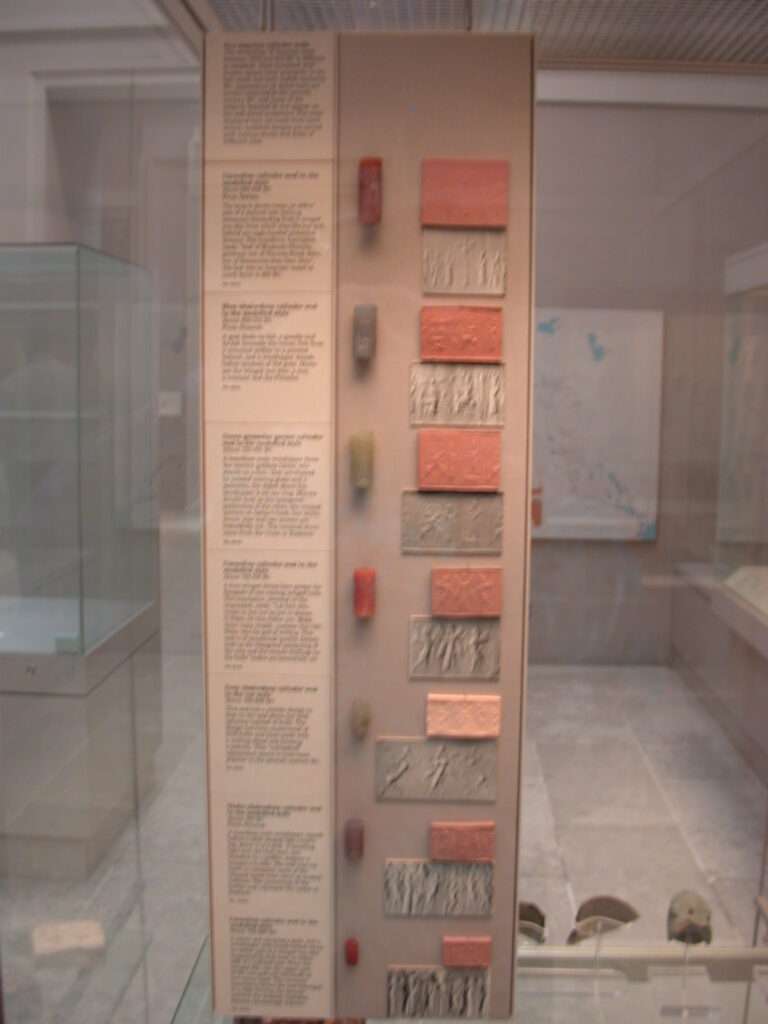
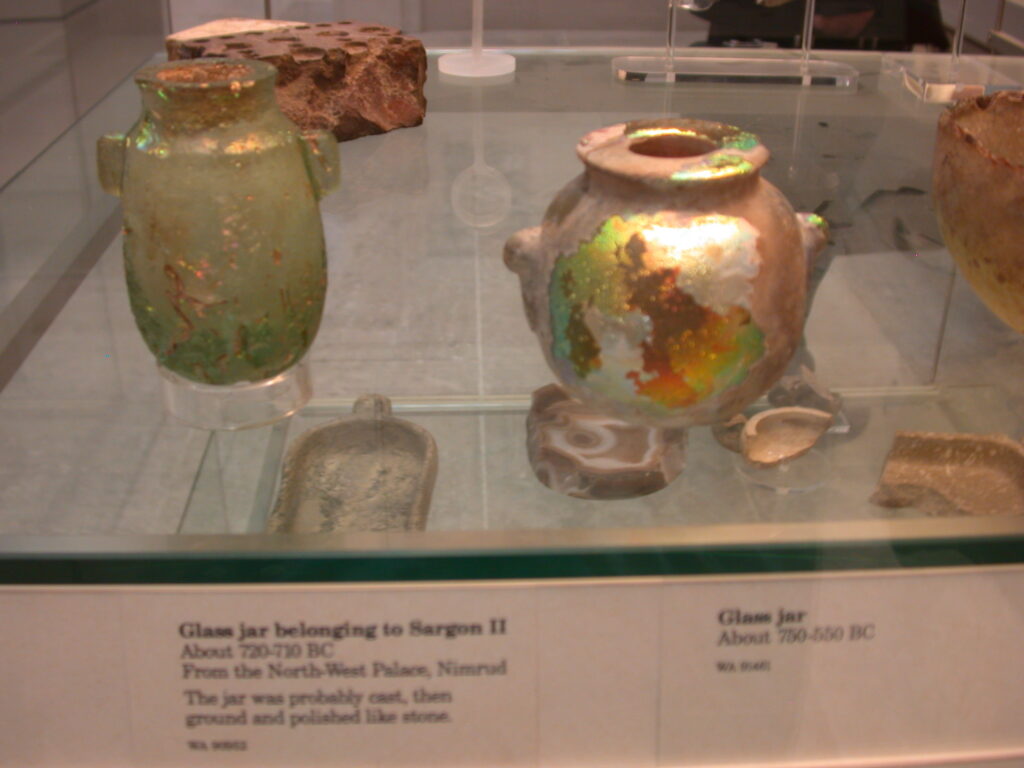
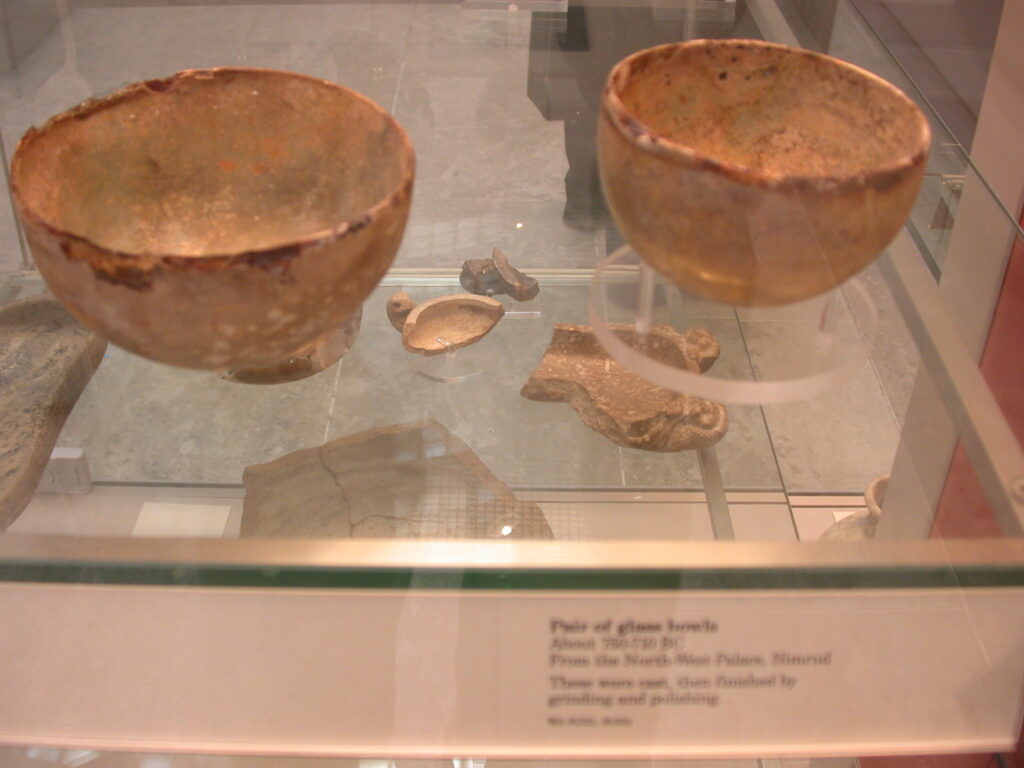
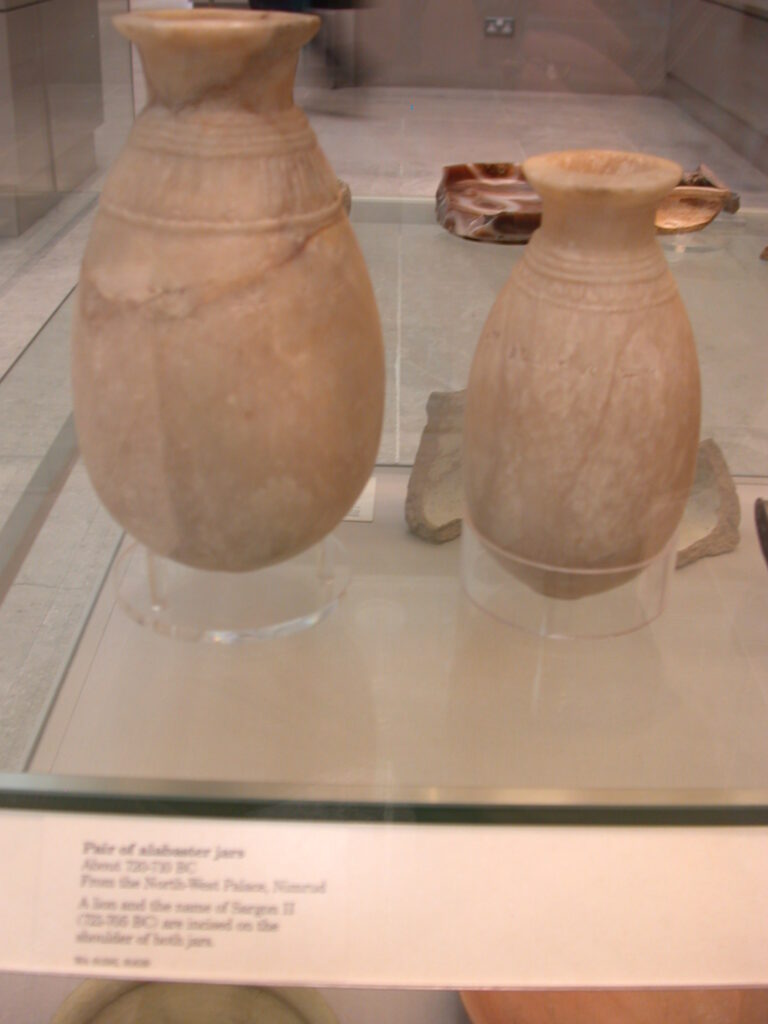
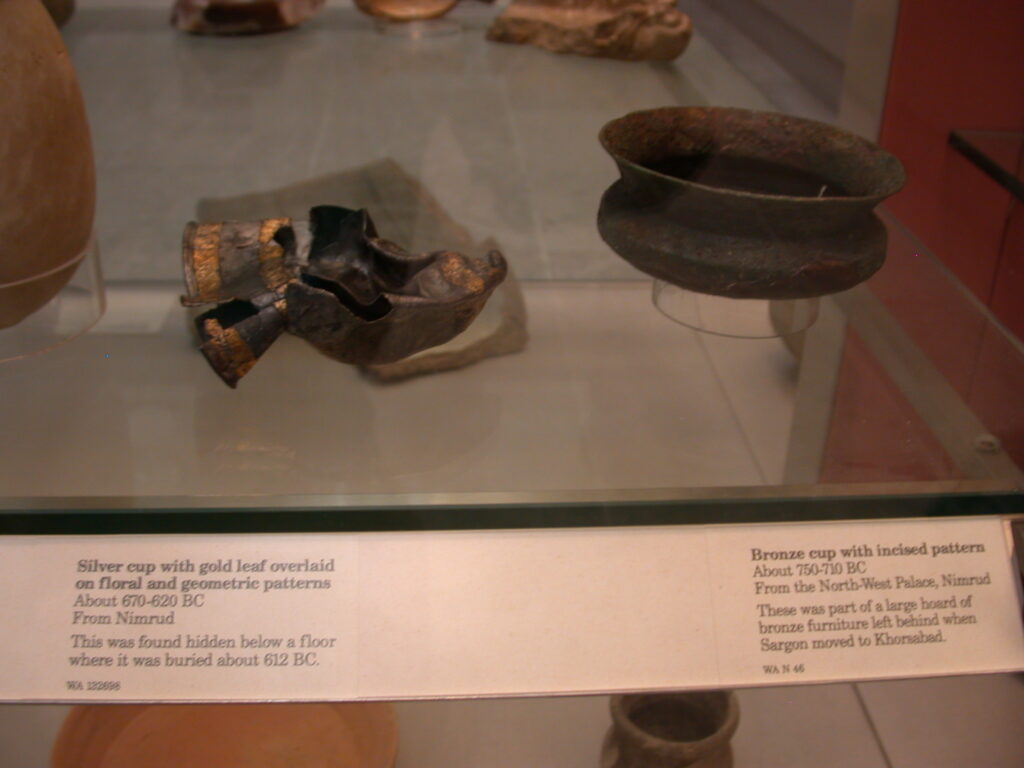
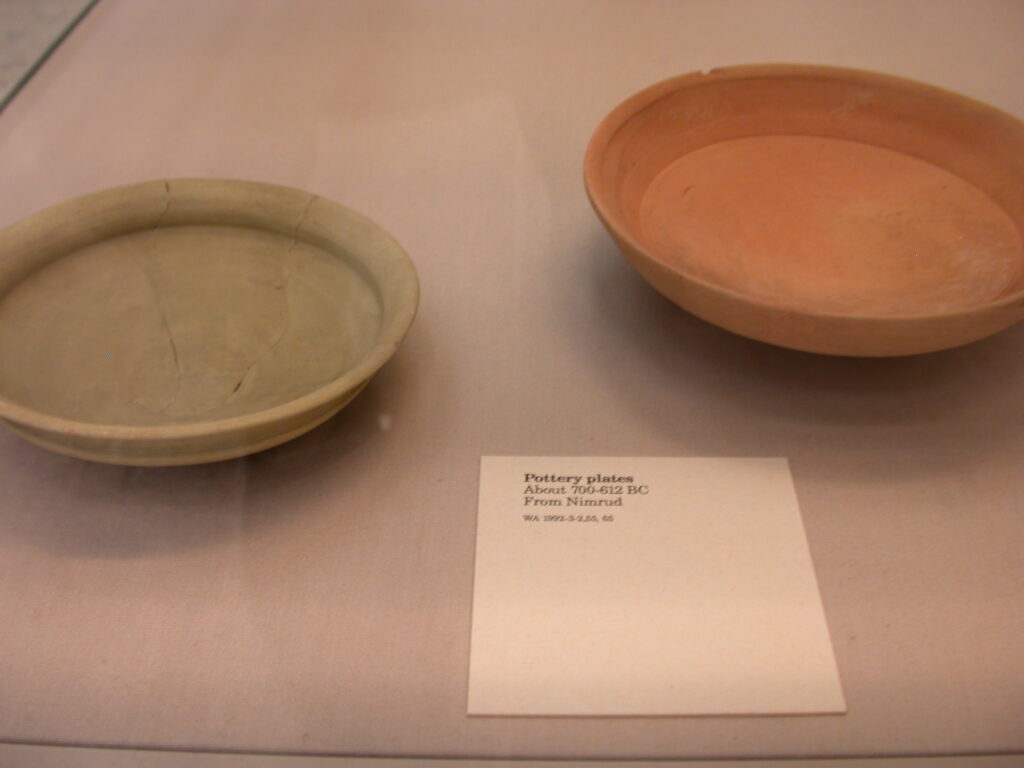
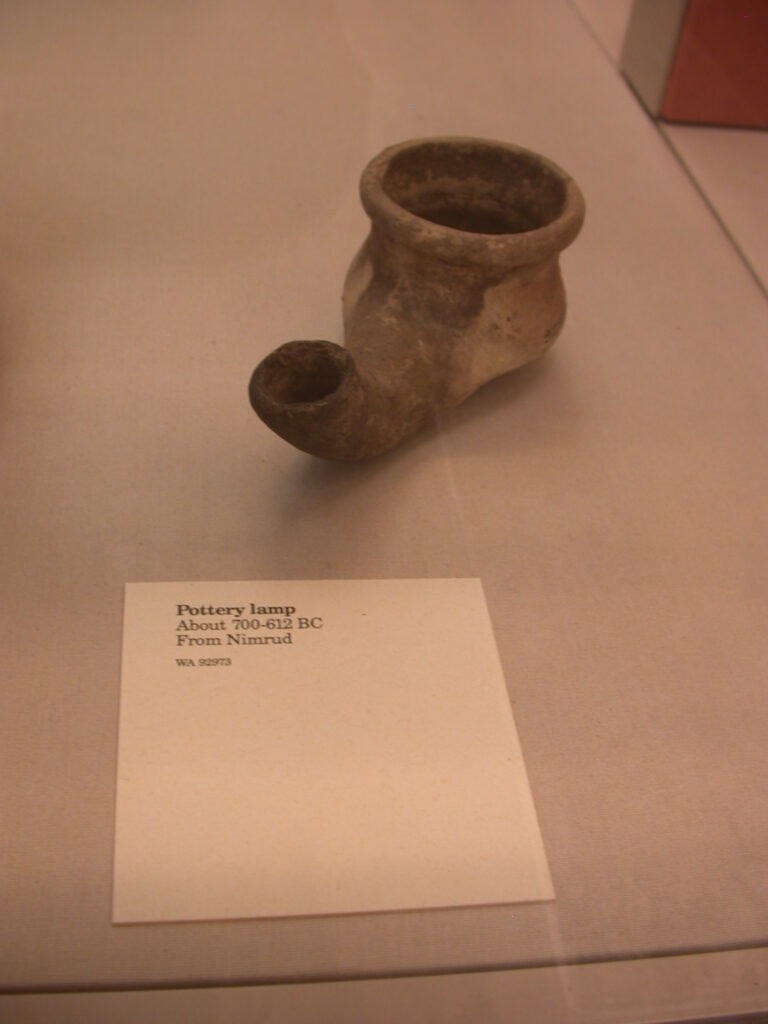
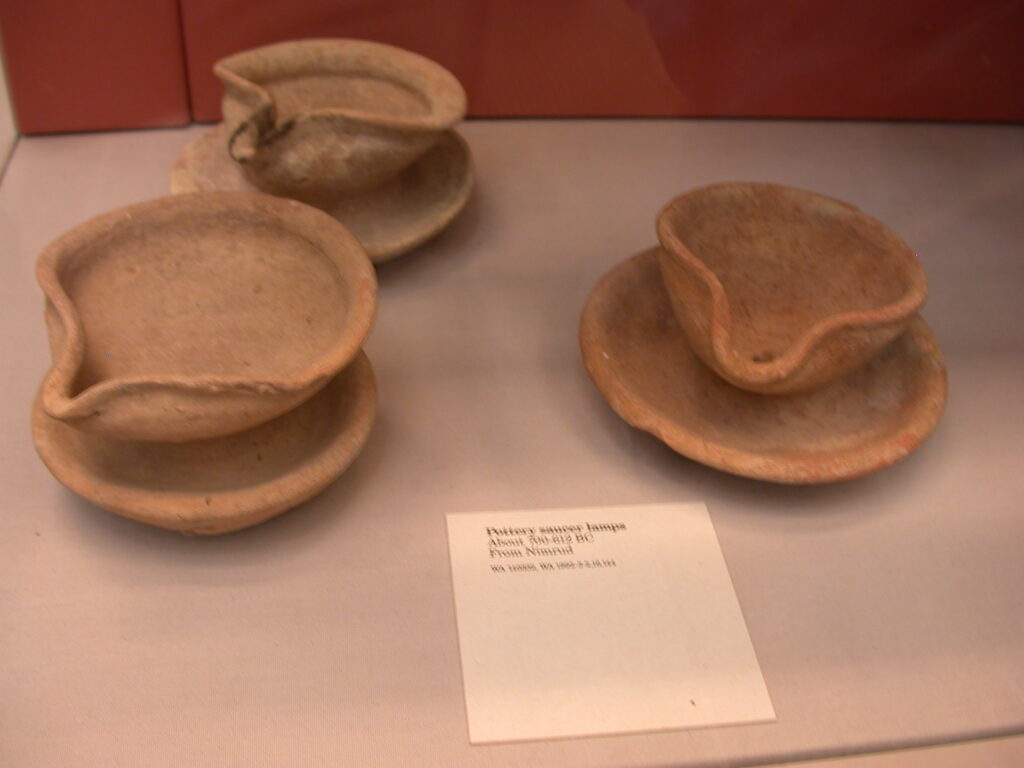
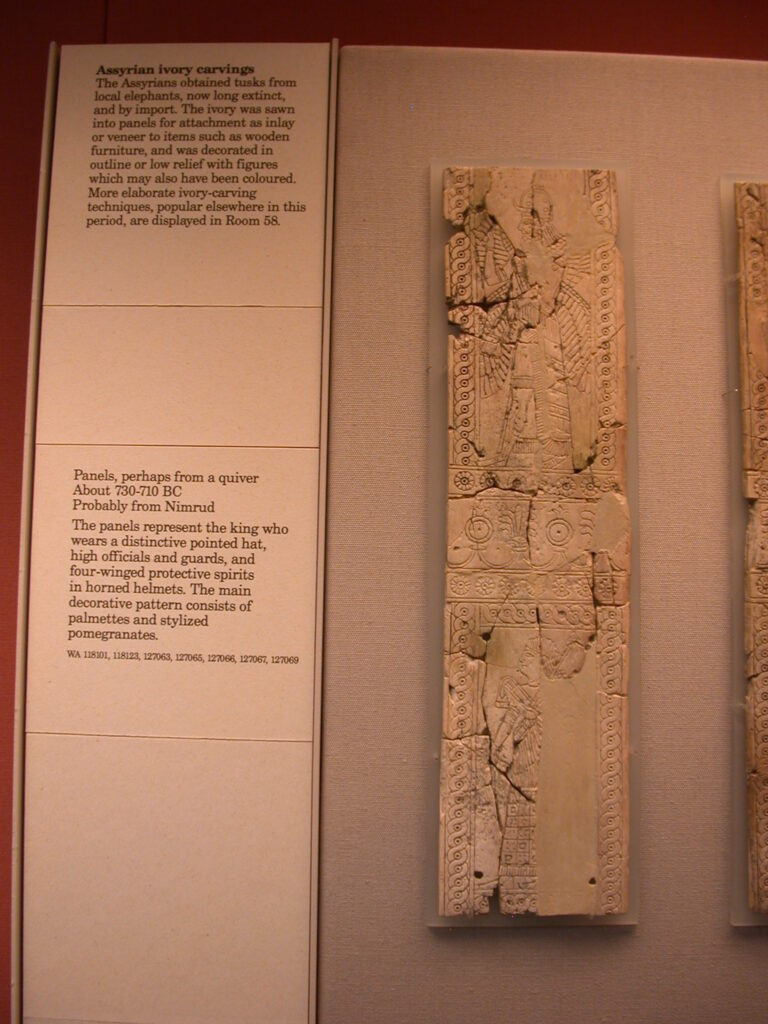
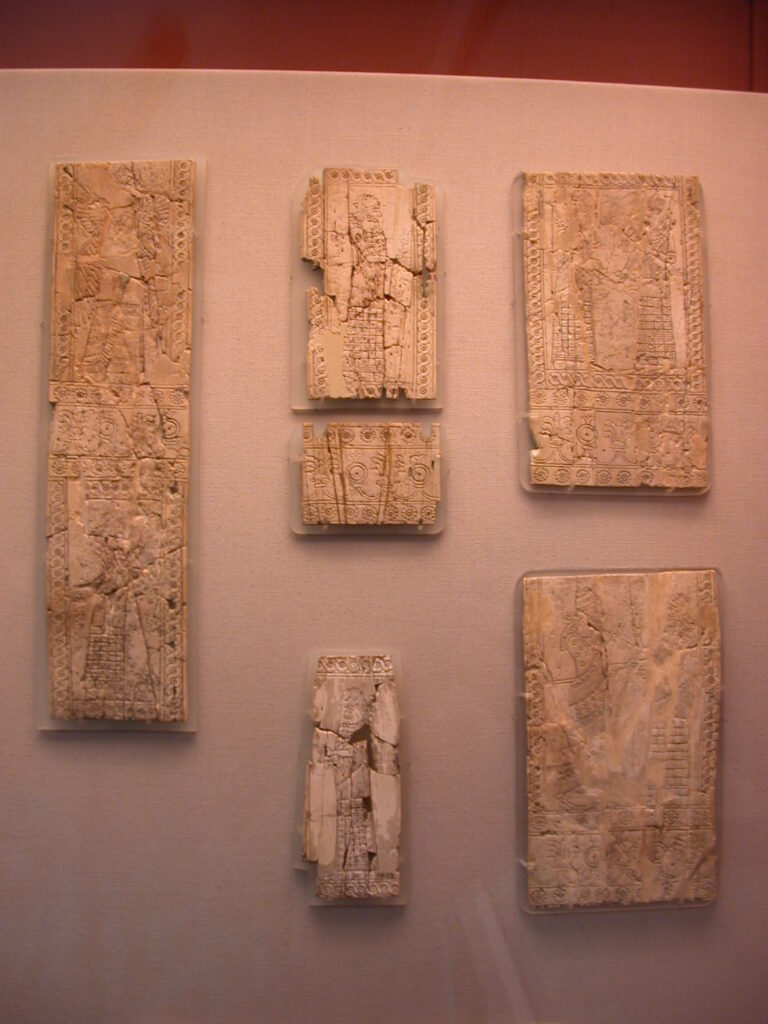
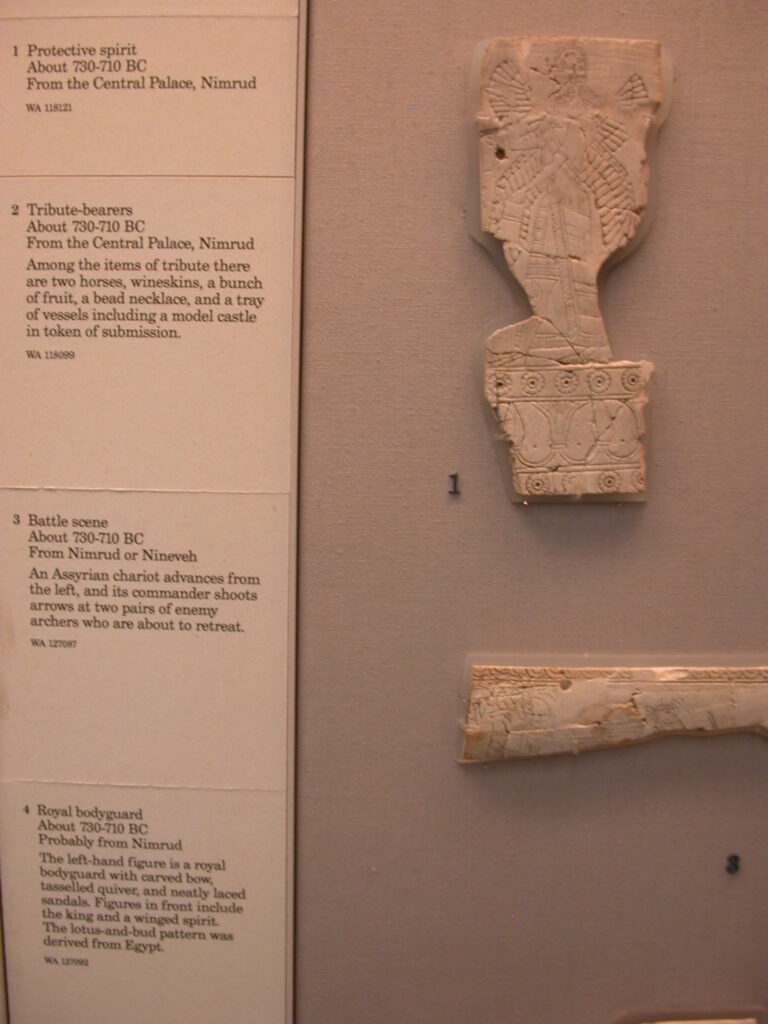
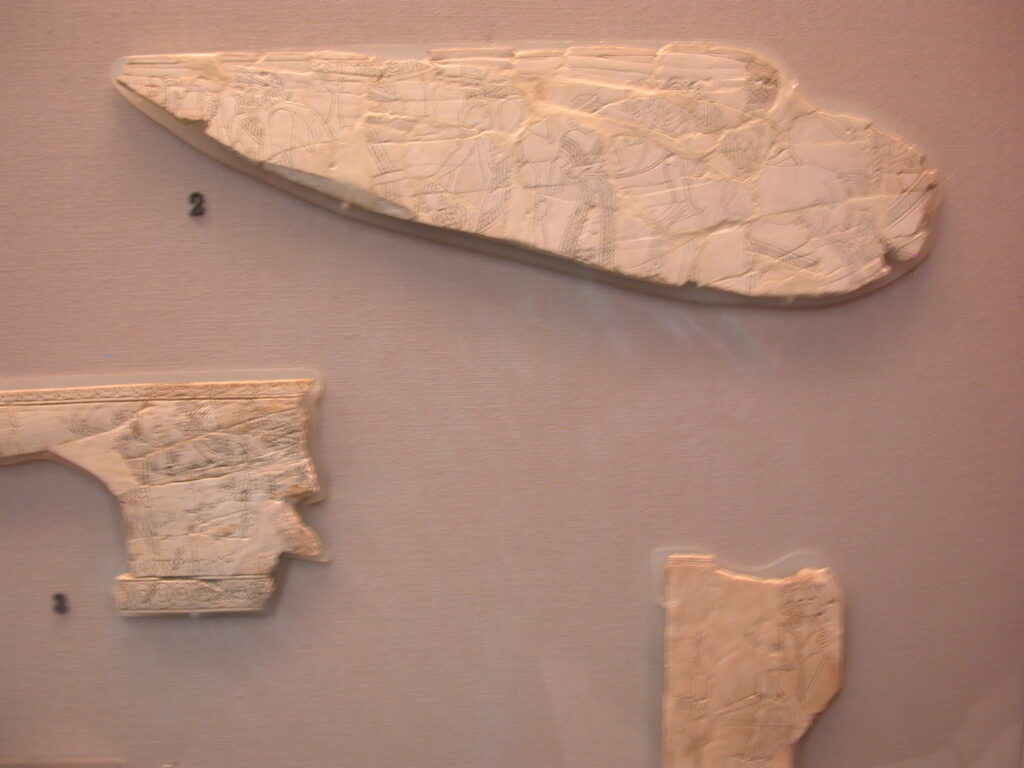
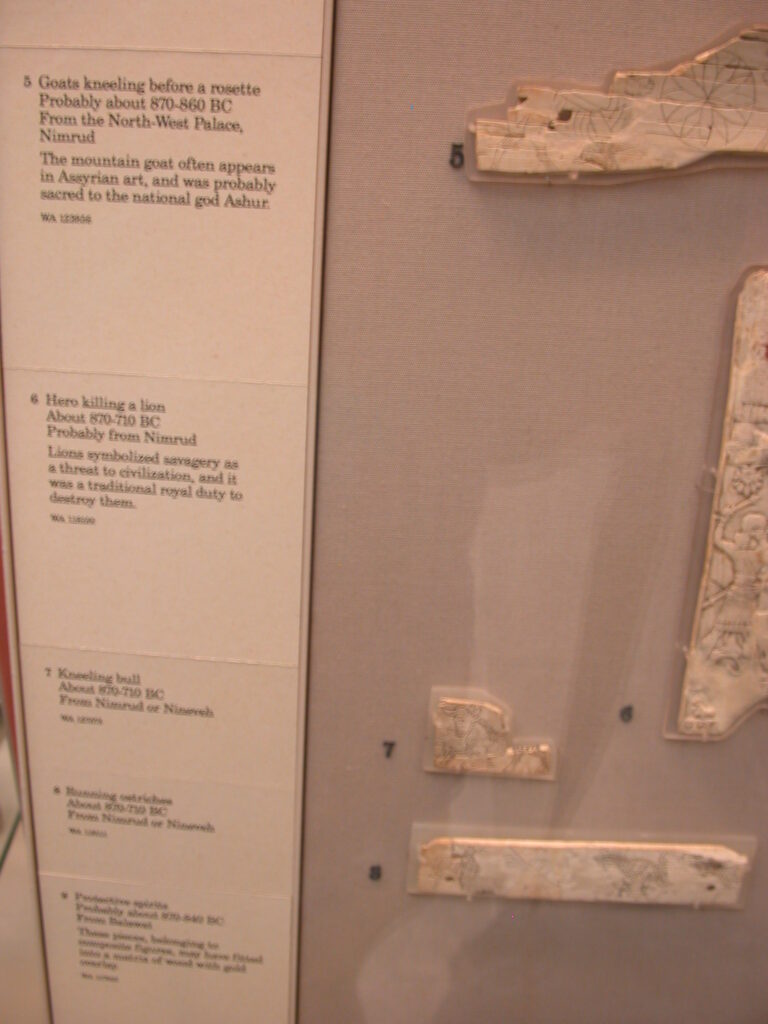
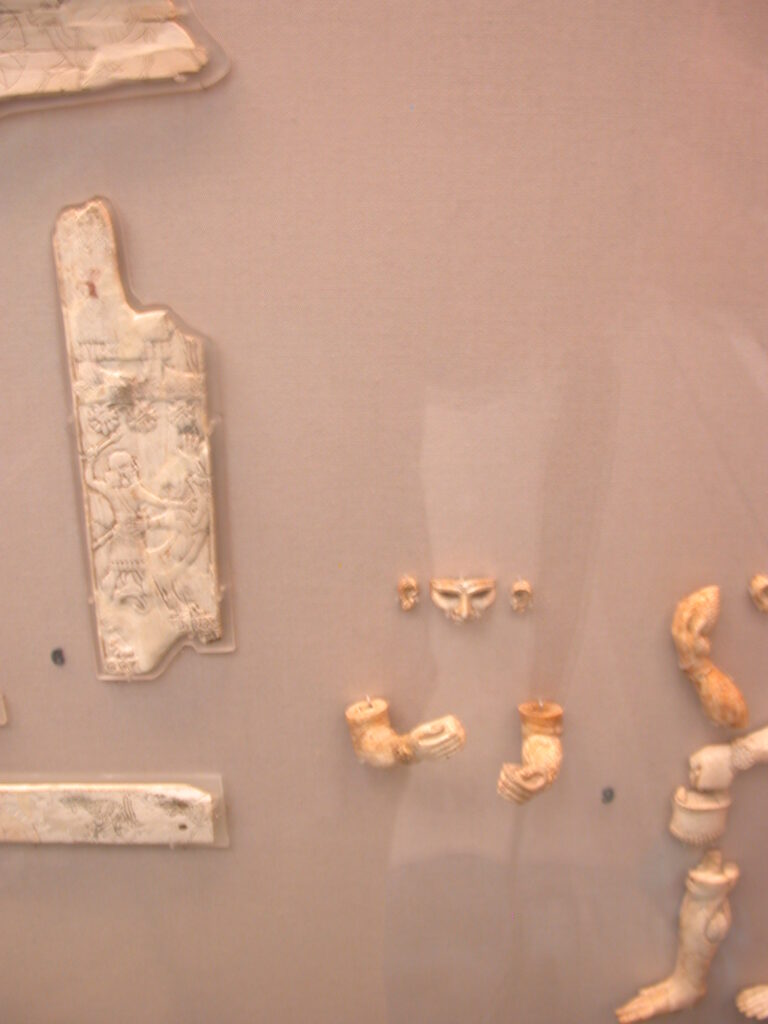
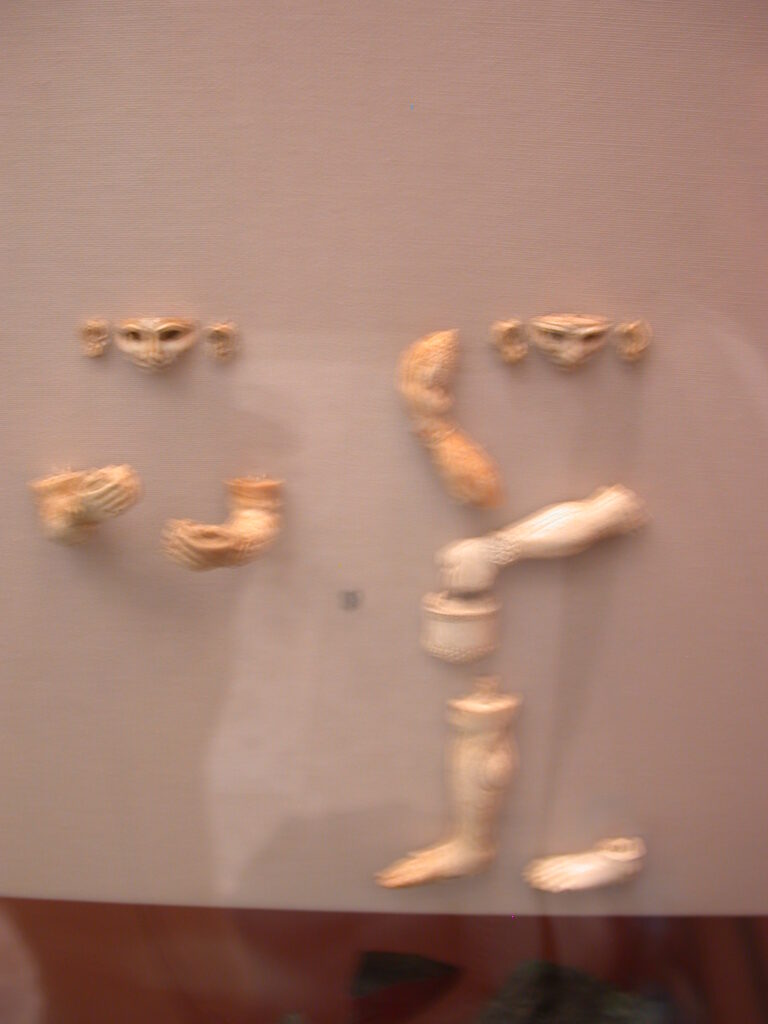
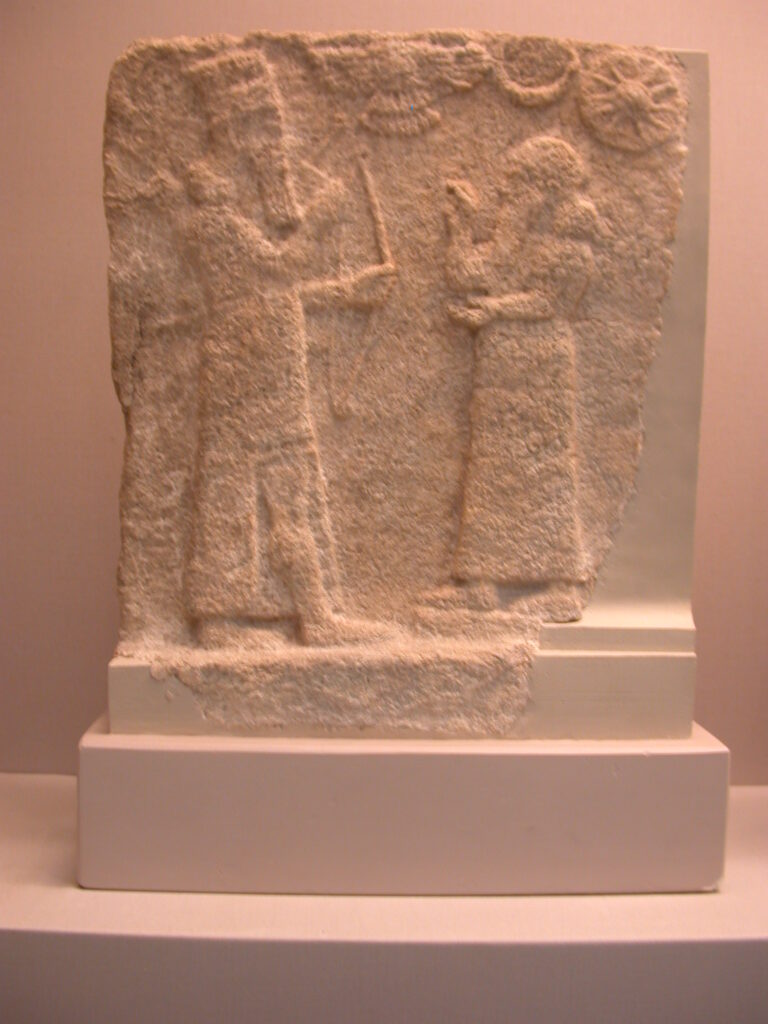
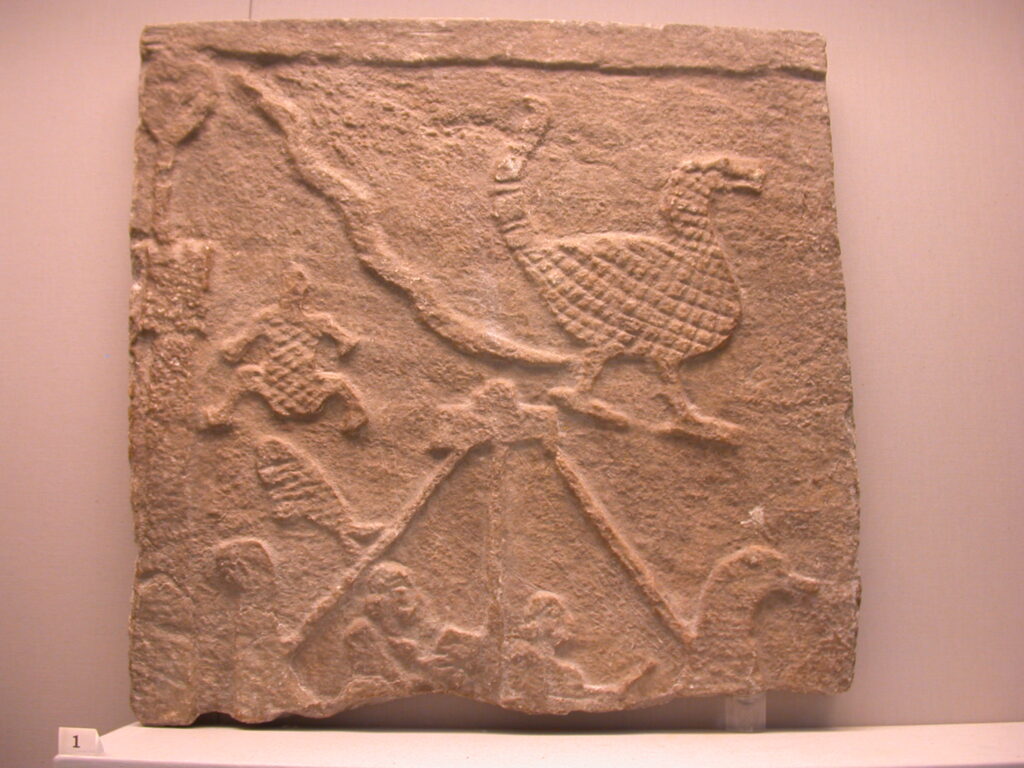
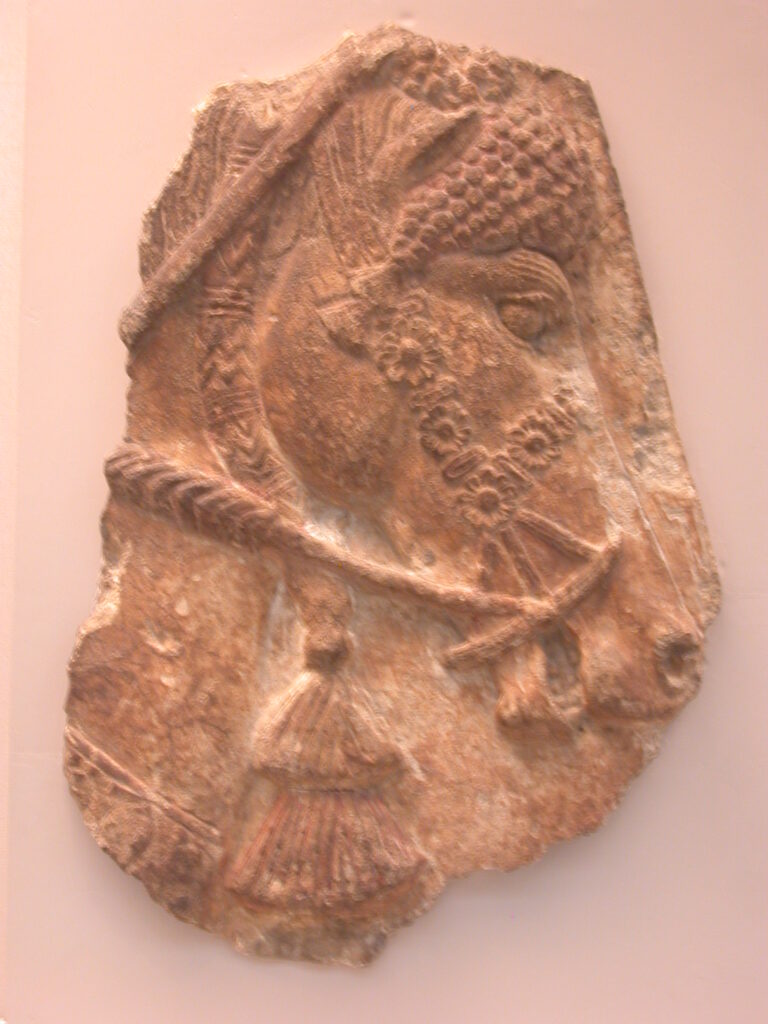
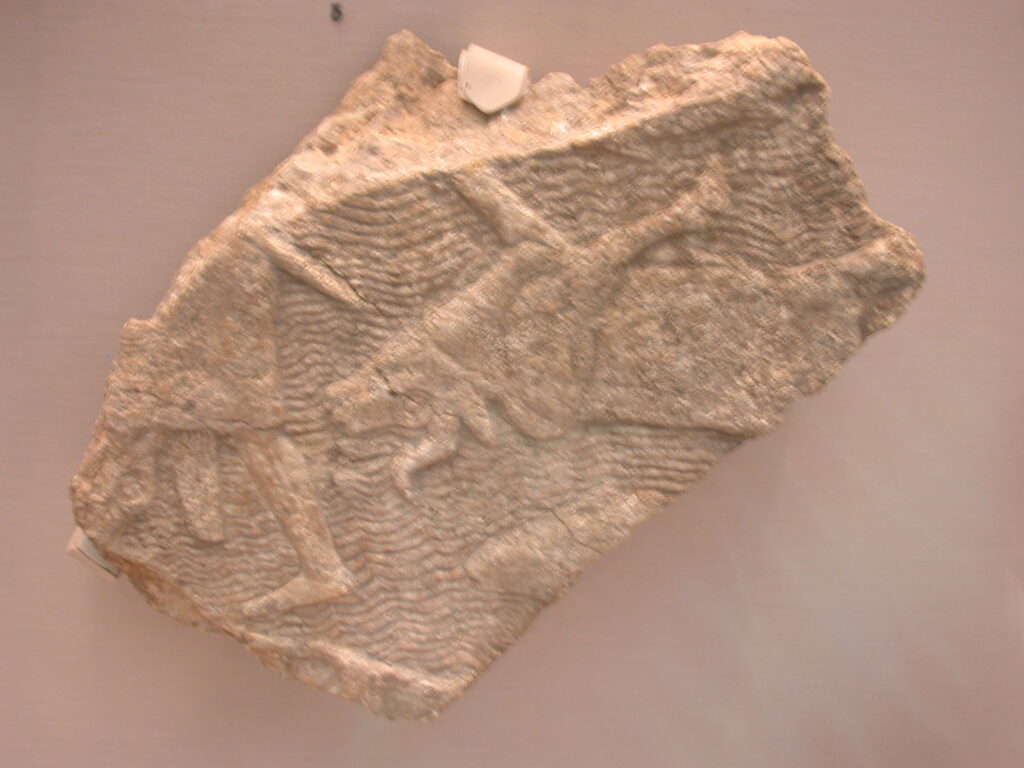
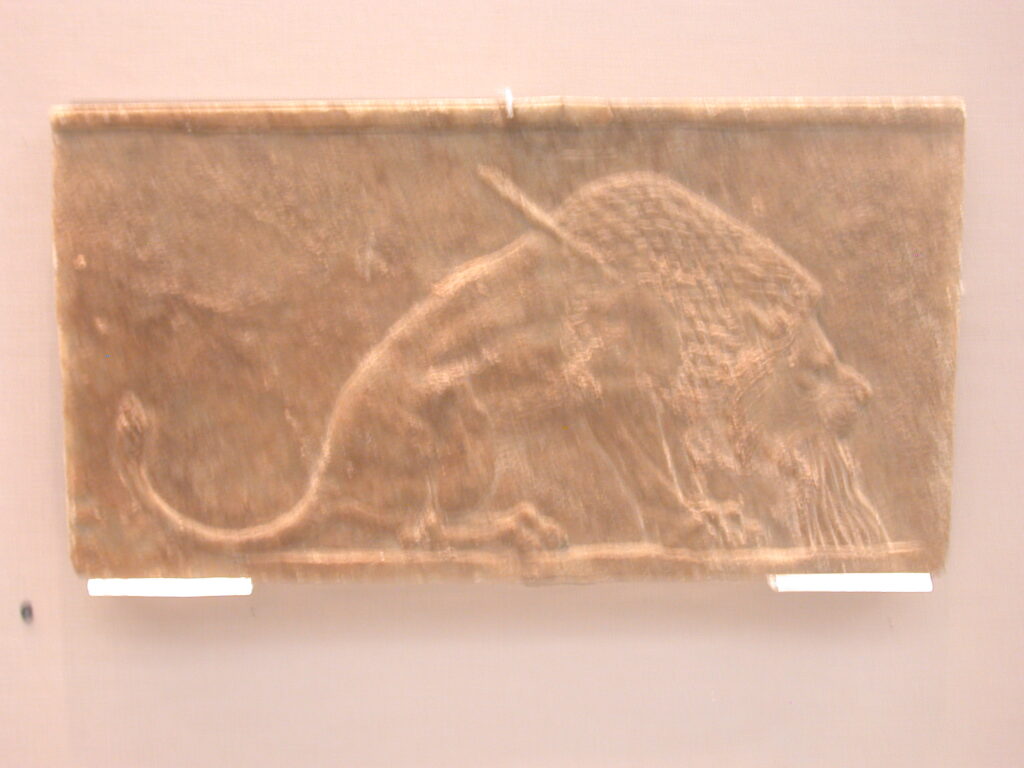
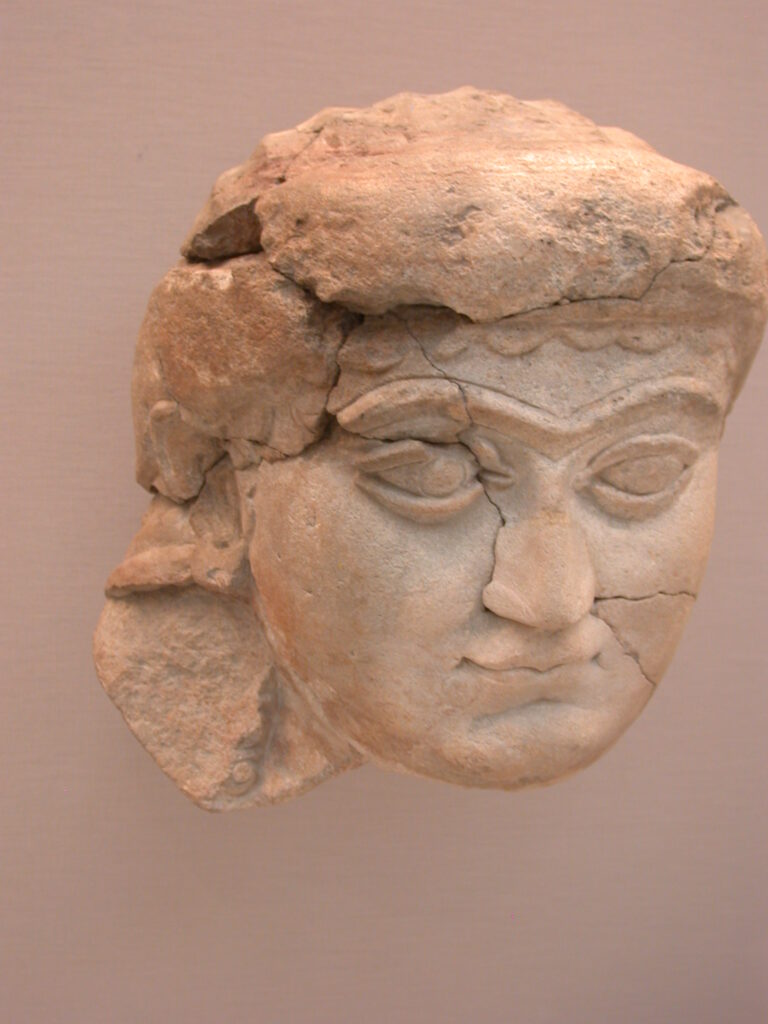
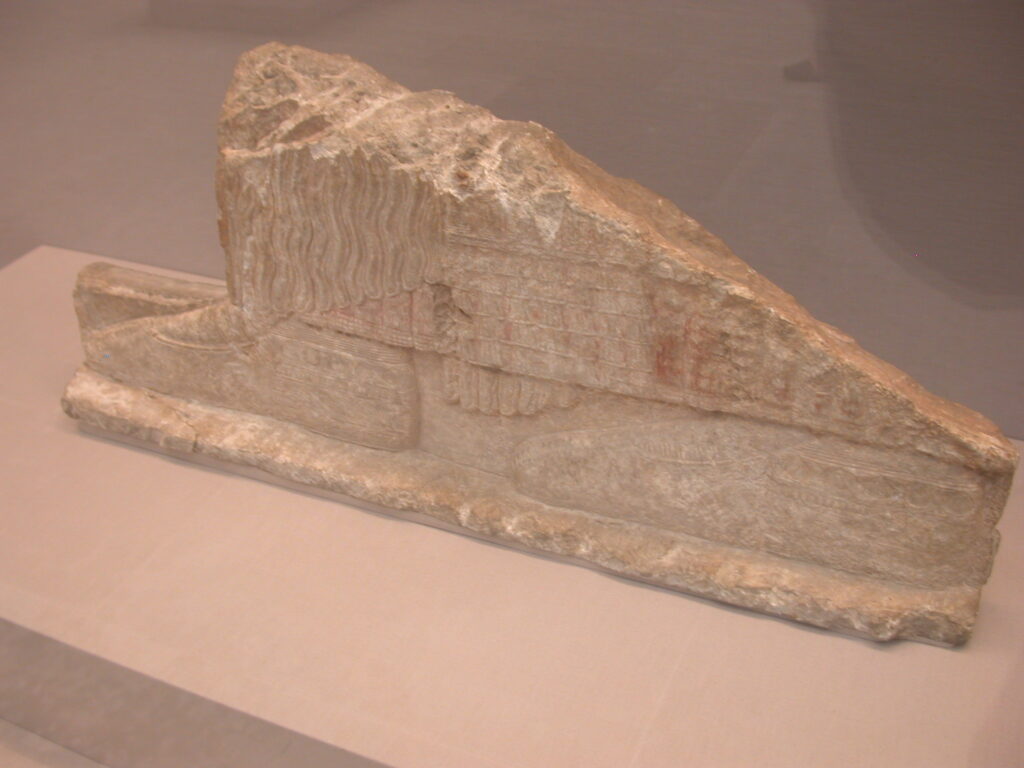
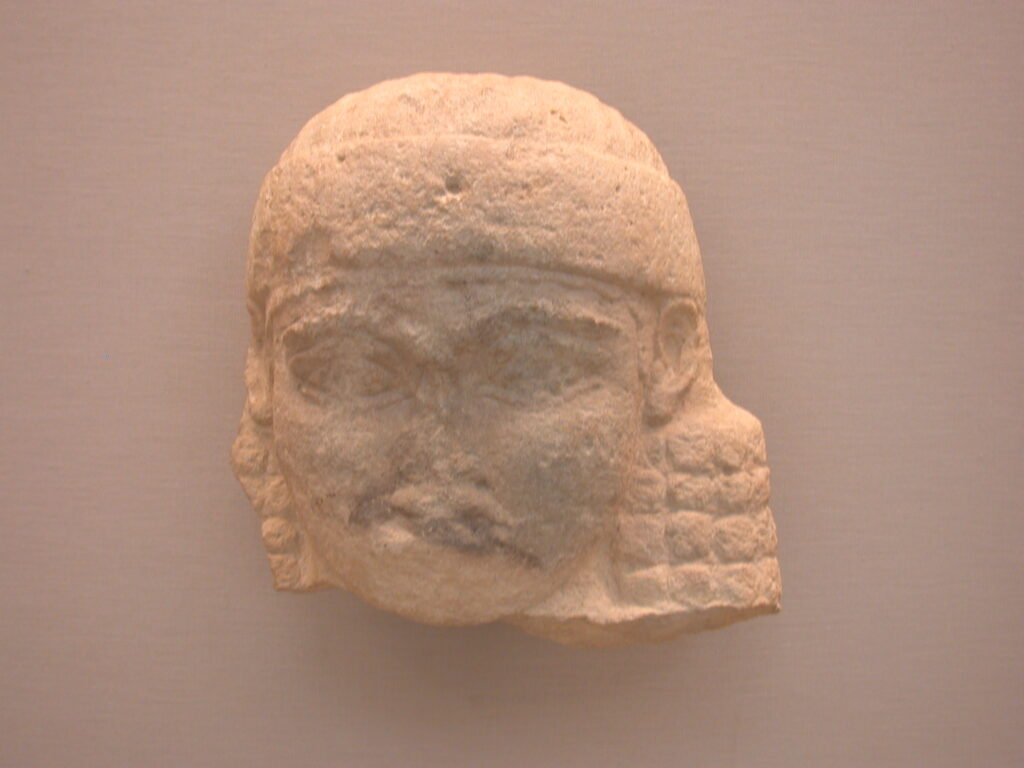
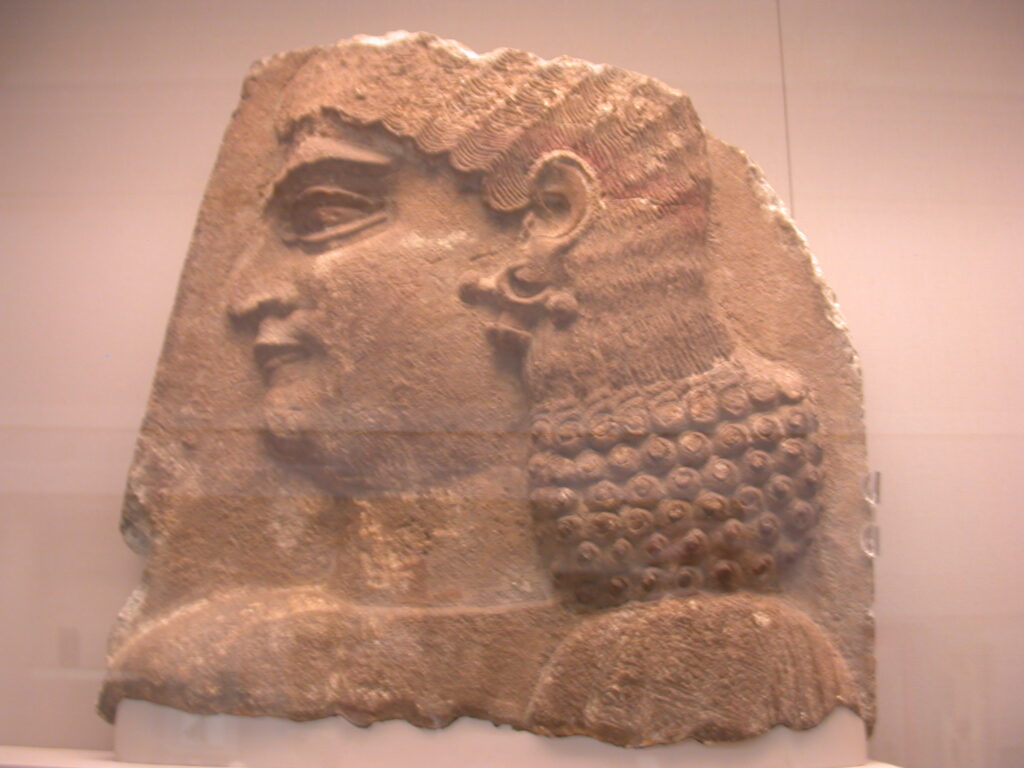
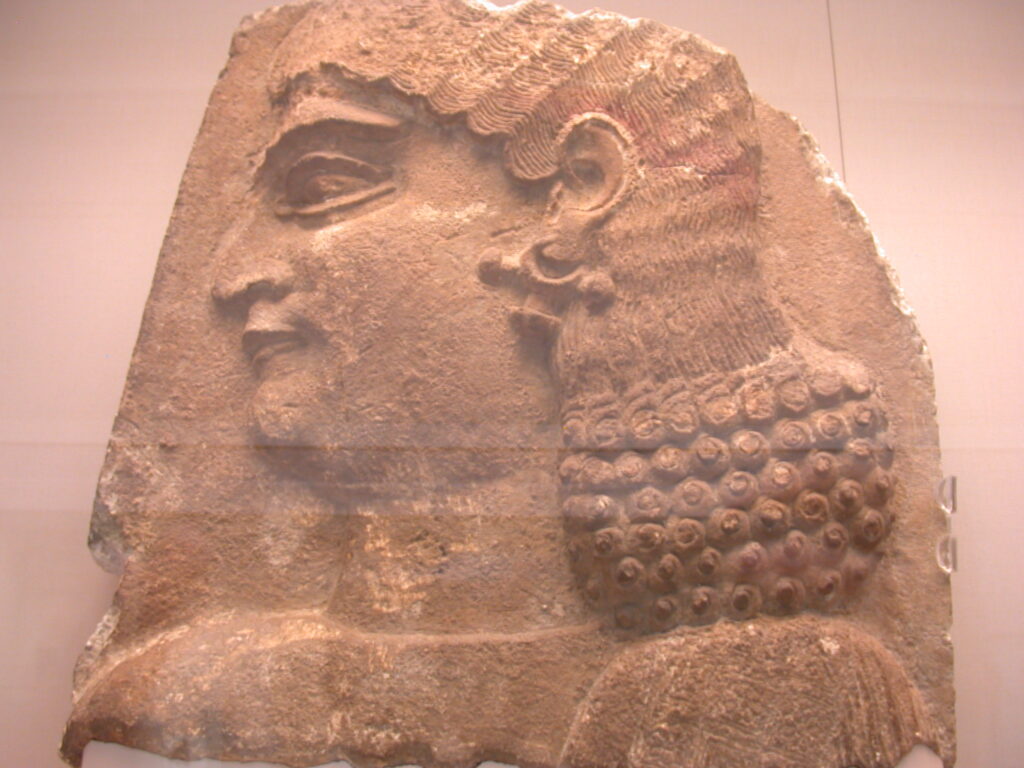
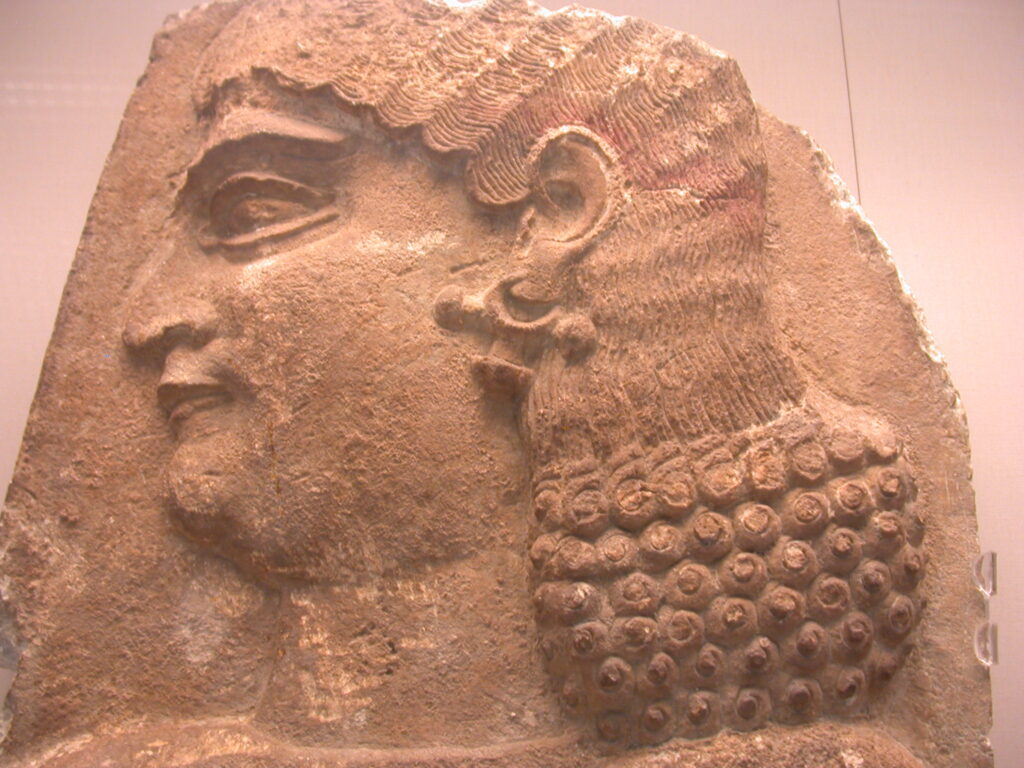
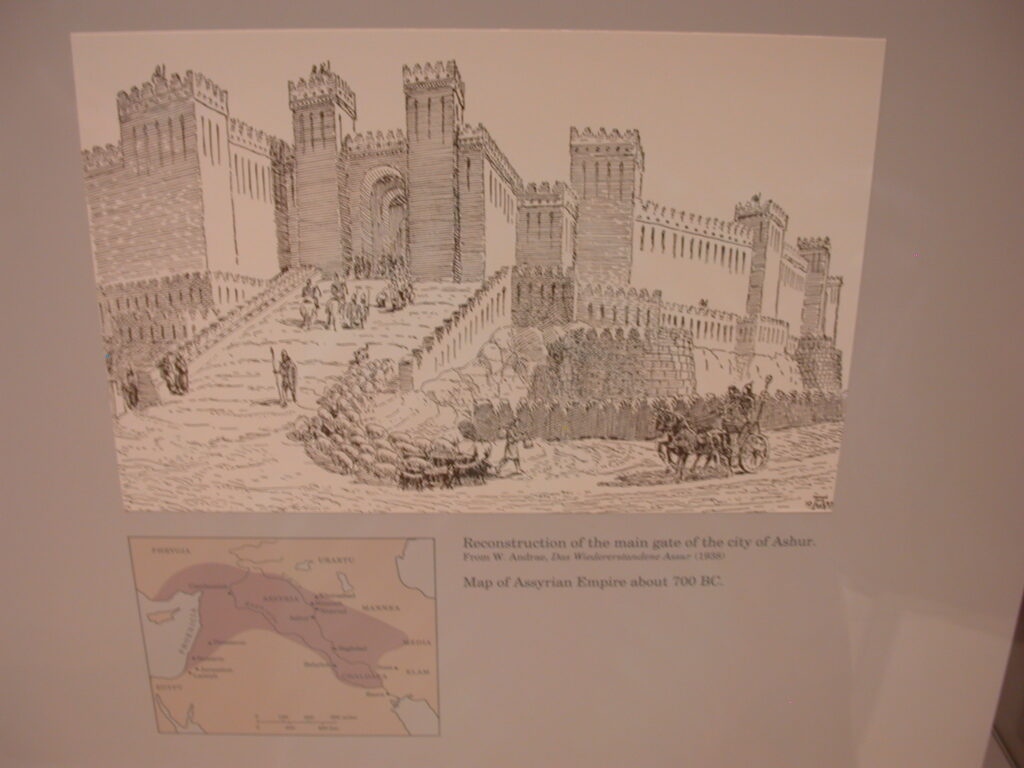
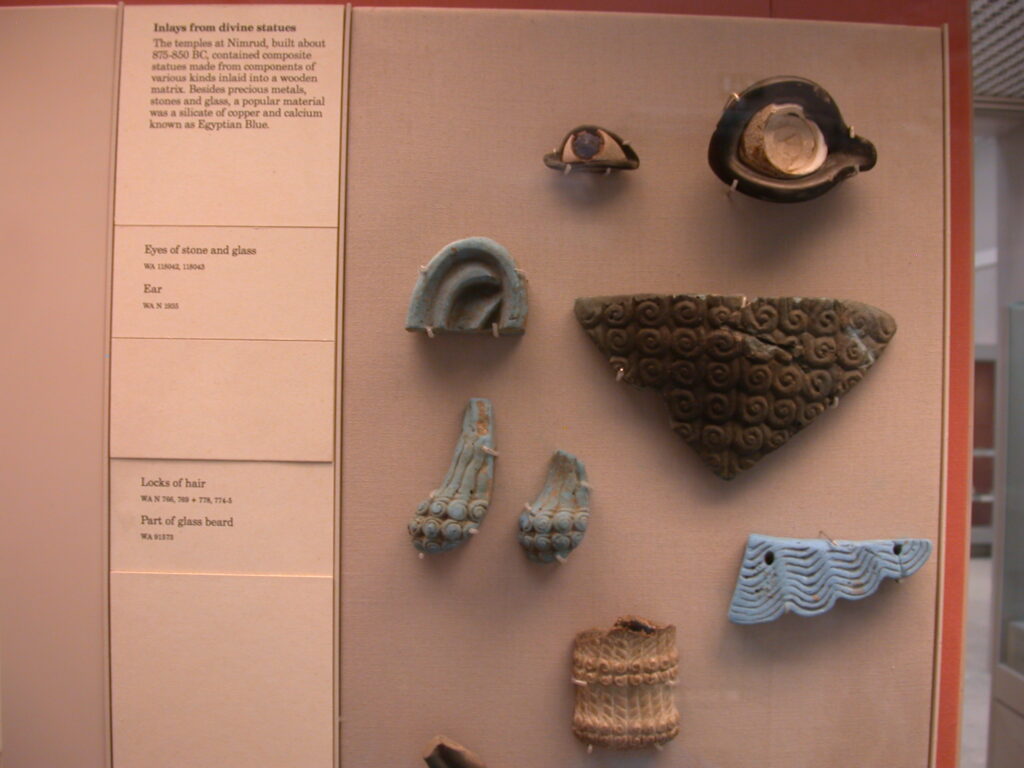
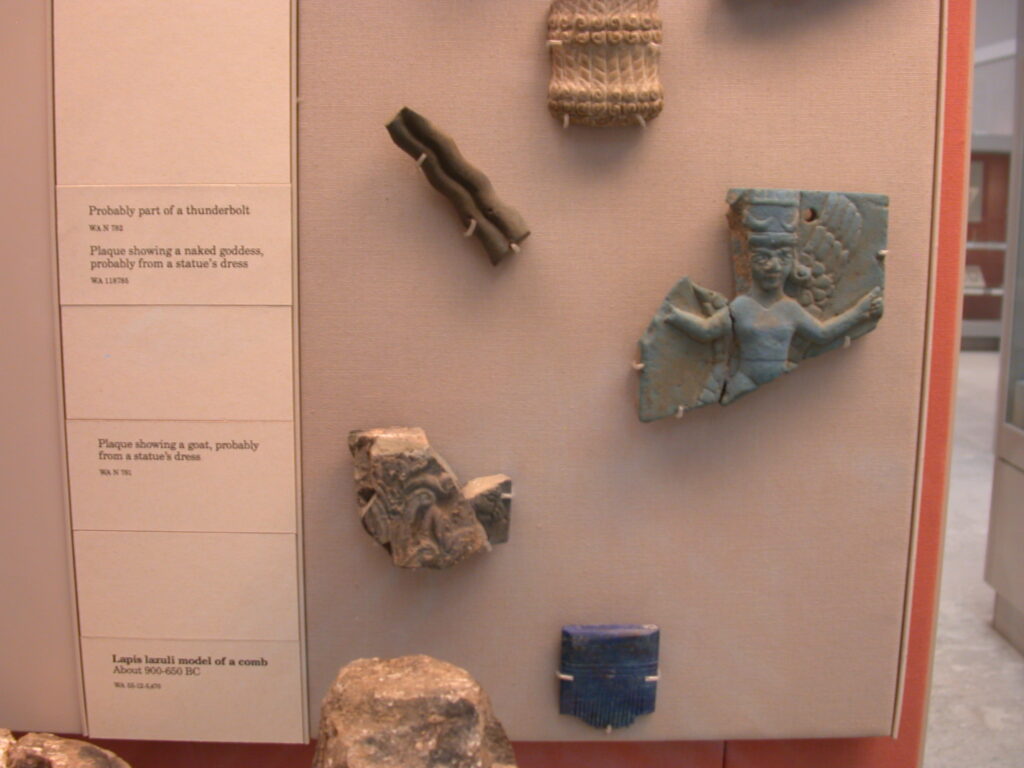
I continued with the Egyptian collection.
I finished up with the Benin bronzes and an assortment of sub-Saharan artifacts.
Then, I took photographs of some homoerotic Greek cups and vases, in particular, the so-called Warren Cup.
By the time I finished, I was late for an appointment at the Horniman Library associated with the Horniman Museum in Forest Hill. I didn’t have time to digest the 15 or so books I requested there, so I just typed in the reference information, then went to the museum for a quick trip through the African gallery there.
Finding the place wasn’t easy: two buses and a train from London Bridge, but the way back to central London was easier and I took the tube from London Bridge station to Covent Garden. There, I ate dinner at Food for Thought, a traditional veg restaurant. The place was packed, a long line stretching up the downward staircase at the entrance. I waited and eventually arrived at the head of the line, ordered quiche and salad with organic passion fruit juice. I shared a table and conversation with two women of apparently Indian extraction. They recommended another London veg restaurant called Govinda, run by the Krishnas.
Next, I walked to this pub, called Nell of Old Drury Pub. I came hoping to join the Rainbow Earth moot, which I had seen scheduled for this evening in the gay pagan yahoo group. However, it’s now 20:30 and no one has showed up. 🙁
Special Feature: Pakepu’s Coffins at the Fitzwilliam Museum in Cambridge, England
Fitzwilliam Museum in Cambridge and Back to London
Written on June 13, 2008, at Eat and Two Veg Restaurant, London, United Kingdom
This morning, I had to go to Cambridge and Sarah was off to Kent, so we said our goodbyes. I caught the train to Cambridge and met a nice woman named Emily Esche on the way. She is studying archaeology and is particularly interested in studying human remains. So, we could talk shop. She later sent me an email with great advice for sites around Stonehenge.
When I got off the train at Cambridge, I was stunned by the number of bikes parked outside the station (the pic shows less than a quarter of the bikes).
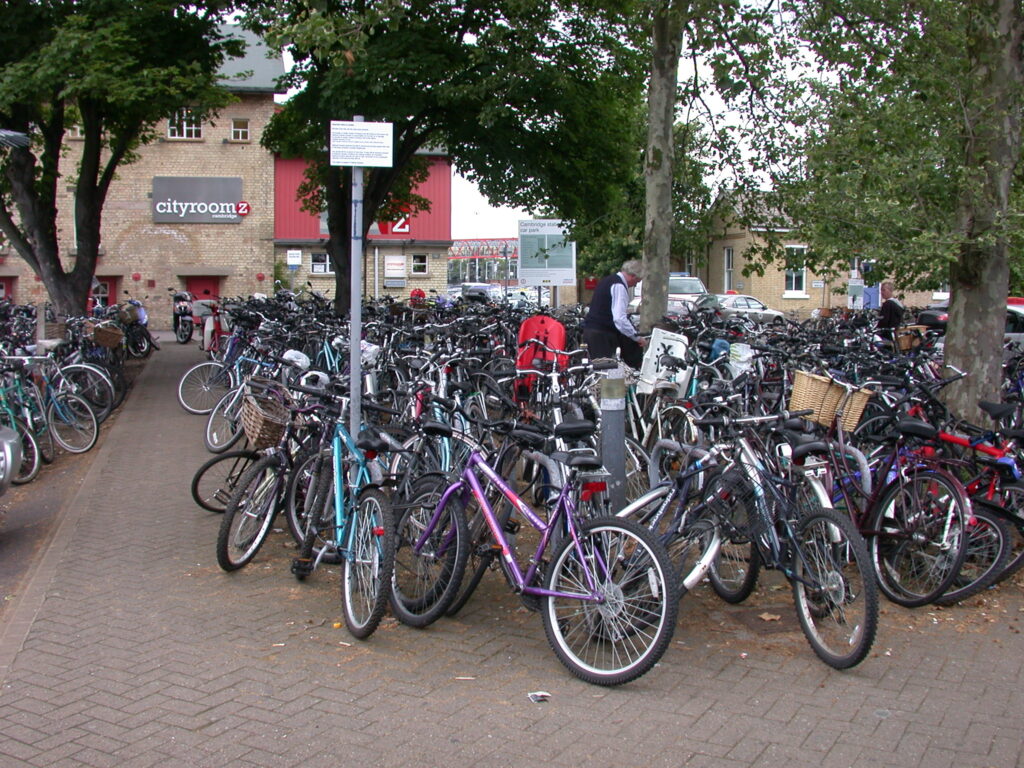
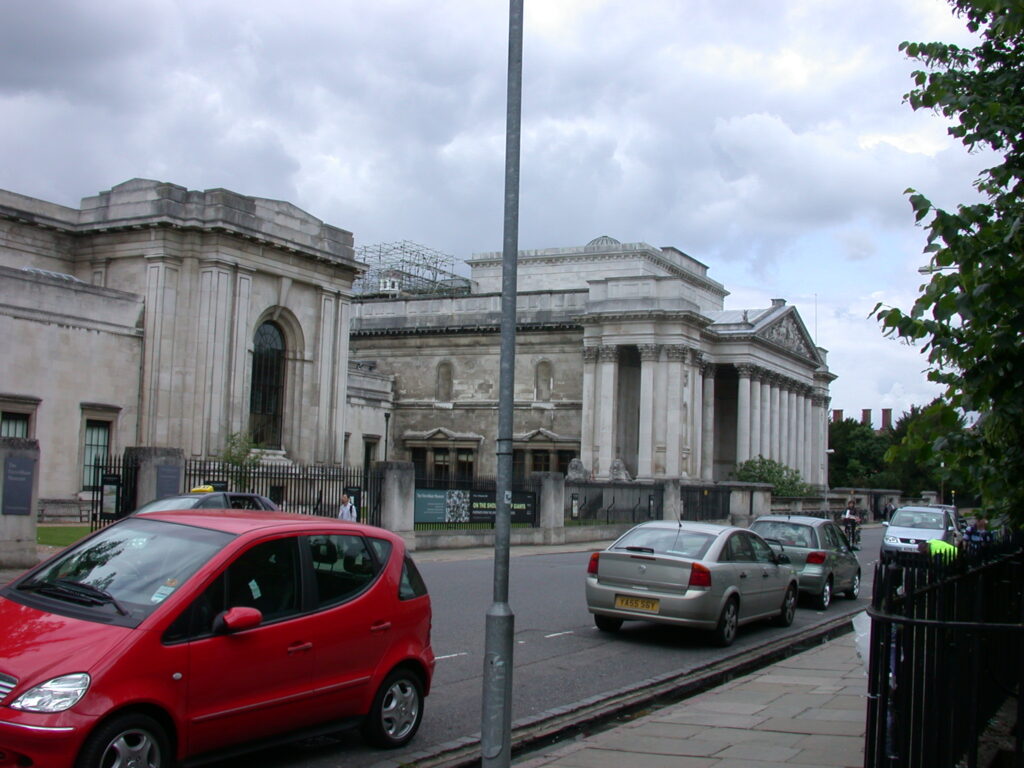
I walked to the Fitzwilliam Museum and, since the museum’s 25th dynasty expert is on leaving writing her thesis, I met with a fellow named Anders Bell, who showed me an Assyrian artifact from the museum’s store (i.e. storage area) then directed me to the ancient Sudan gallery and three ancient Egyptian galleries, excellent for research purposes.
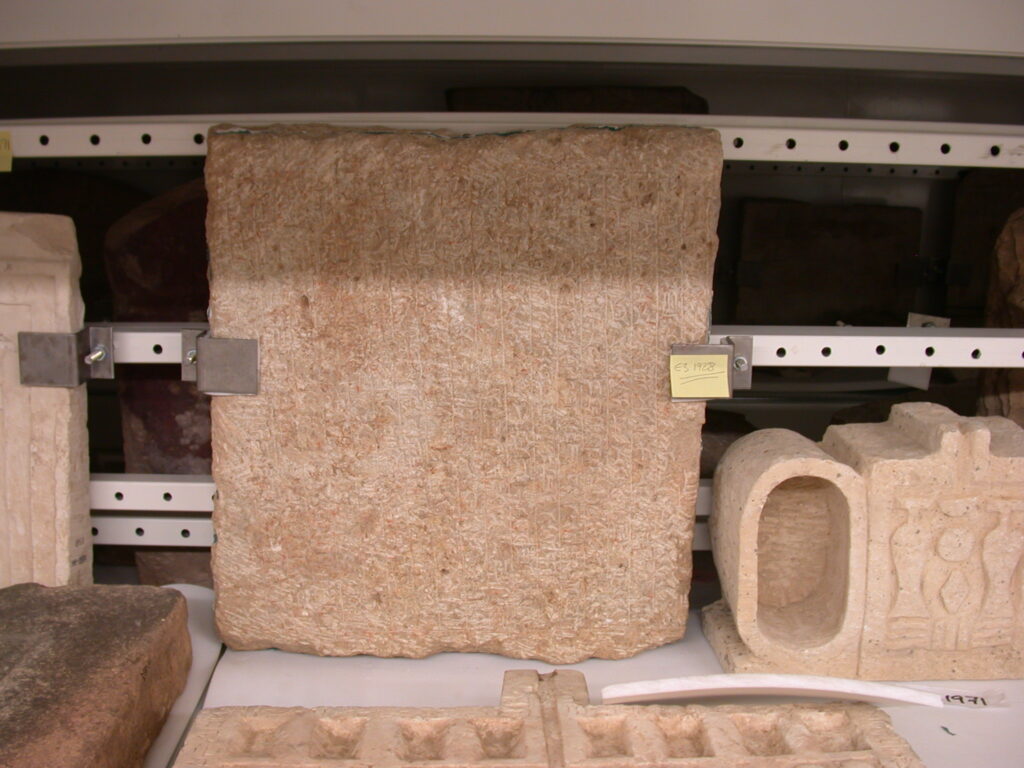
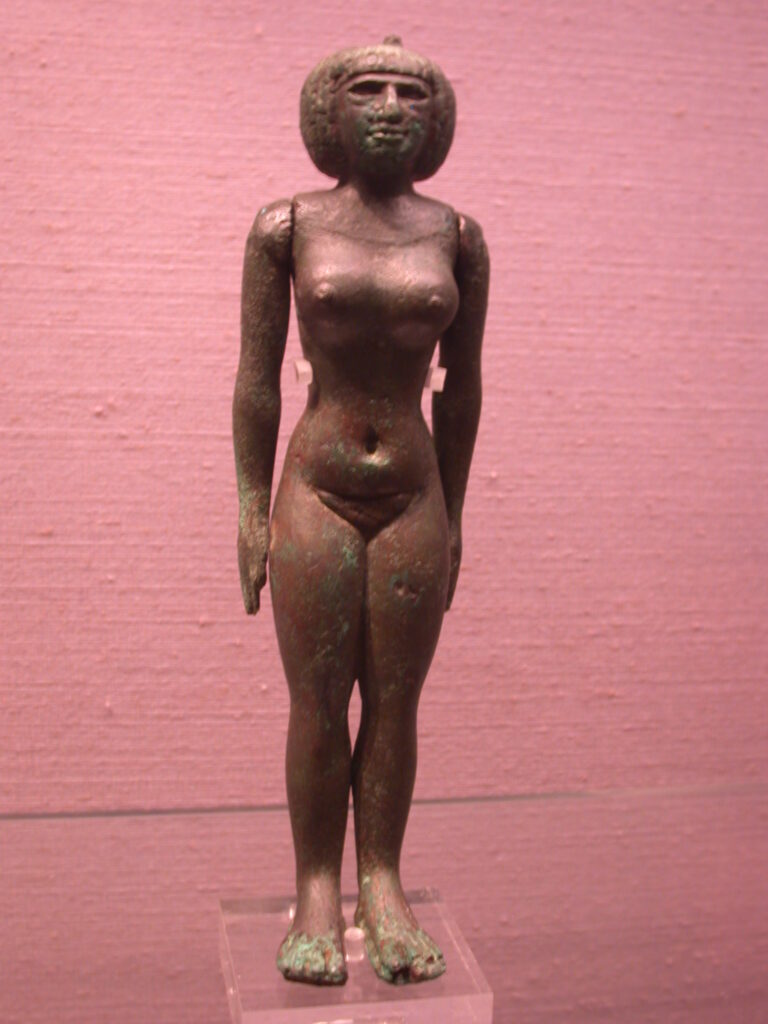
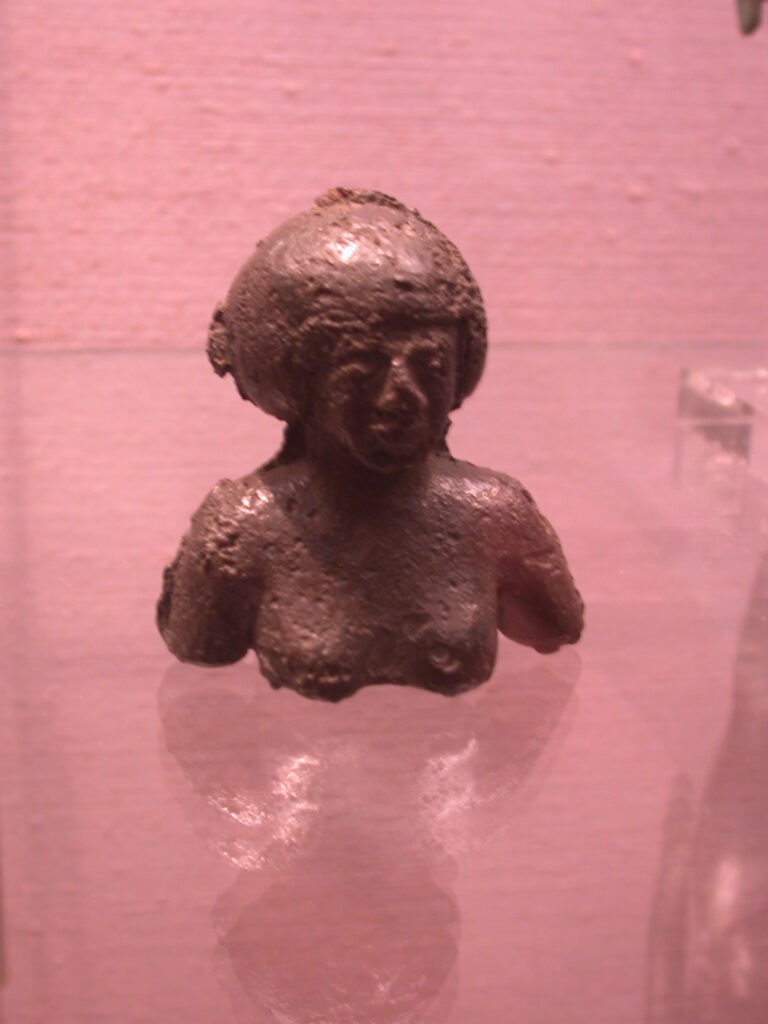
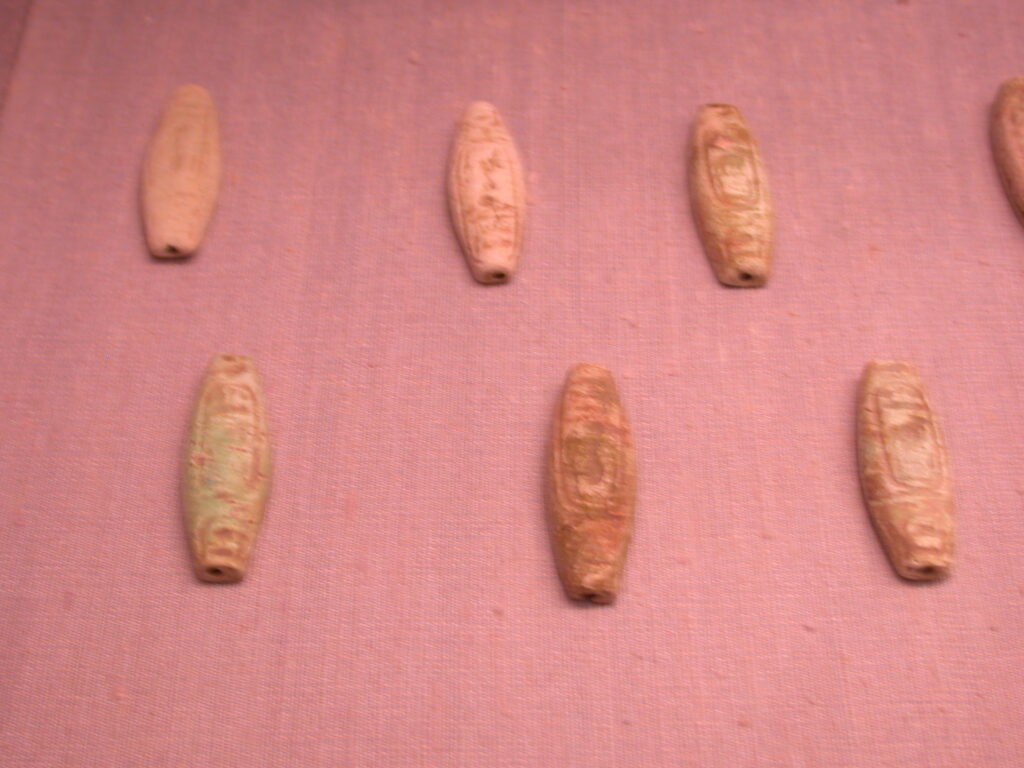
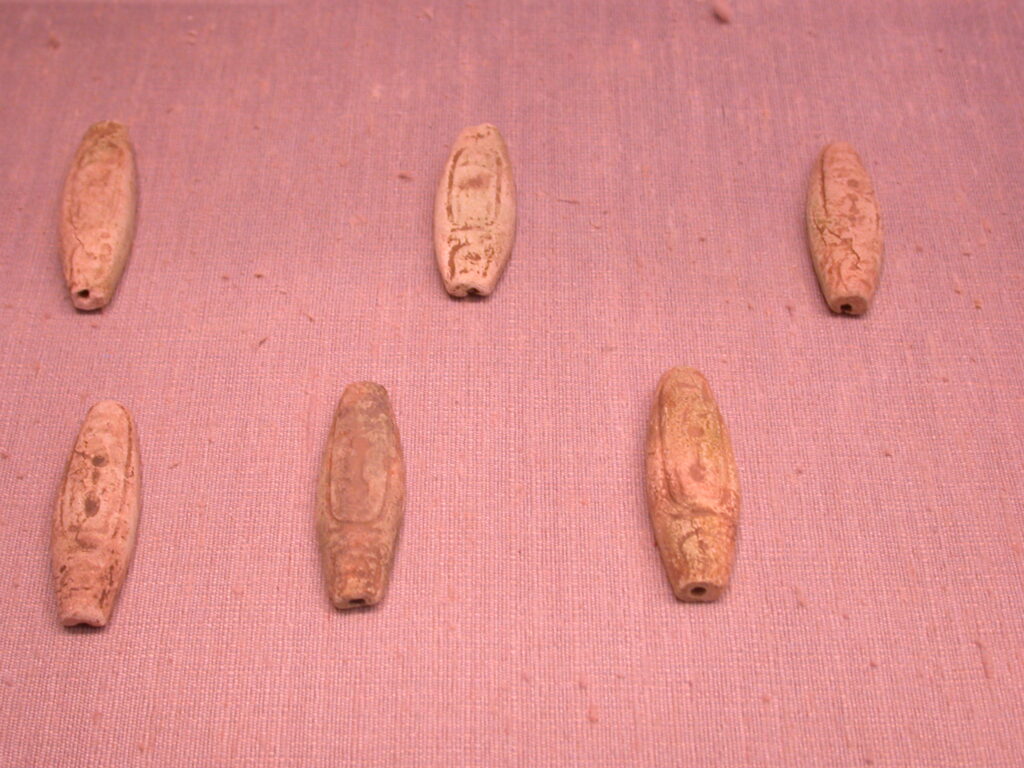
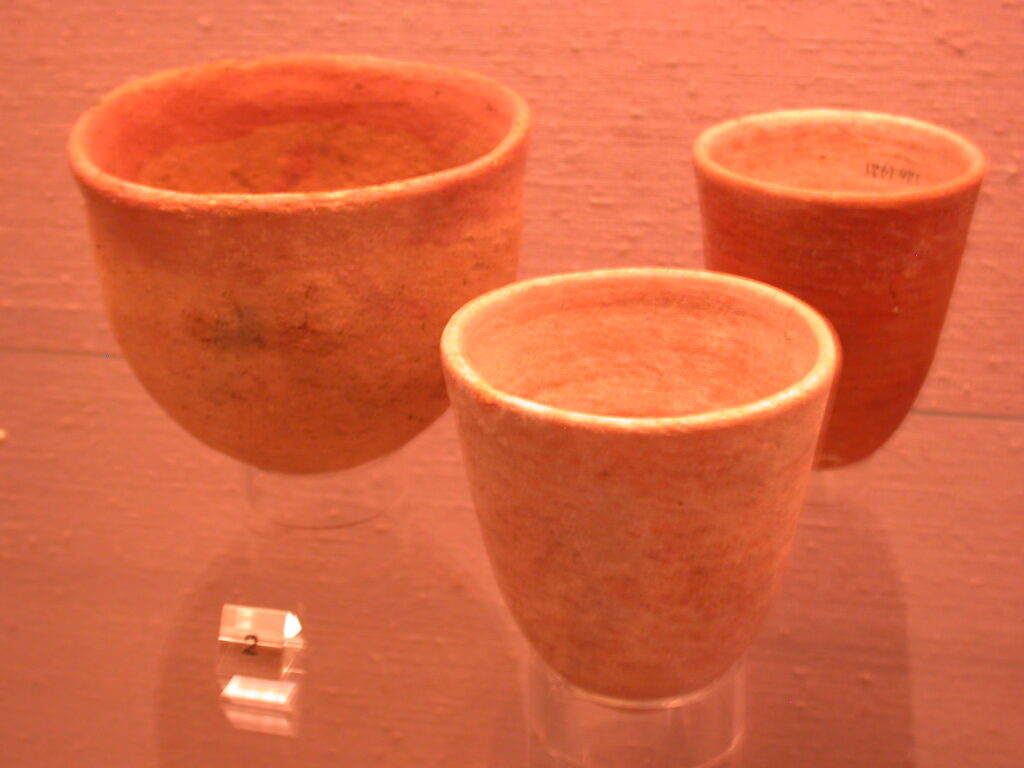
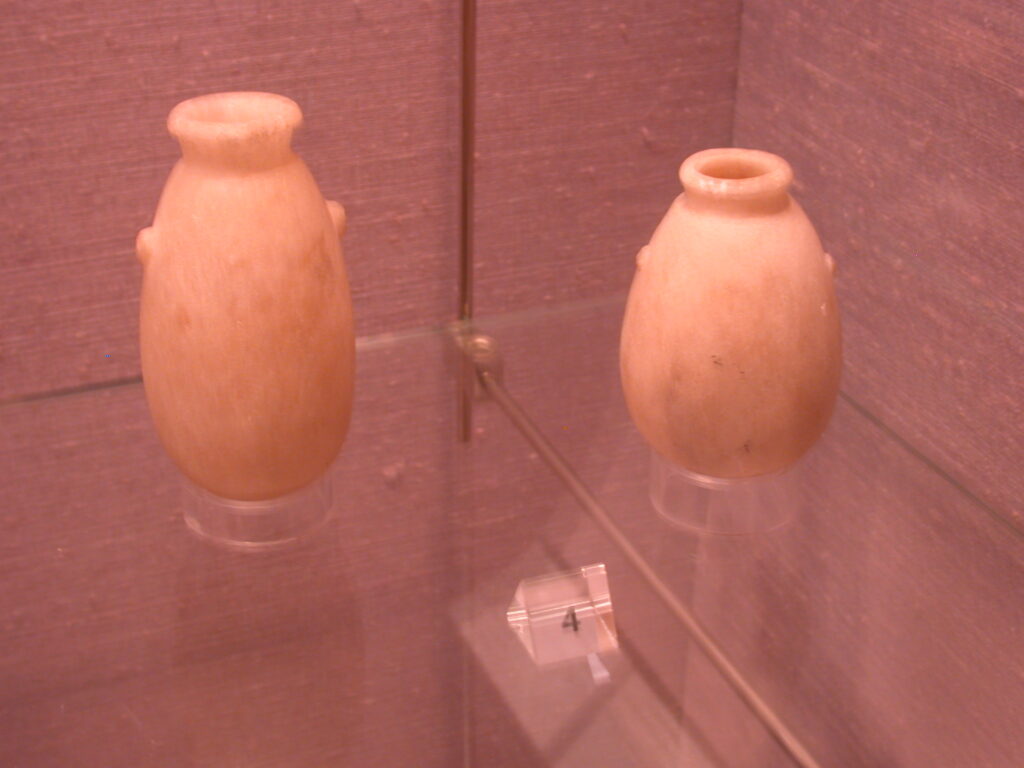
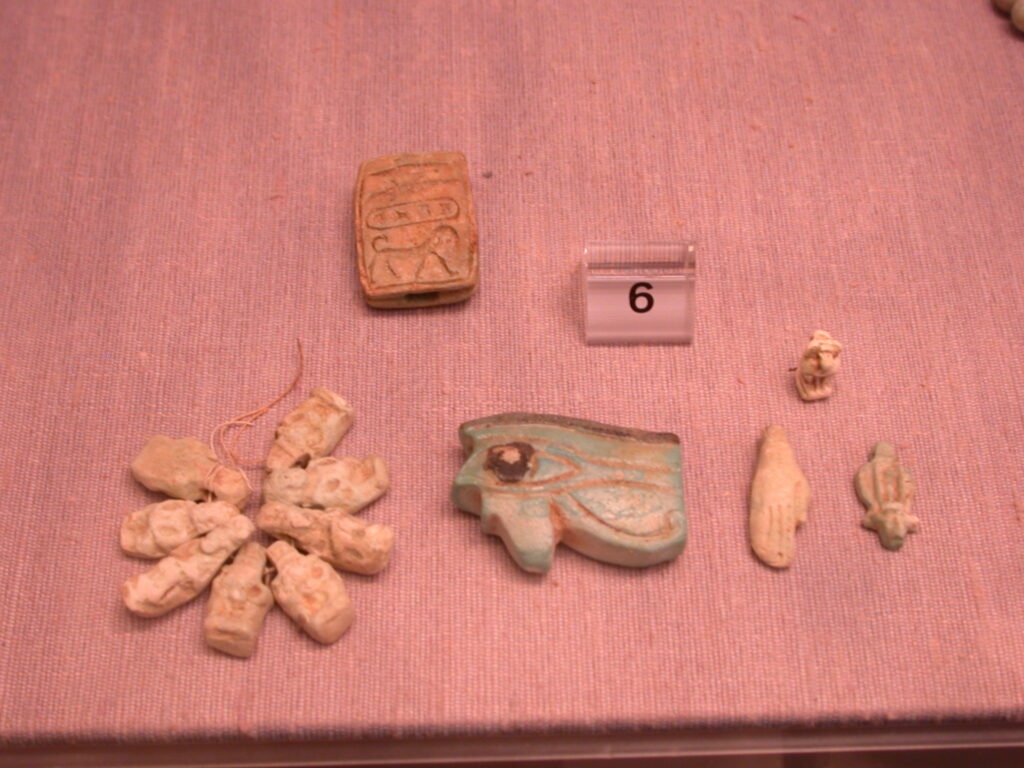
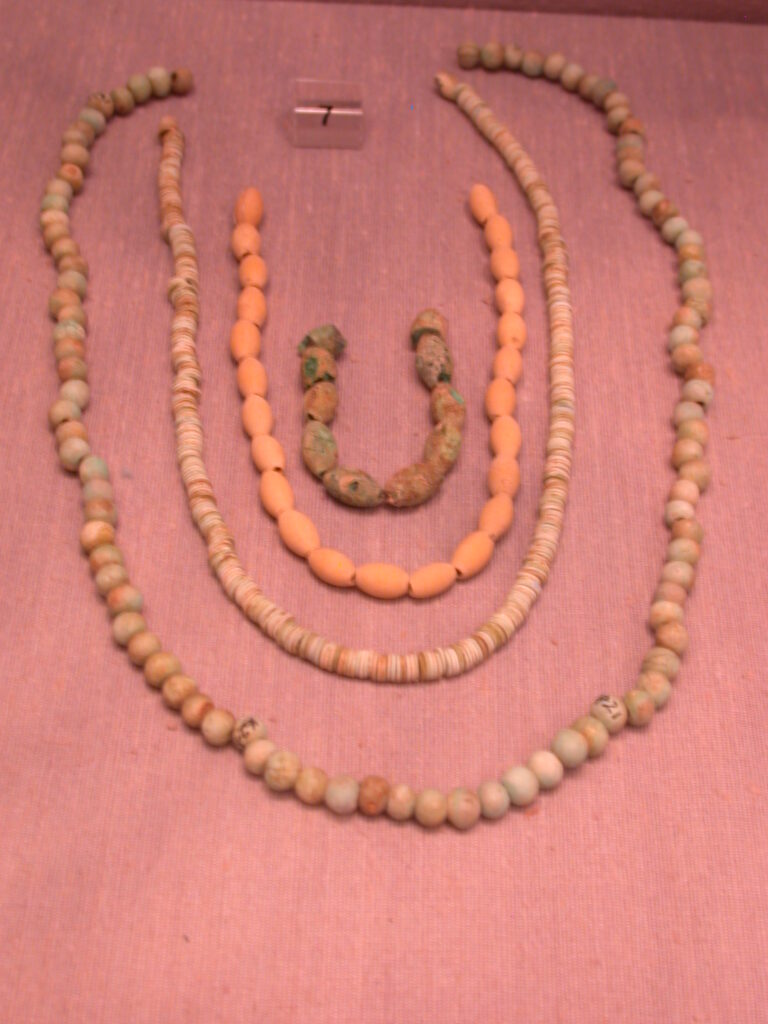
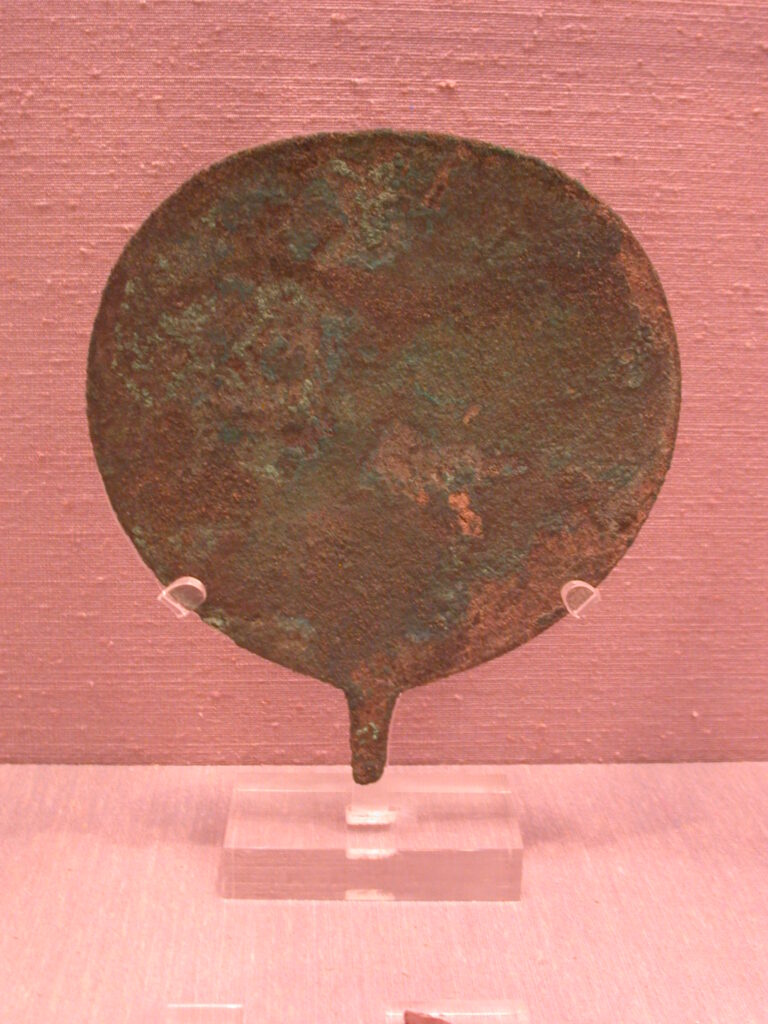
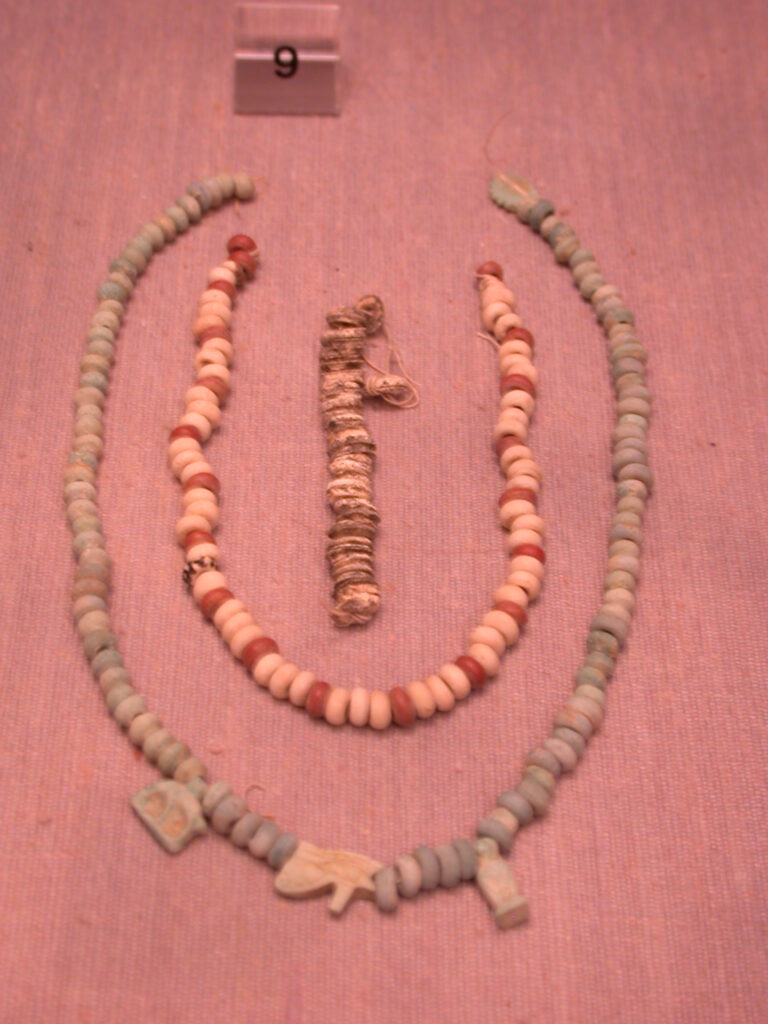
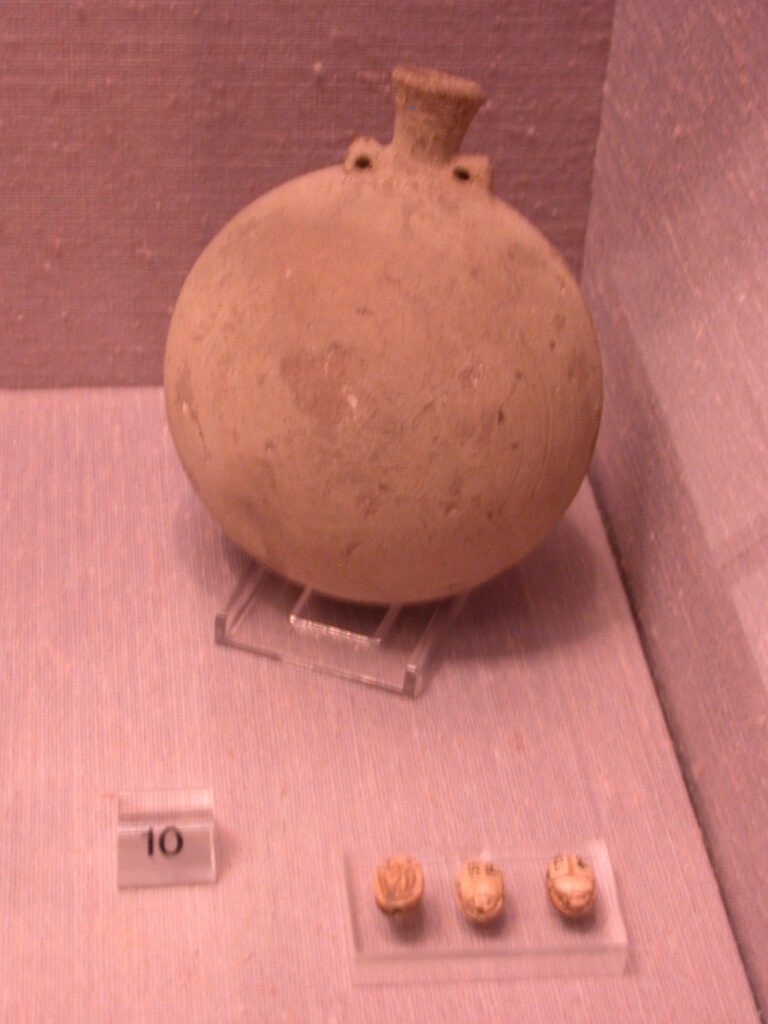
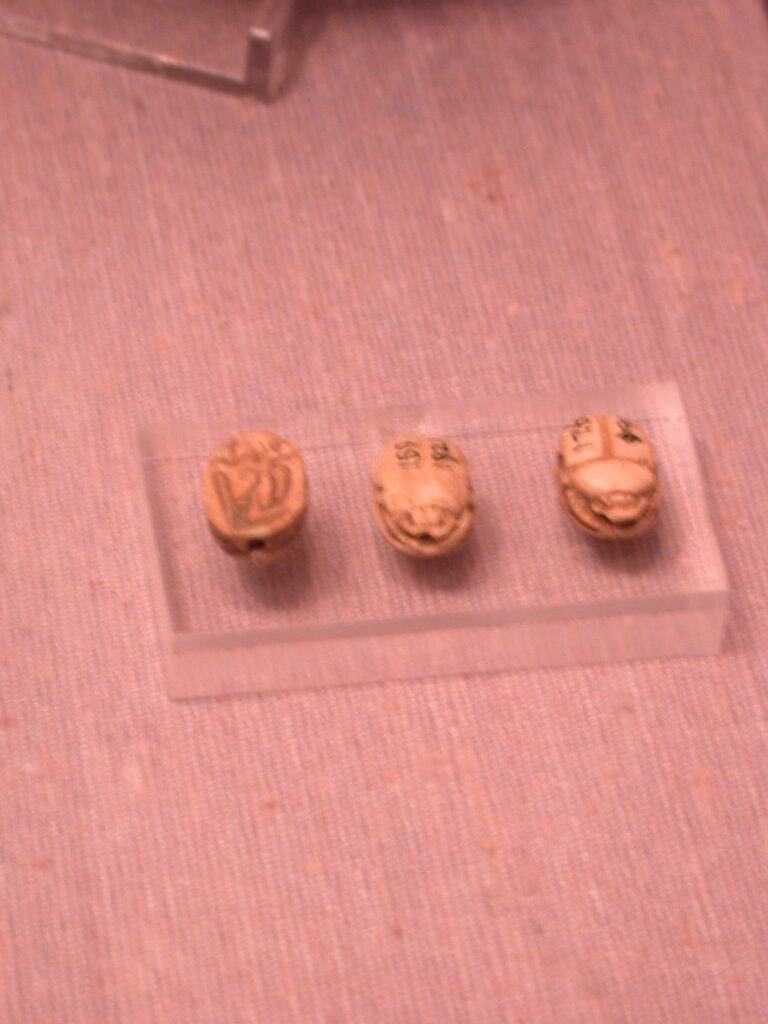
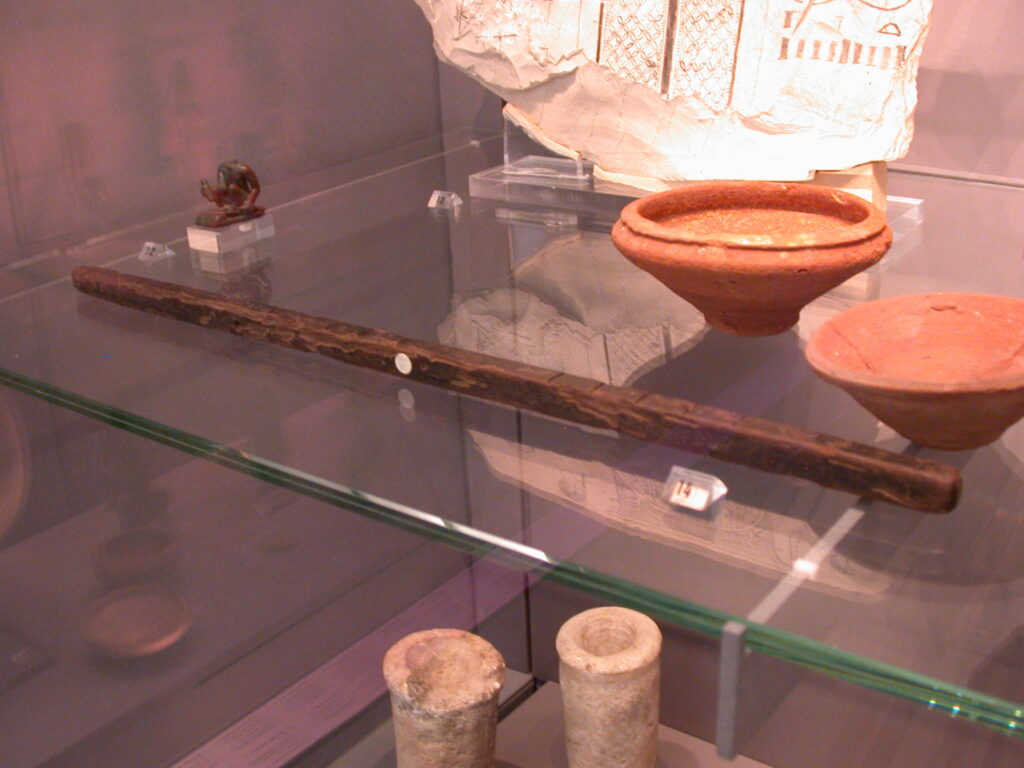
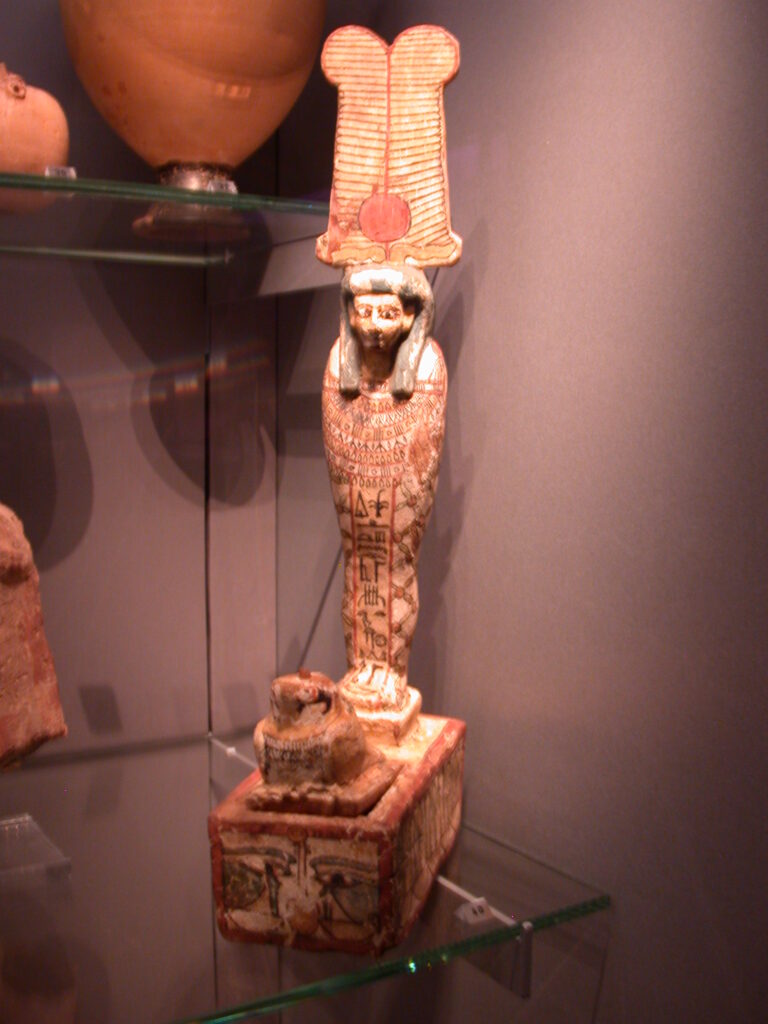
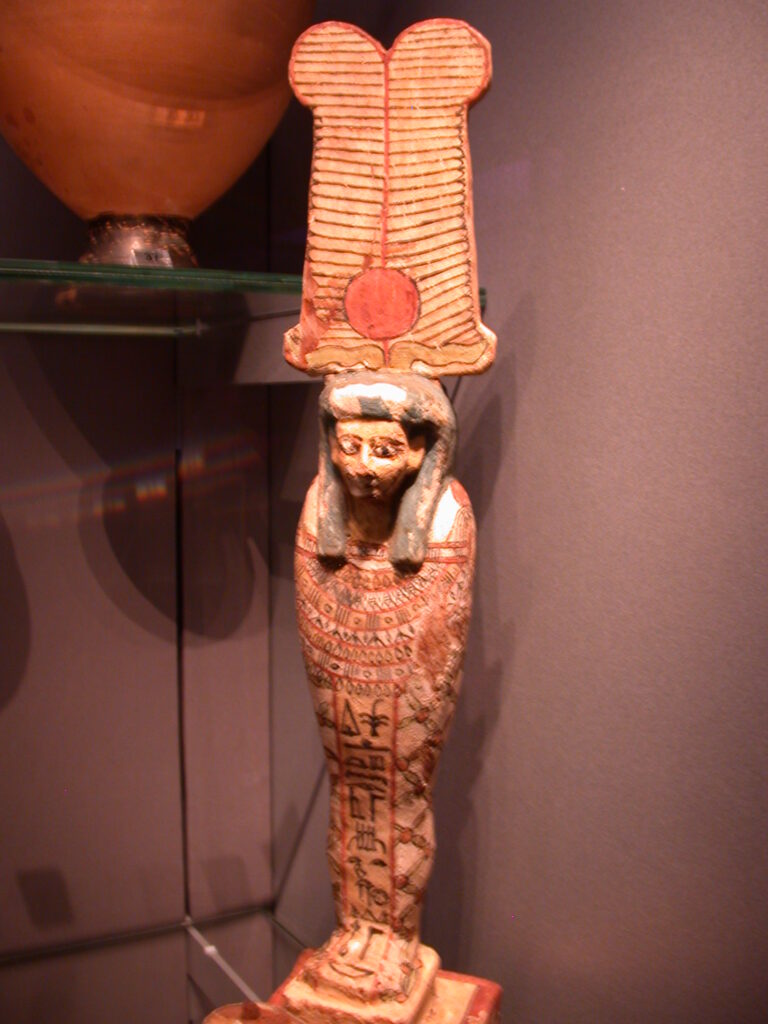
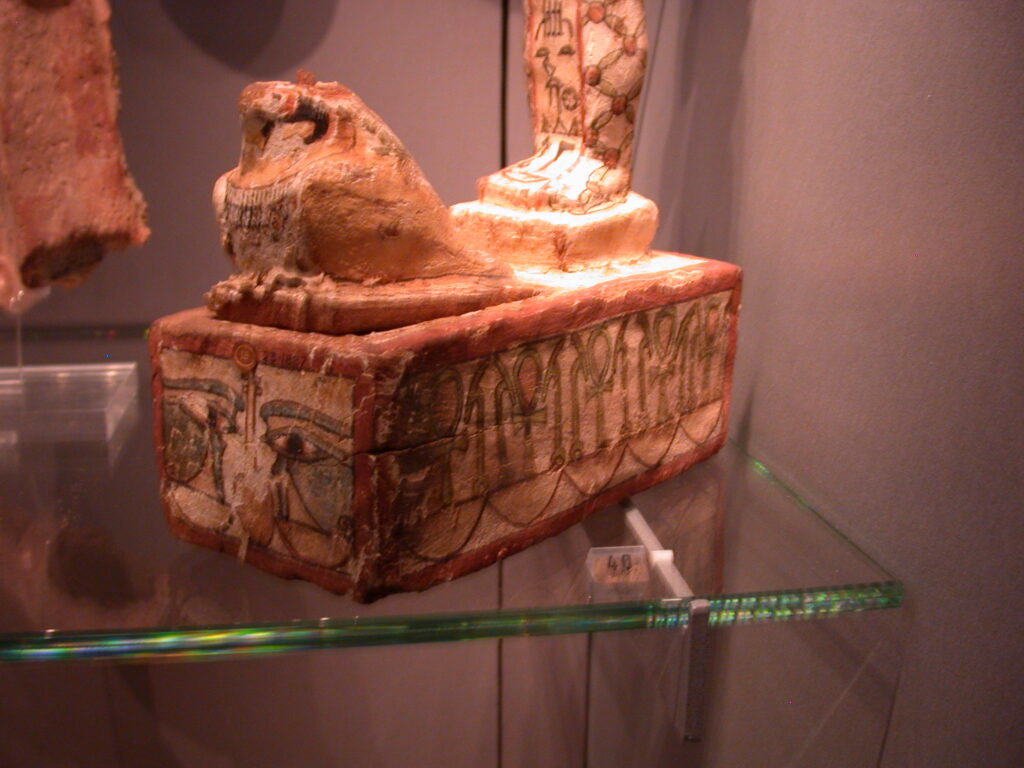
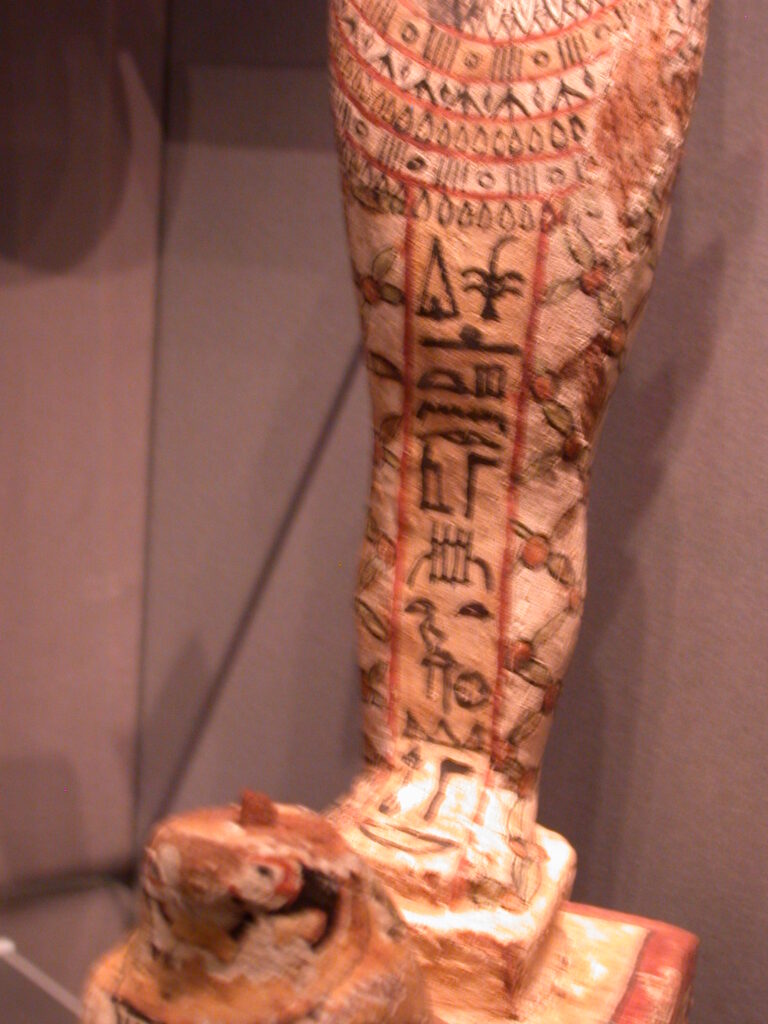
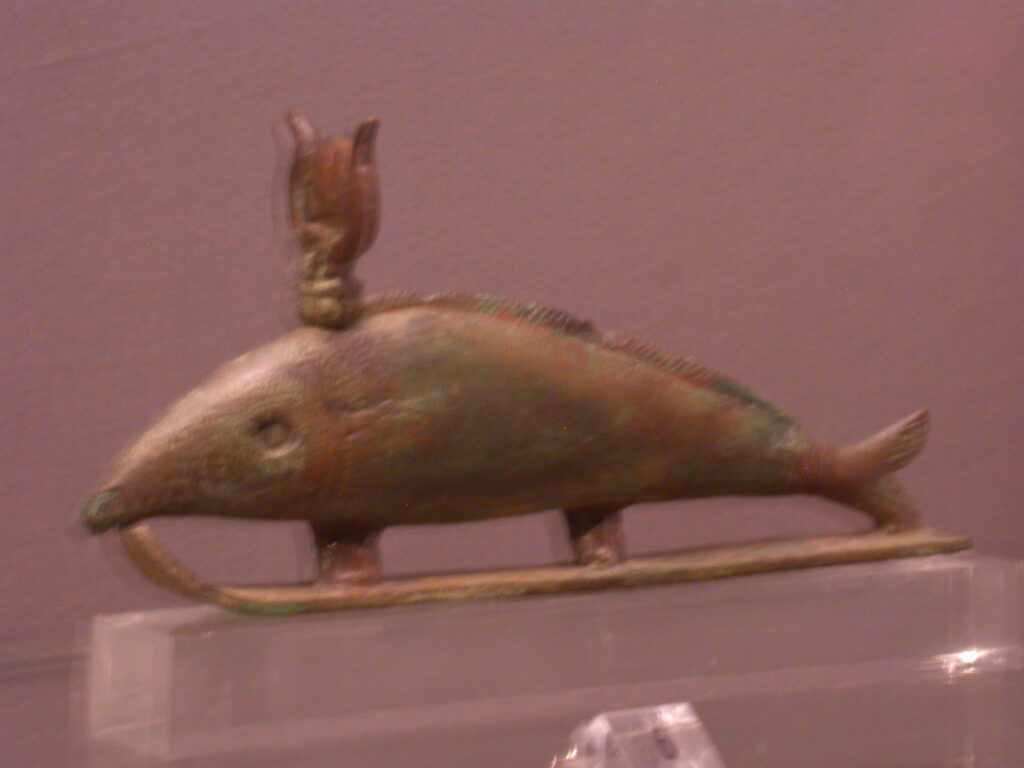
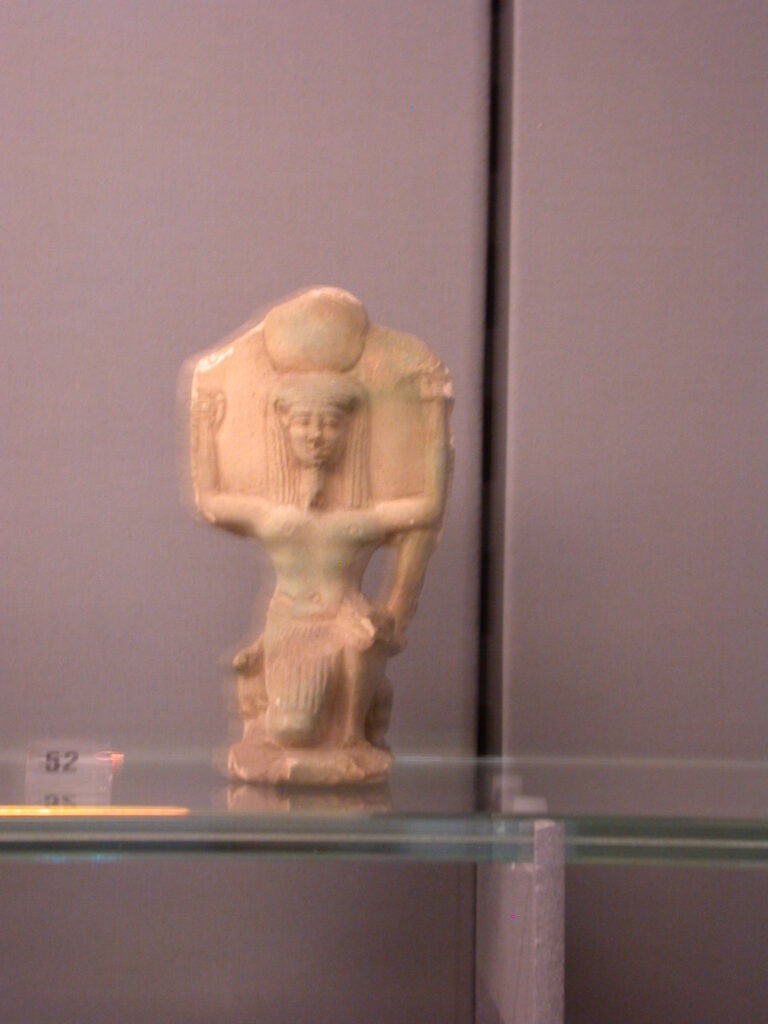
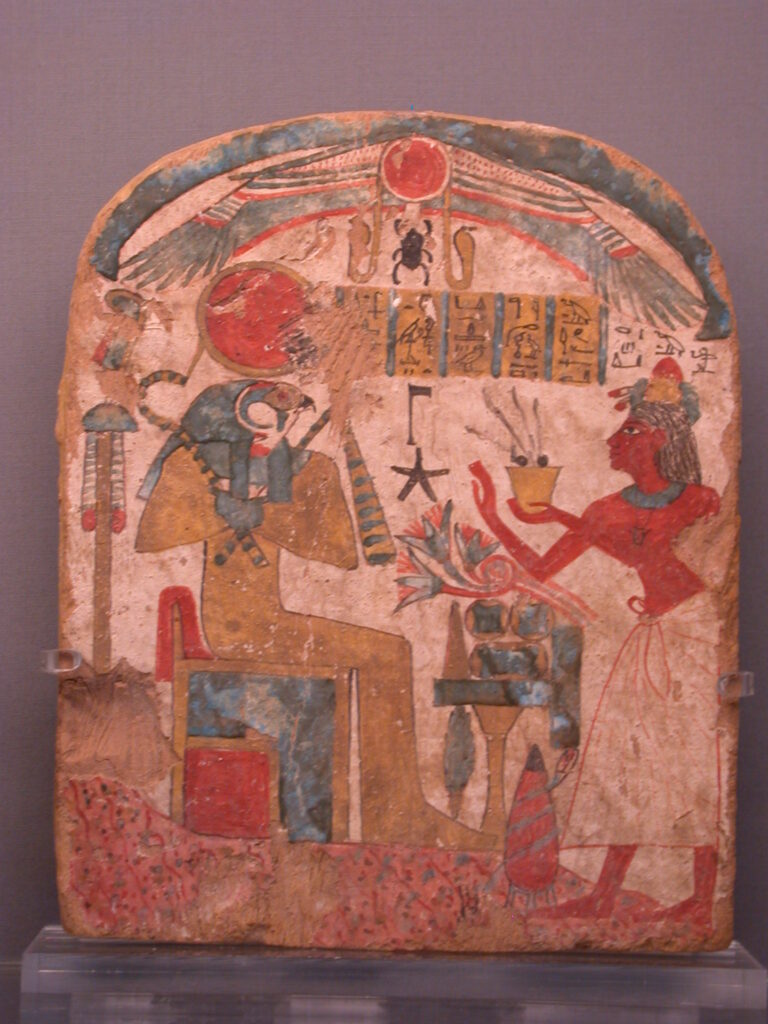
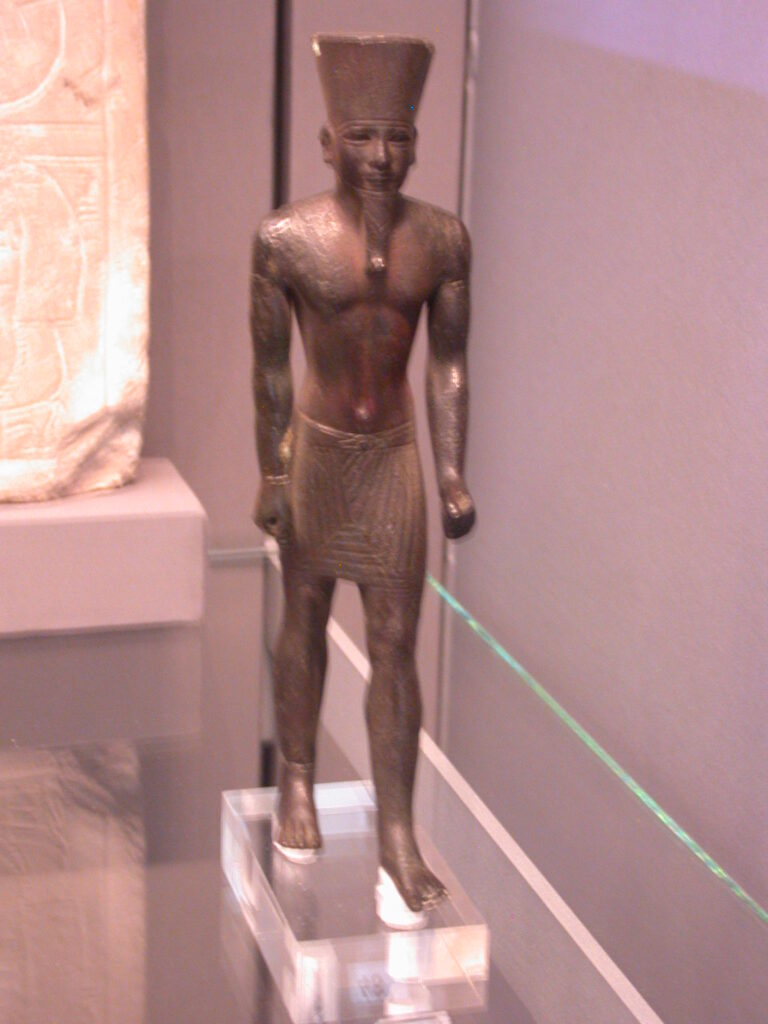
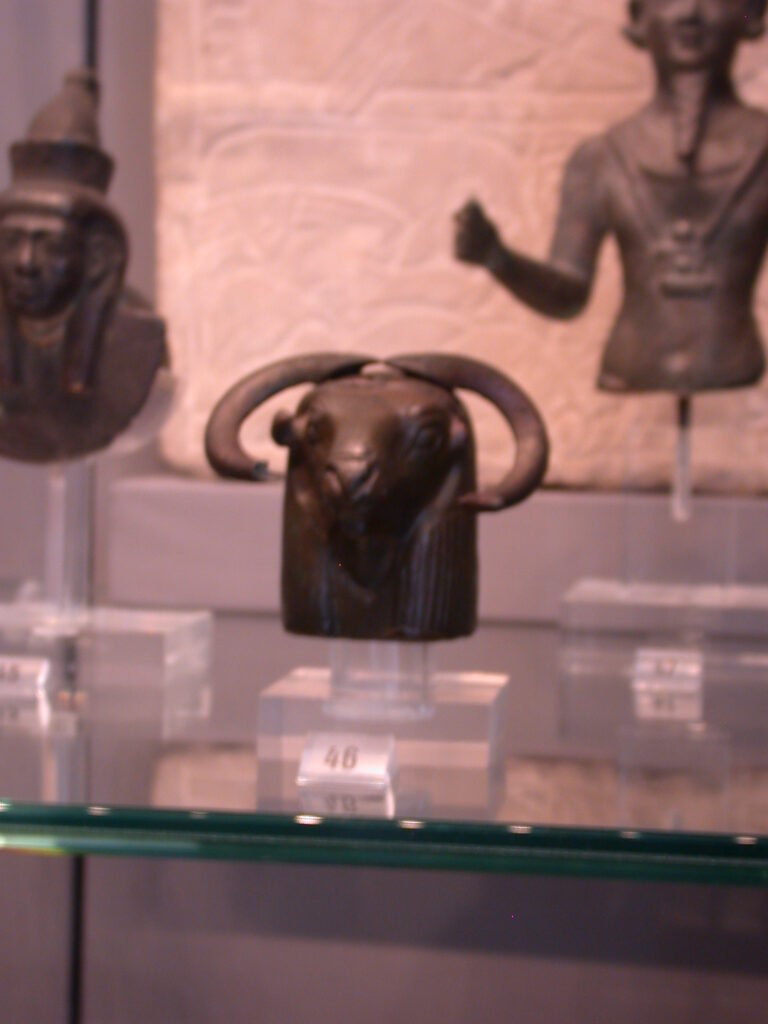
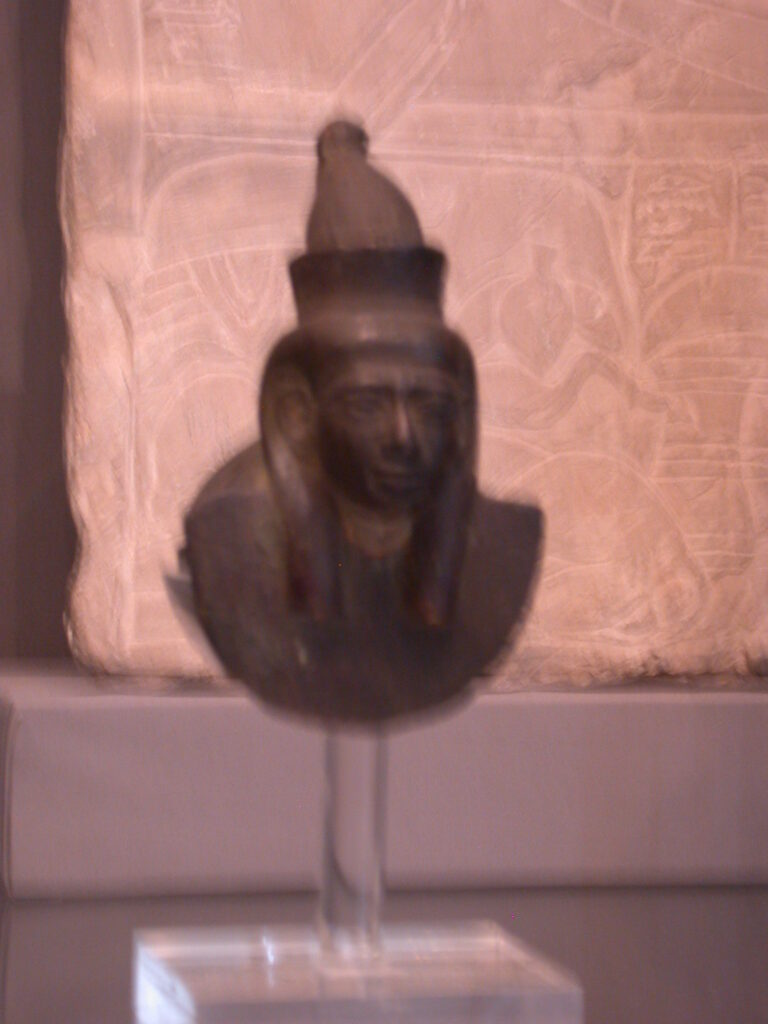
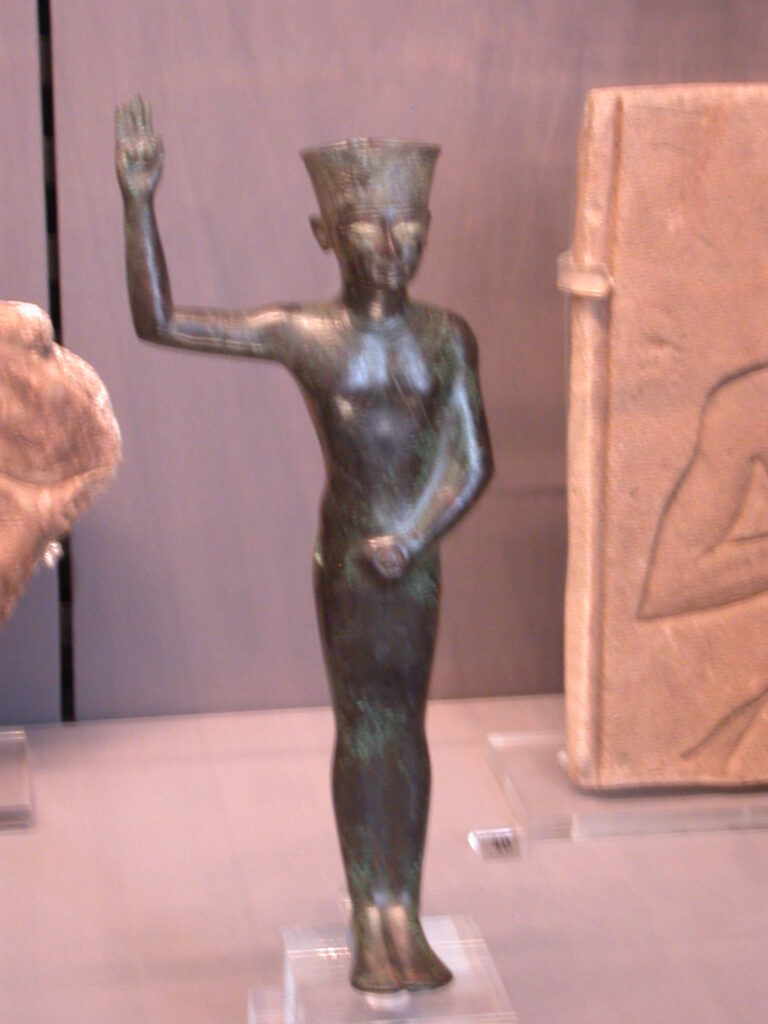
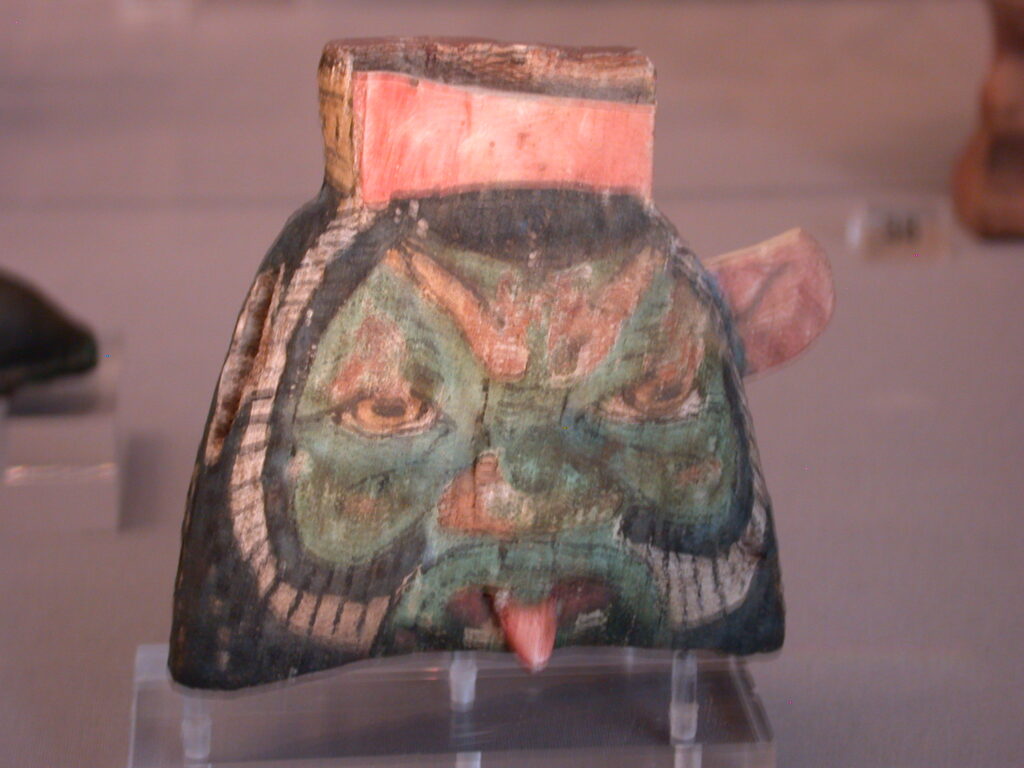
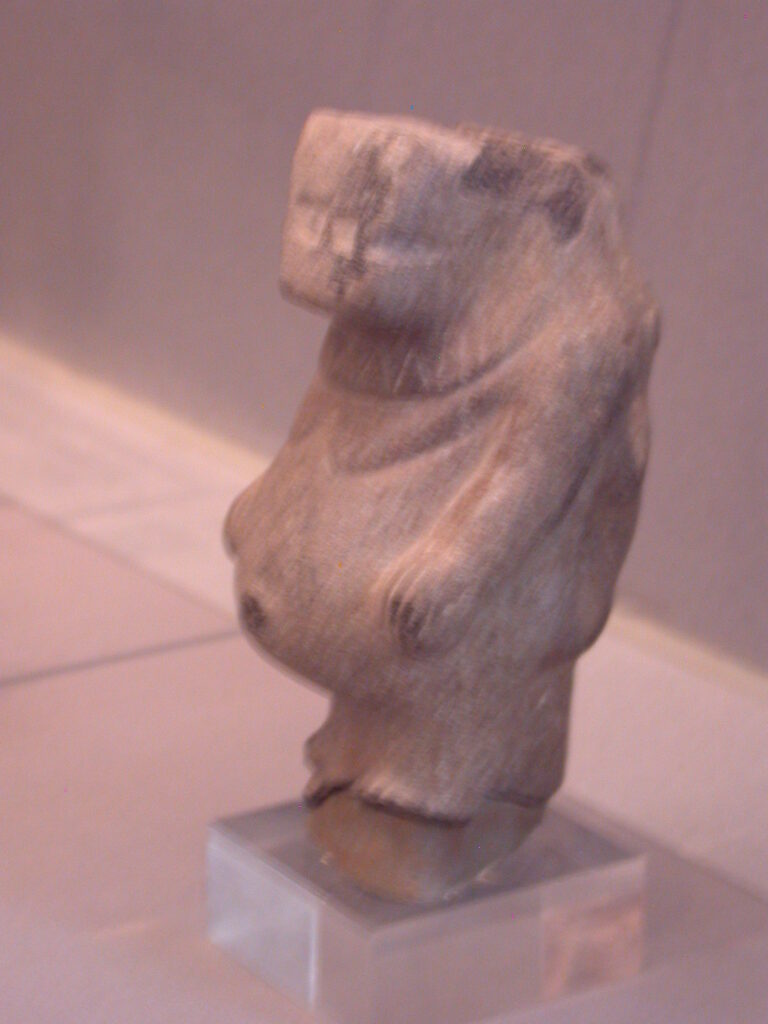
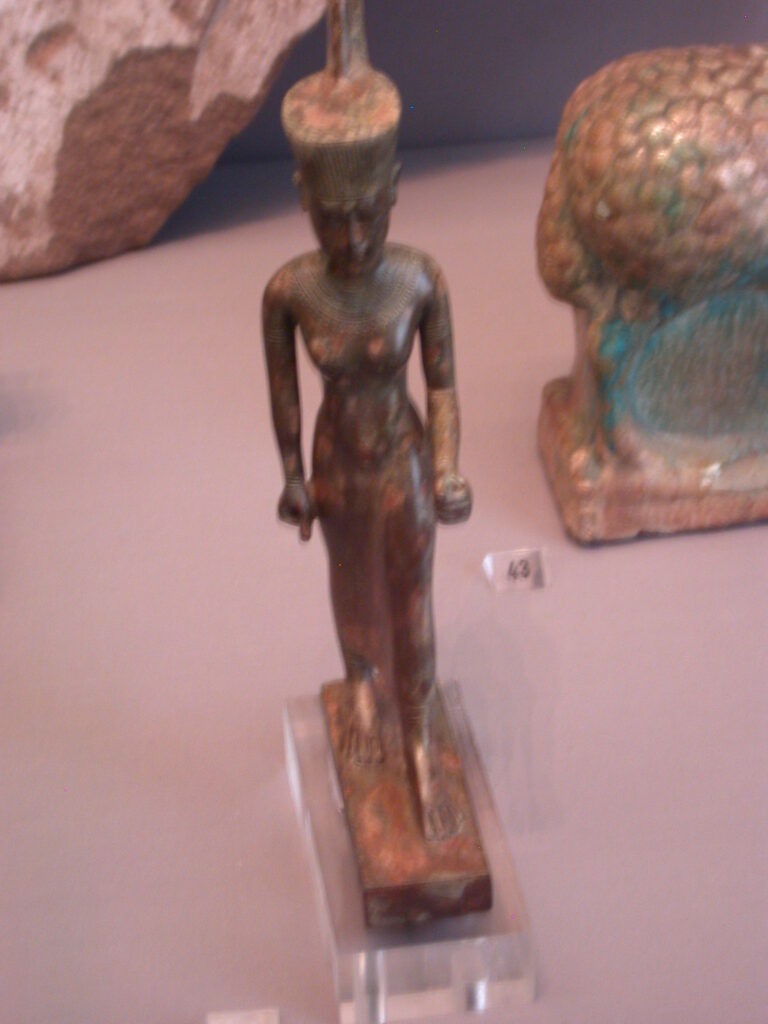
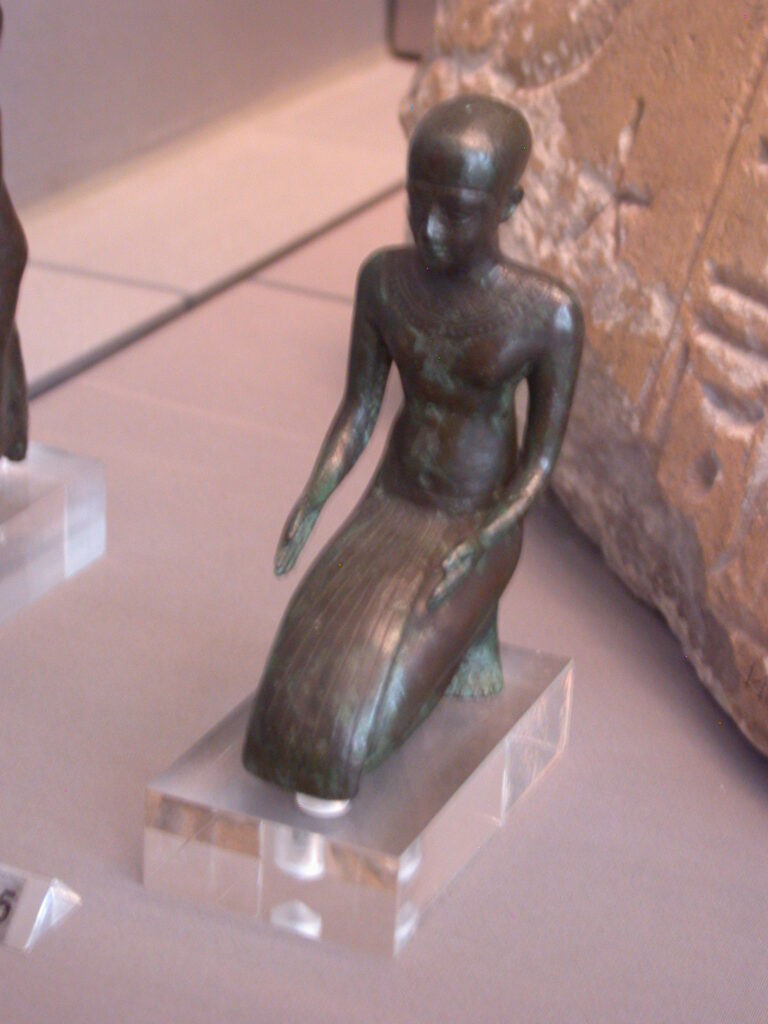
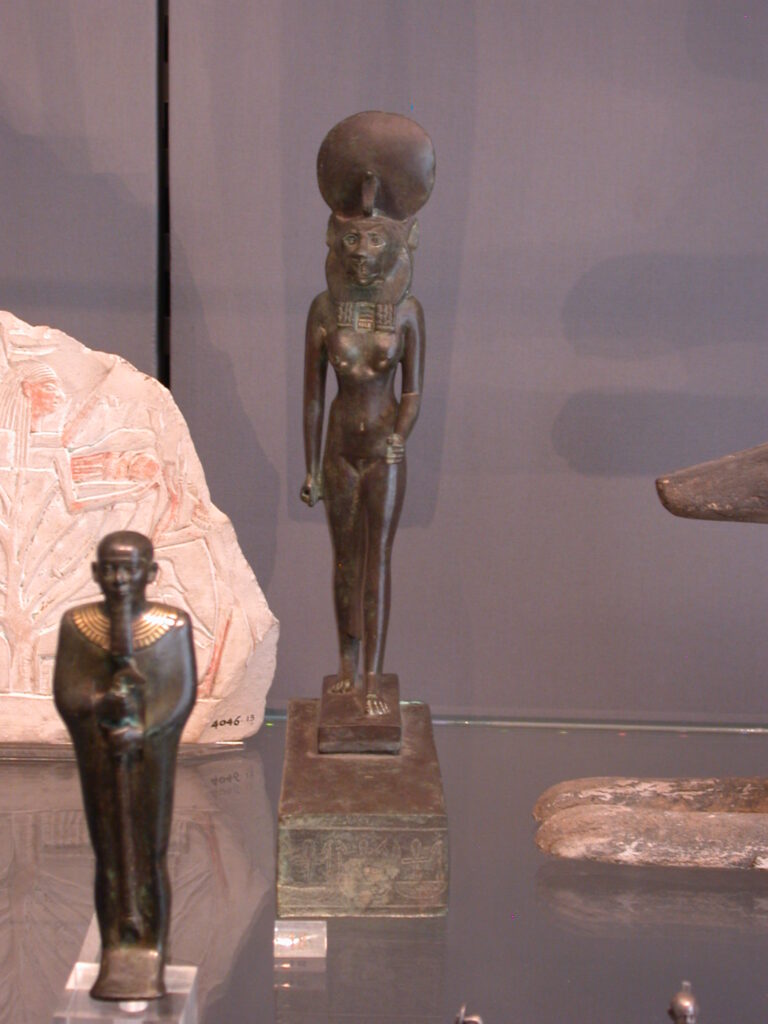
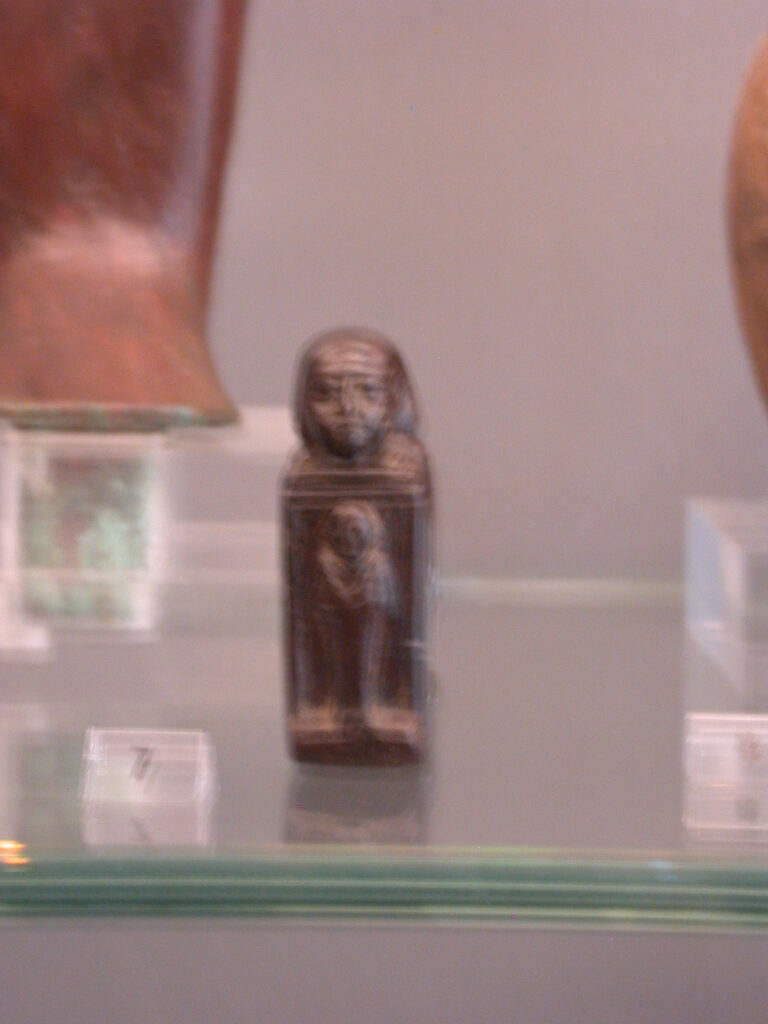
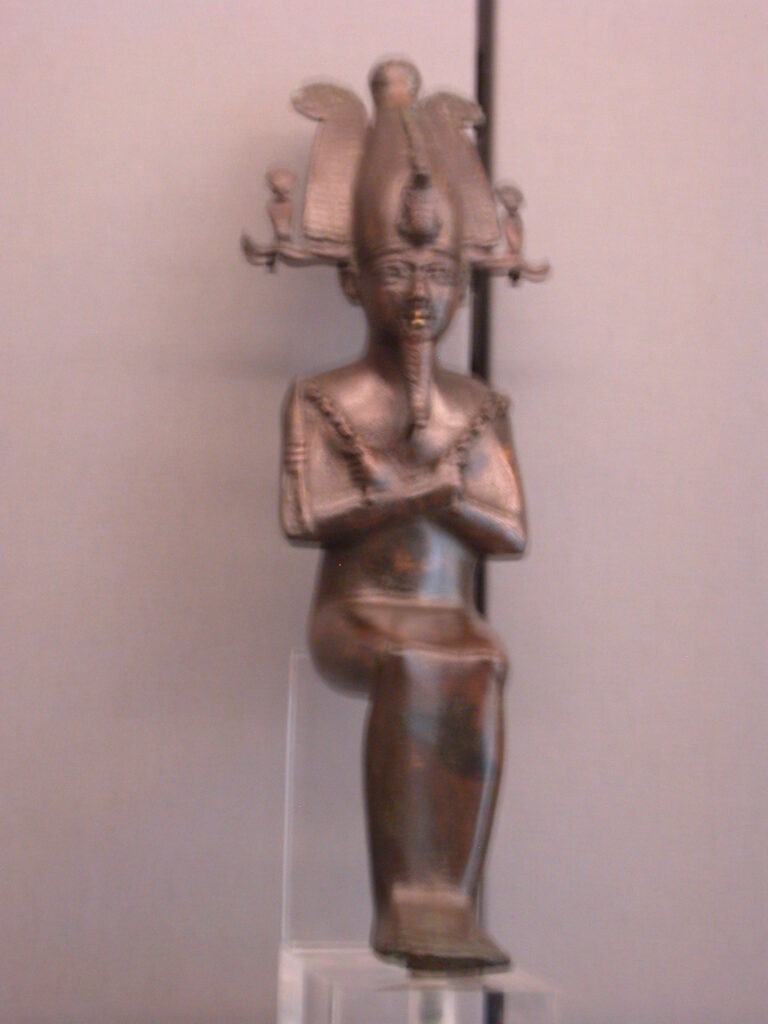
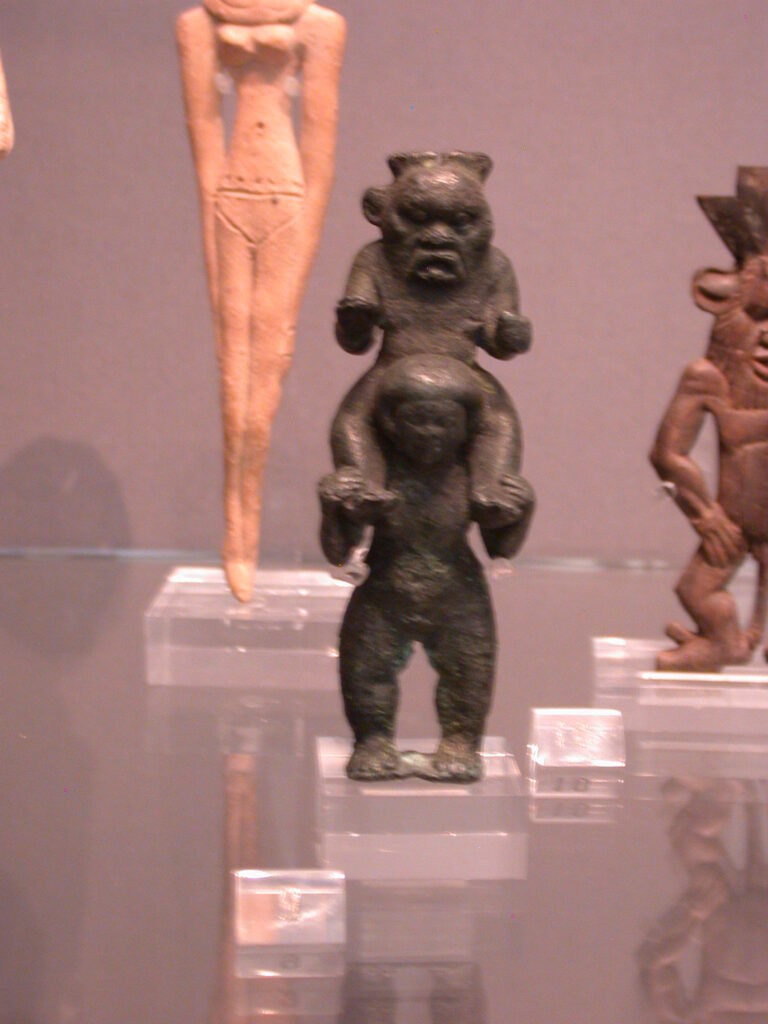
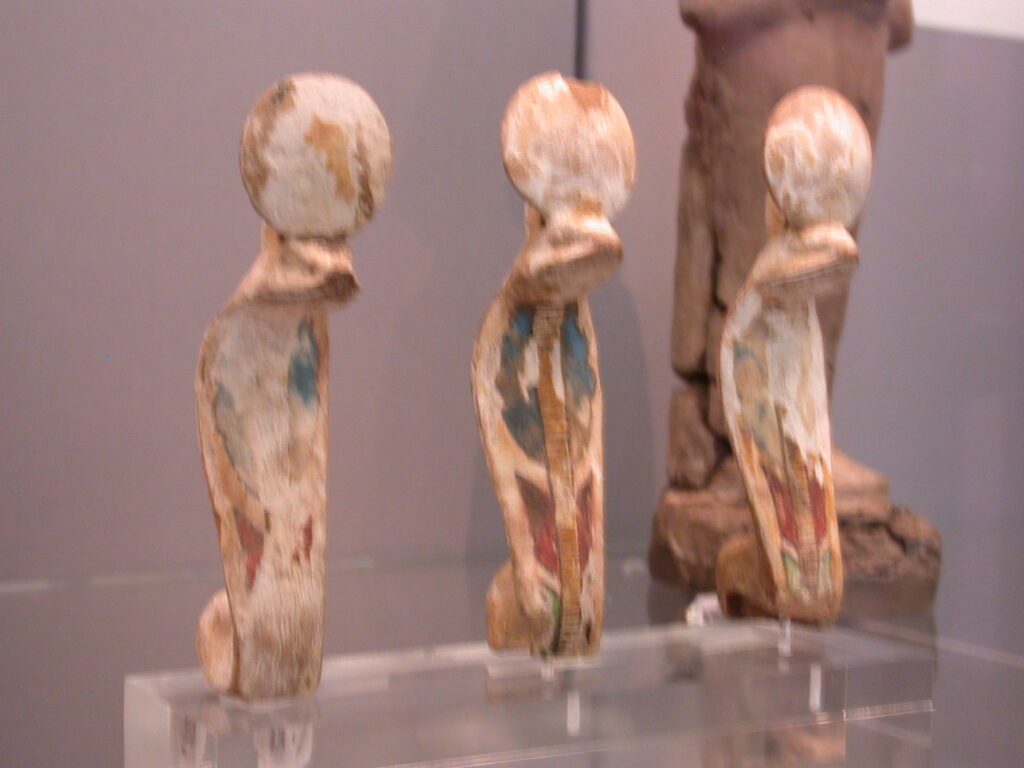
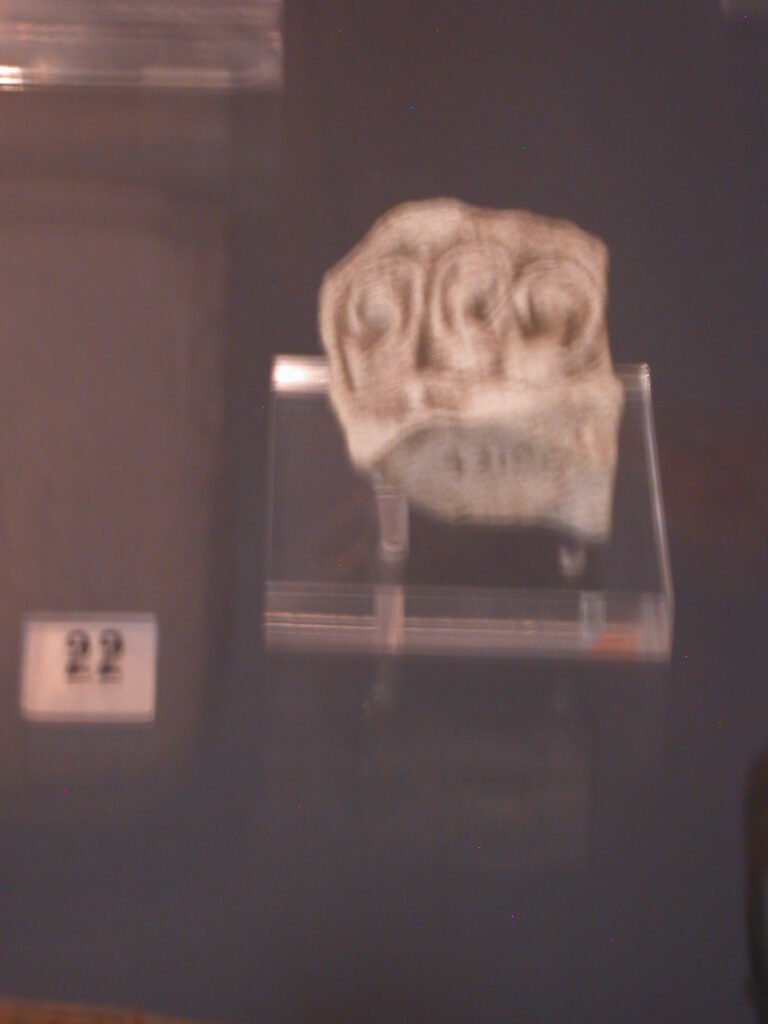
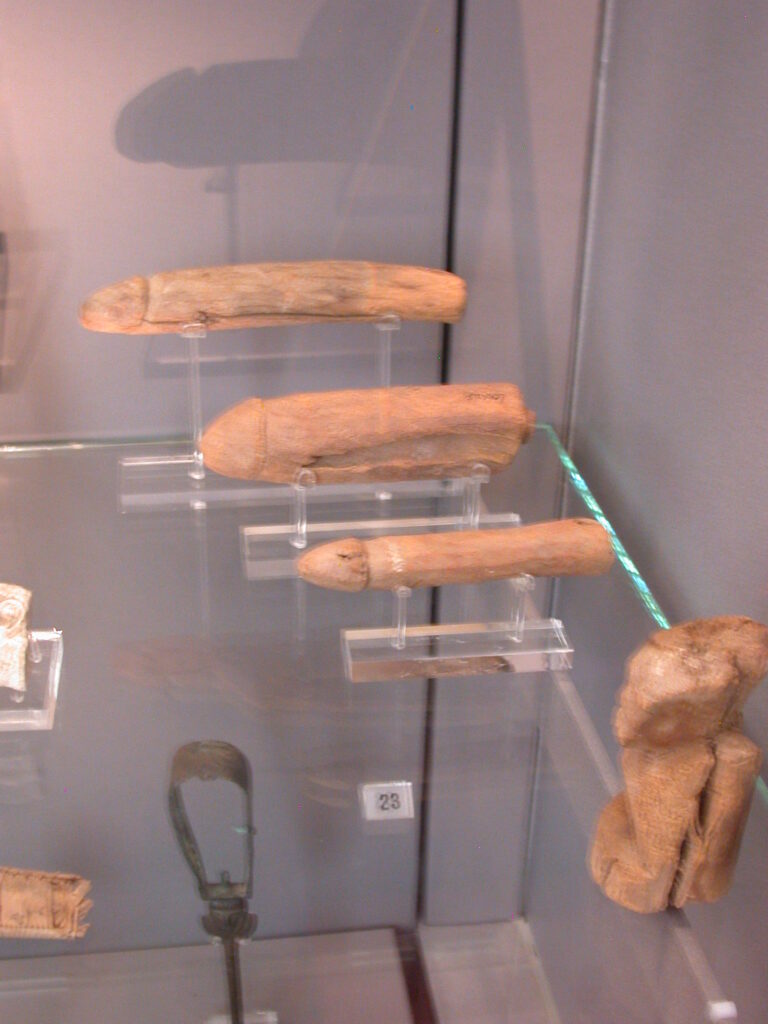
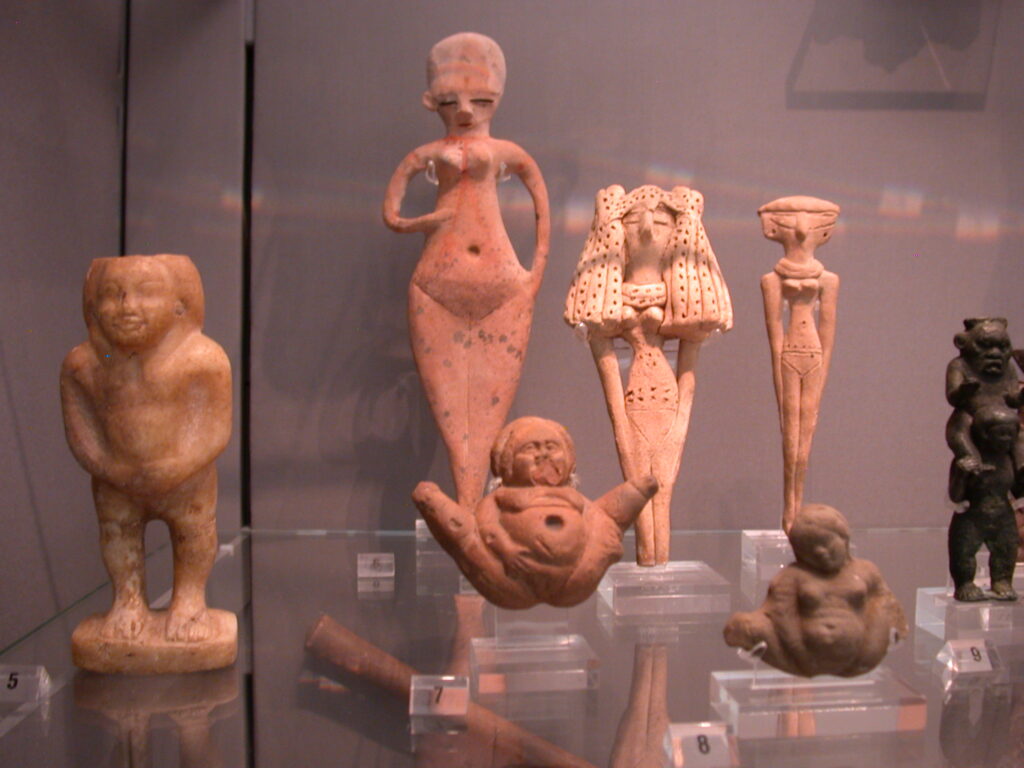
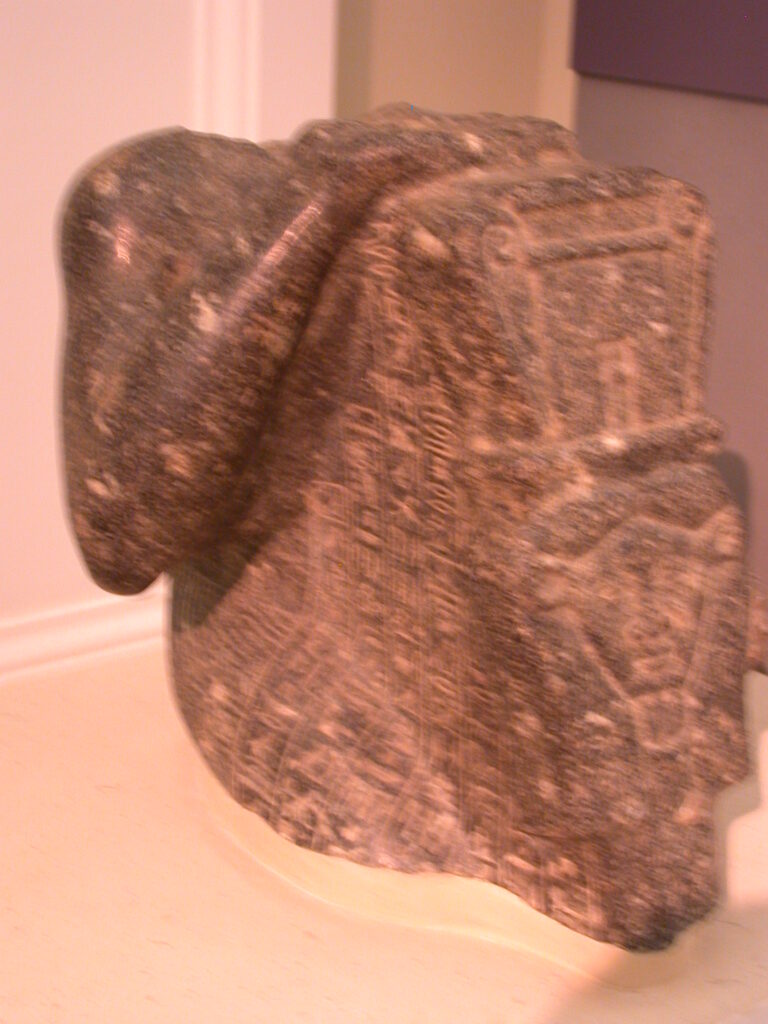
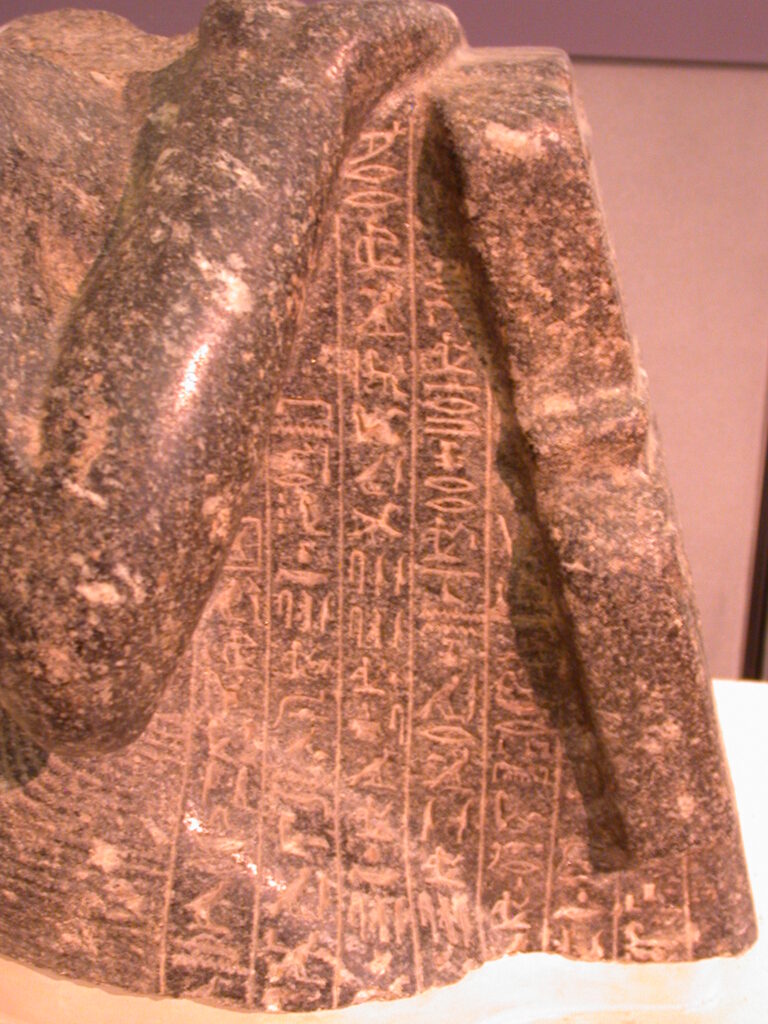
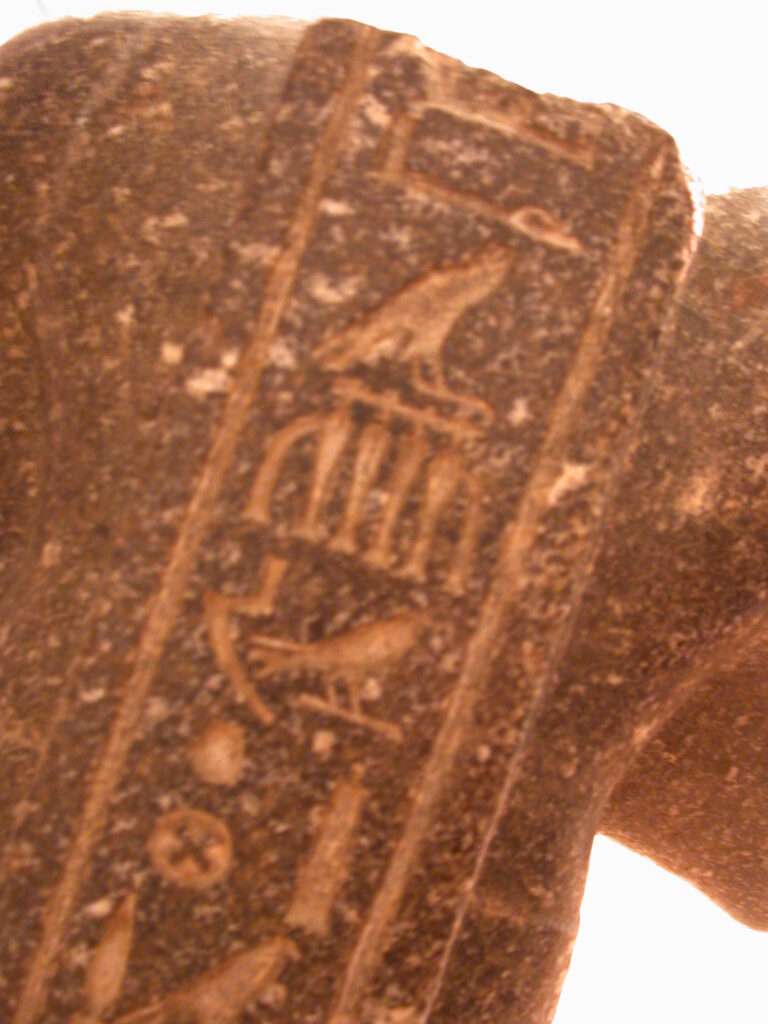
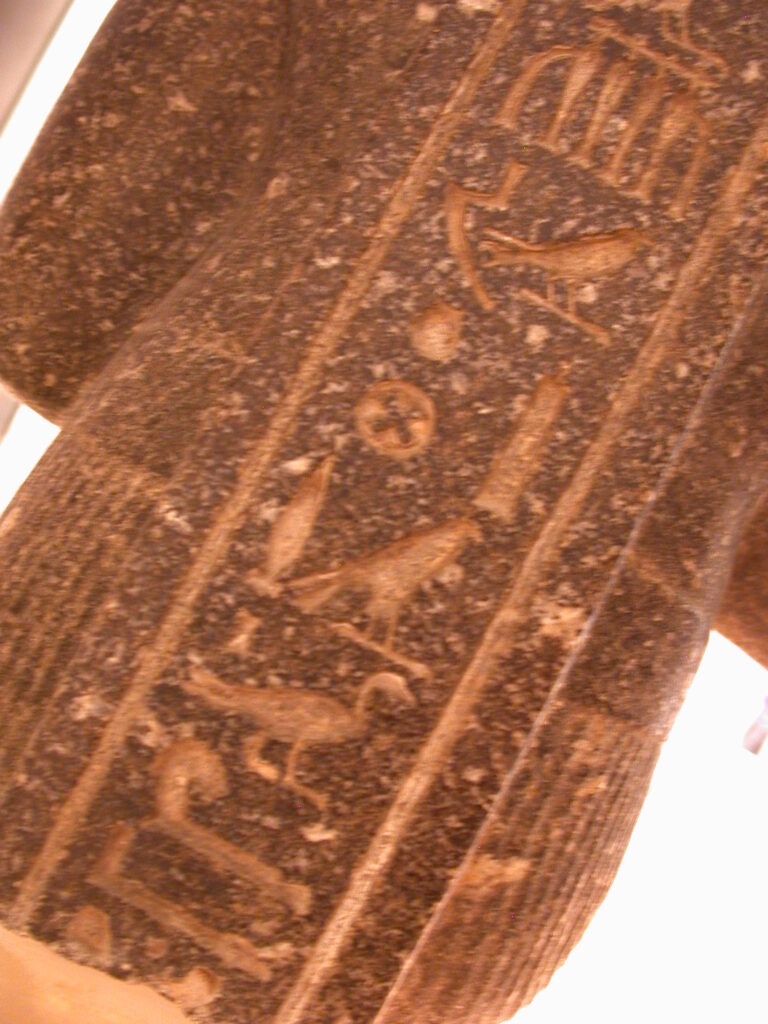
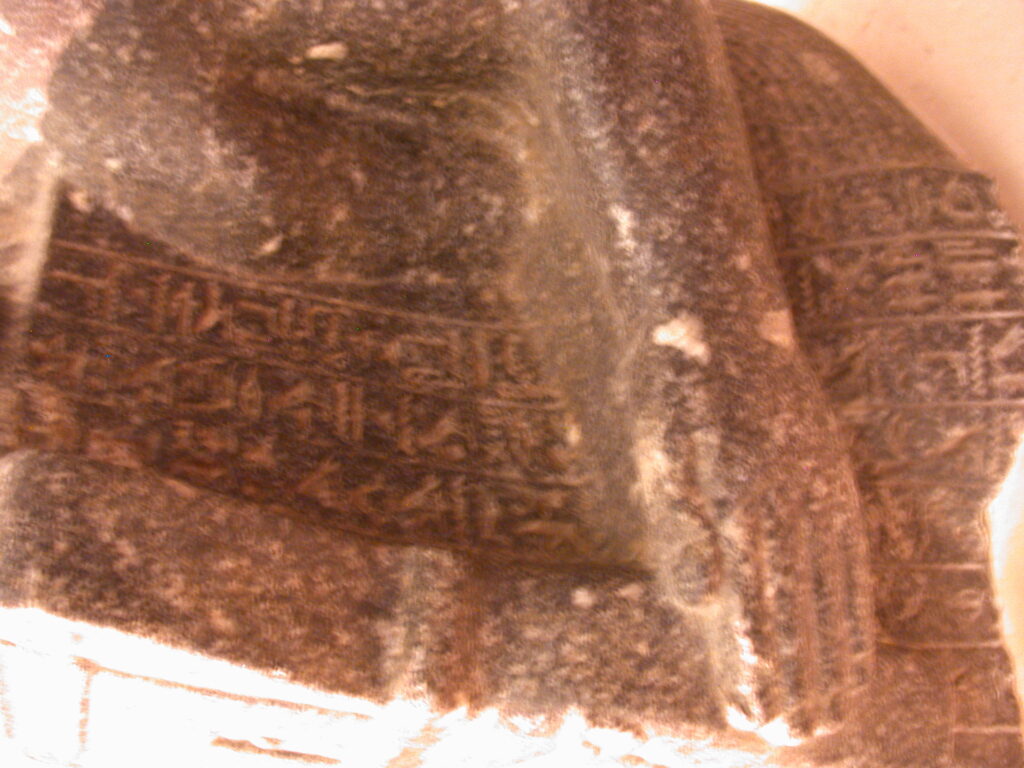
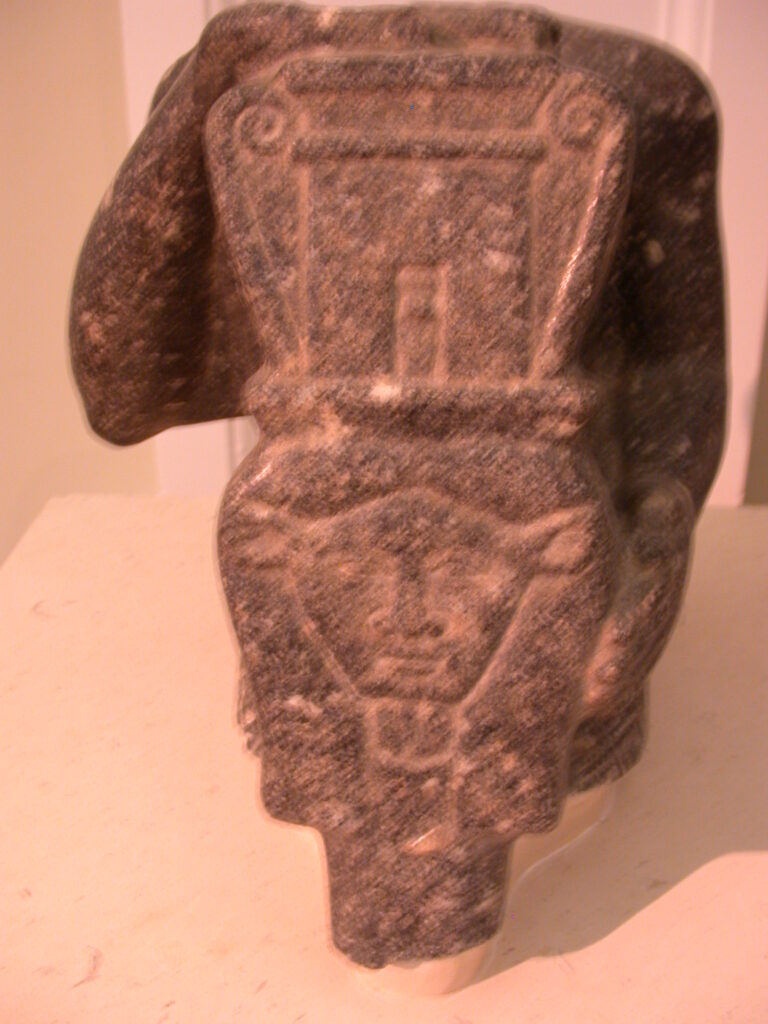
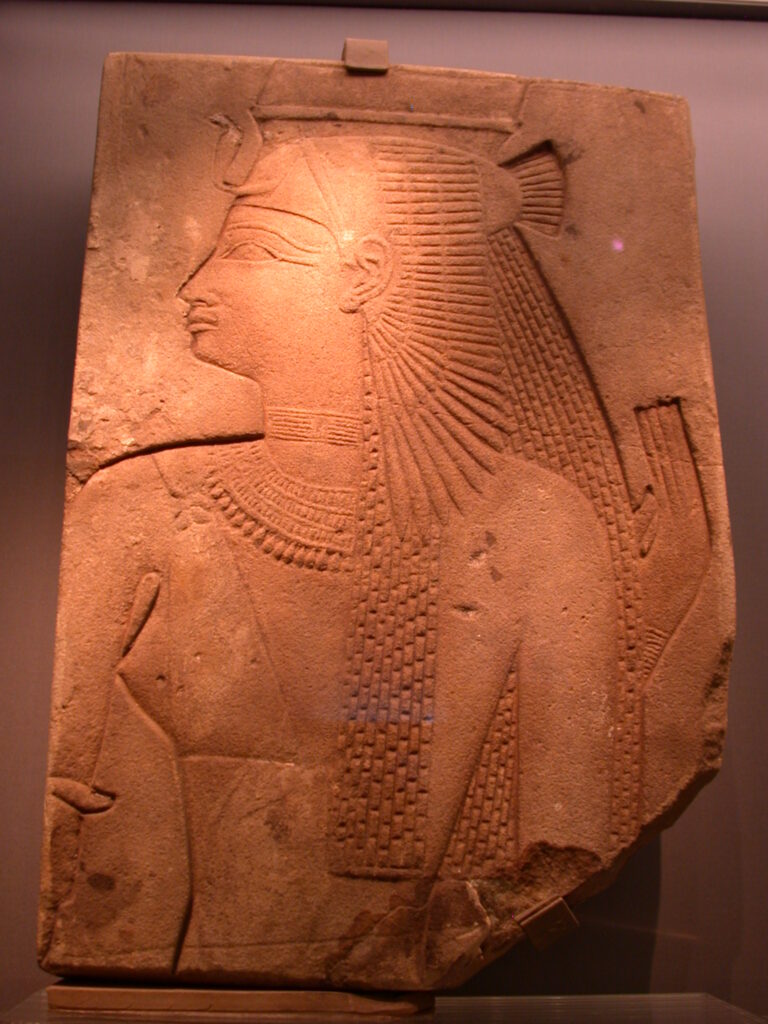
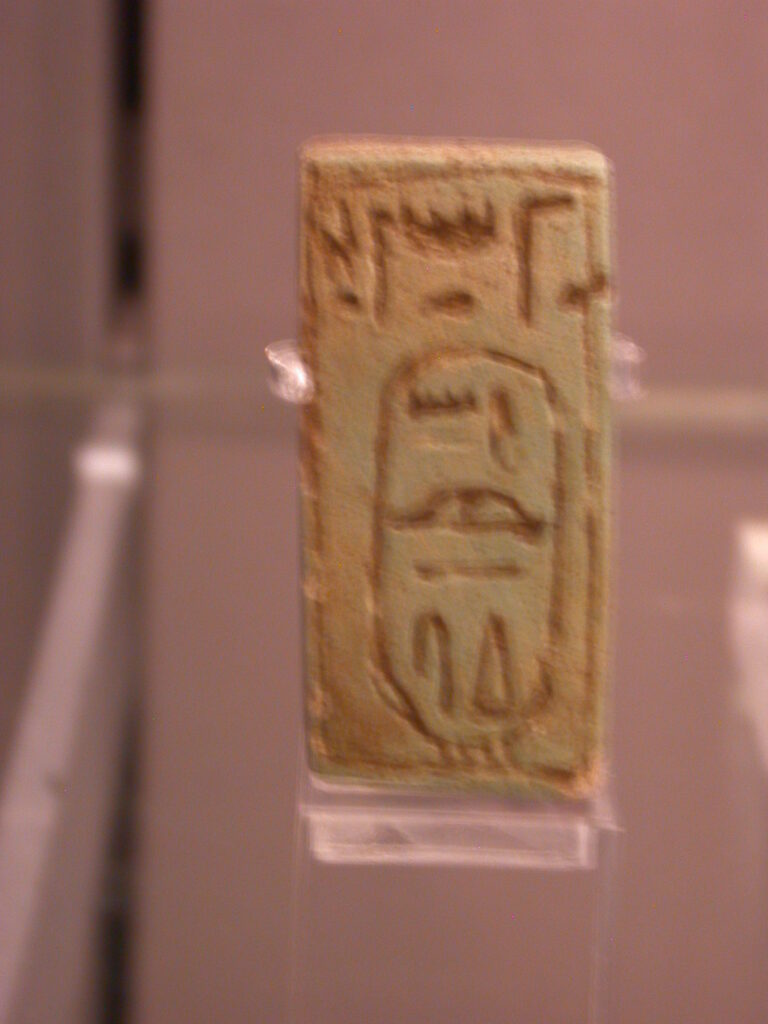
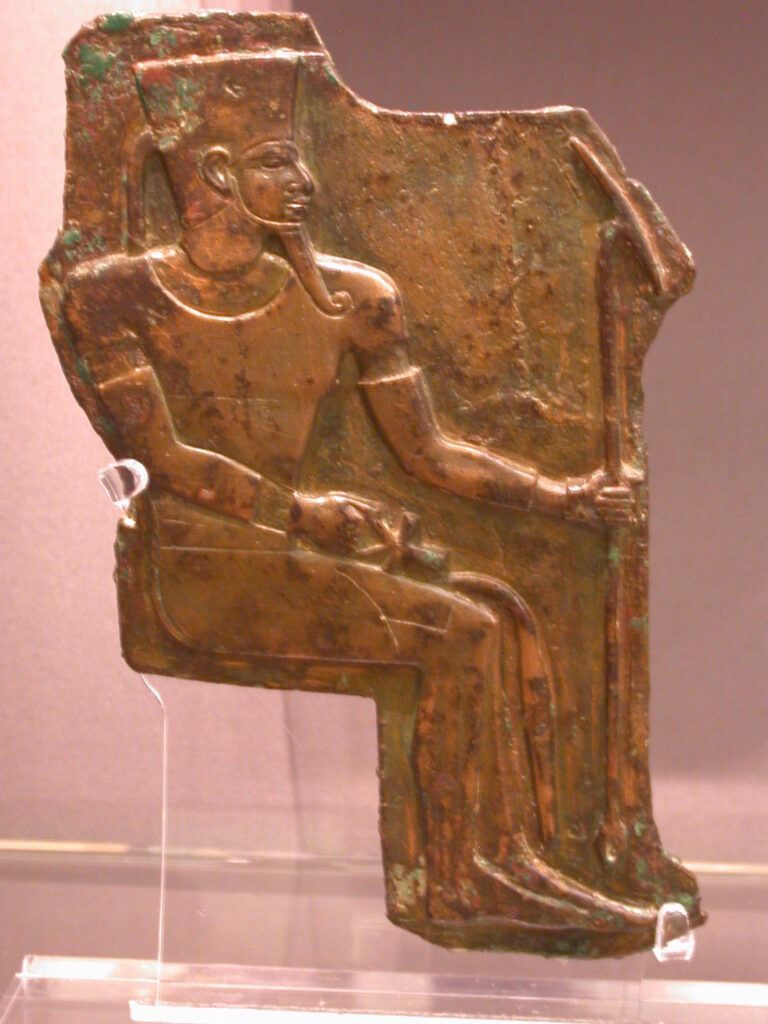
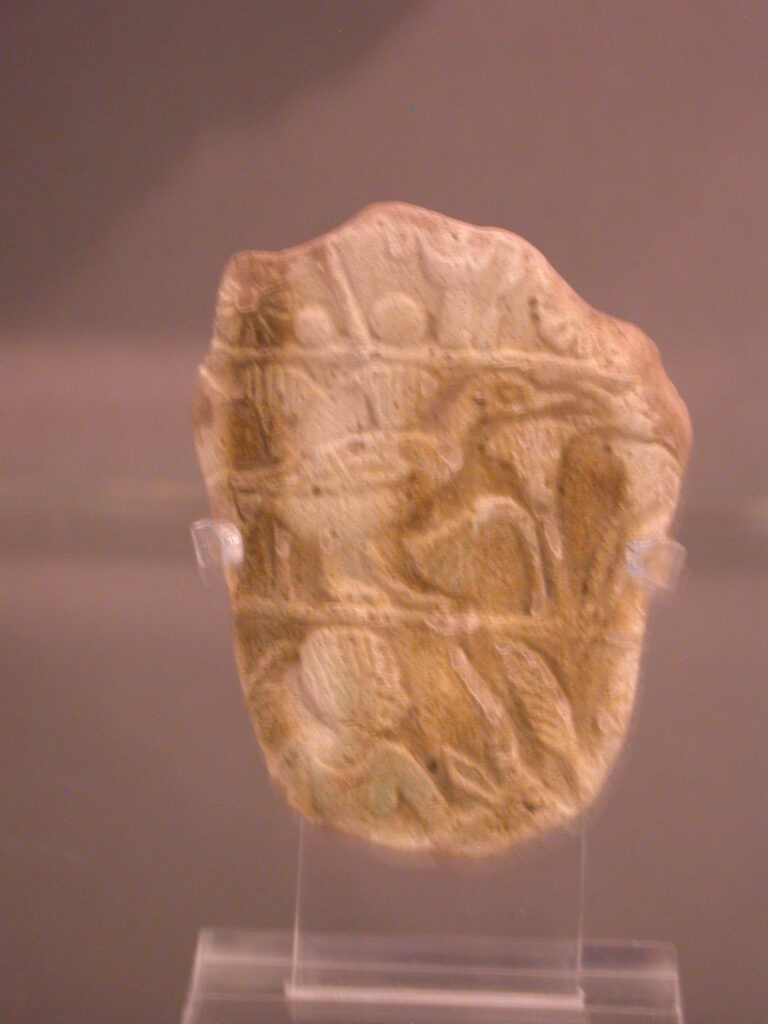
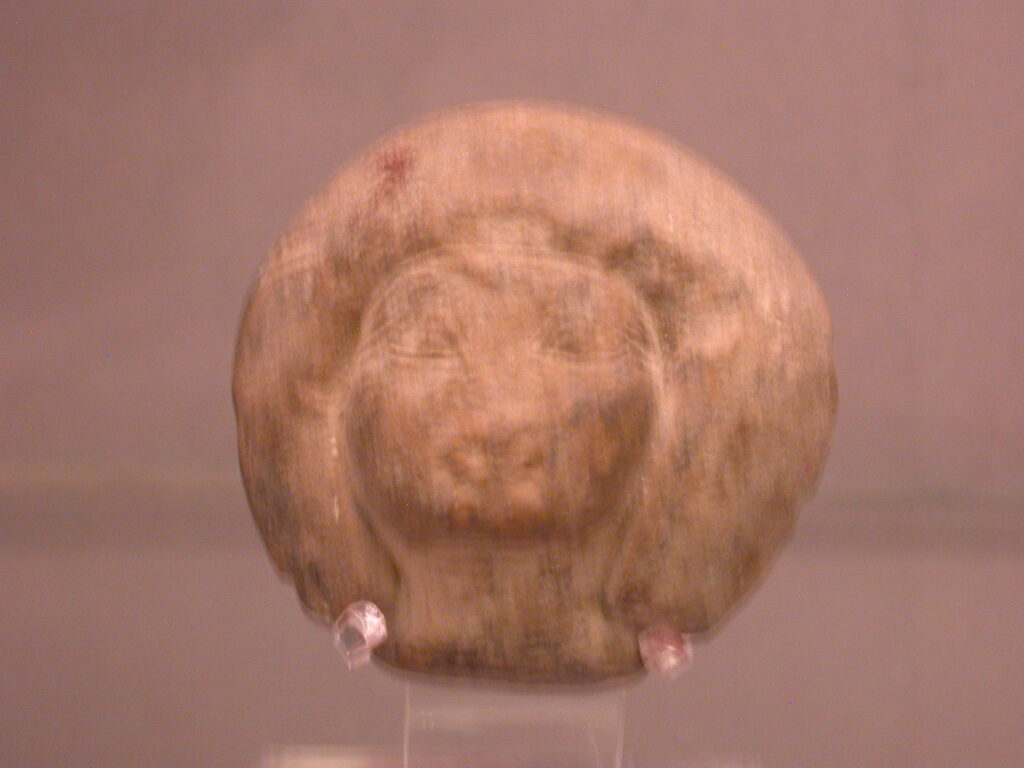
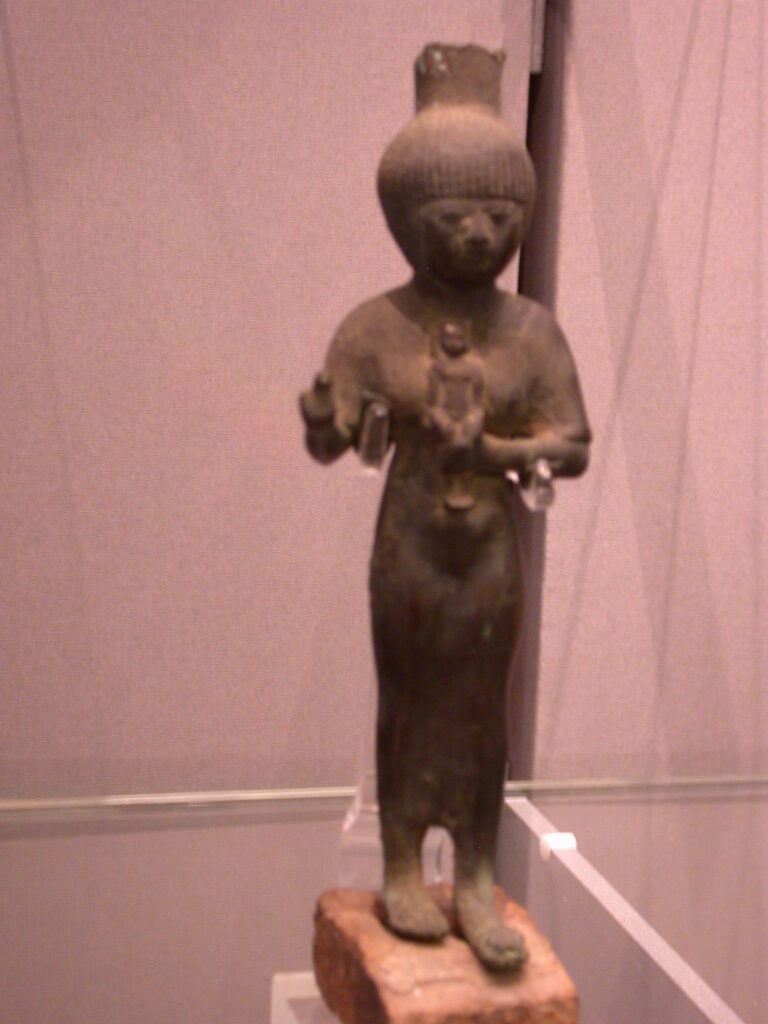
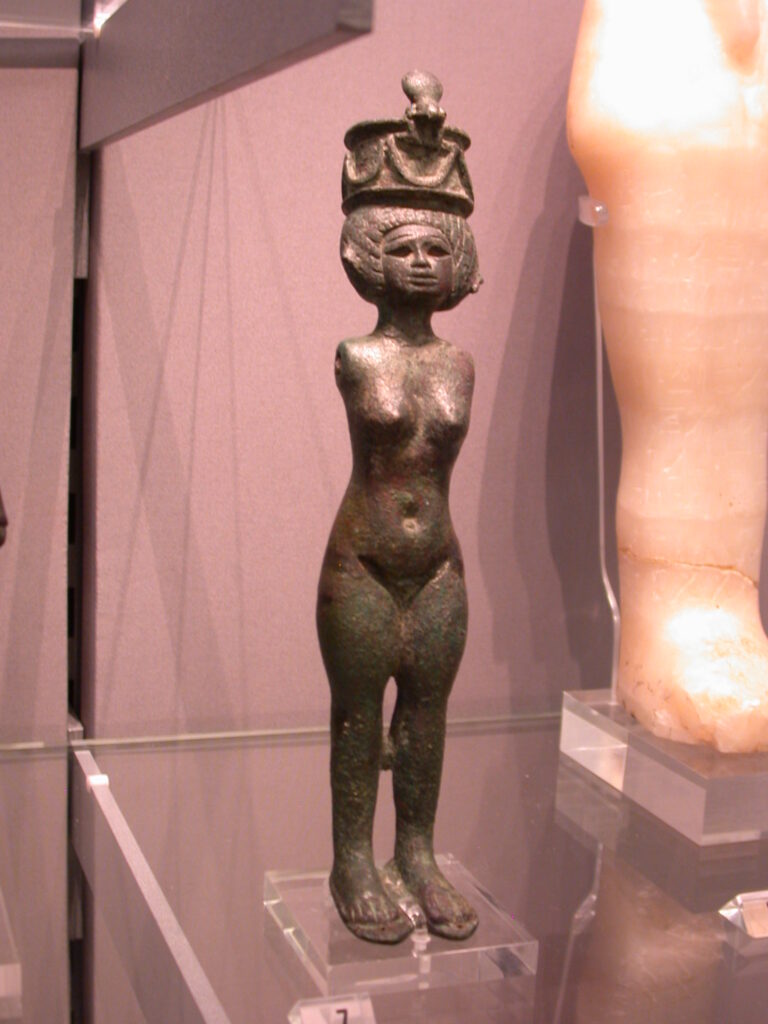
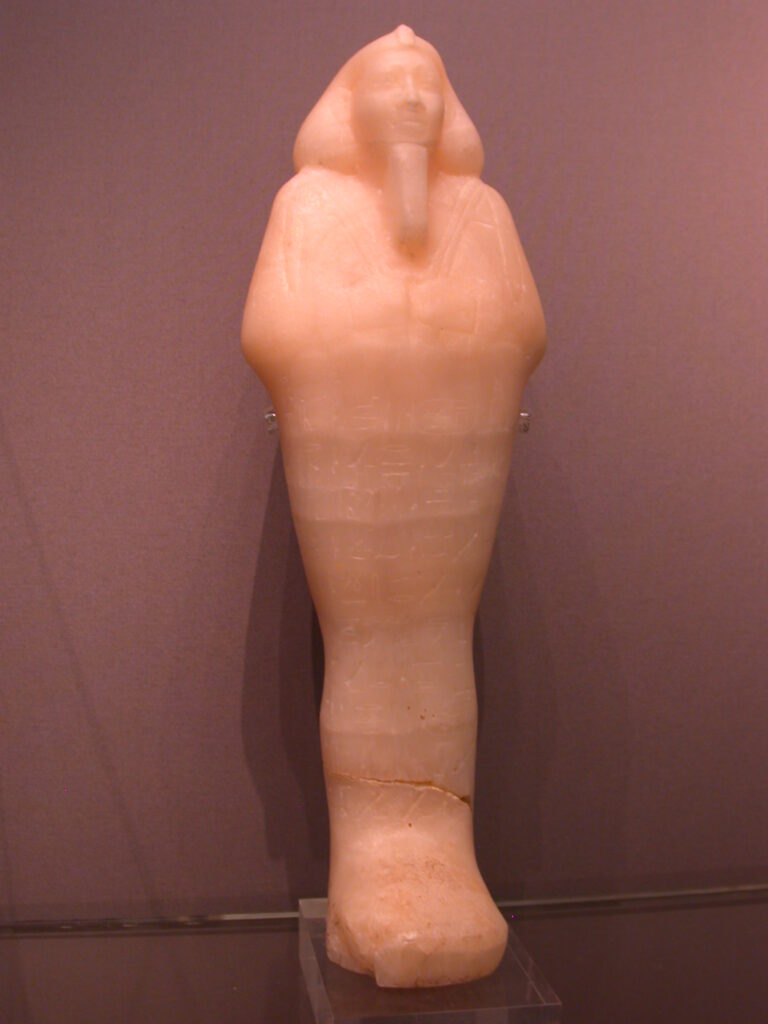
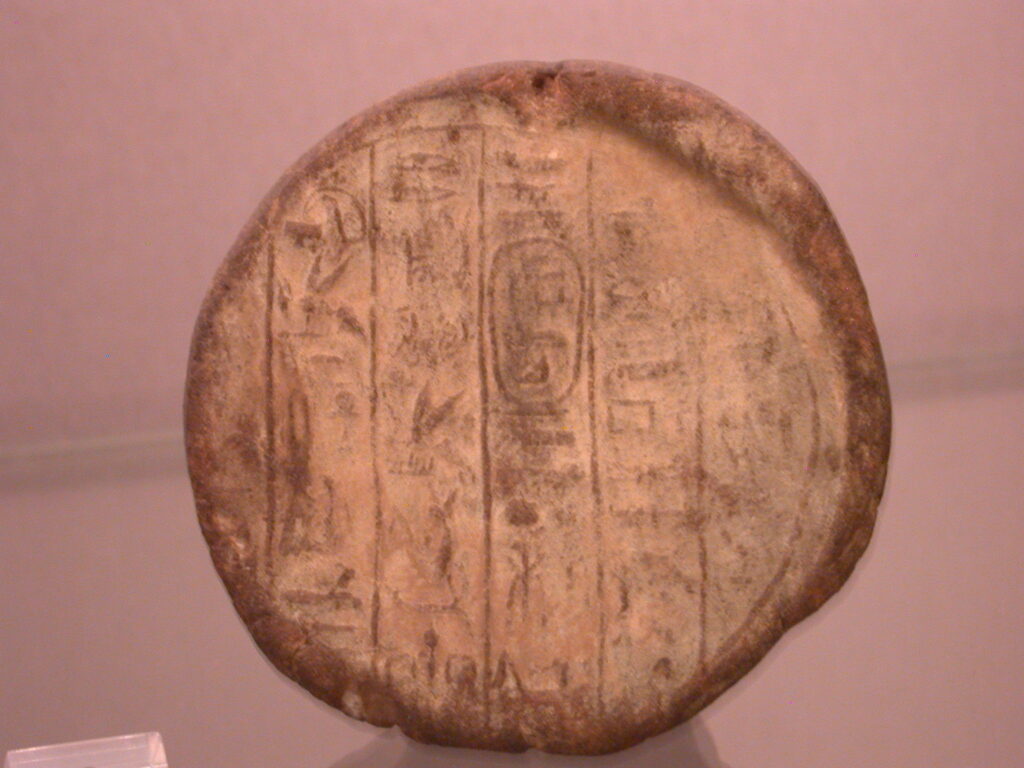
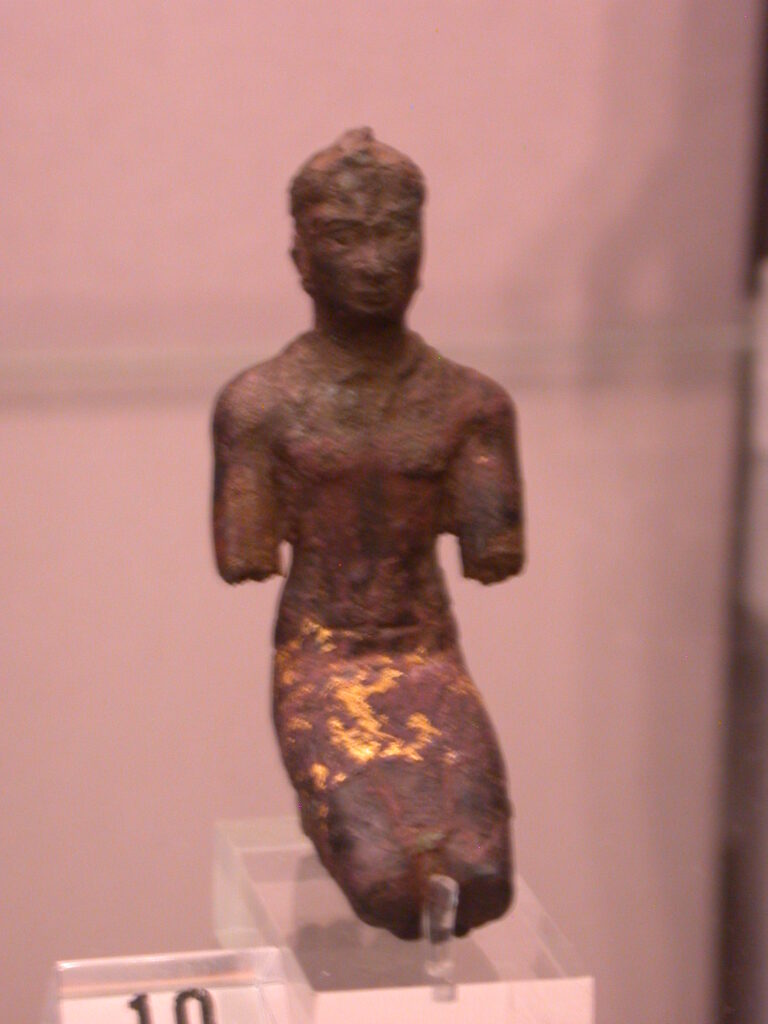
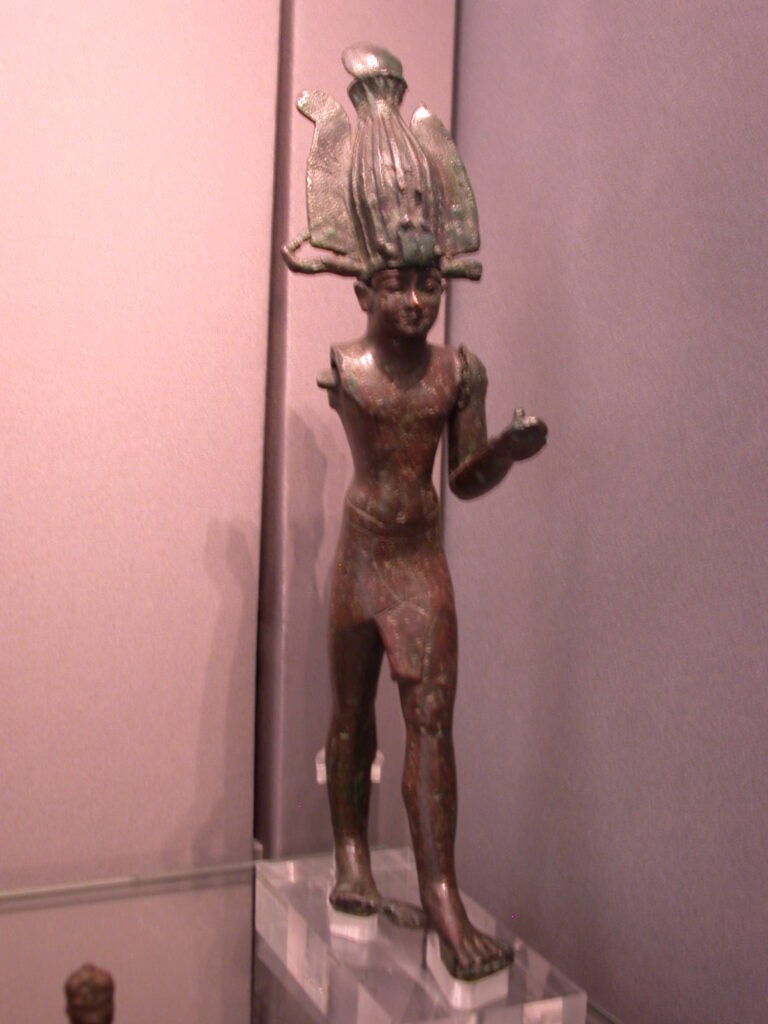
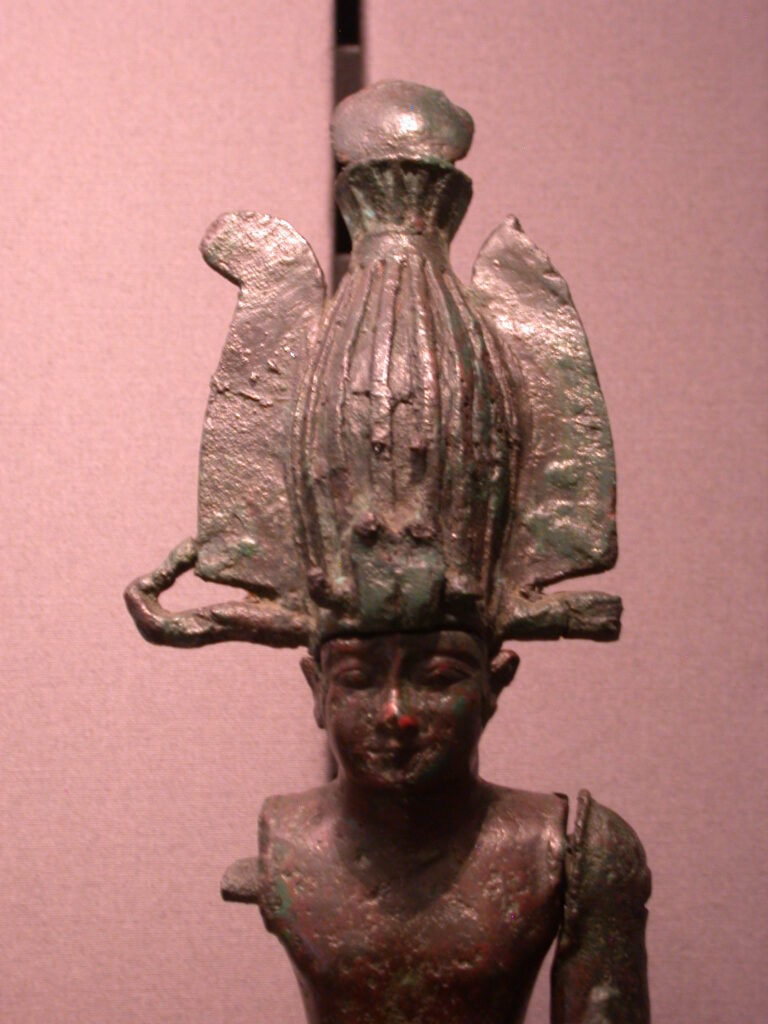
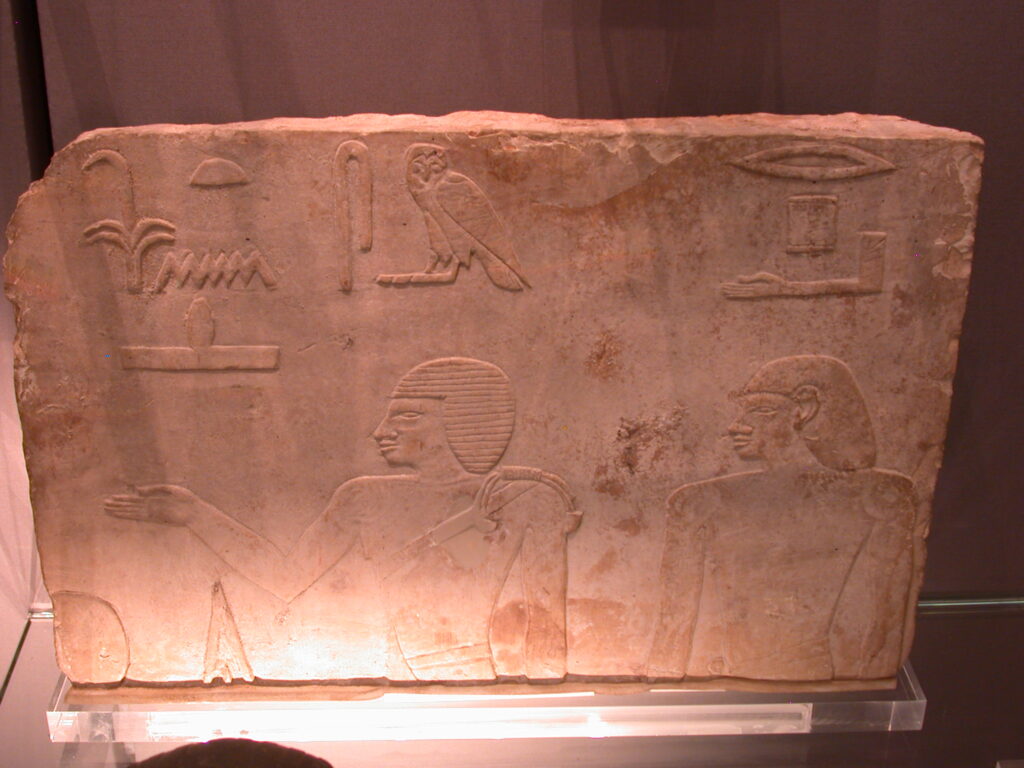
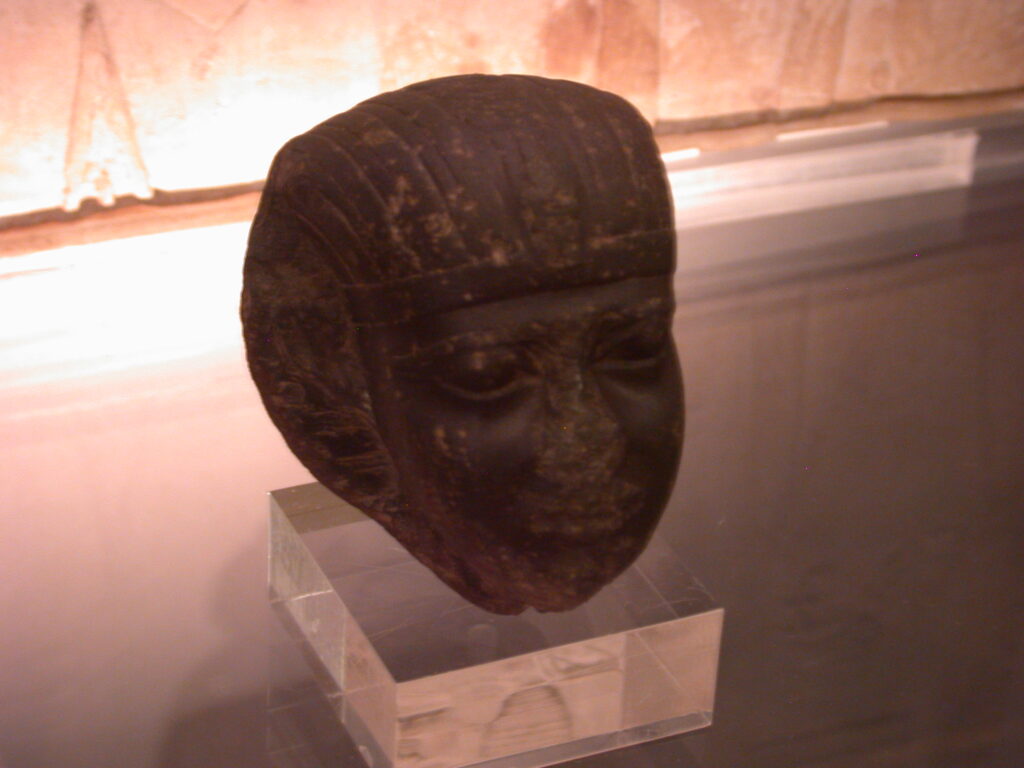
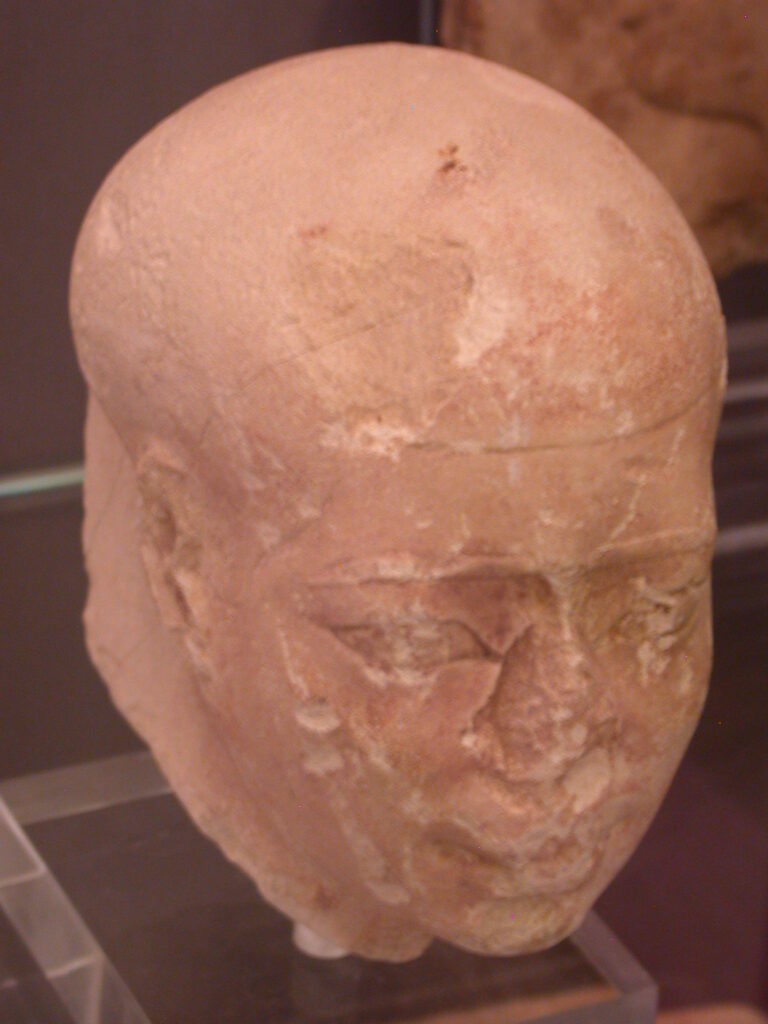
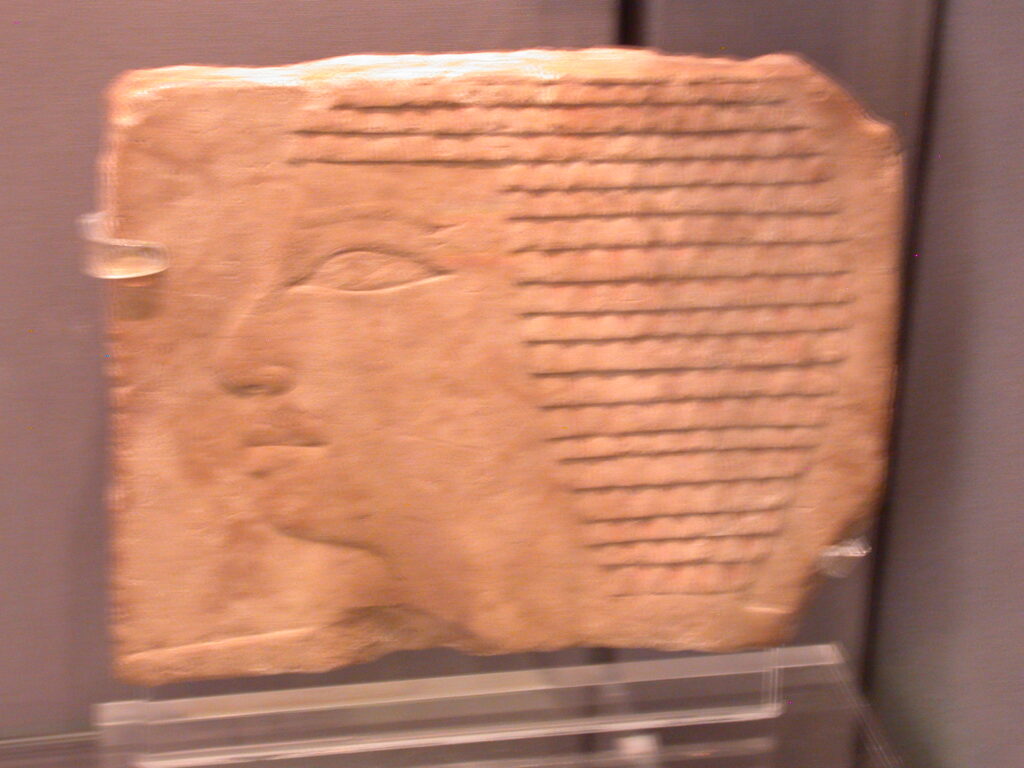
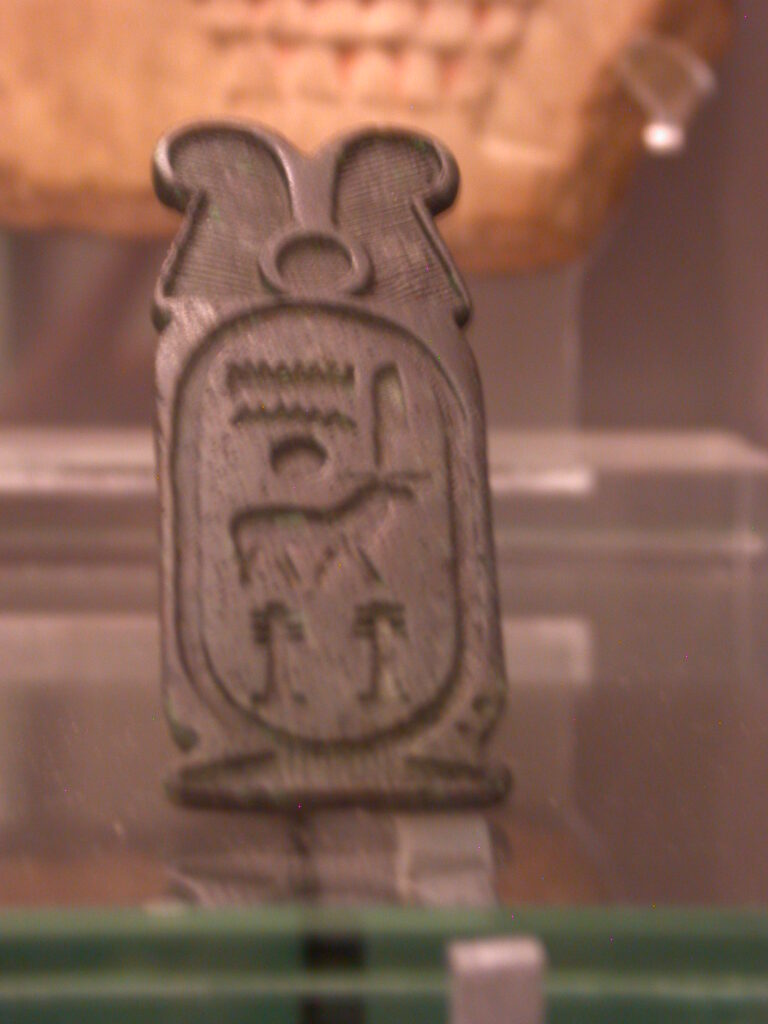
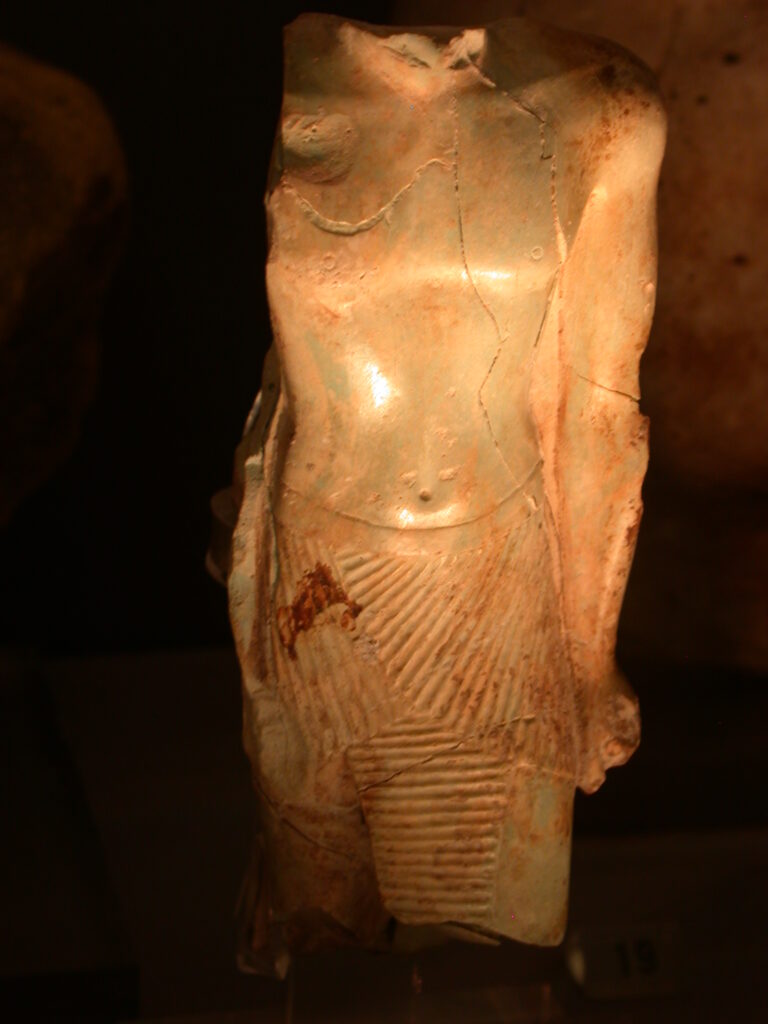
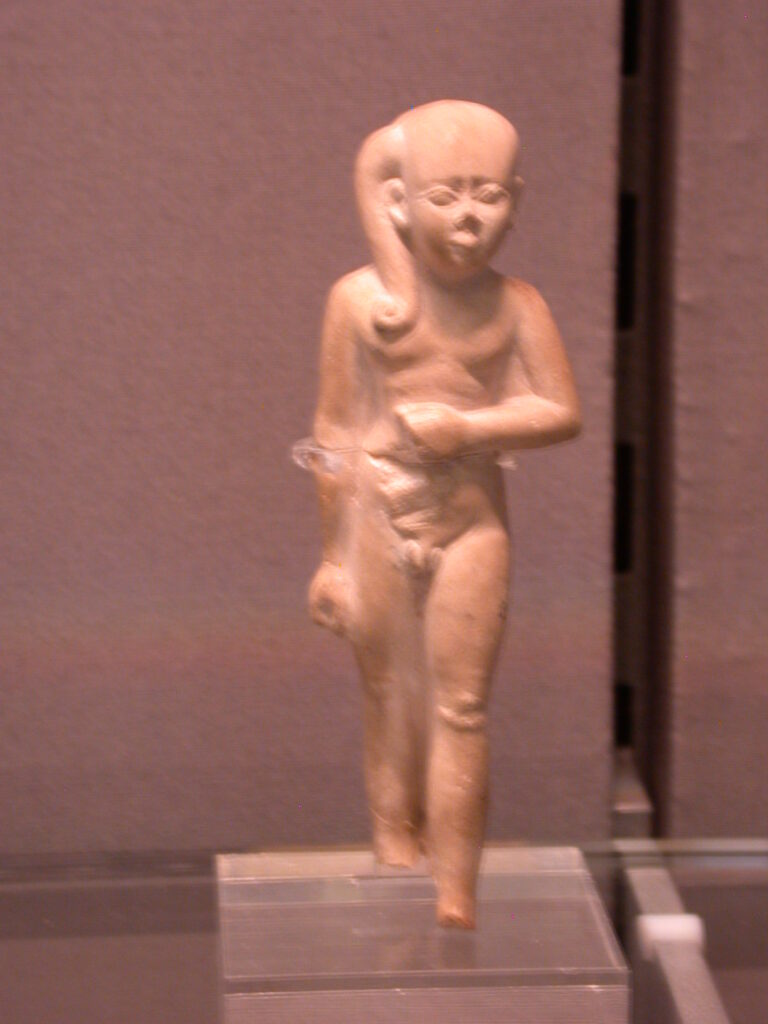
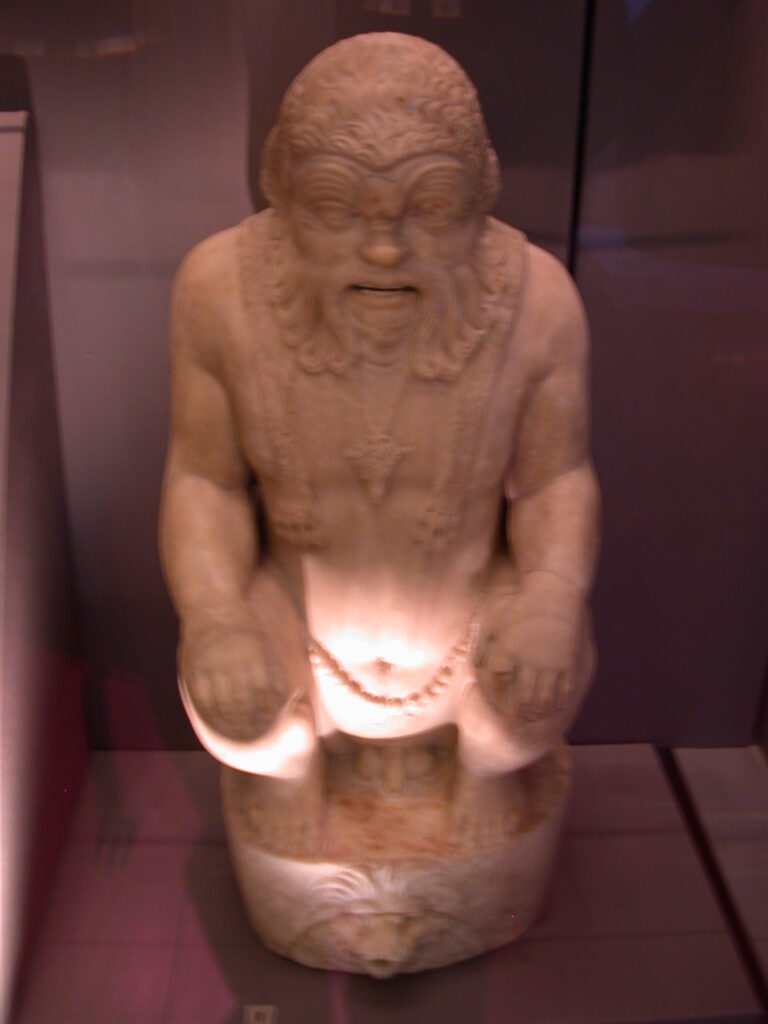
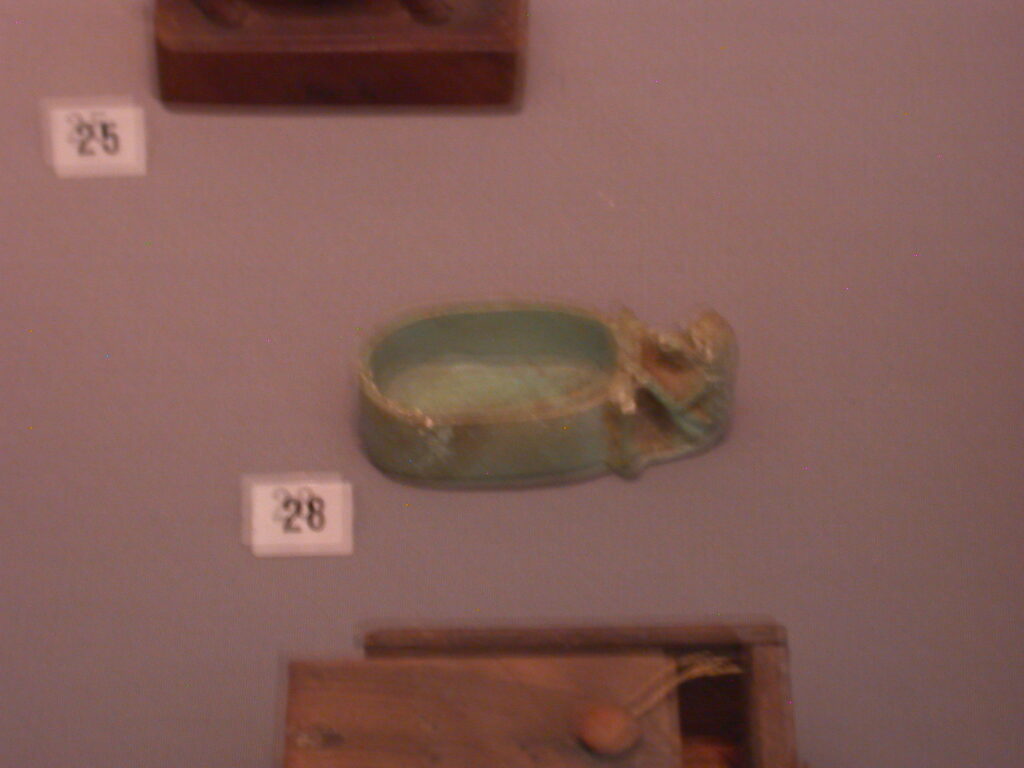
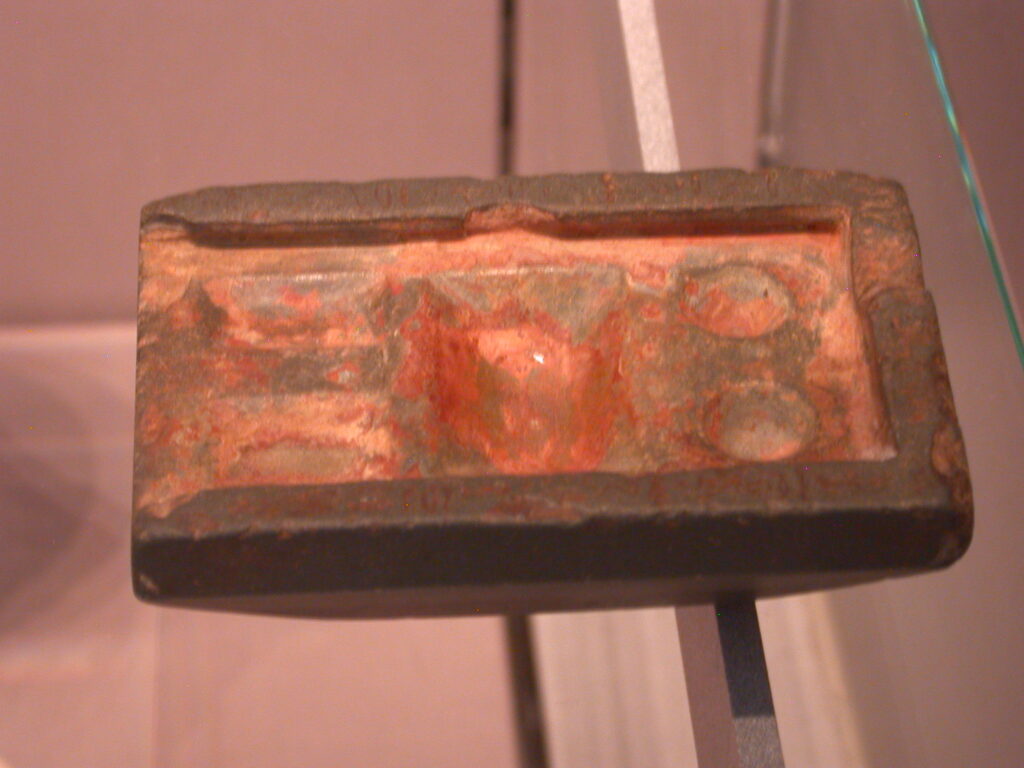
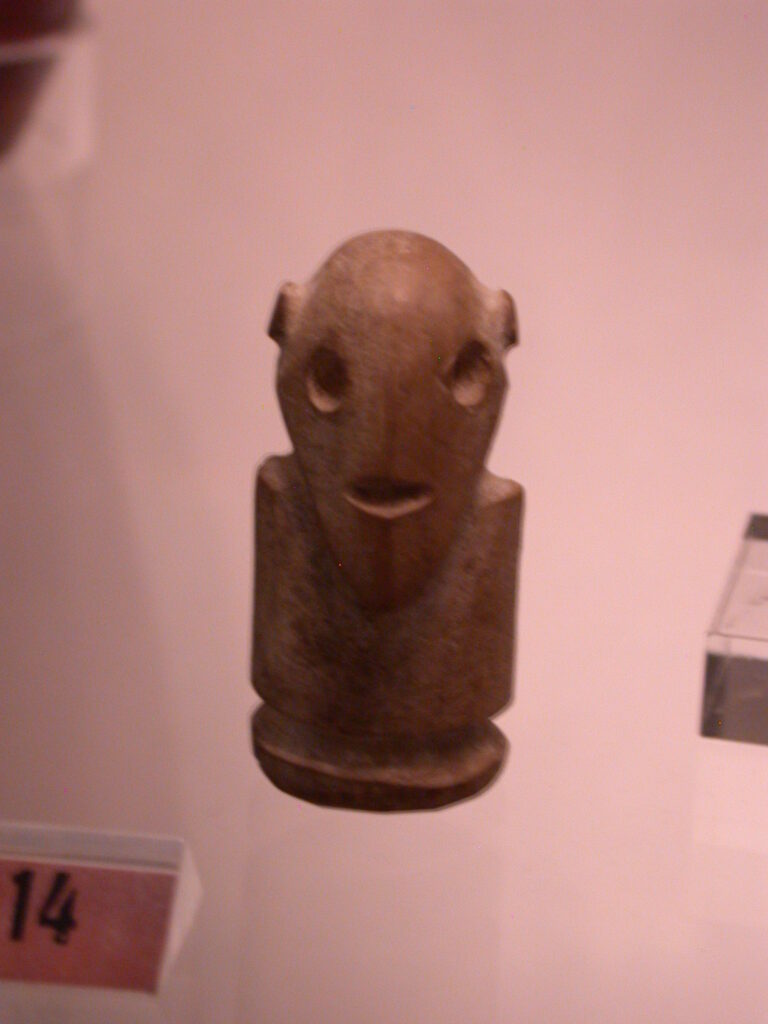
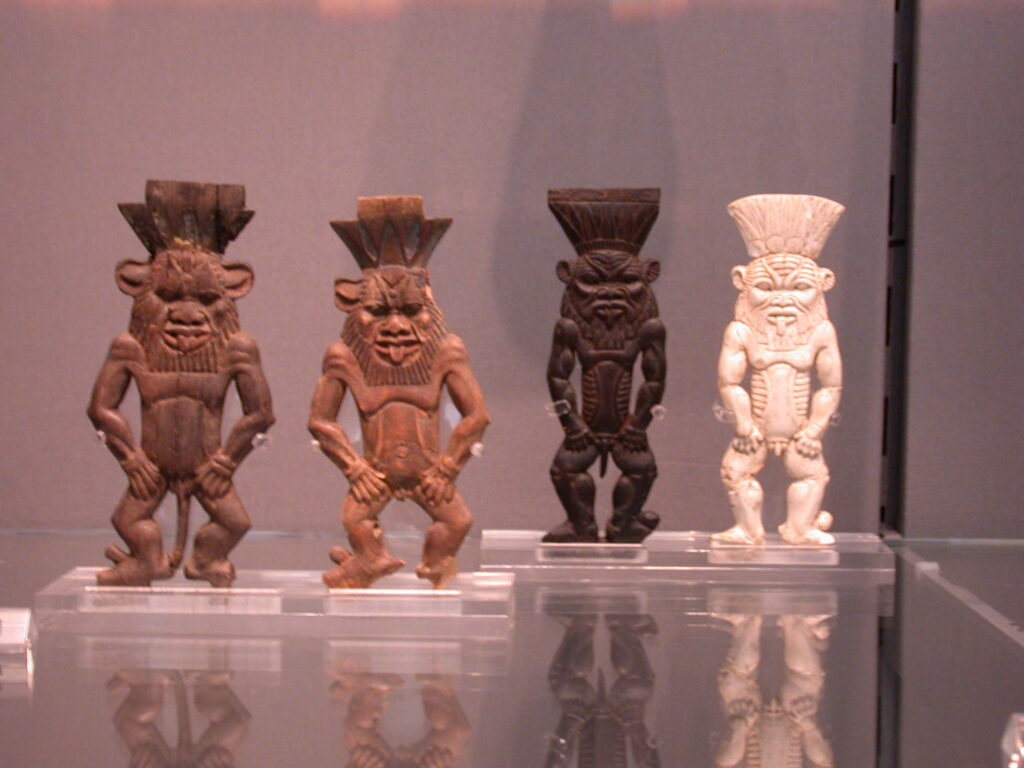
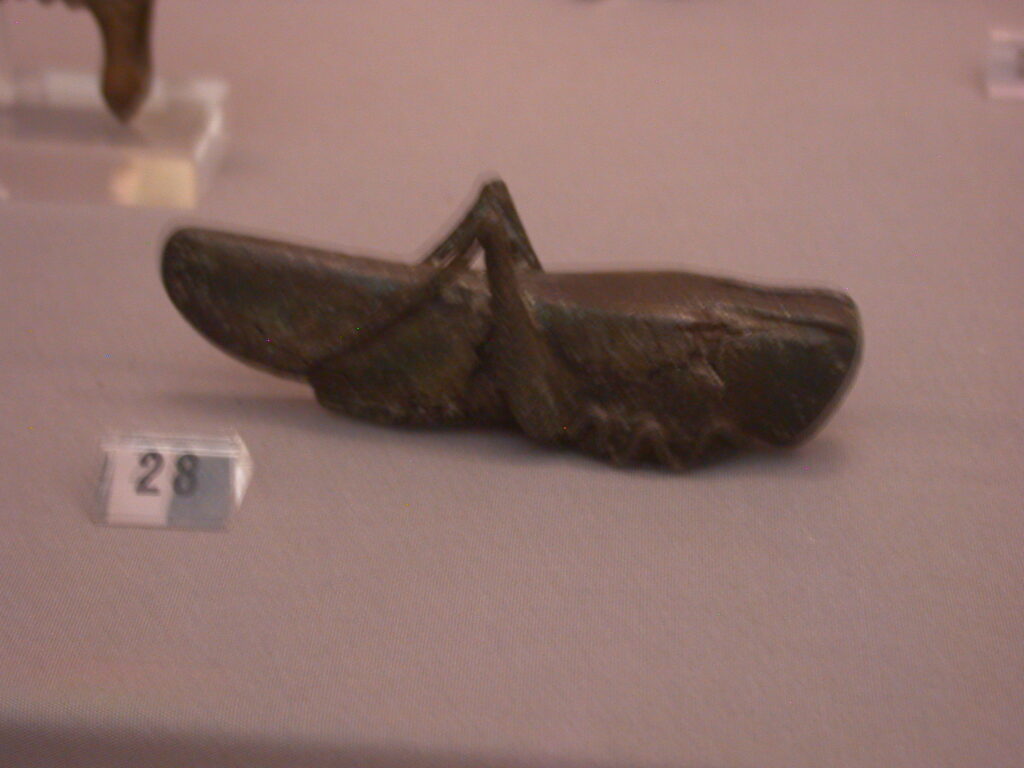
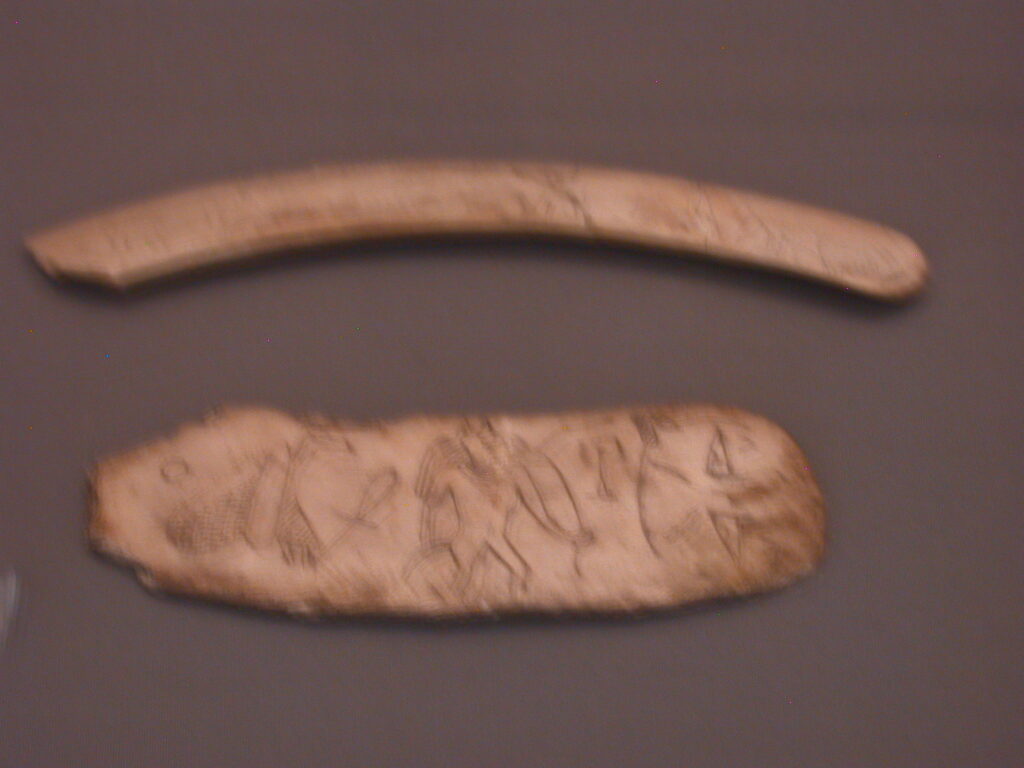
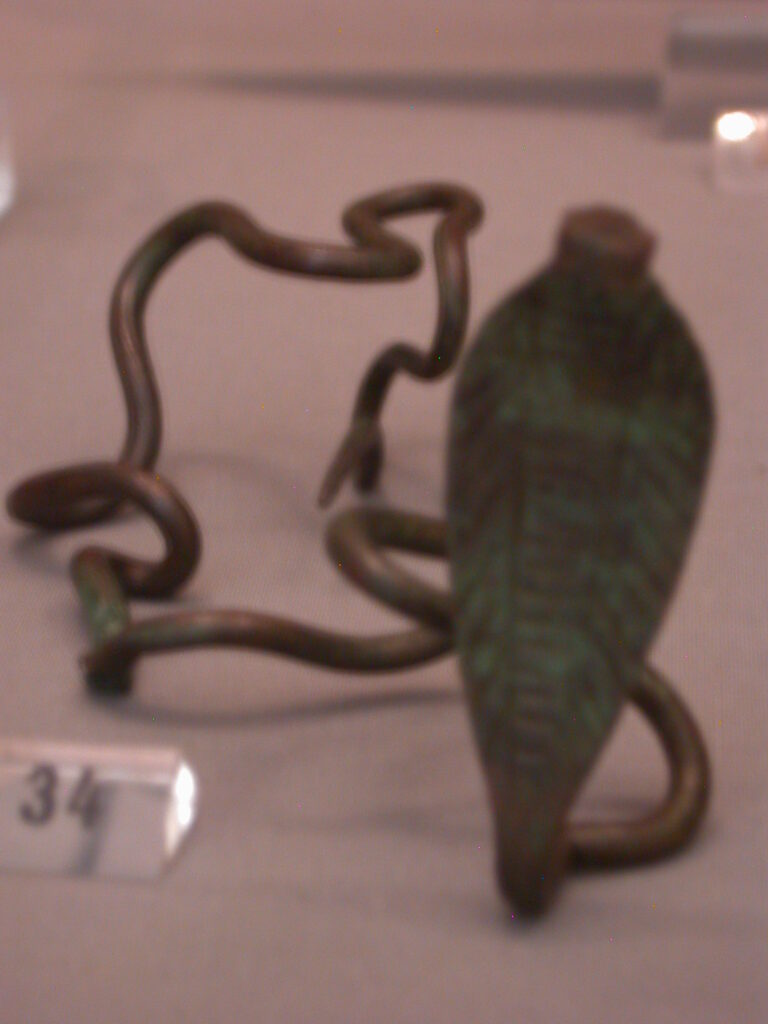
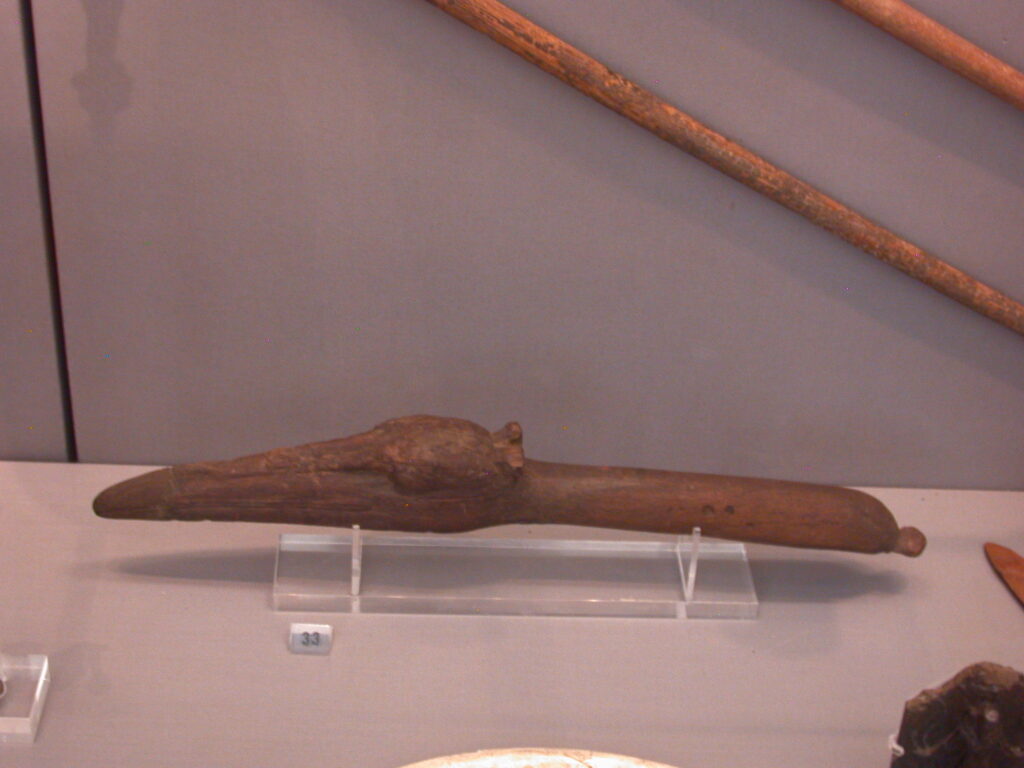
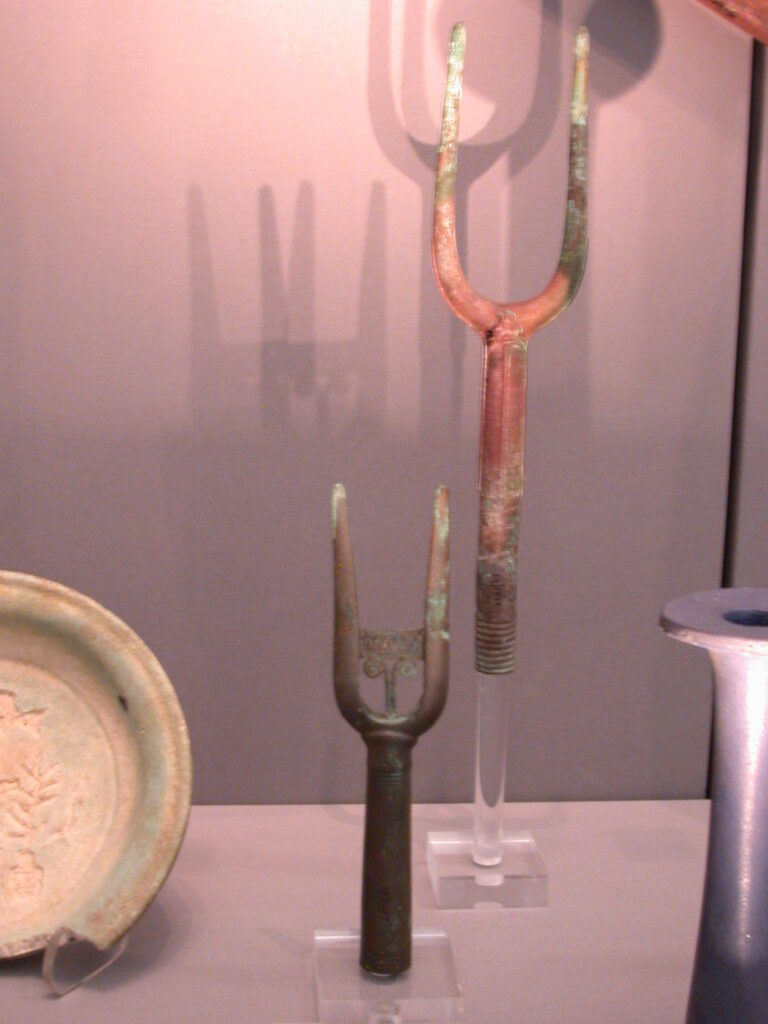
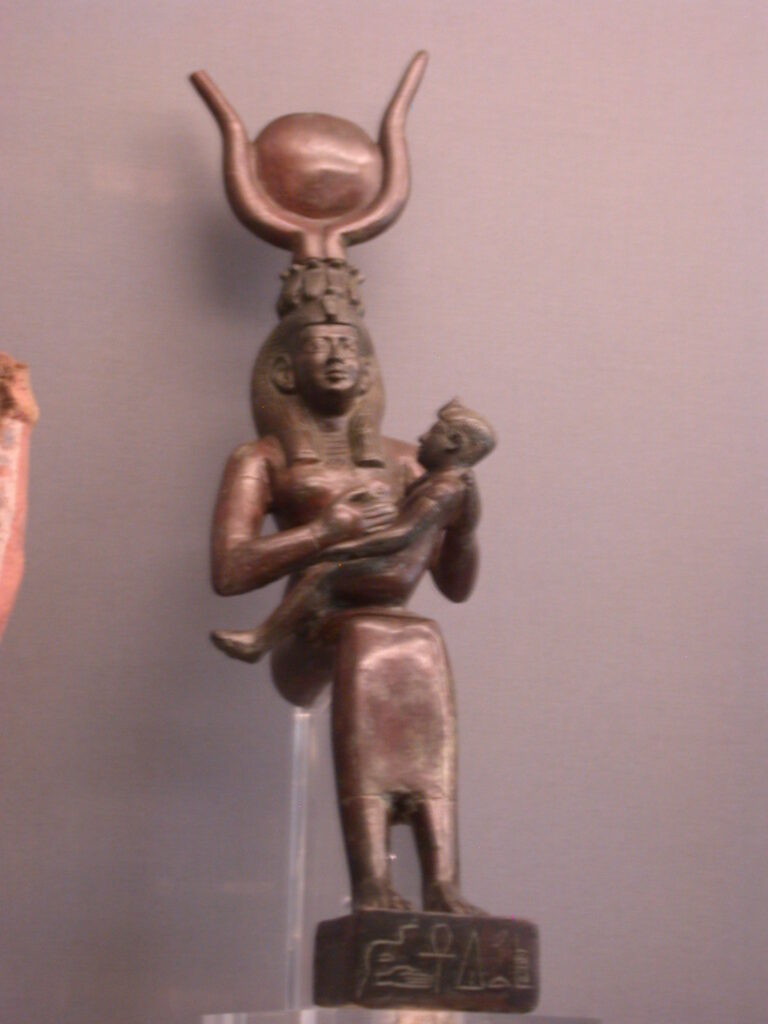
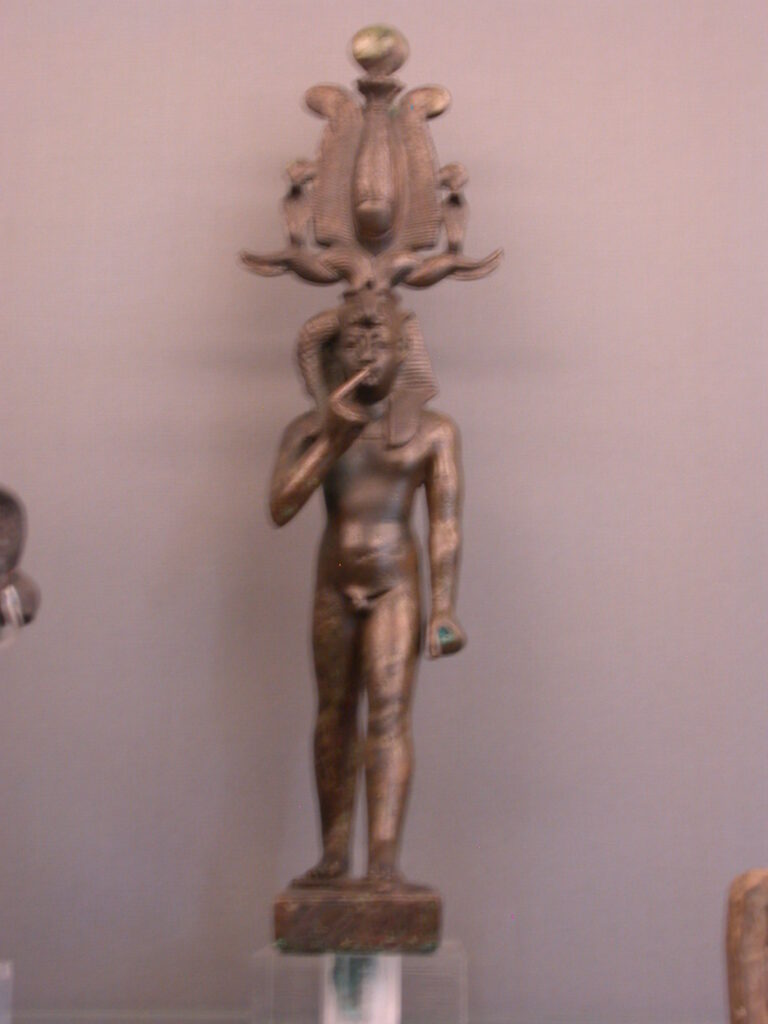
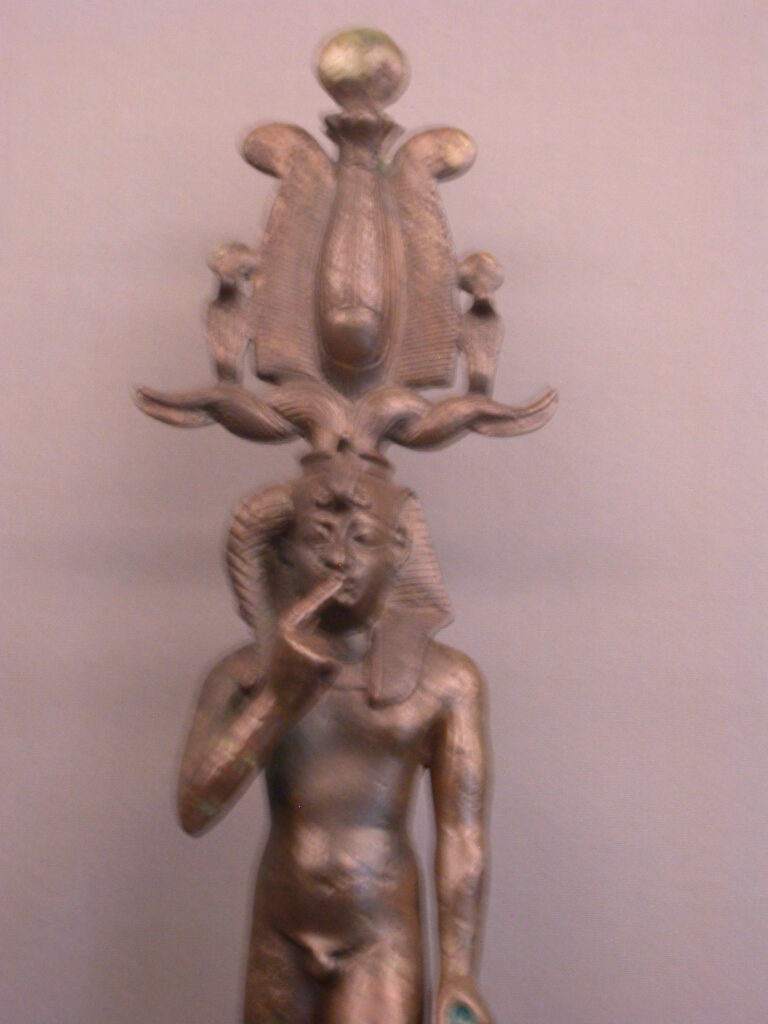
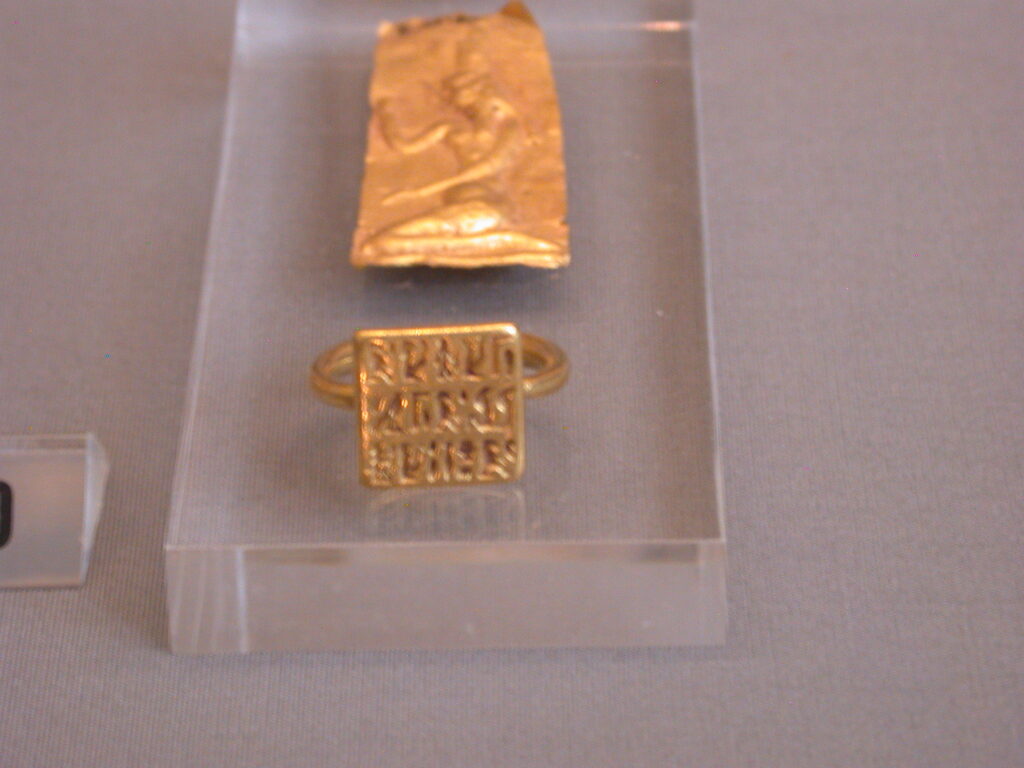
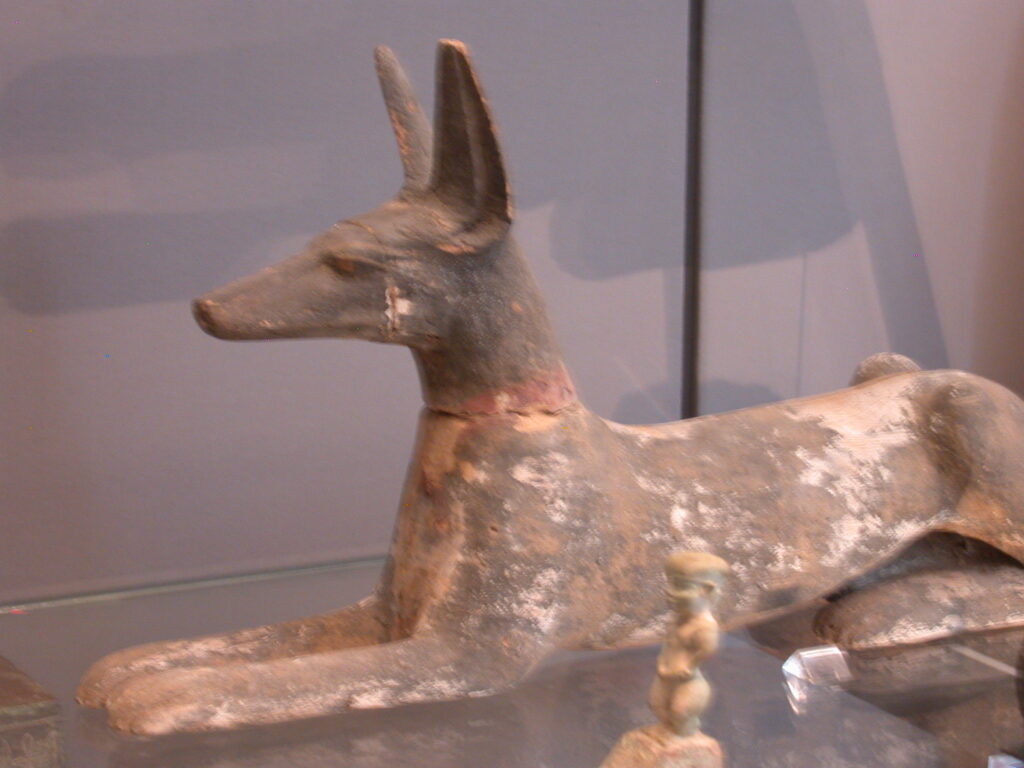
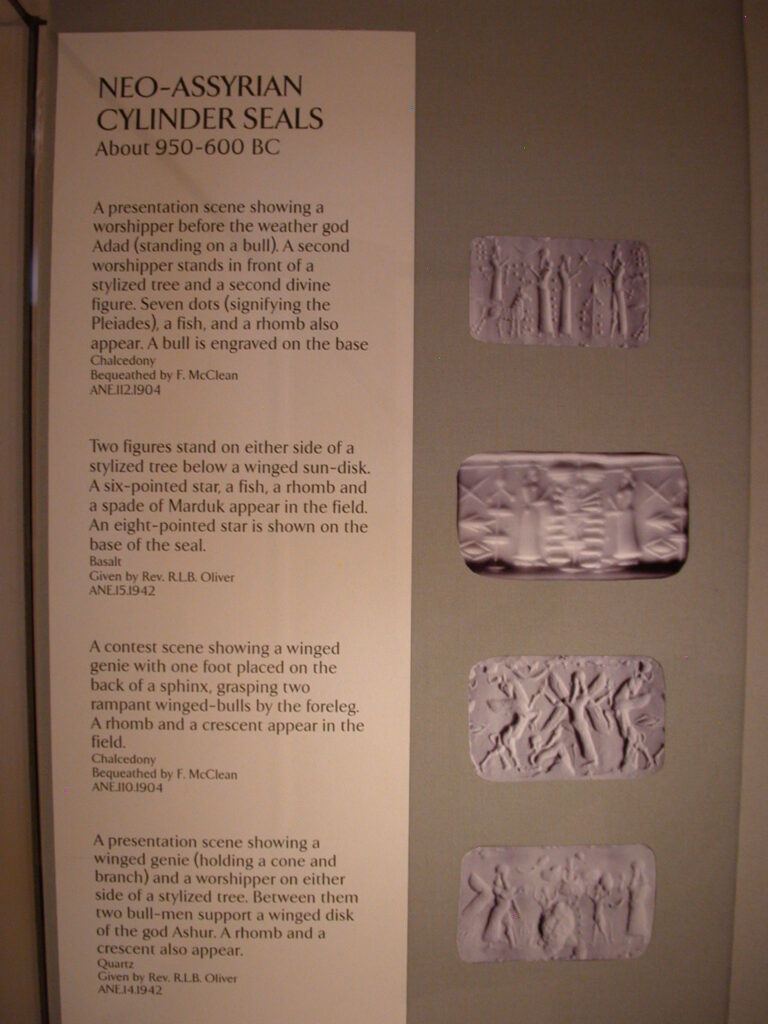
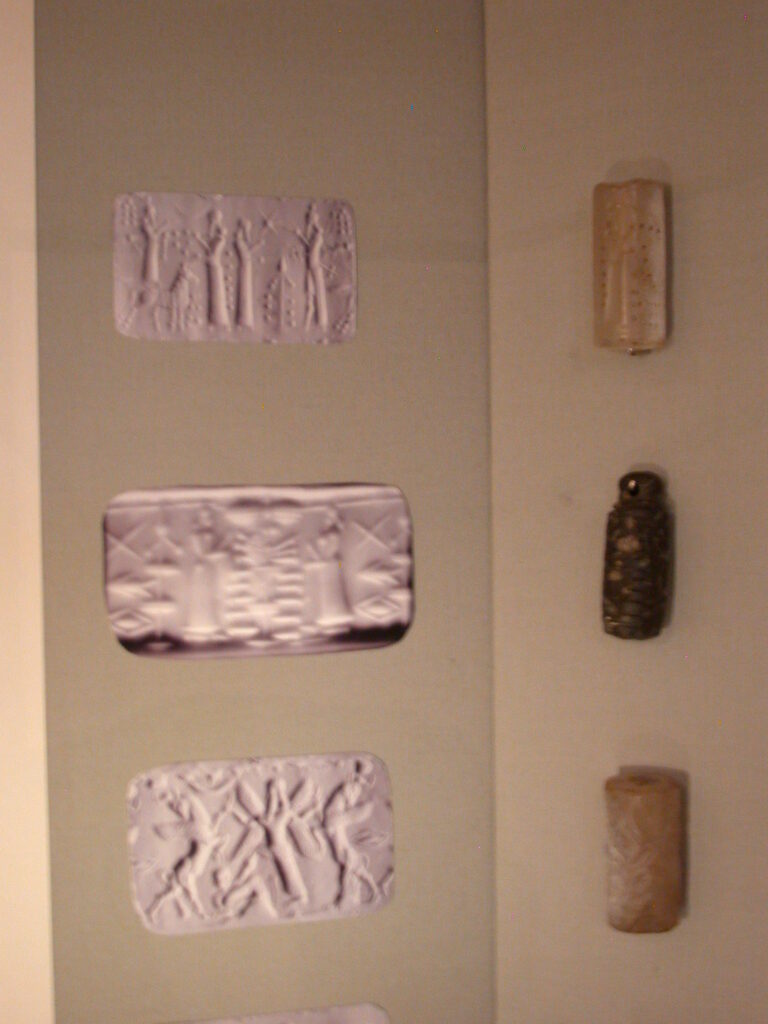
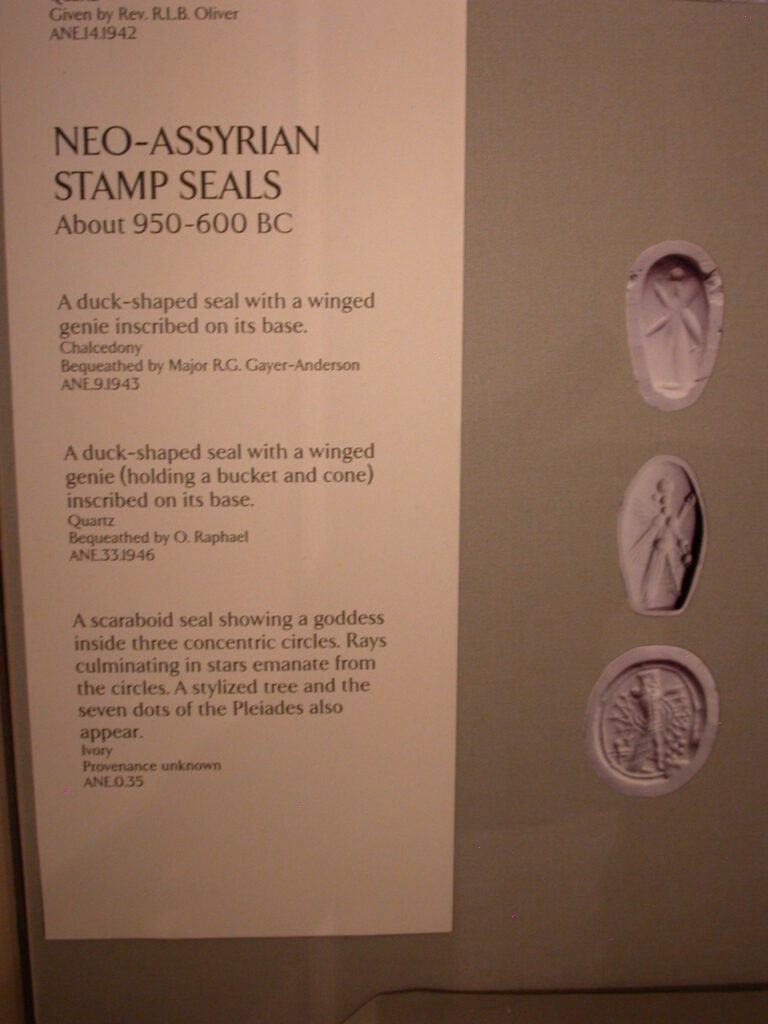
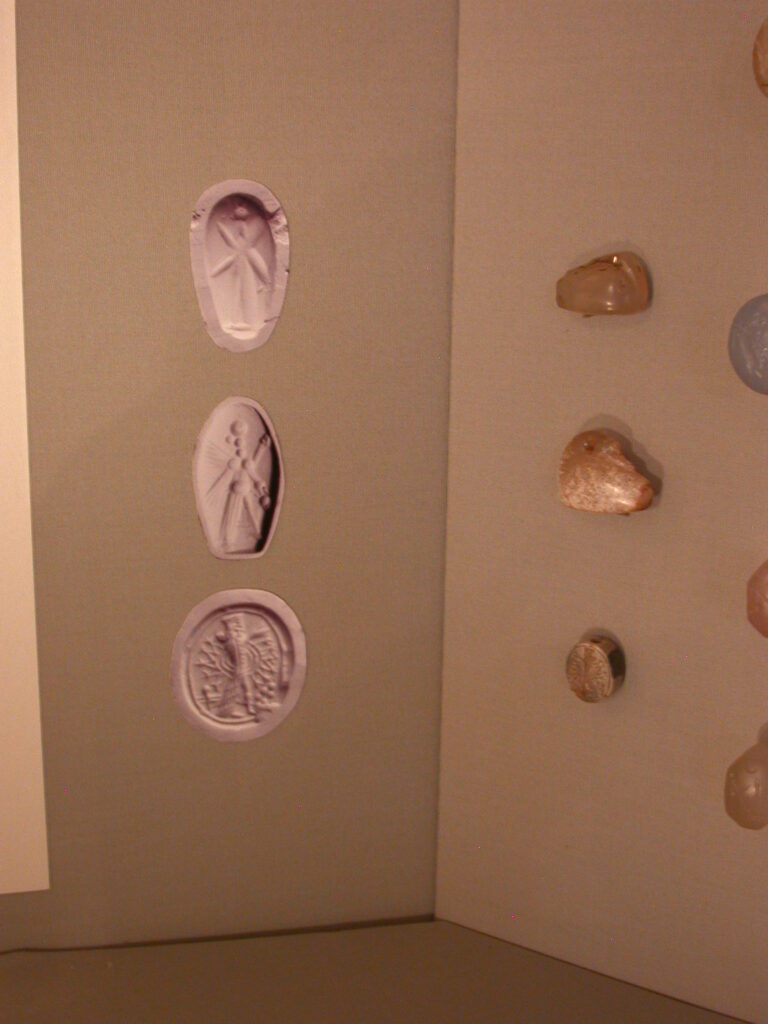
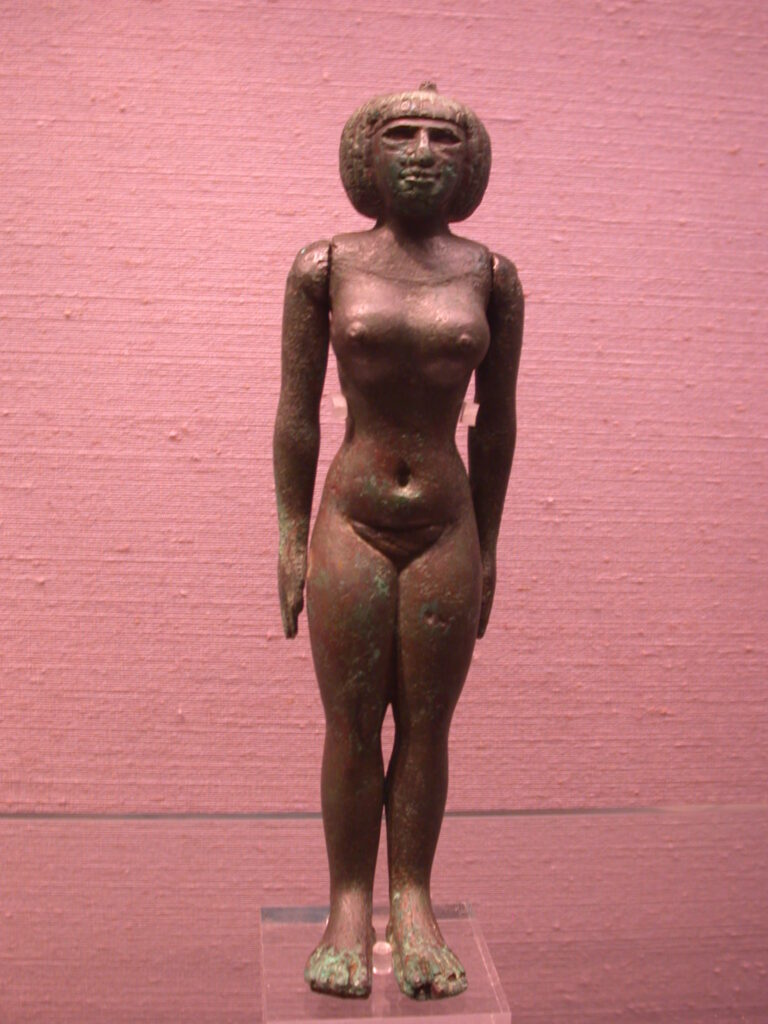
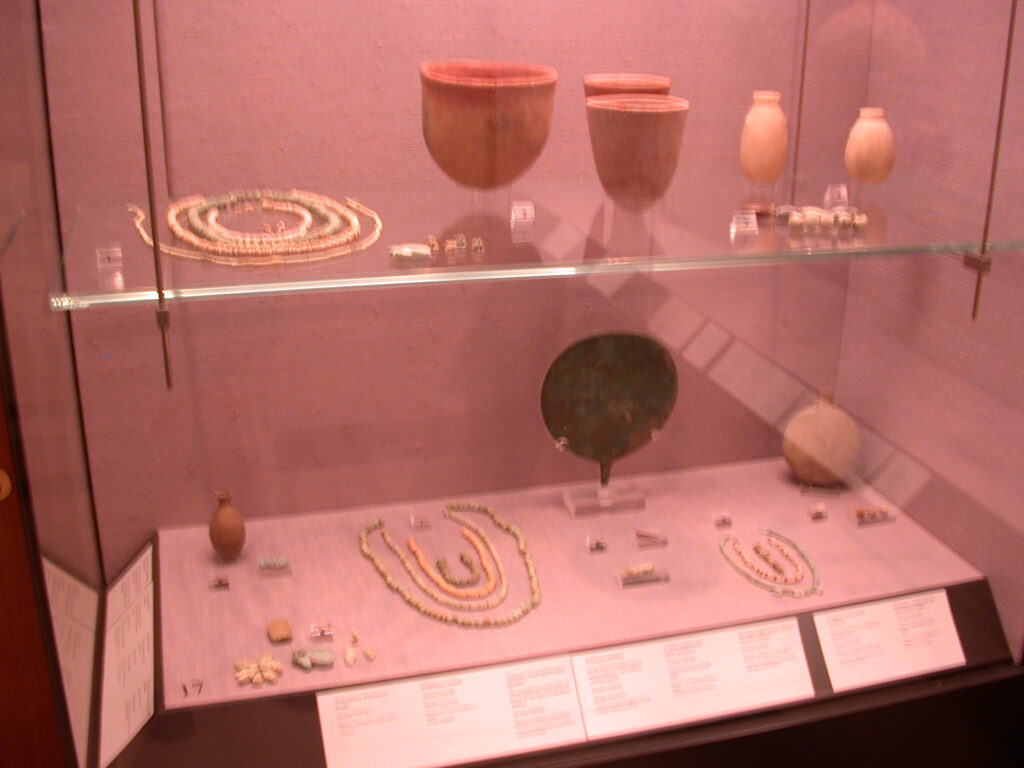
The next blog entry has a special feature on Pakepu’s coffins. He was a Water carrier who lived in Western Thebes around 700-650 BCE.
I managed to finish my work at the museum in 2½ hours. On the way back to the train station, I took a few pictures of the Scott Polar Research Institute and the wonderful statue of a nude young man outside it.
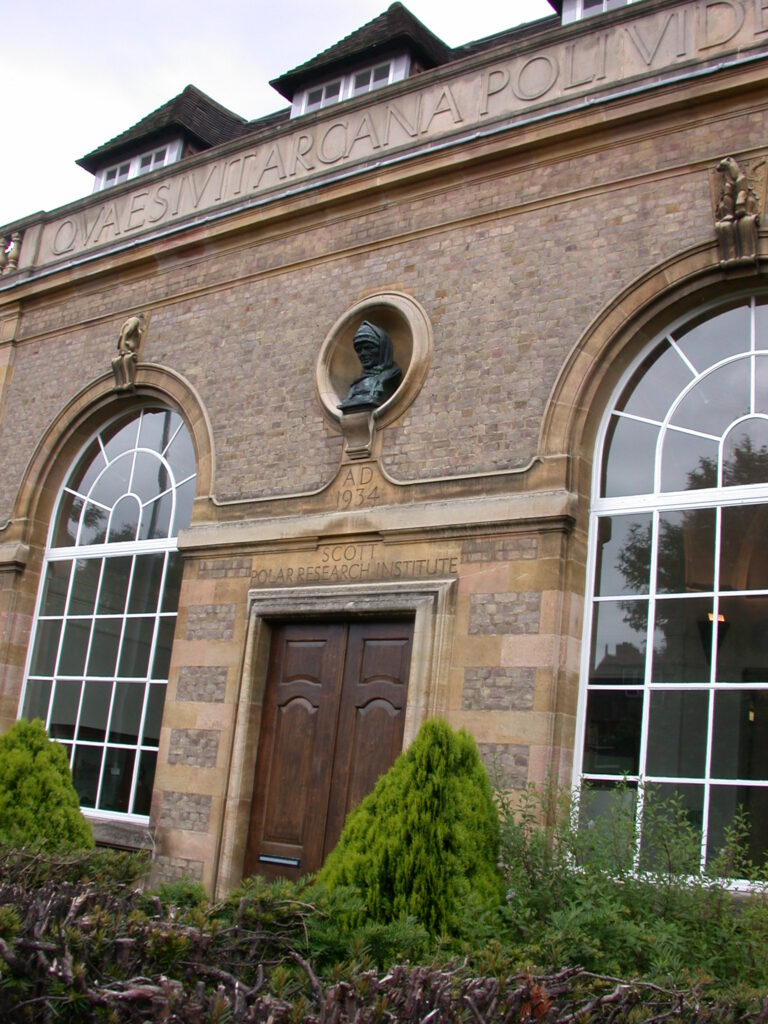
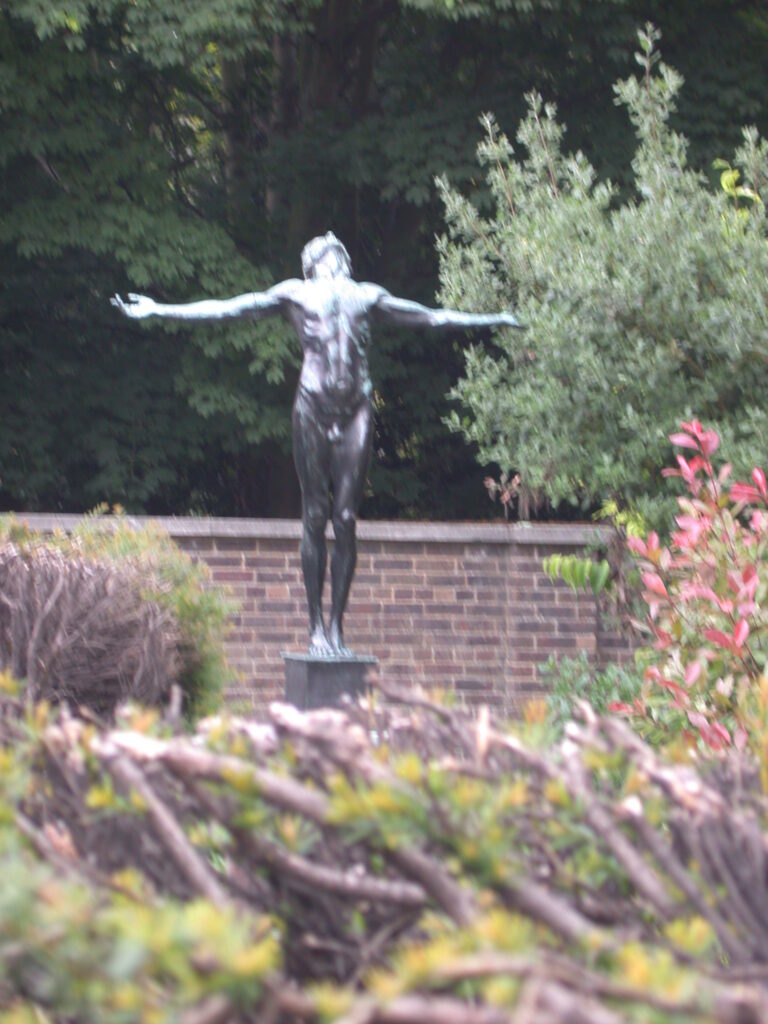
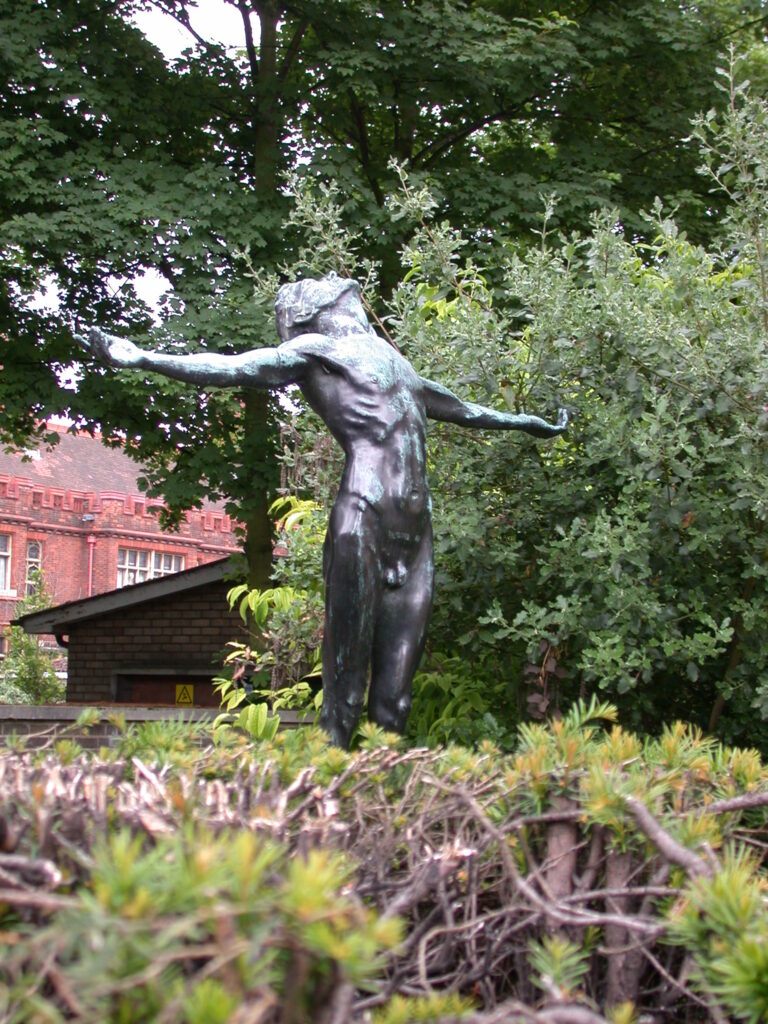
I also walked a bit further down the street and visited the cathedral on the way to the train station.
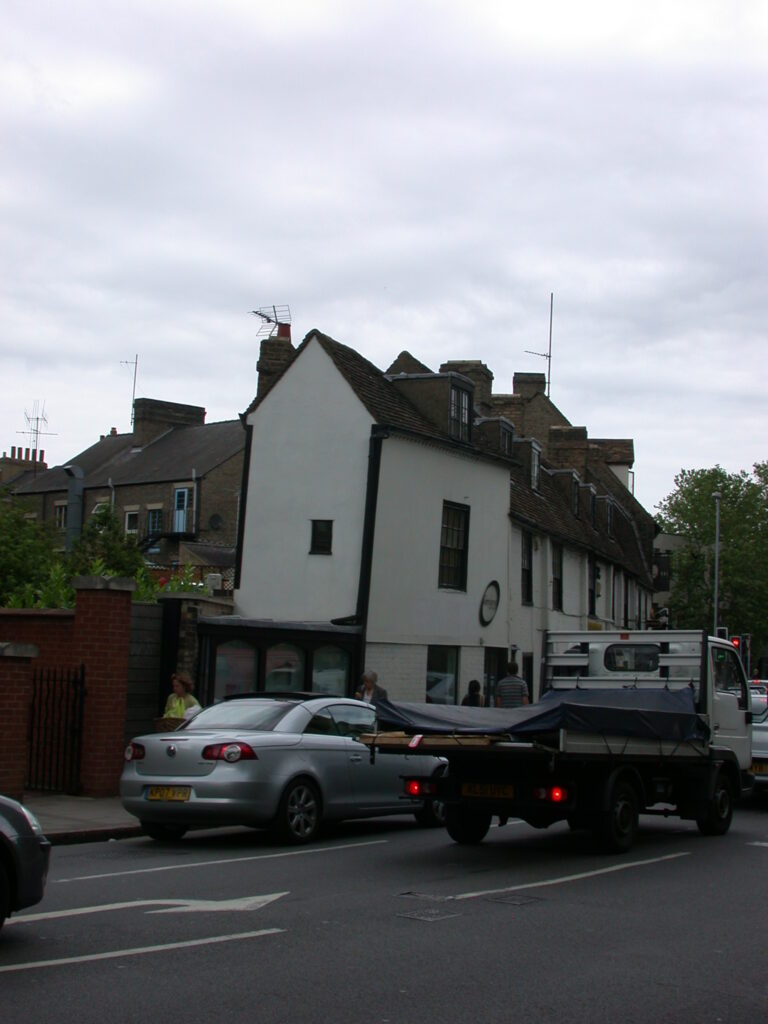
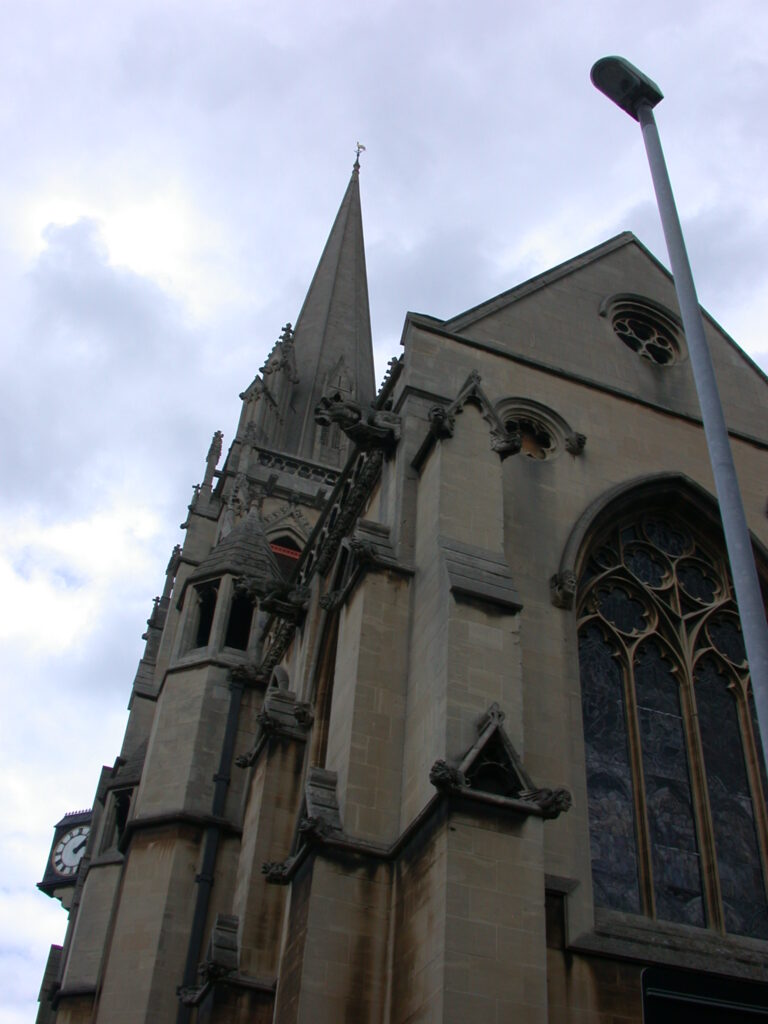
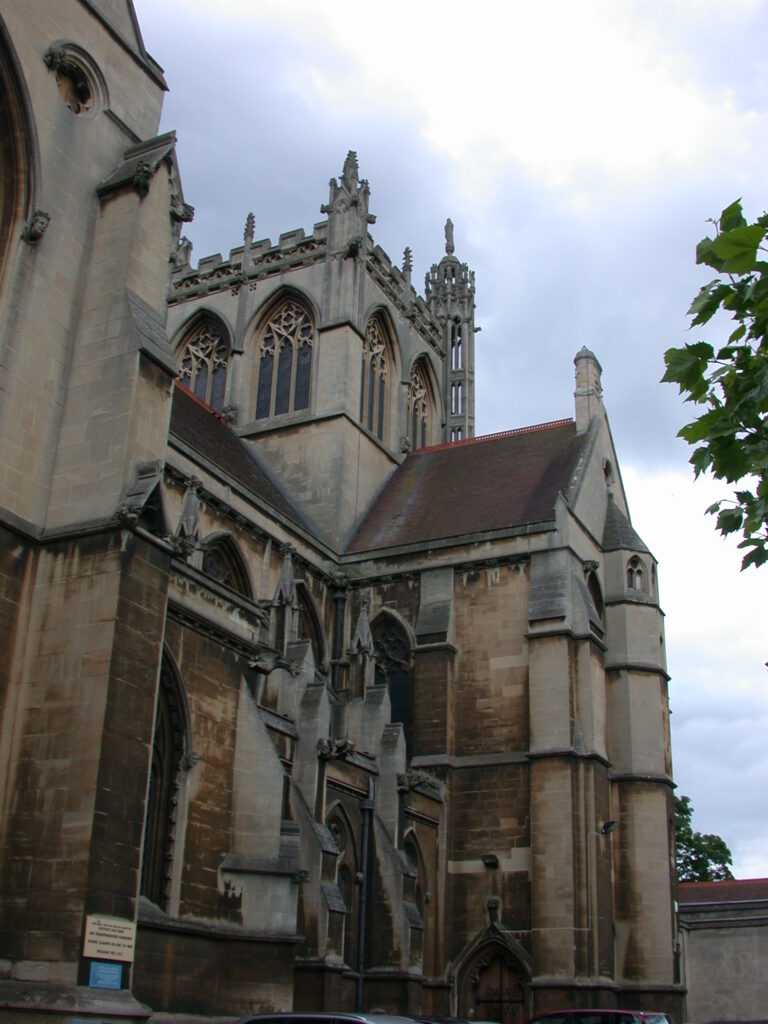
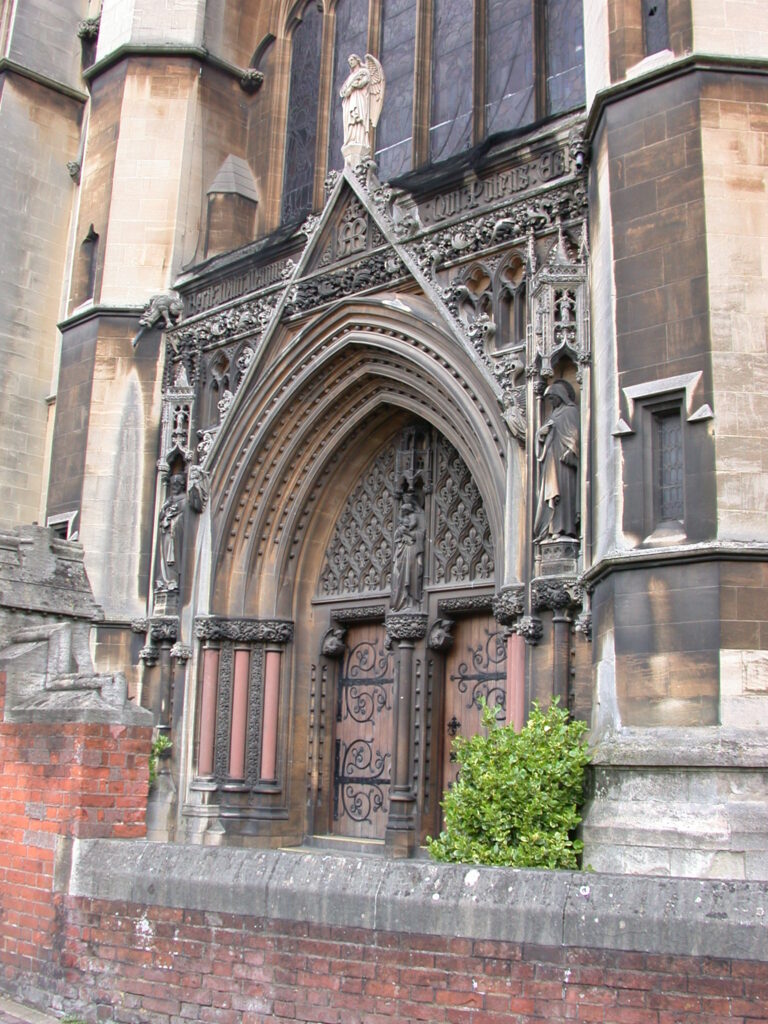
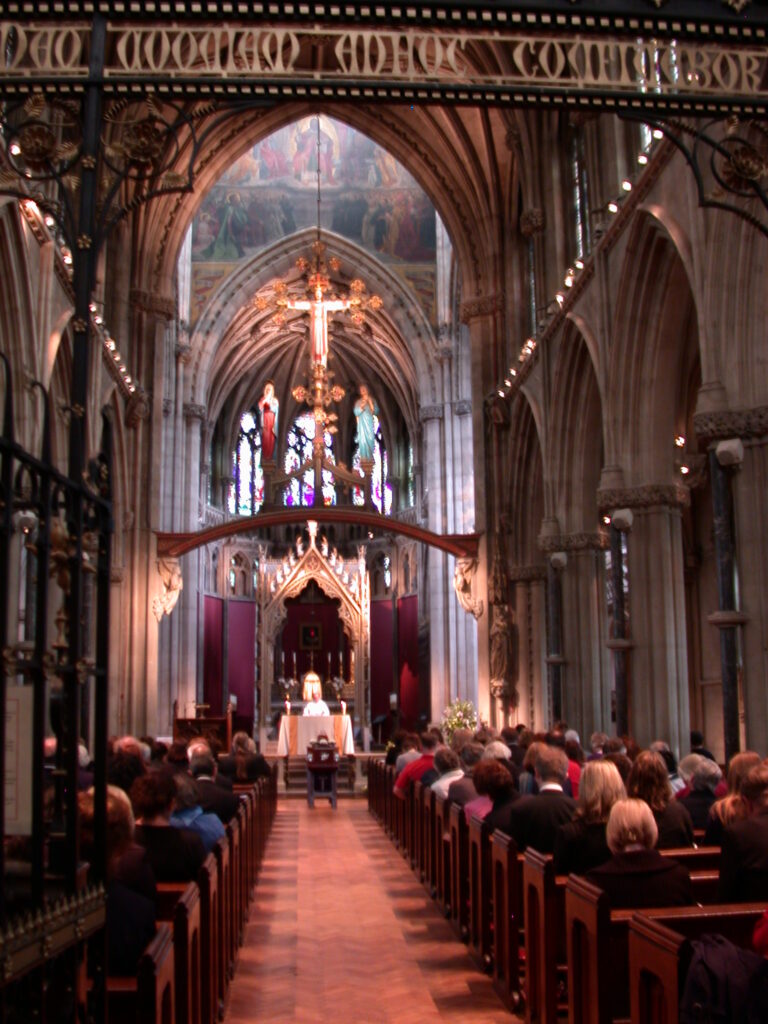
Then I hopped back on the train to London to check into the overpriced European Hotel near Kings Cross, into that small basement-level room with a loud bathroom fan and a musty odor with little room for anything else but the bed and the lamp next to it, all for the bargain rate of £45 (~US$90) per night. That’s actually a good deal in central London.
I massaged my body with a hot shower, then headed out to find free wifi, so I could search for vegetarian restaurants and queer bars. The Cafe Sosso closed just as I arrived, so instead I went to the (Quaker) Friends House cafe, which had also closed, but they let me site there in the courtyard and browse with my laptop. I found this excellent veg restaurant called Eat and Two Veg where I just finished an excellent meal of veg sausage on mashed potatoes with fresh-squeezed juice and a fruit cobbler topped with butterscotch ice cream for dessert.
London Is Expensive! British Museum and Egypt Exploration Society
Written on June 13, 2008, at Eat and Two Veg Restaurant, London, United Kingdom
I reluctantly left Sacrilege in San Francisco and boarded the plane to London via Washington, DC, on June 9, leaving late in the evening and arriving late the following evening.
Sarah, my friend from Zimbabwe, is working in London and kindly prevailed on her housemates to permit me to crash at their place for a couple of nights. One of her housemates, Caroline, is a schoolteacher and I didn’t meet the other housemate, who is apparently from Malaysia and was traveling in Amsterdam.
Sarah lives in a greenish northern suburb of London which is at least a half hour on the metro, or “tube” as they call it here, from central London. The tube ride costs £2 (~US$4) if you pay in cash, or only 90 pence if you use the Oyster card, a kind of metro debit card.
On my first excursion into town, I went to the Petrie Museum for Egyptian Archaeology. I arrived at 11:00 and left around 16:00 after examing ten artifacts up close and personal and many more exhibited in the public collection.
Next, I searched around for a hotel where I could spend Friday and Saturday night. The cheapest room I could find in the Kings Cross area with a bathroom “en suite”, i.e. in the room, not shared, was £45 (~US$90)! The place is called the European Hotel and the expensive room was in the basement, small, and perhaps a bit moldy.
I made it back to Sarah and Caroline’s place before either of them got back home, so I waited on the stoop until Caroline got home before Sarah did.
That evening, Sarah and I ate pizza with Caroline, then Sarah invited me to meet some childhood friends with whom she is still close. They even live in the same neighborhood in London. We went first to a typical English pub where I tried a draft ½ pint of ale. Everyone else drank at least twice as much as I. We met Antony at the pub, then went on to his cute little house and sat in the back garden with Antony’s brother Bobby, who I had met in Zimbabwe on an outing with Sarah to majestic Matopas, along with a girlfriend of theirs also named Sarah, who lived for awhile in Australia.
Antony is a great conversationalist, his banter littered with curses and his stories and political arguments quite entertaining. We drank and drank and drank, then Sarah and I walked home, so waking for our work the next day wouldn’t be too painful.
Next day, we walked again to the tube and she went to work, I to the British Museum. I got some good pictures of 25th dynasty Egyptian artifacts in Gallery 4.
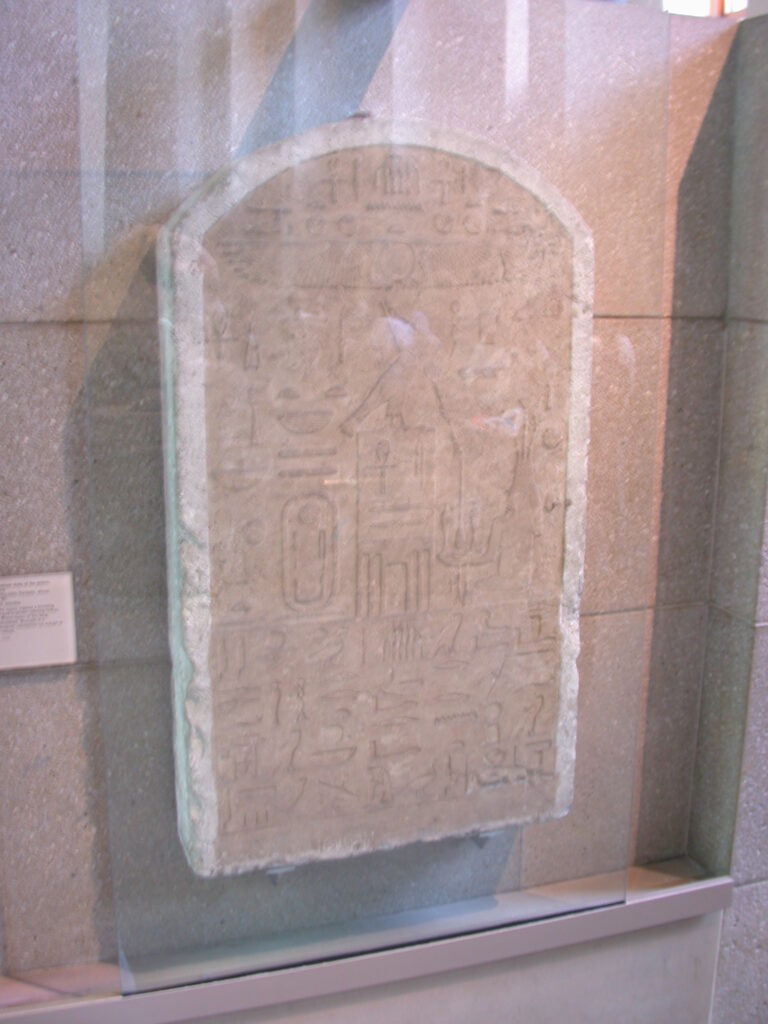
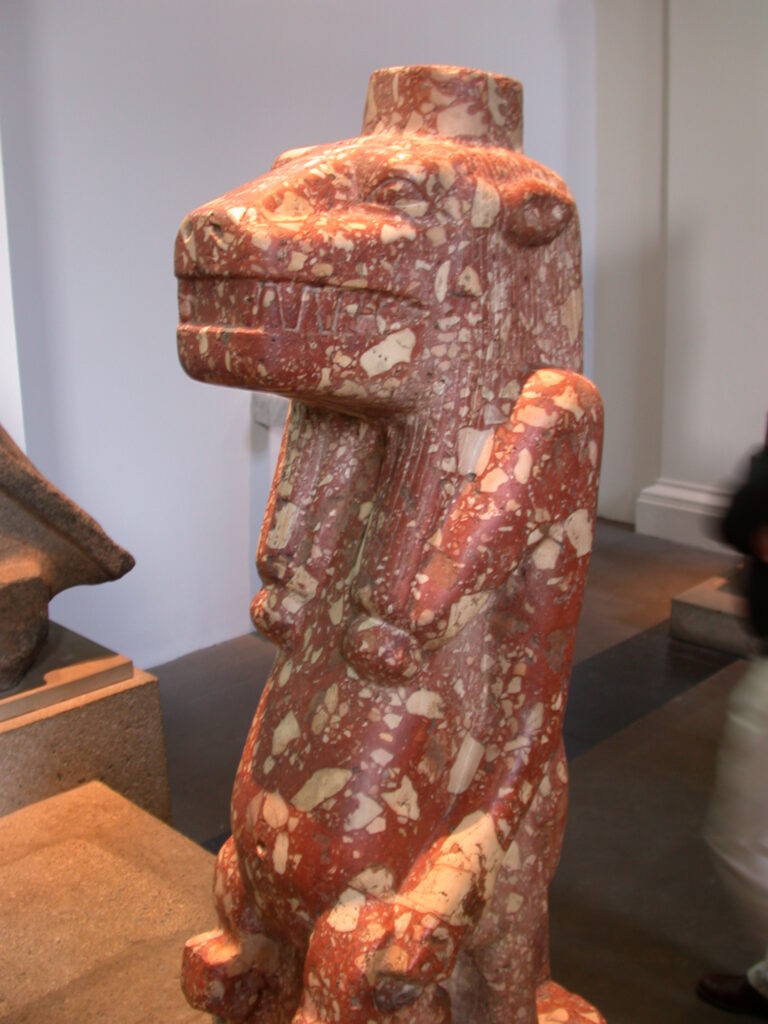
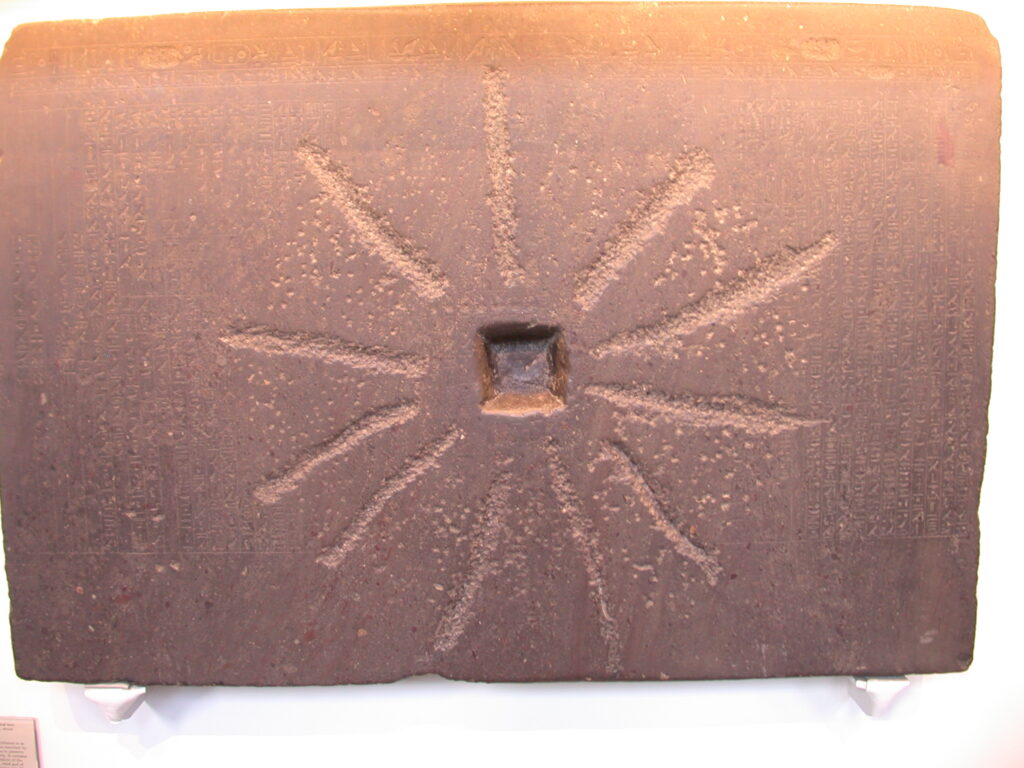
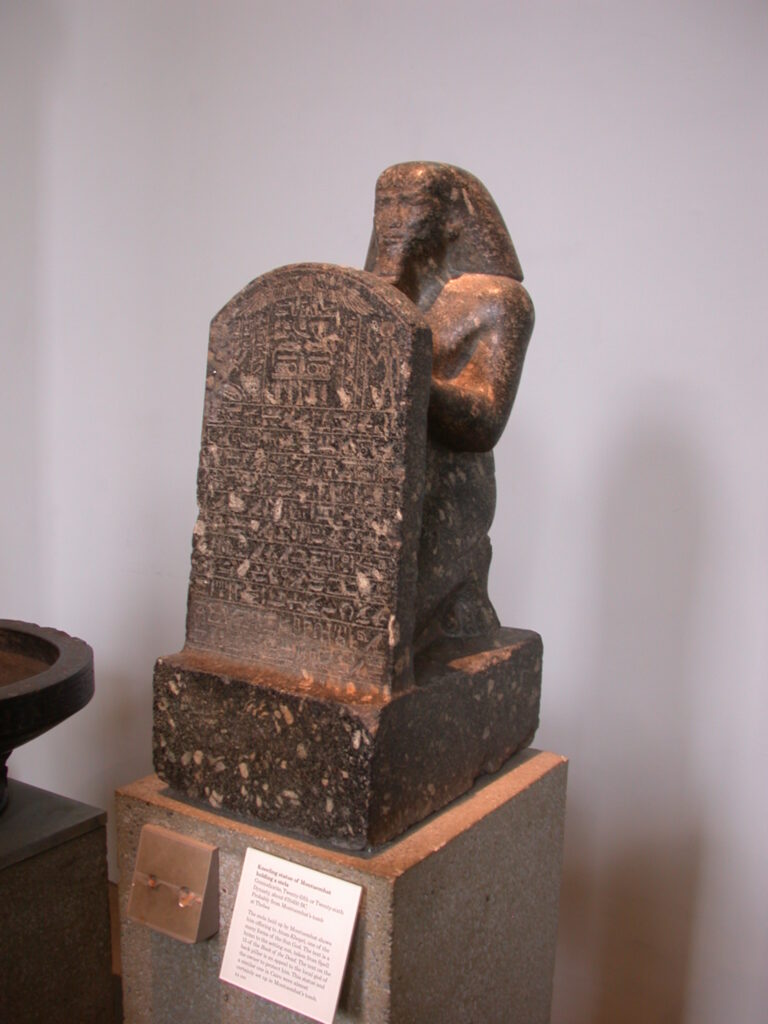
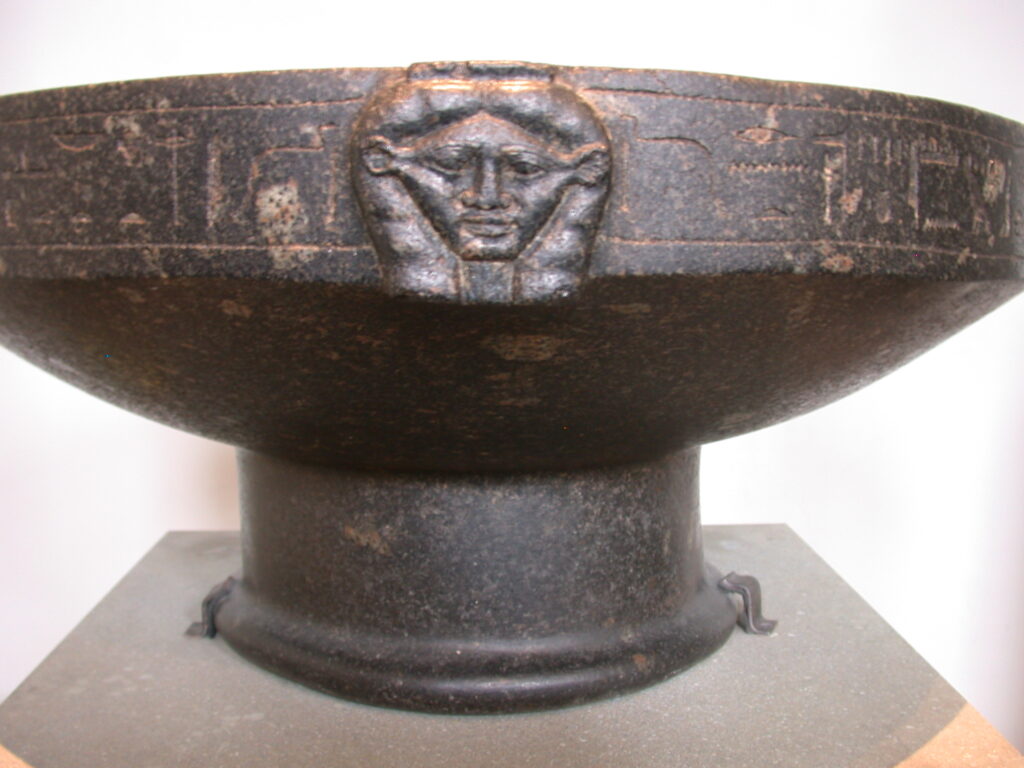
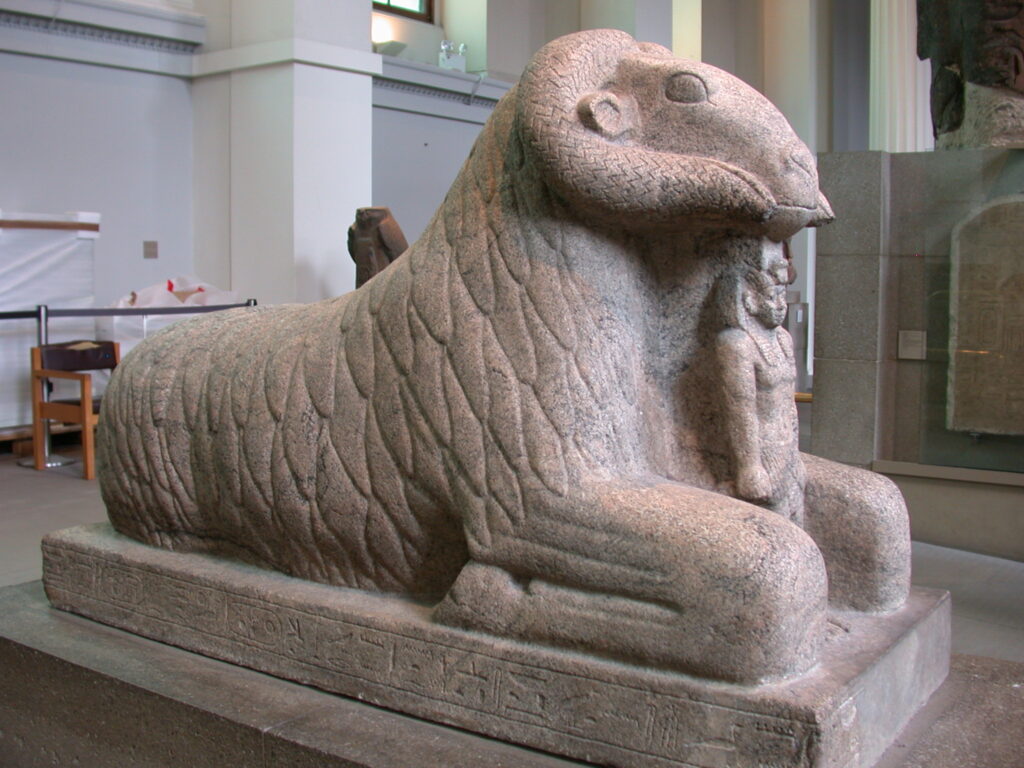
I’ll go back there tomorrow (Saturday) to do more. I had an 11:00 meeting scheduled with Chris Naunton, Deputy Director of the Egypt Exploration Society. Their office is located on Doughty Mews, a cute little cobblestoned street with comfy old brick buildings. The library there had lots of resources to help me with my research, but best of all was the chance to chat with Chris, who has been researching 25th dynasty non-royal officials for at least eight years. Although he was delayed by an emergency meeting due to leadership change within the organization, and although he was obviously dealing with considerable stress over it, he made time to hang out and chat with me and provided a bunch of helpful materials.
I was scheduled to meet Sarah at 18:15 at Charing Cross station, so I managed to go to the Kings Cross station to purchase my round-trip train ticket to Cambridge for the following day, Friday.
I took the tube to Charing Cross to meet Sarah. While I waited, I ate a veggie pasty from a place in the station. Then, I took Sarah out to dinner at an Italian restaurant near the station.
After that, she invited me to a South African bar, where her friend Jeremy had invited a group of Zimbabwean and other friends since he was passing through town on this travels with his girlfriend and hadn’t sen many of his friends, now in London, for some years. It was all about drinking a lot of beer or cider, but surprisingly, people chatted a lot as well. We also tried Amarula Cream, a liqueur from a South African fruit that tasted like Bailey’s. Then Sarah and I left — I was really tired. I nodded off a bit on the tube and struggled to walk the rest of the way back to her place.
Zooming All the Way to Great Zimbabwe and the Ancient City Lodge
I took the bus from Harare to Masvingo.
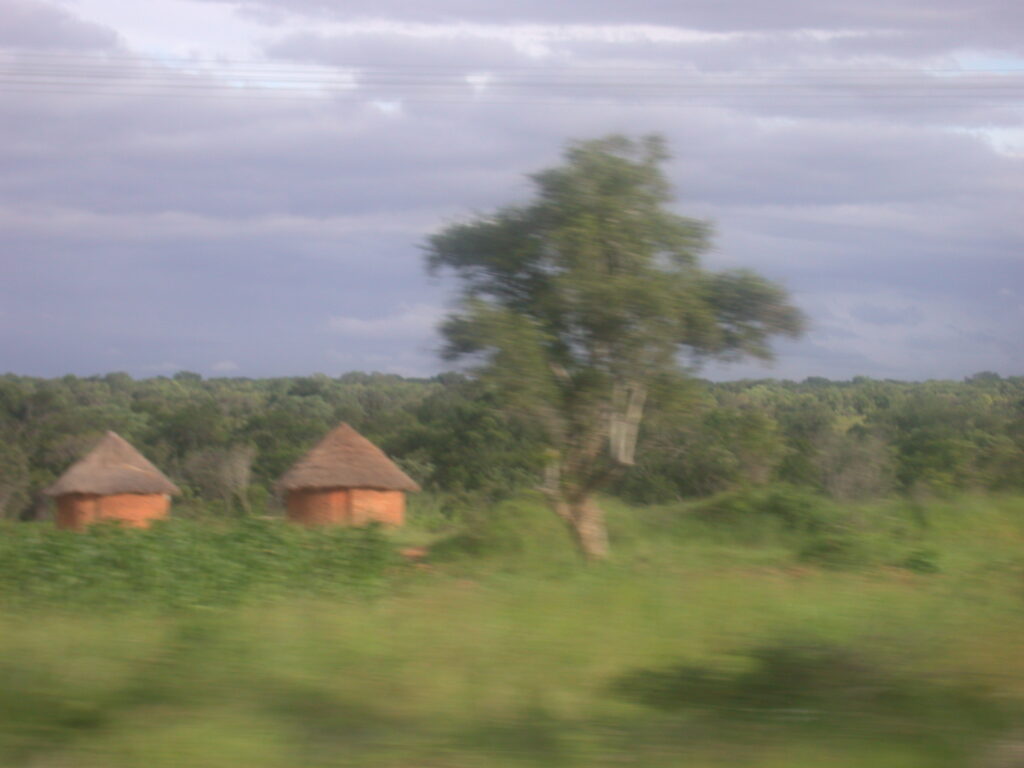
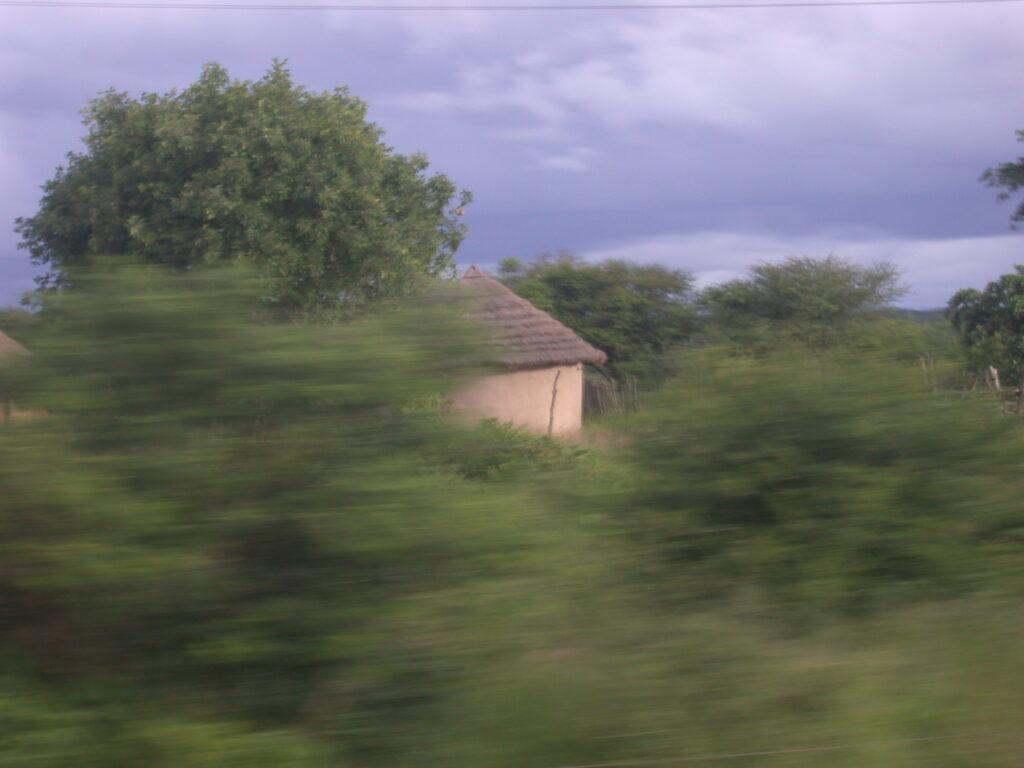
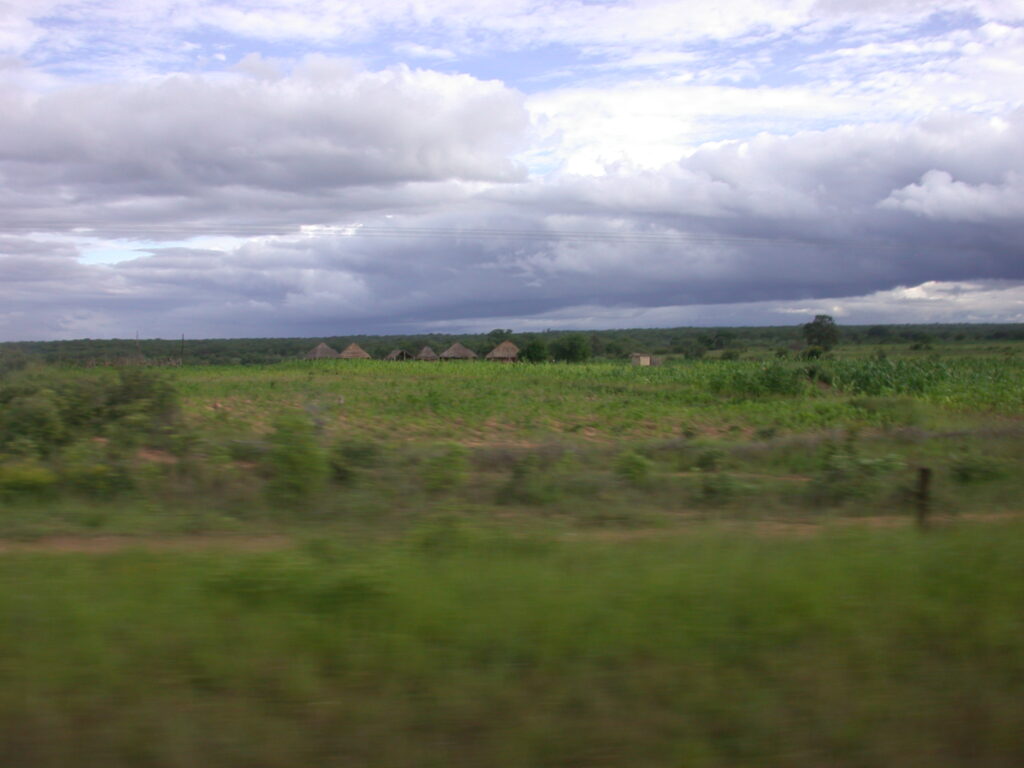
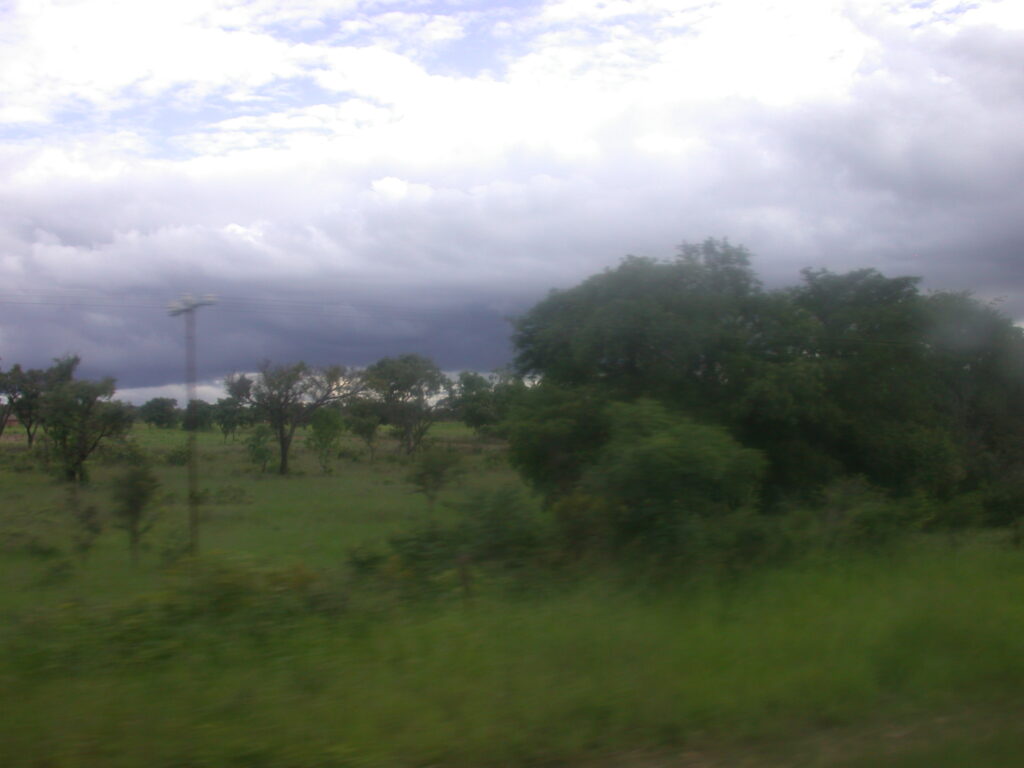
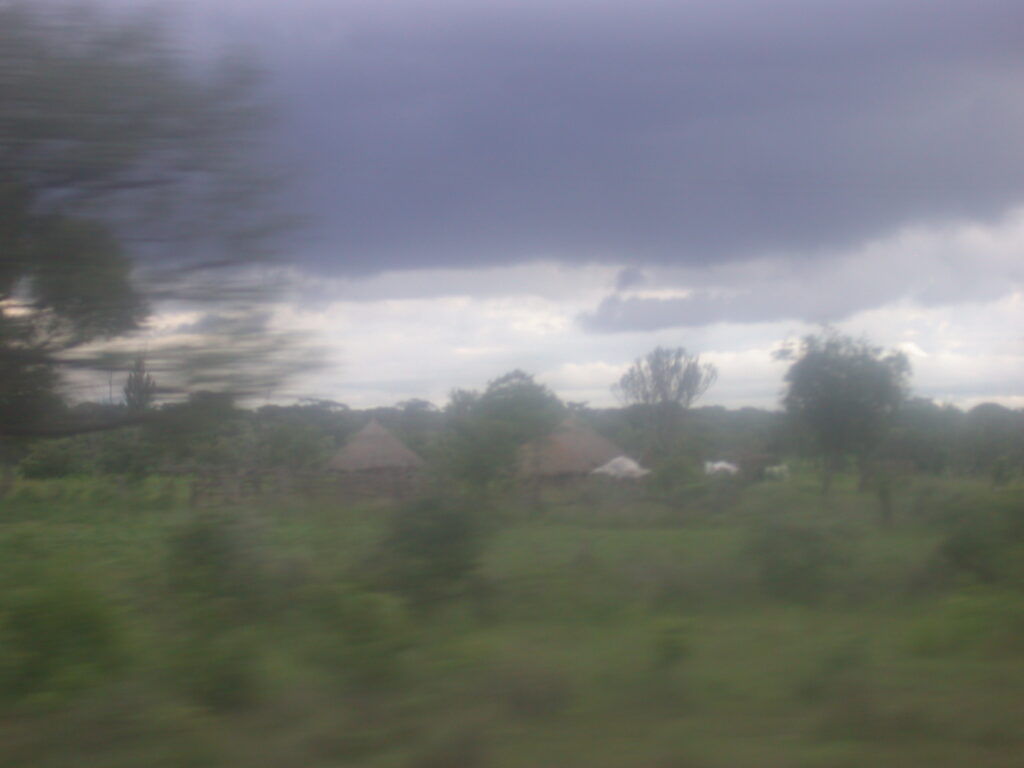
Then, on January 20, 2008, I made it to the Great Zimbabwe Monument, outside Masvingo, Zimbabwe, by paying off a local gas station owner who was willing to undercut the price offered to me by unscrupulous taxi operators in town.
I stayed at the stunning Ancient City Lodge, which is itself a recreation of the grounds of ancient Great Zimbabwe. The hotel is one of the best hotels where I’ve stayed anywhere in the world and certainly an amazing find in Zimbabwe. Tip: the price in South African rand was much more reasonable than the US dollar price for some unknown reason.
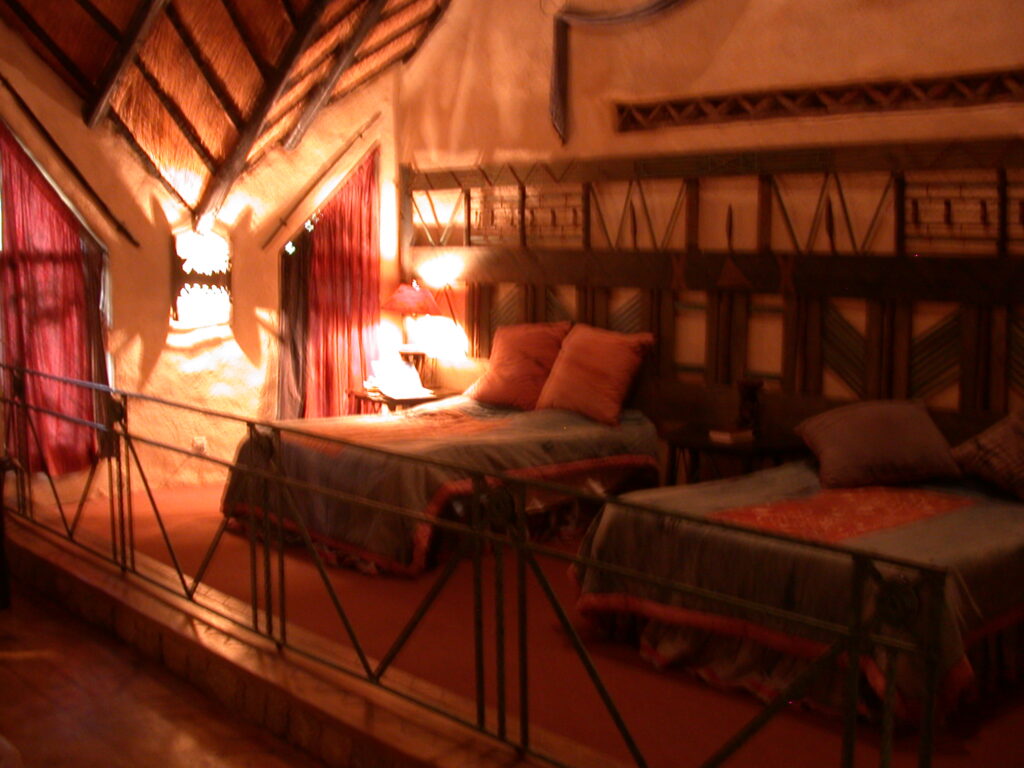
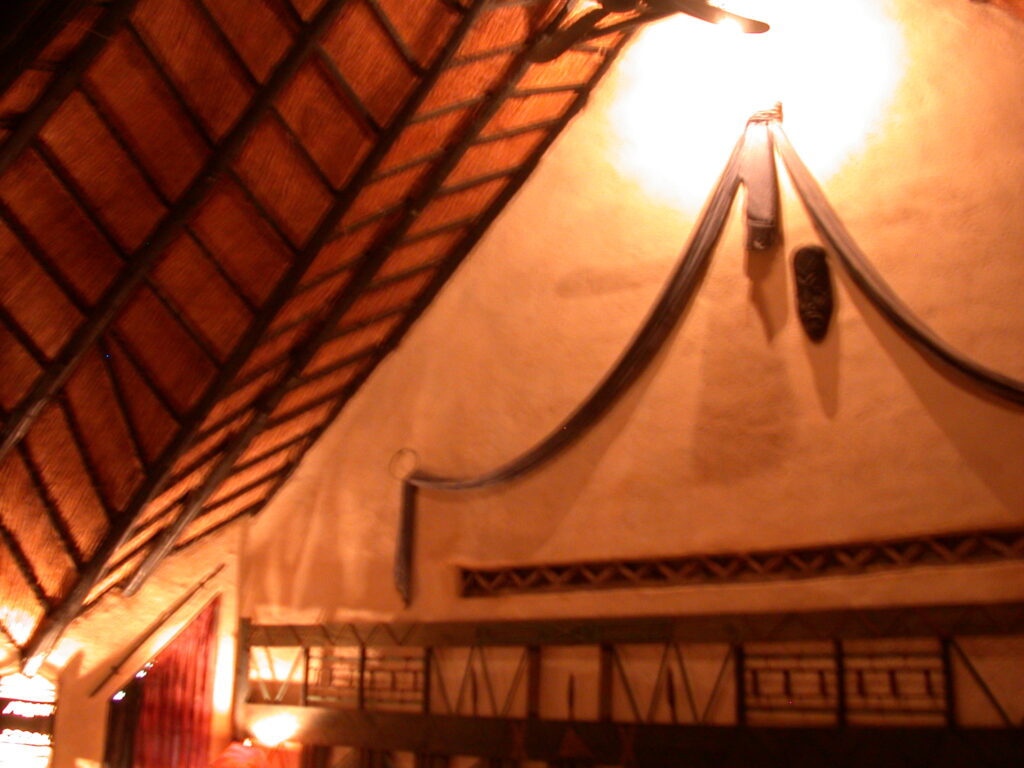
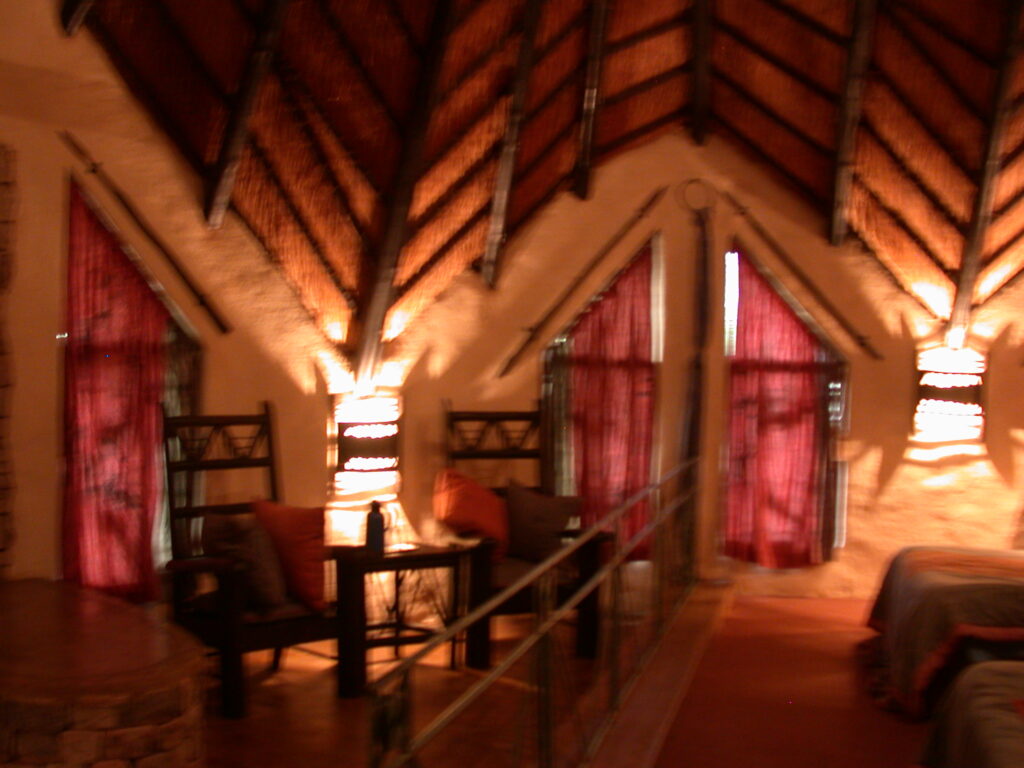
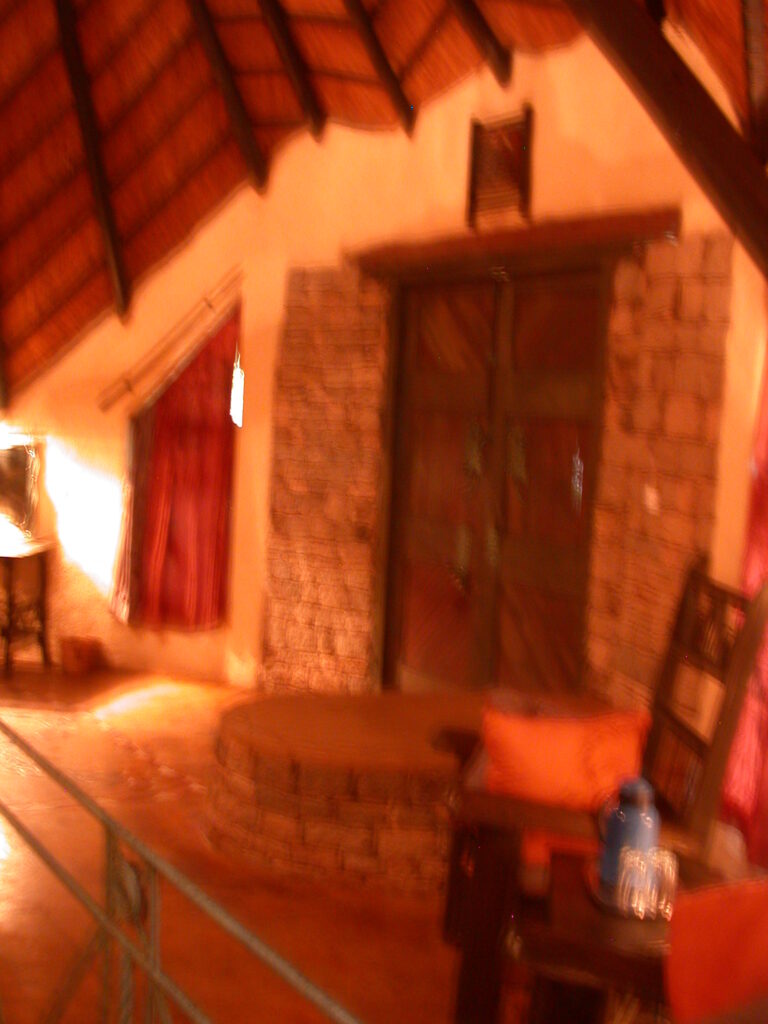
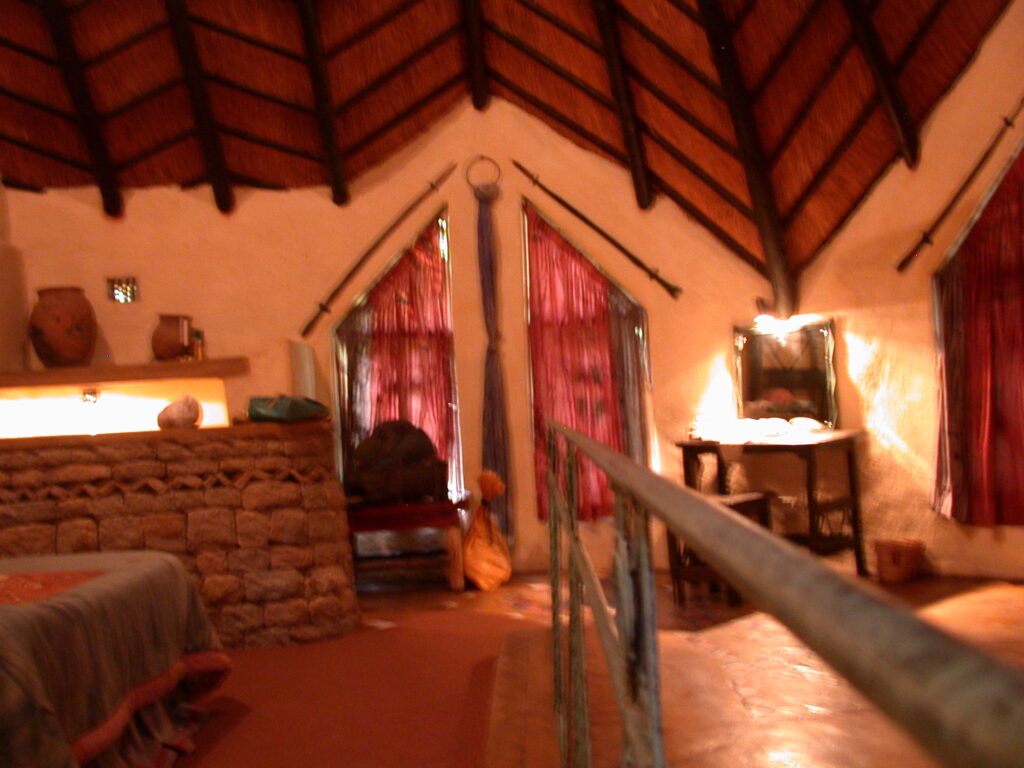
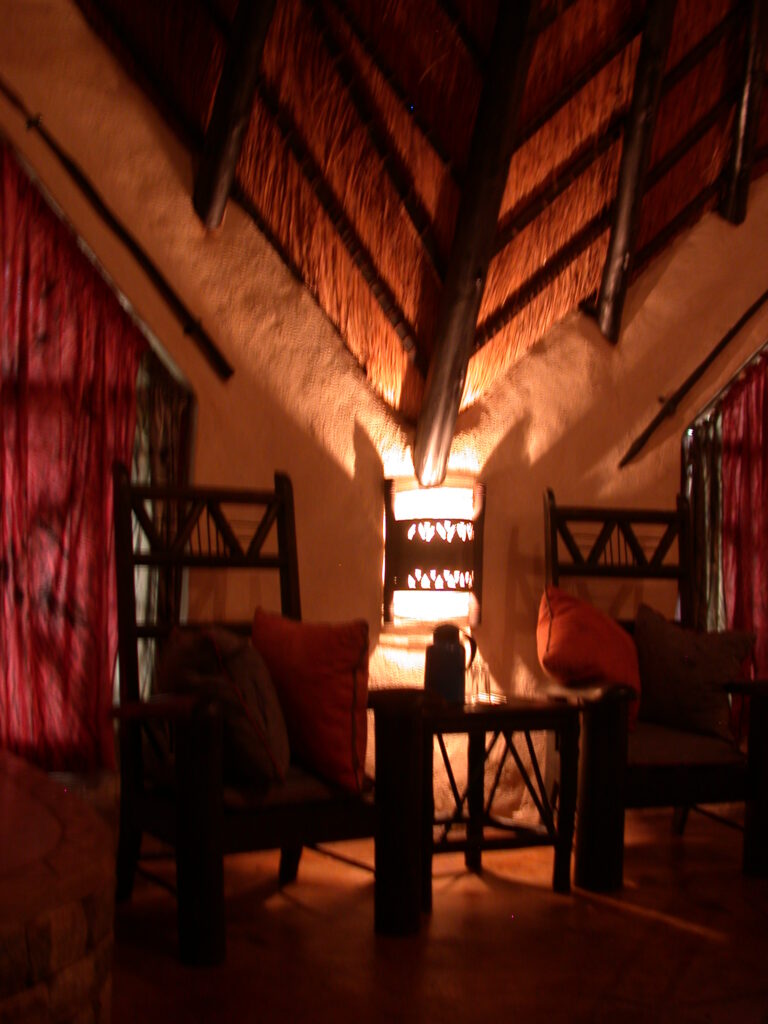
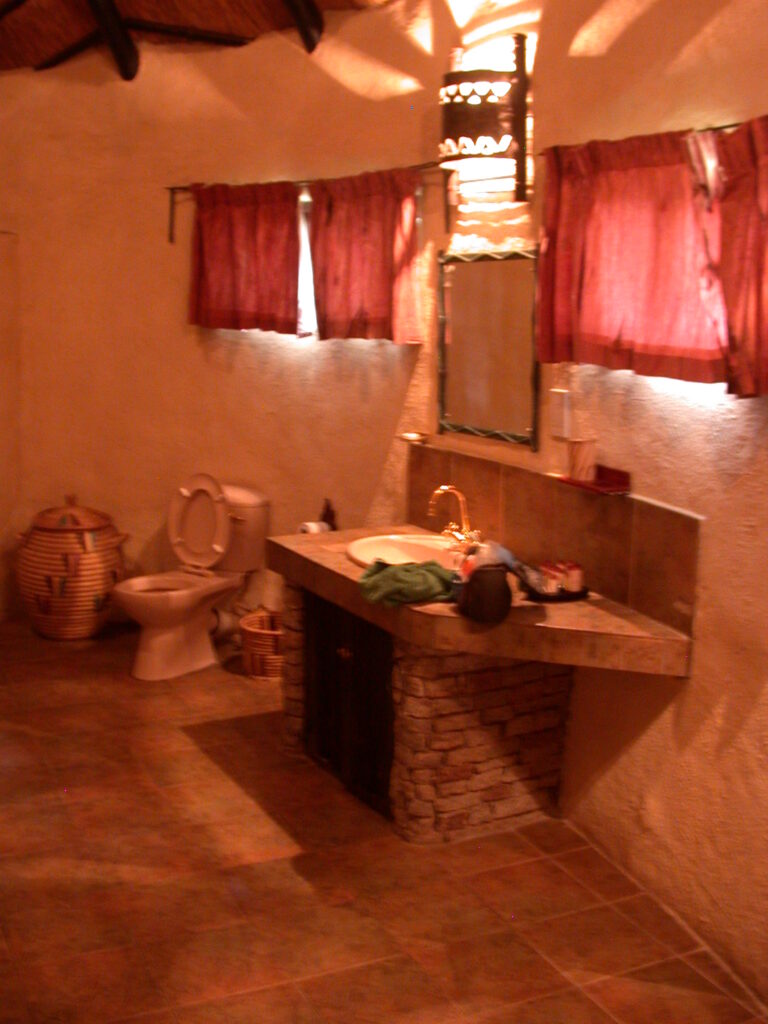
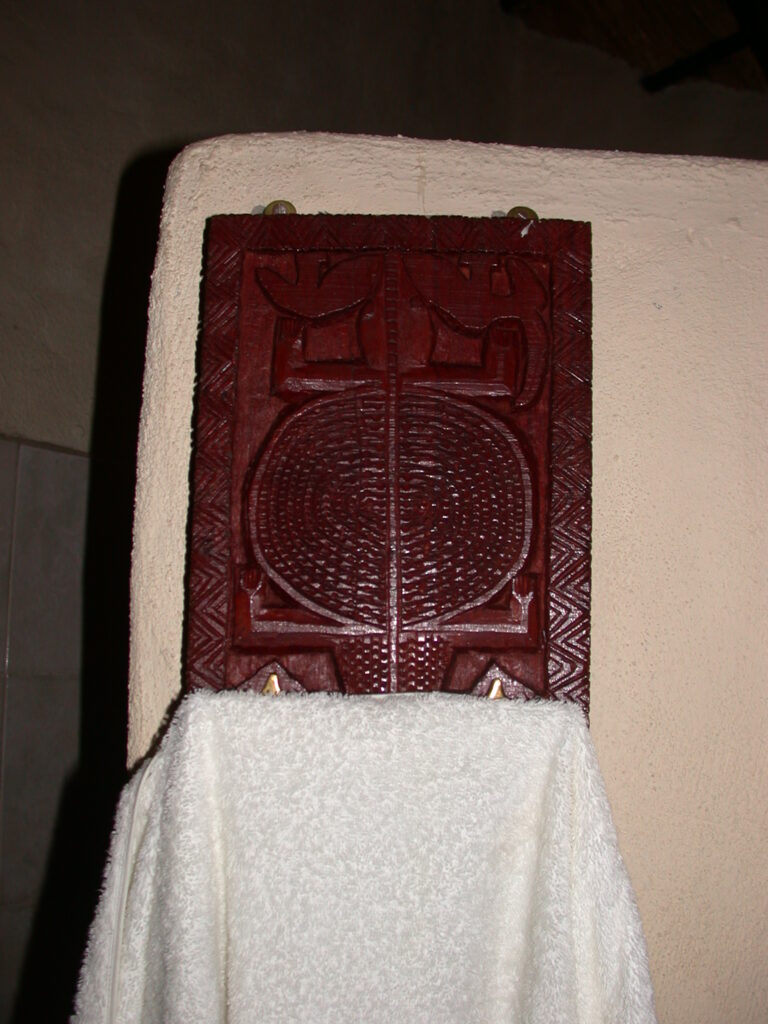
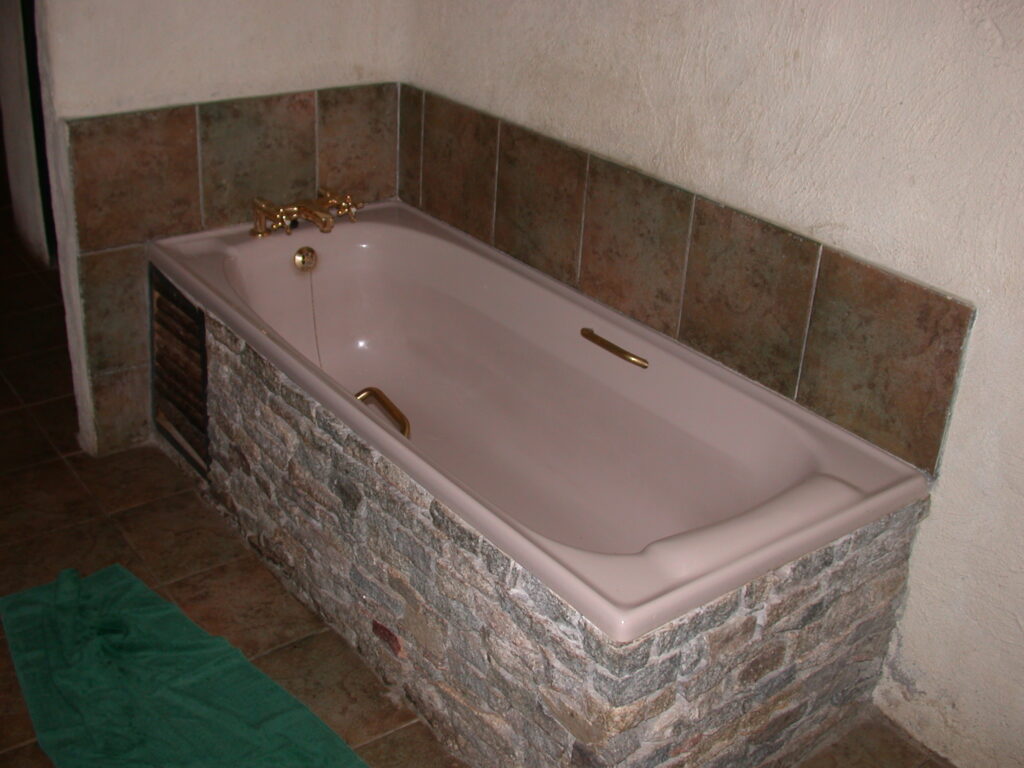
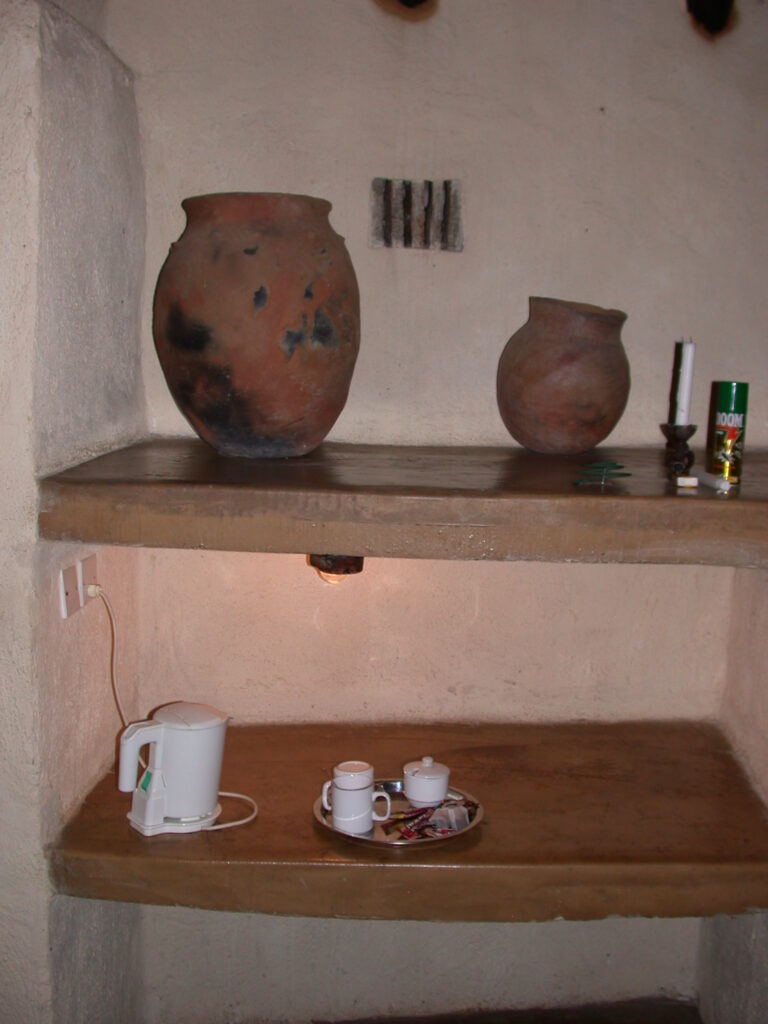
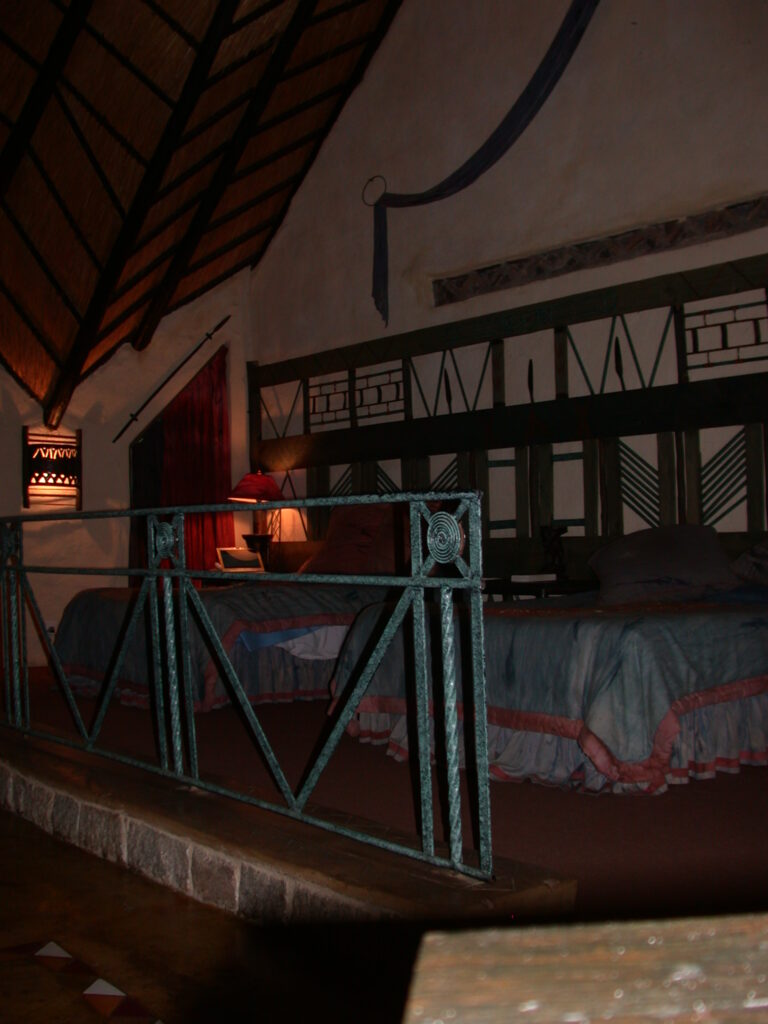
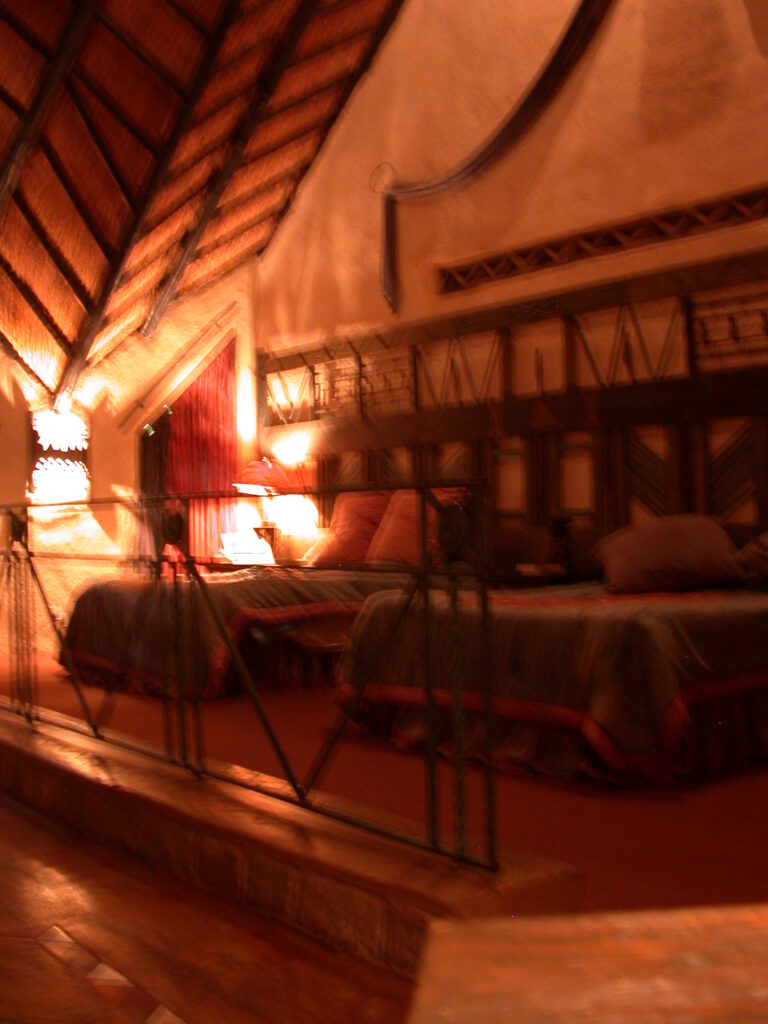
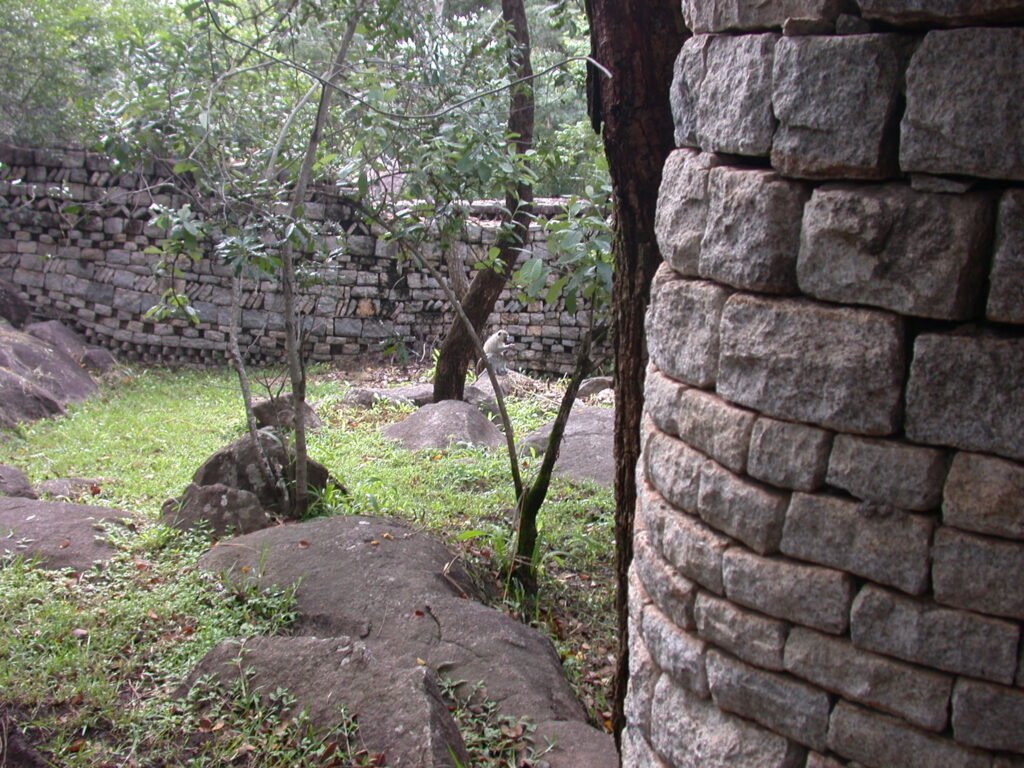
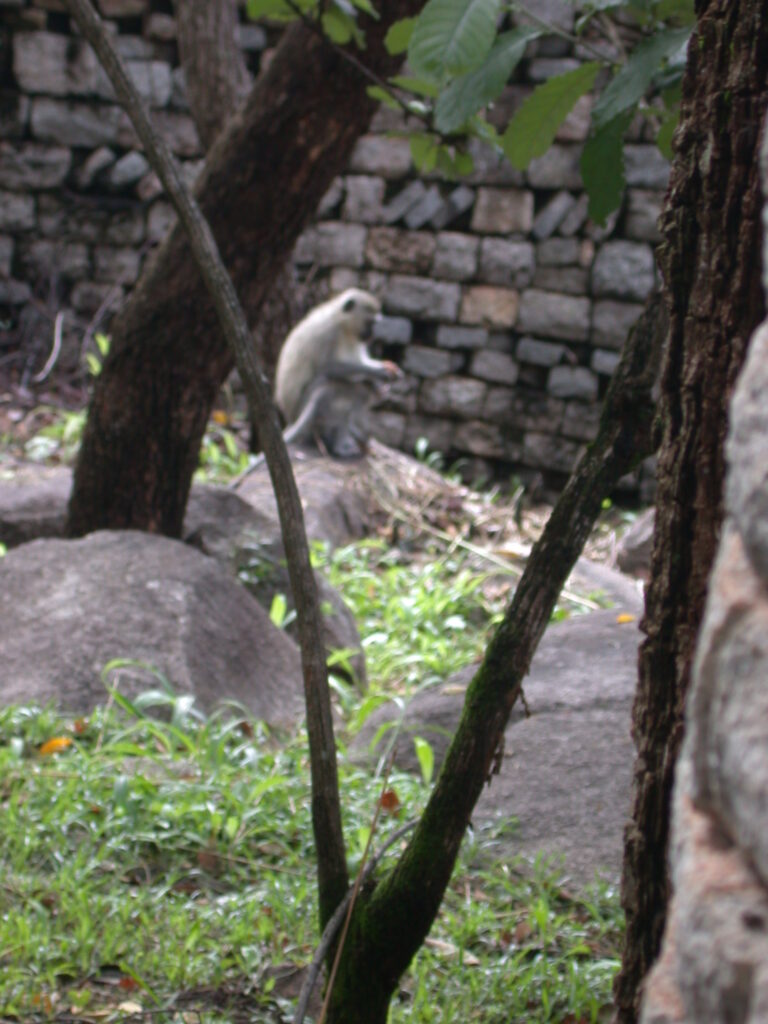
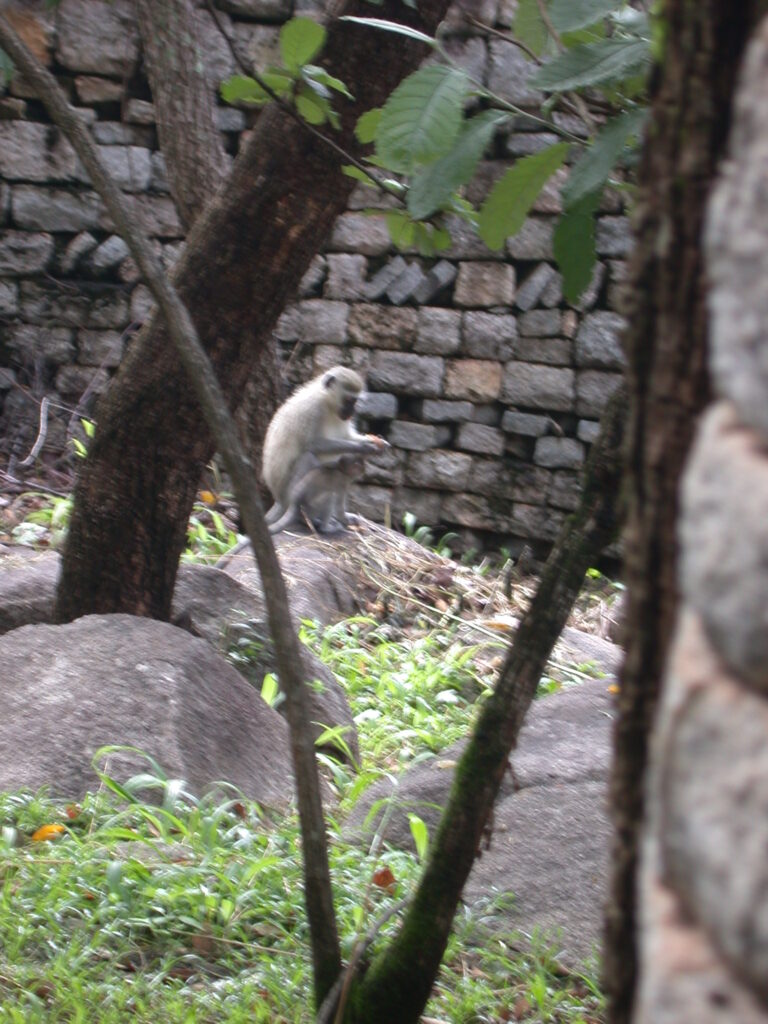
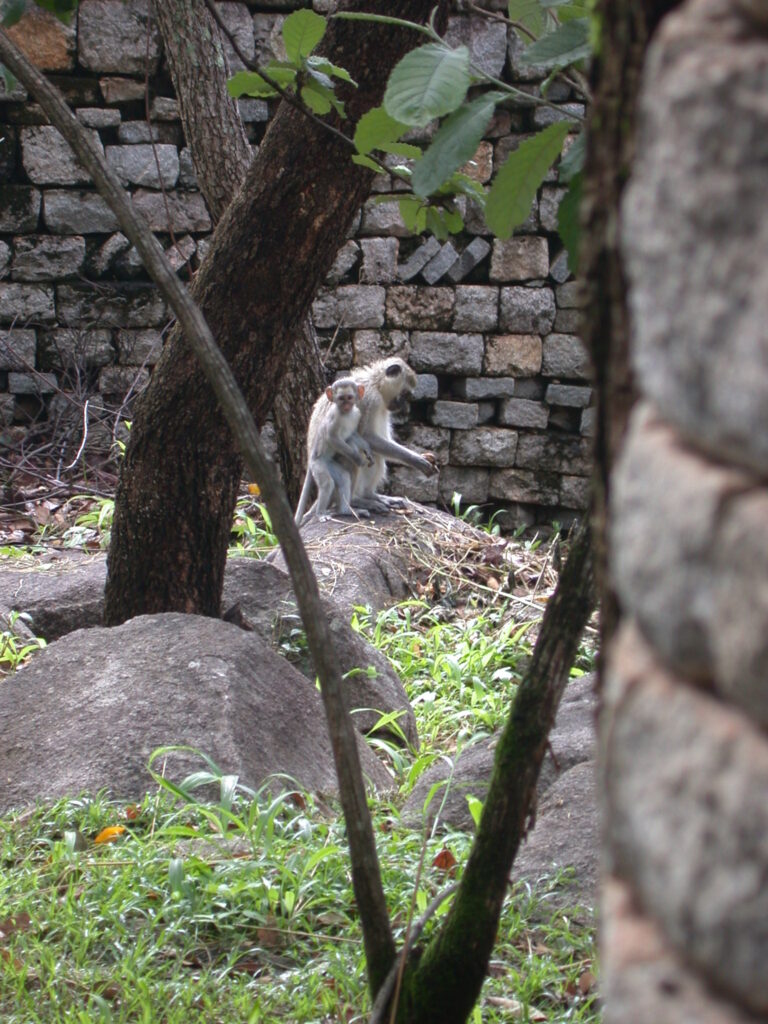
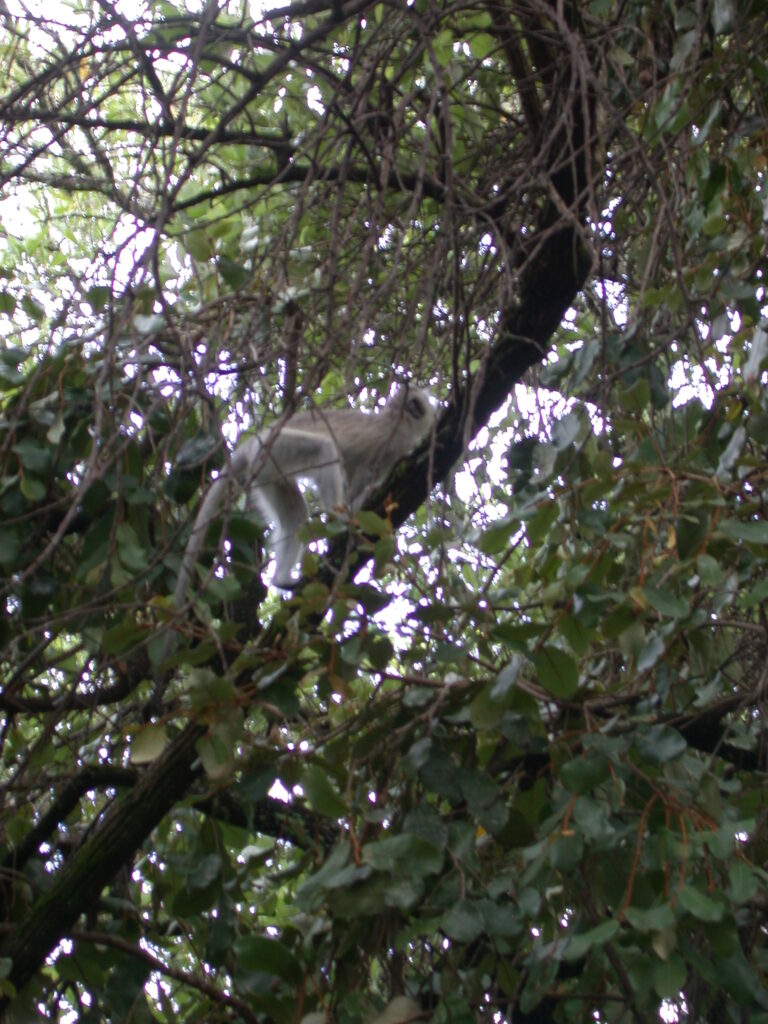
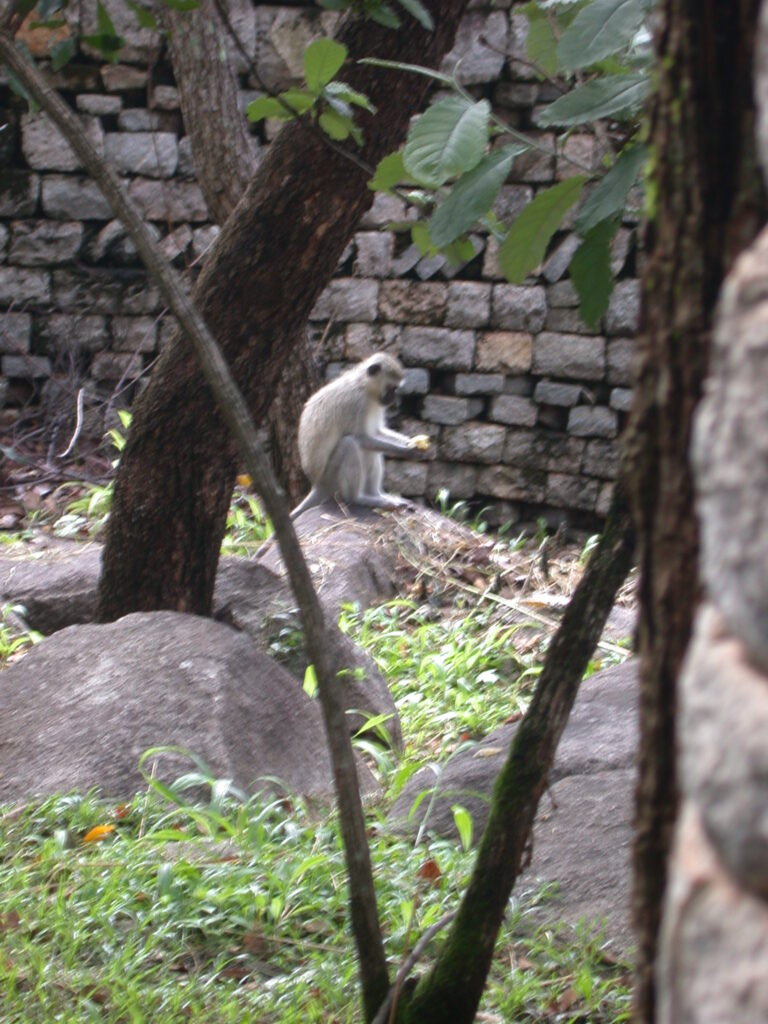
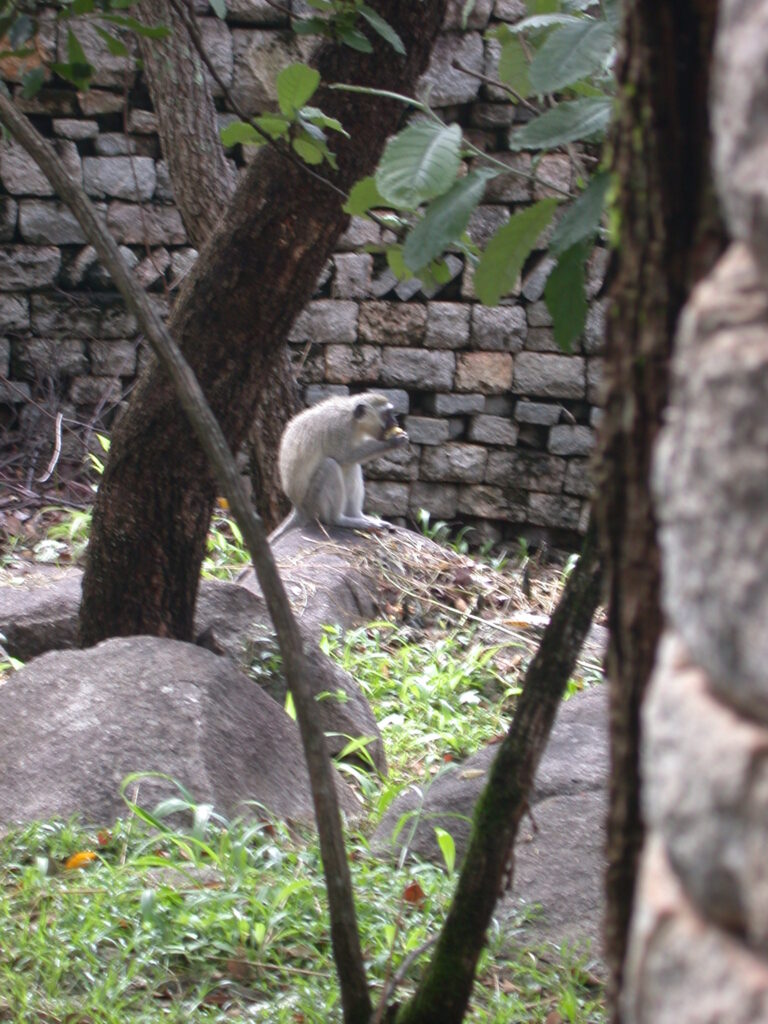
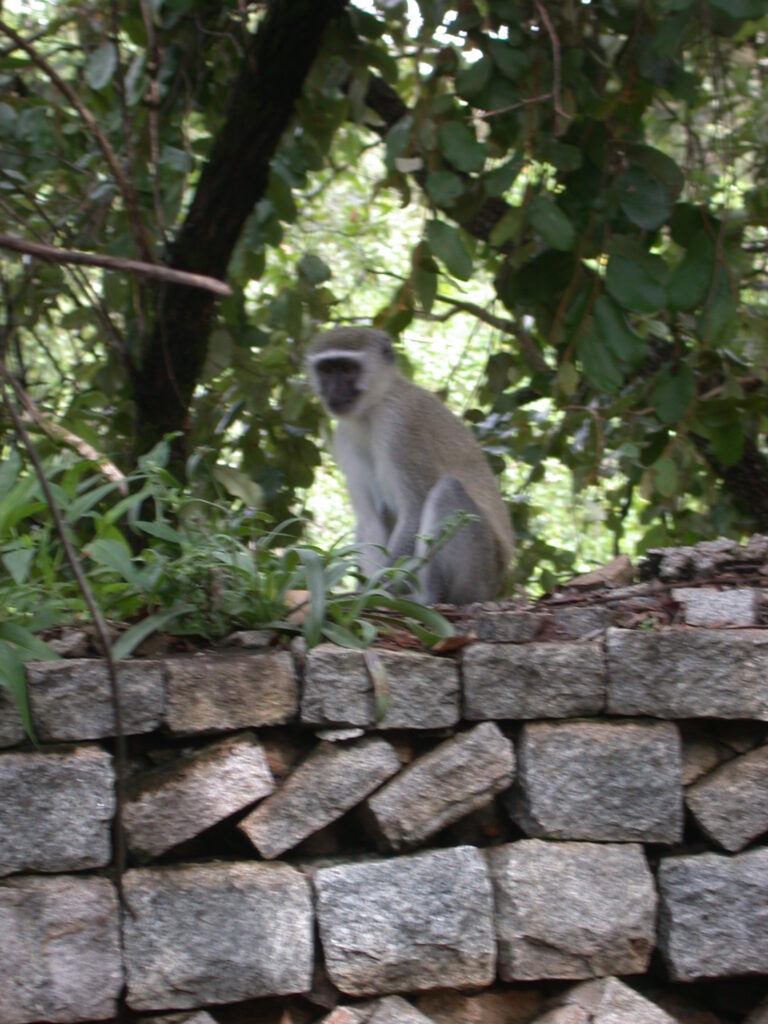
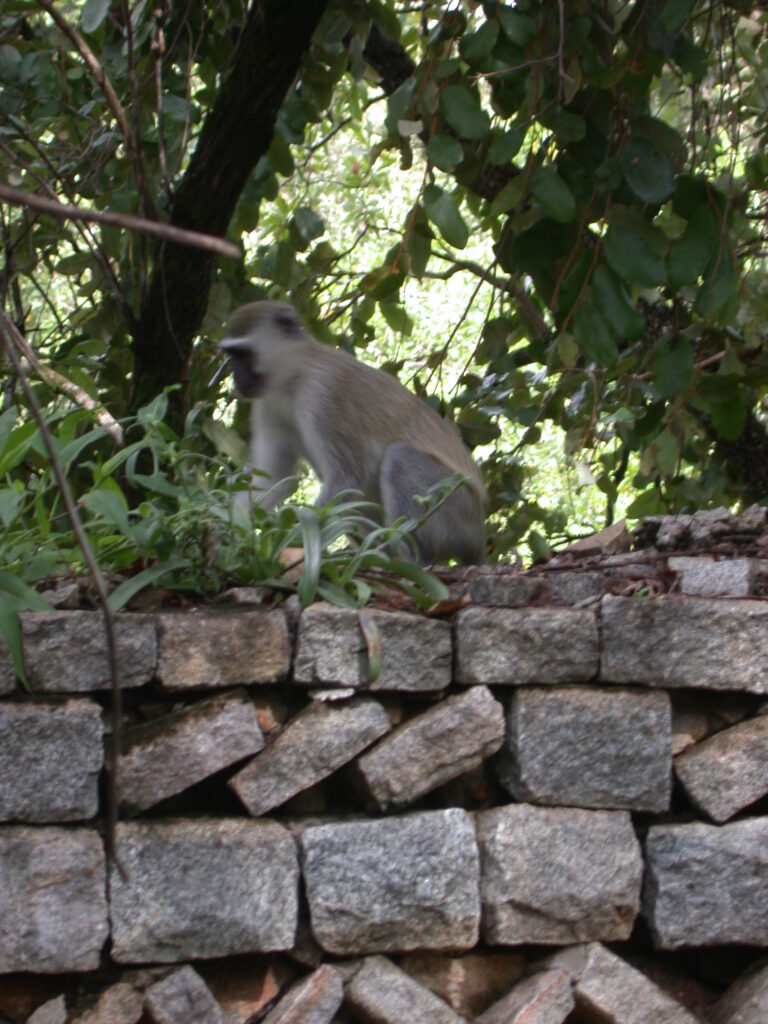
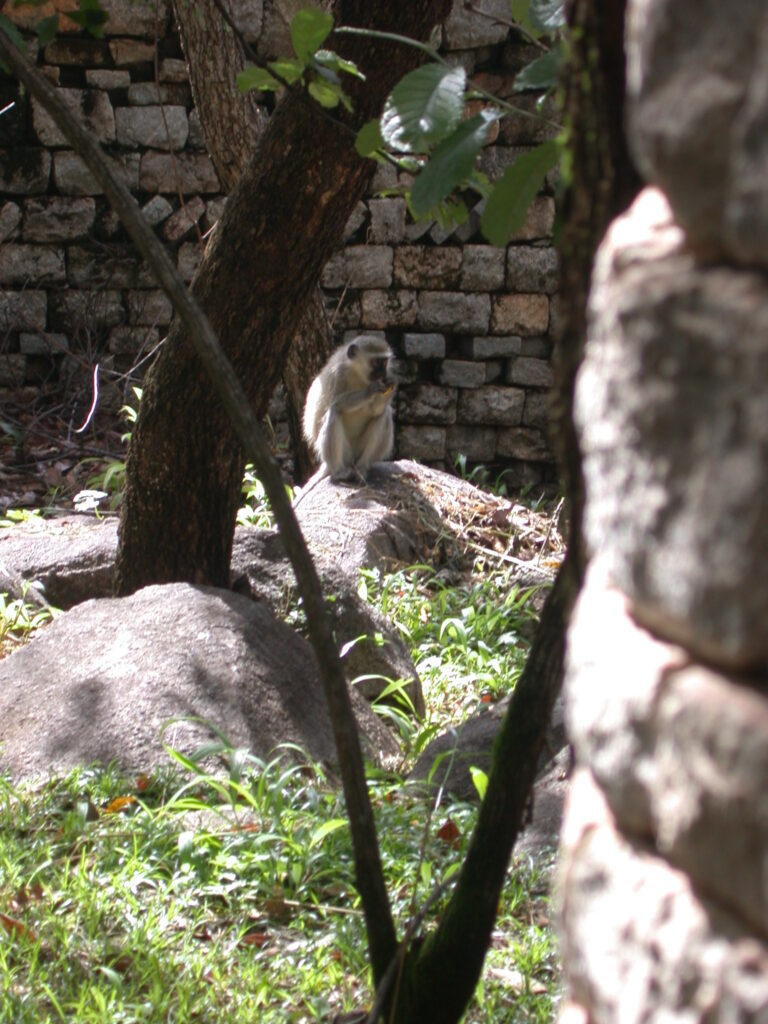
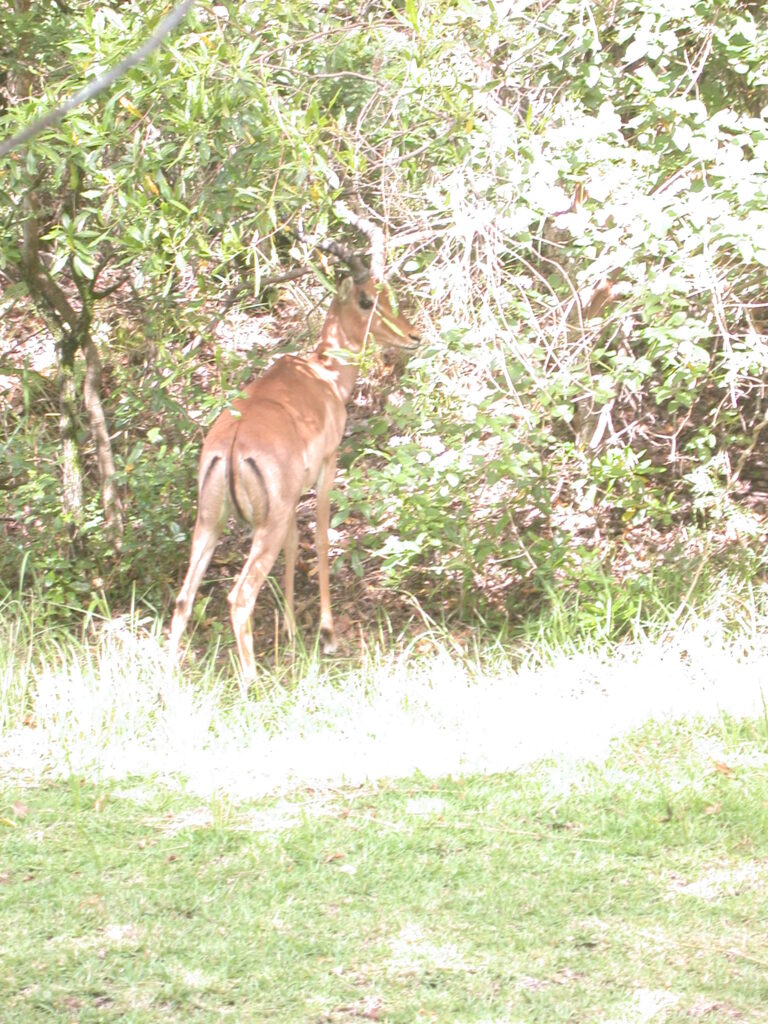
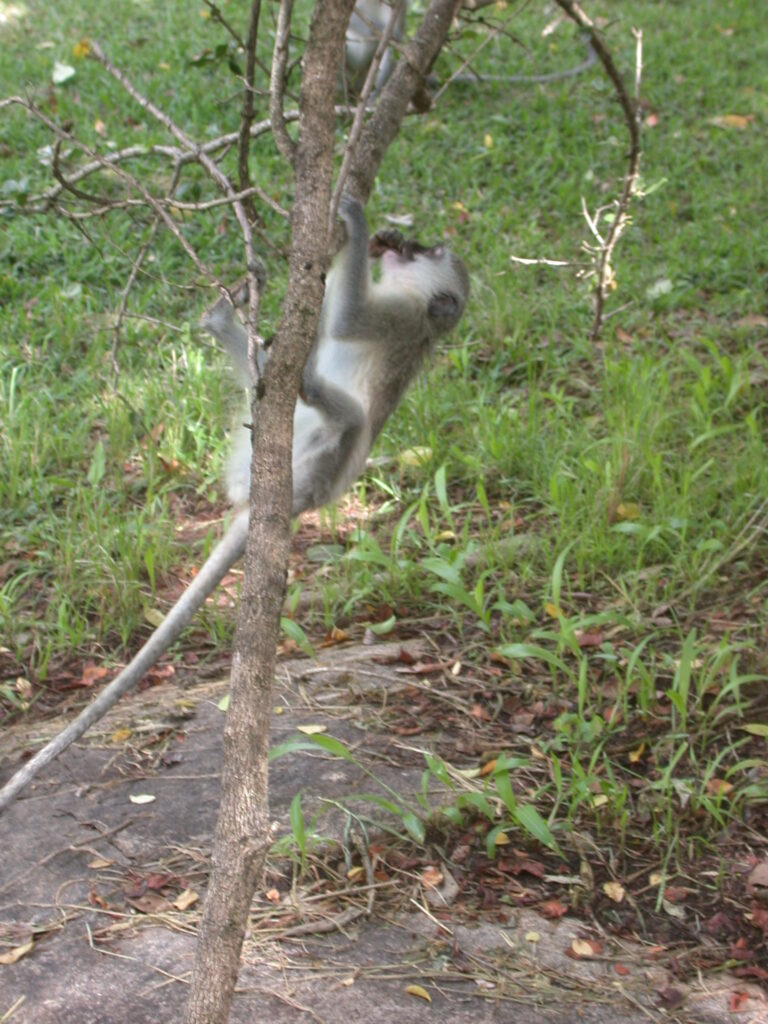
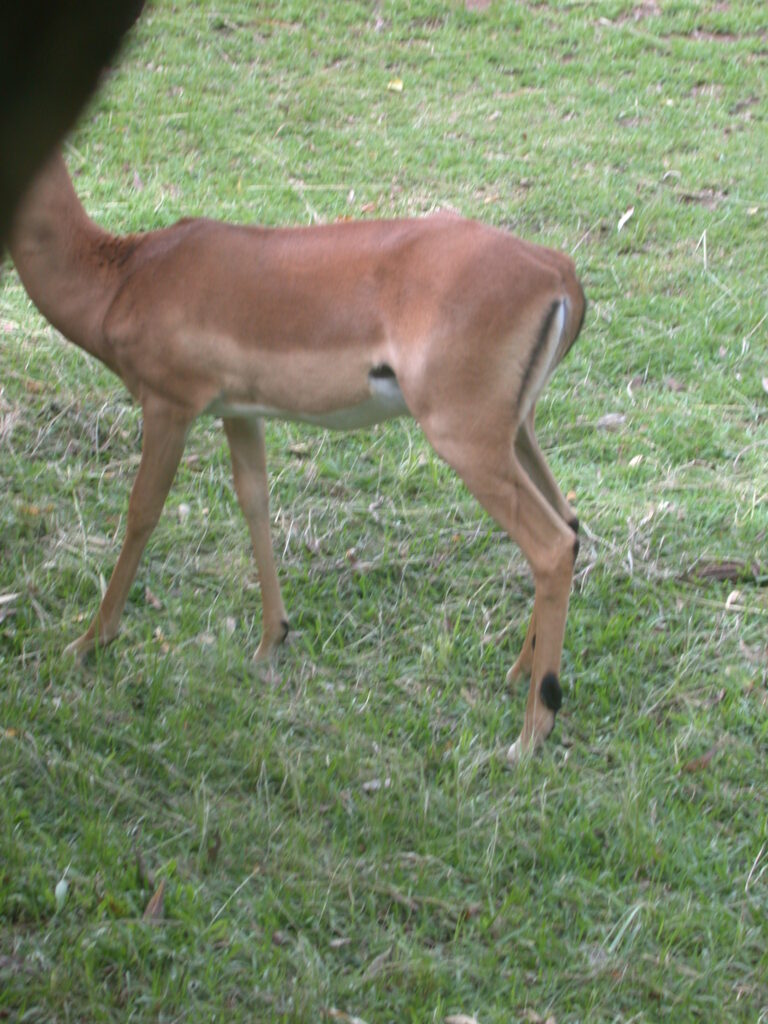
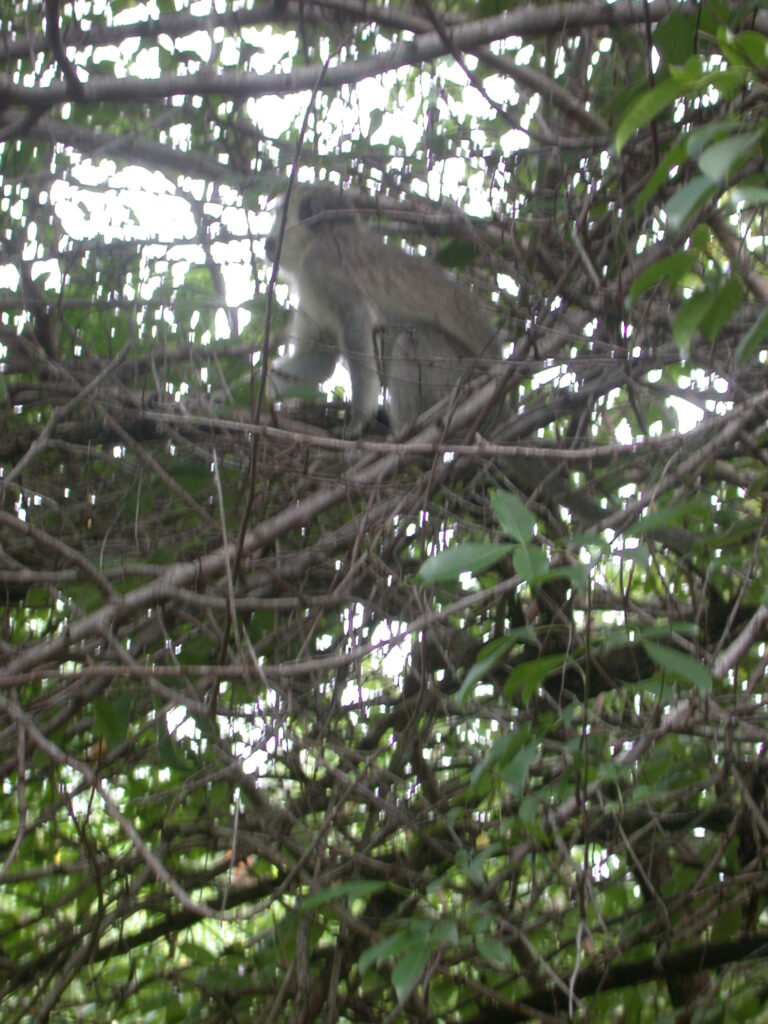
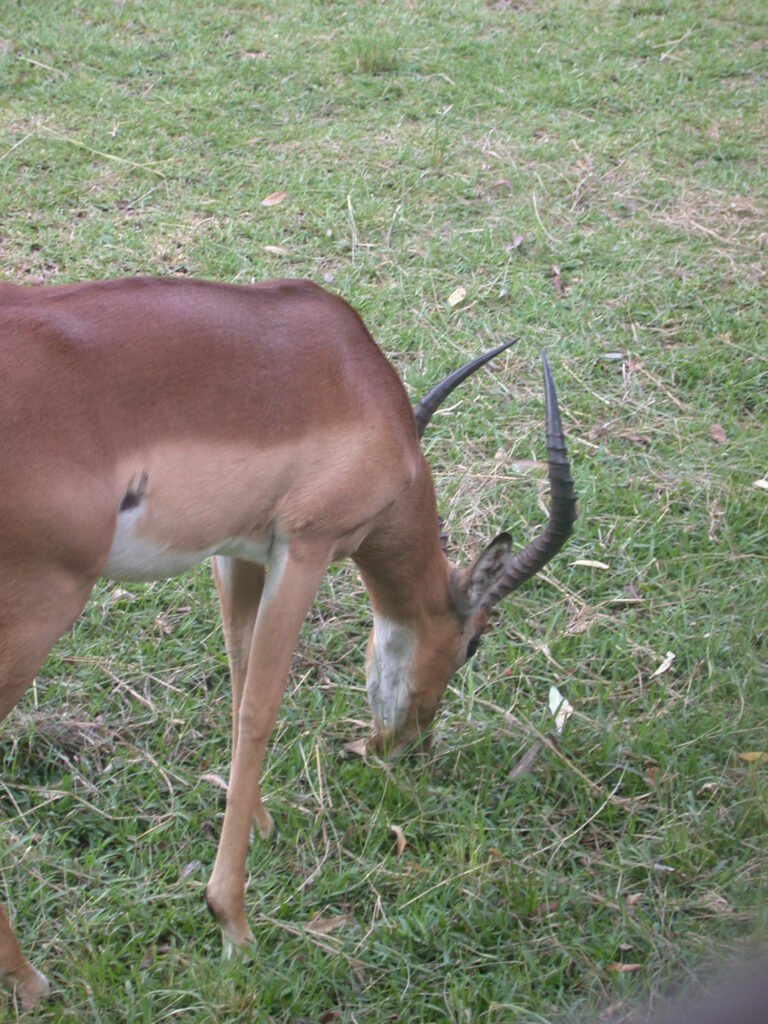
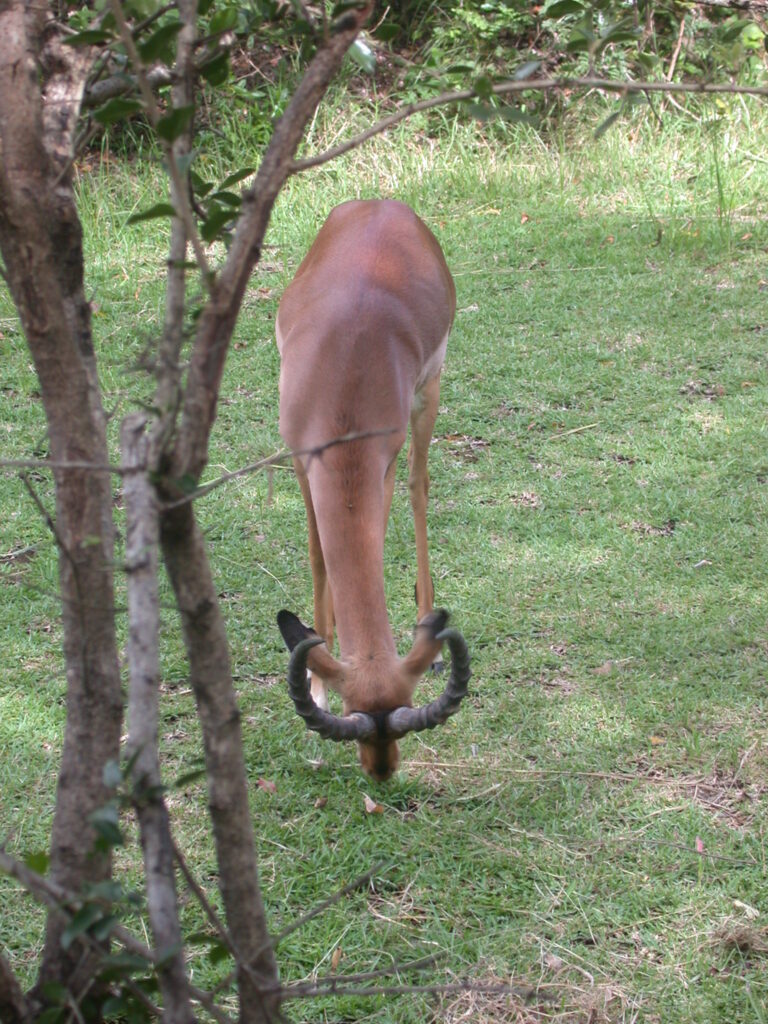
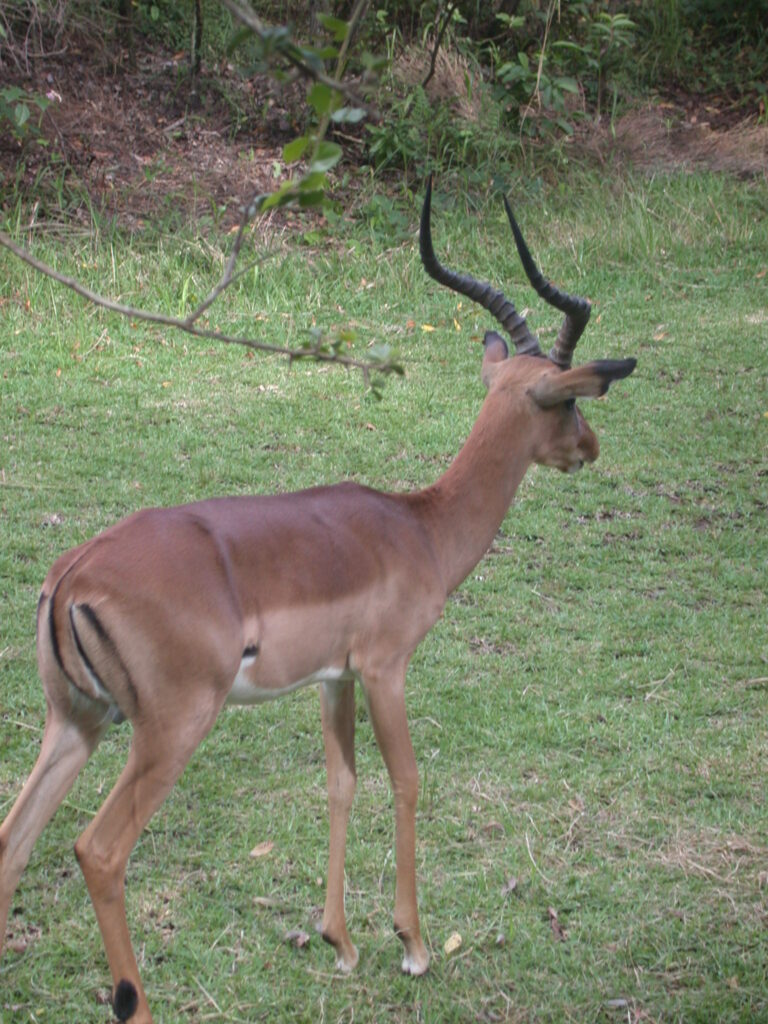
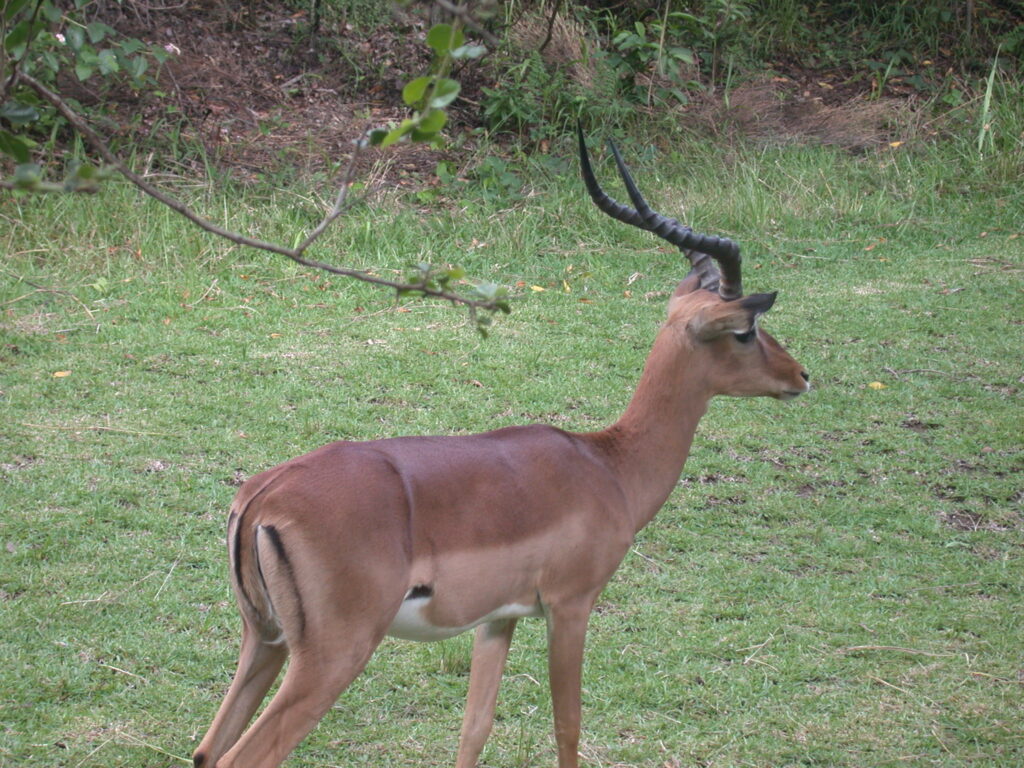
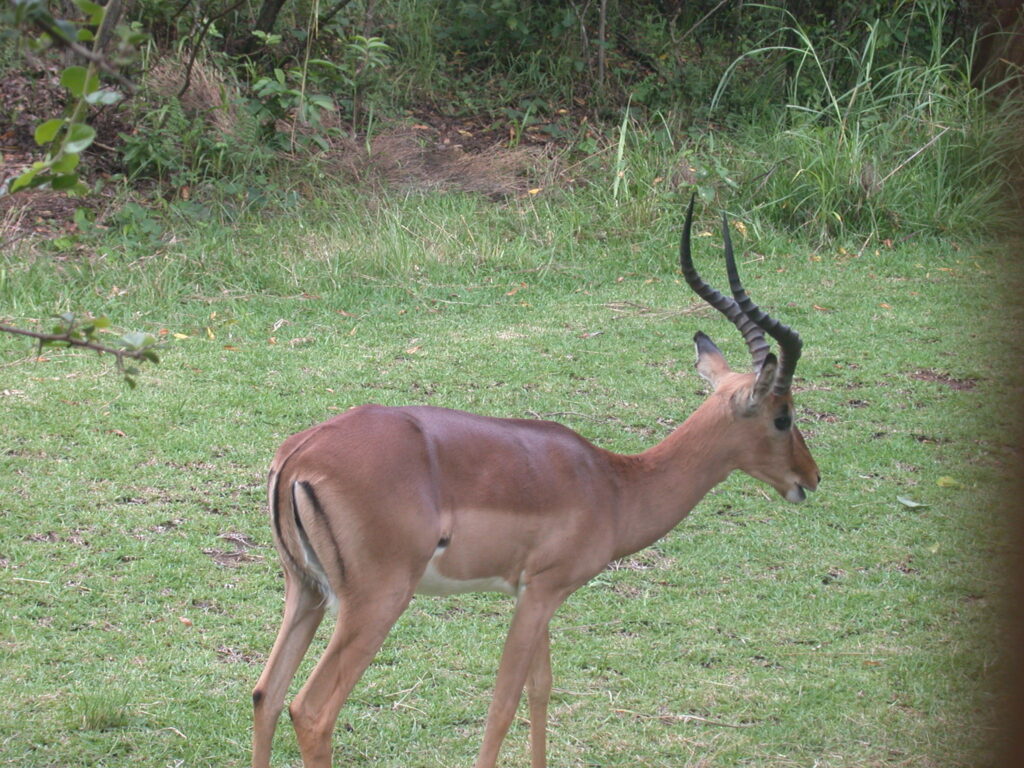
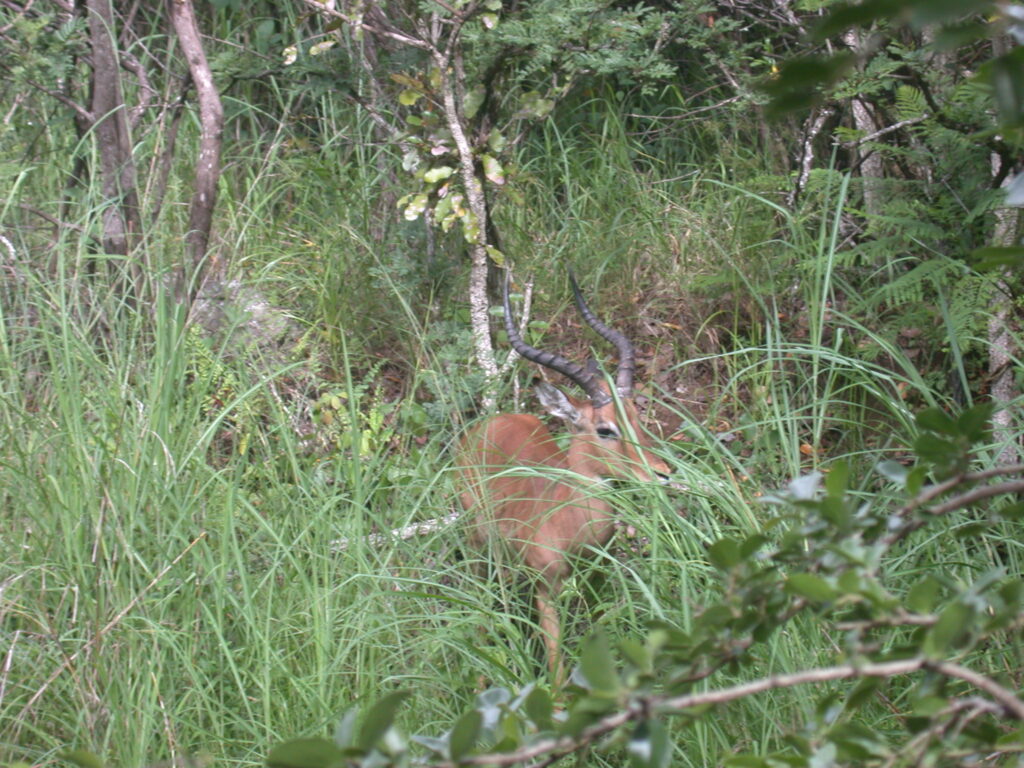
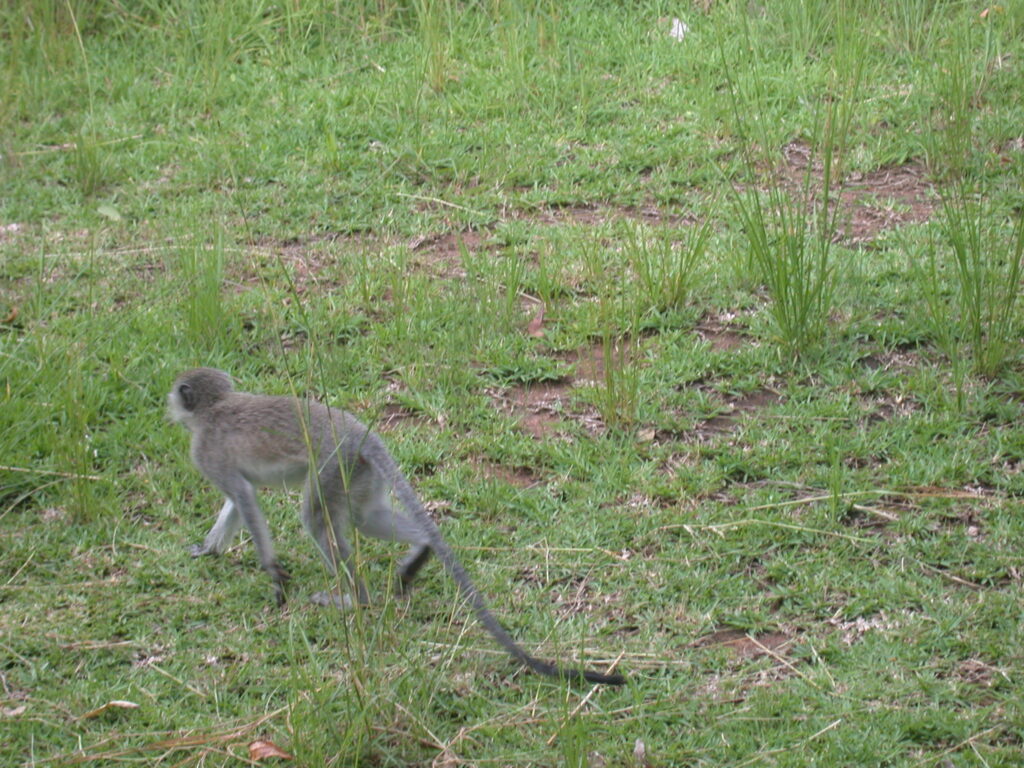
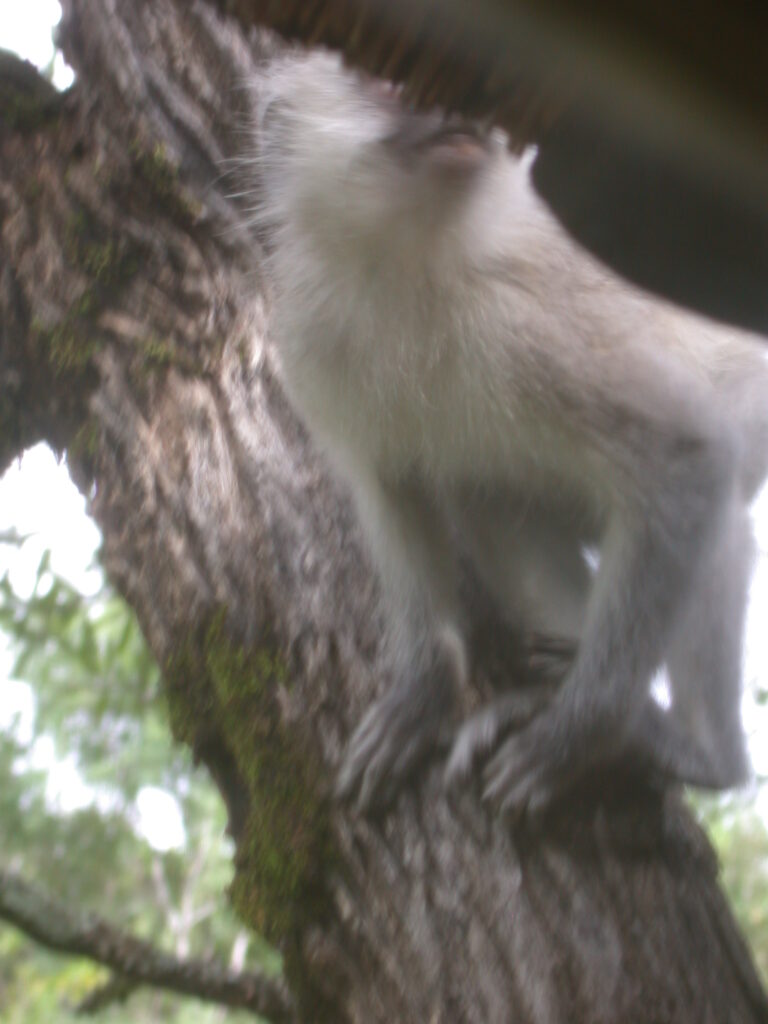
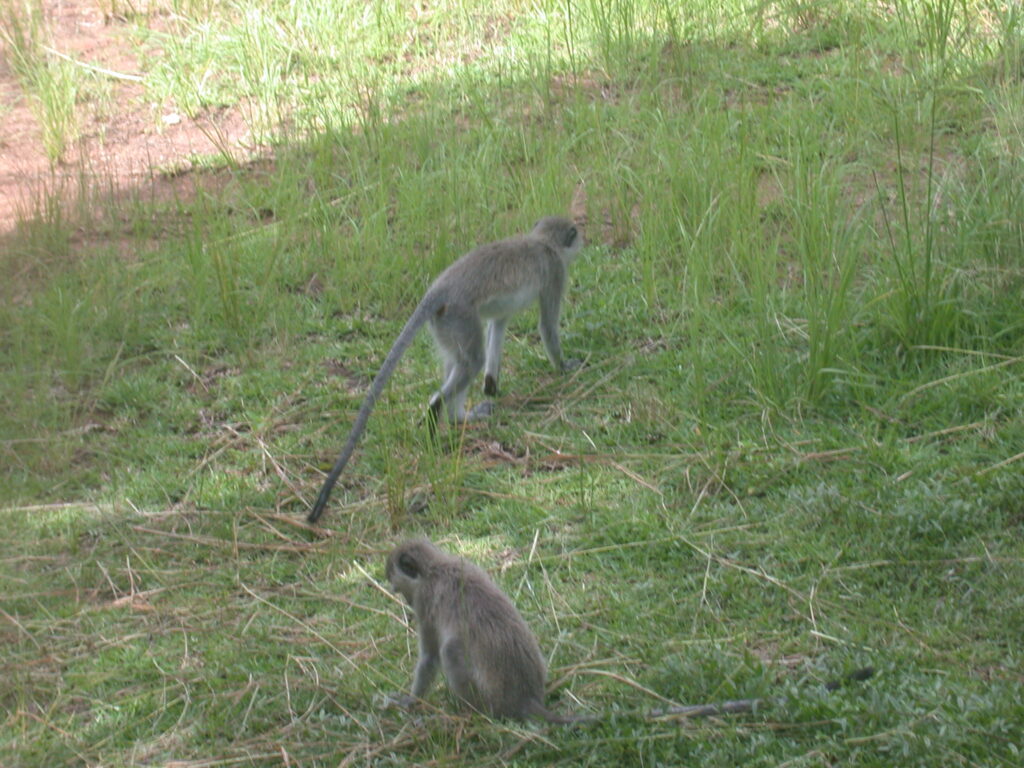
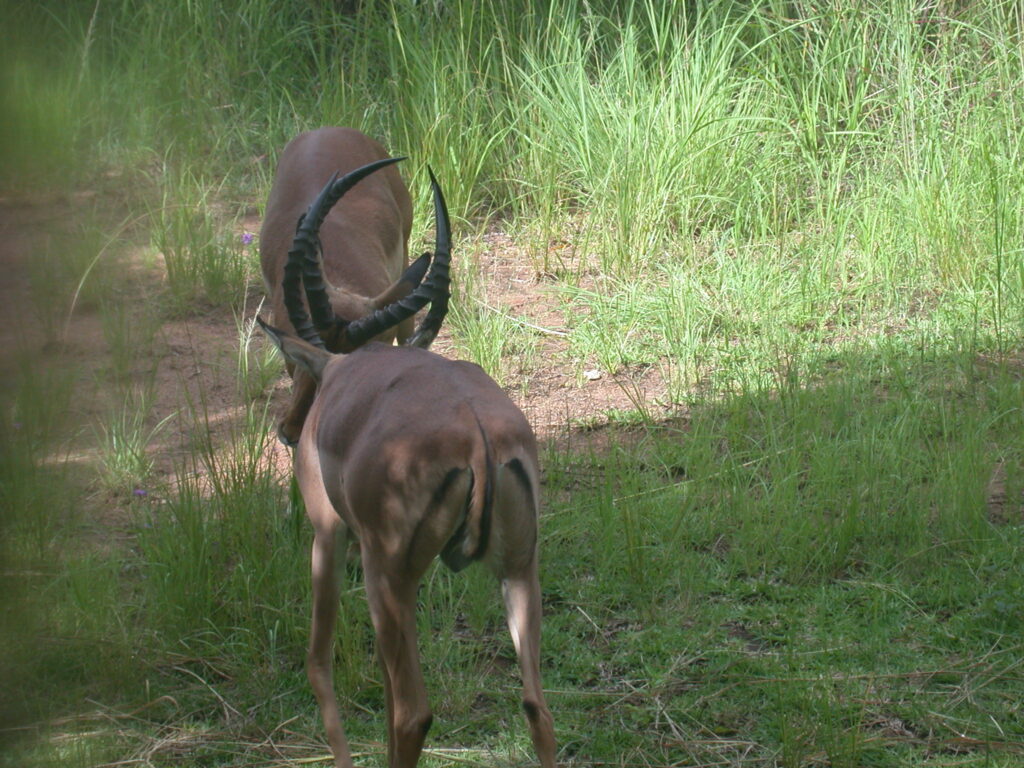
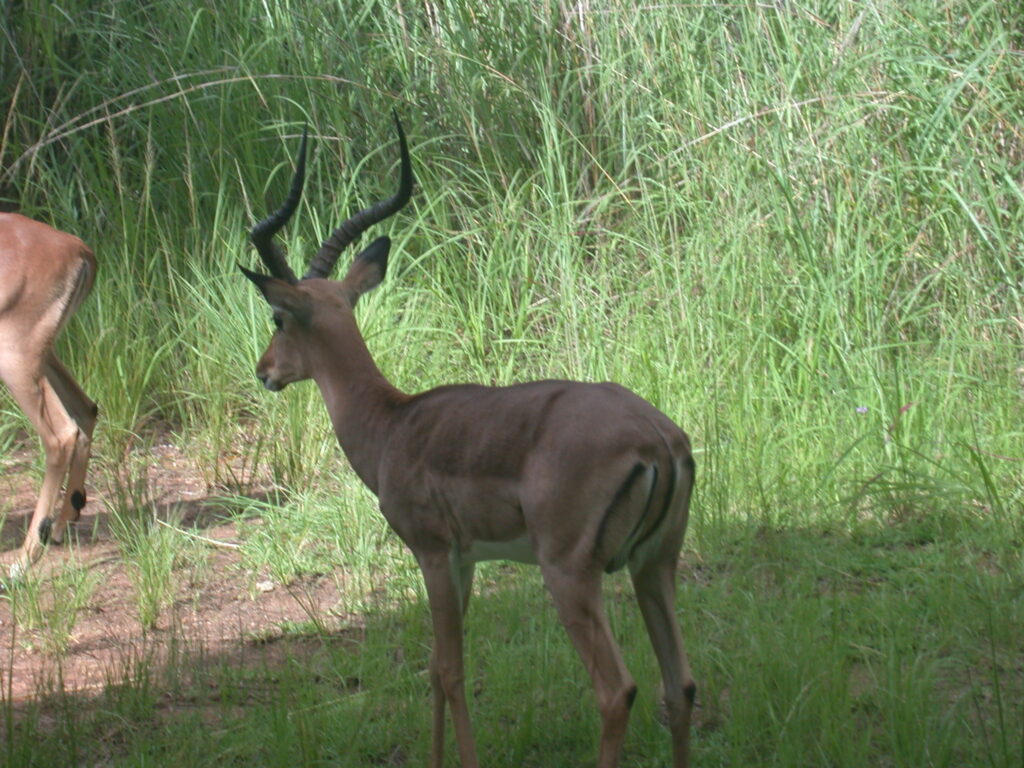
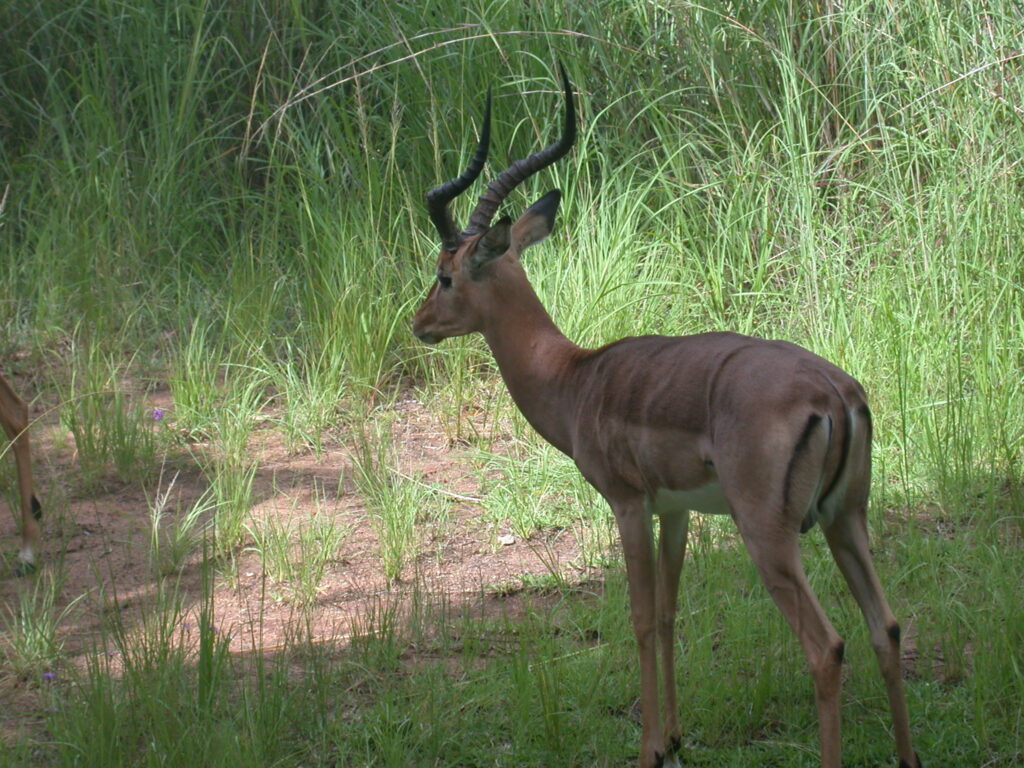
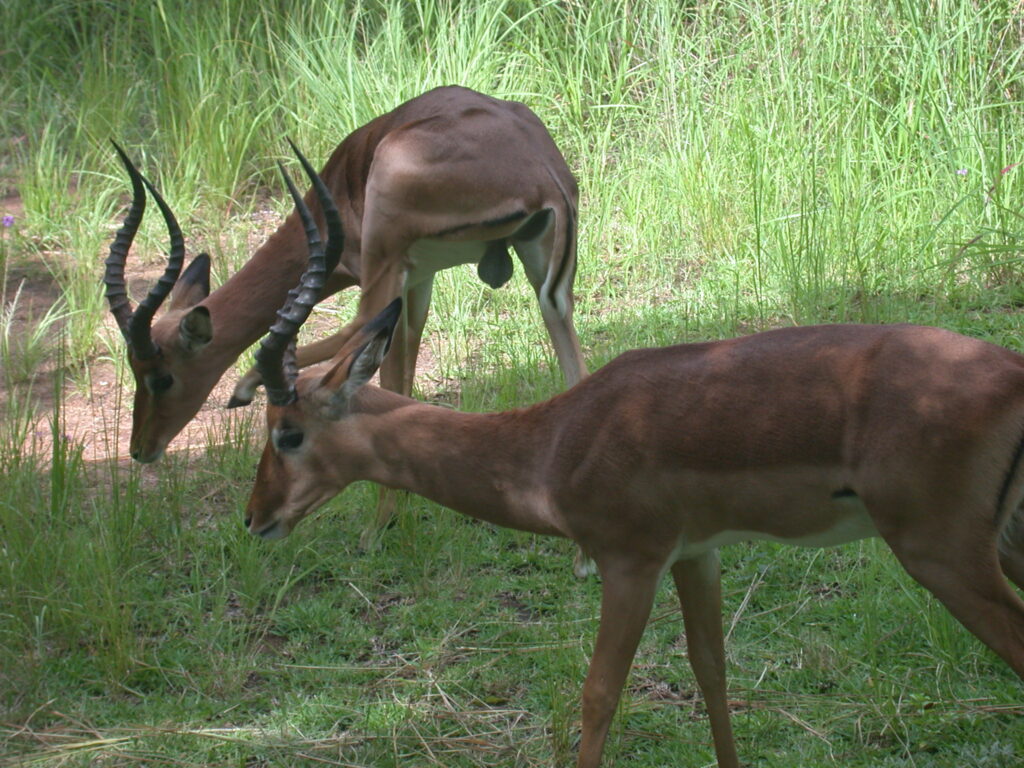
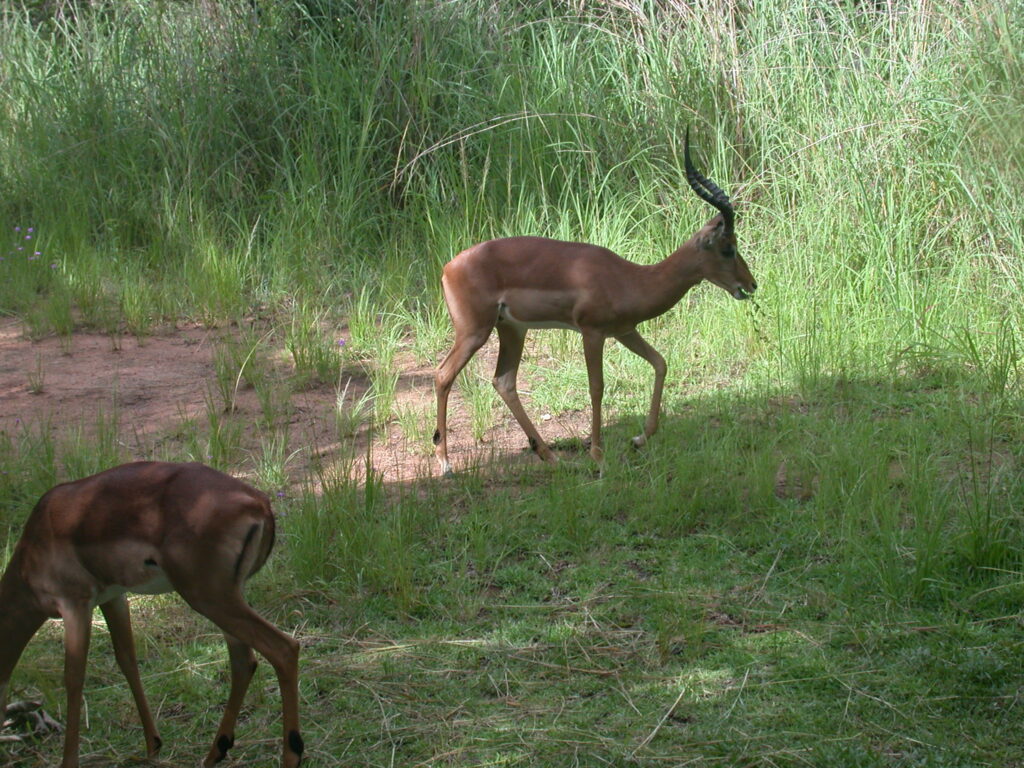
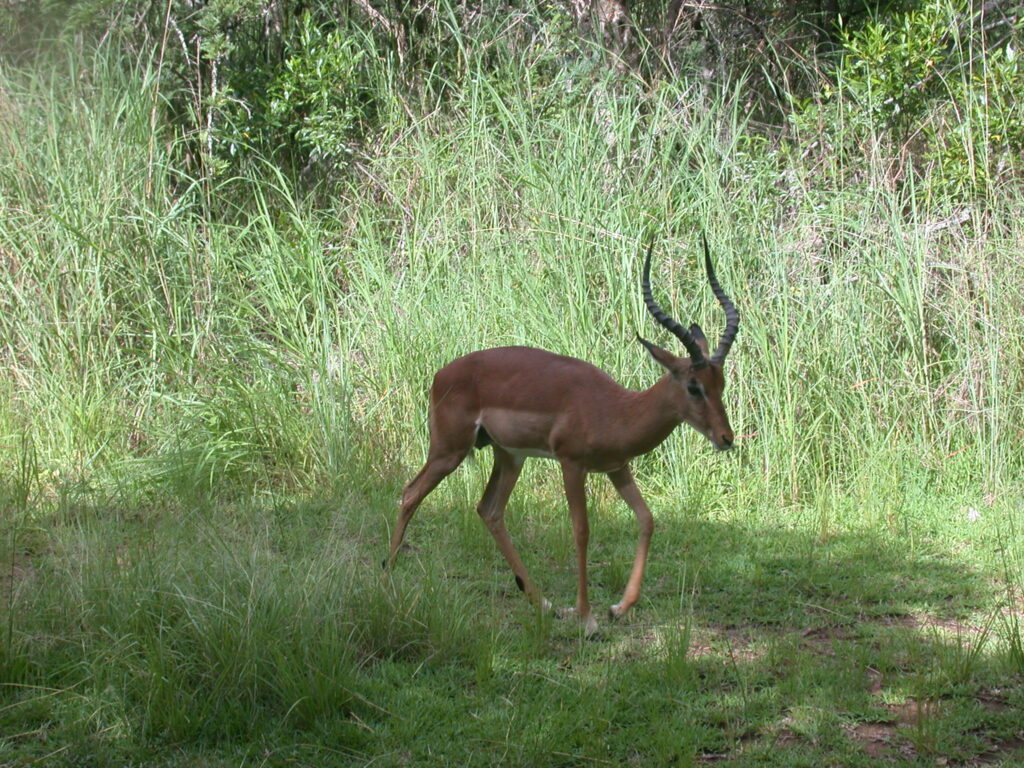
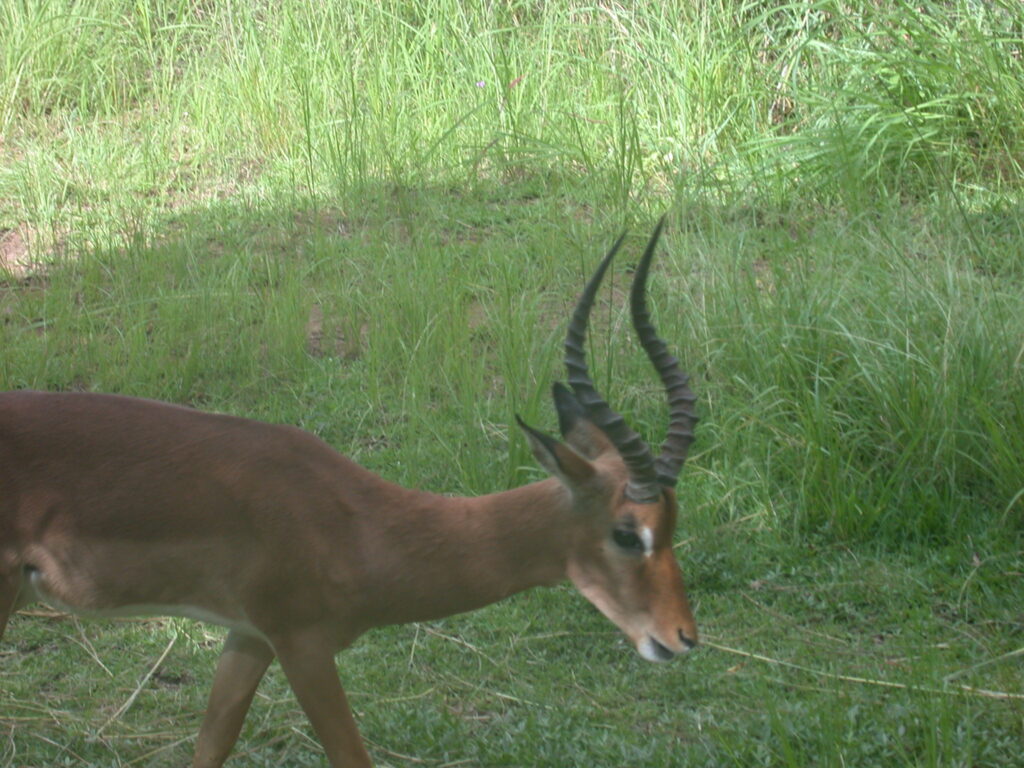
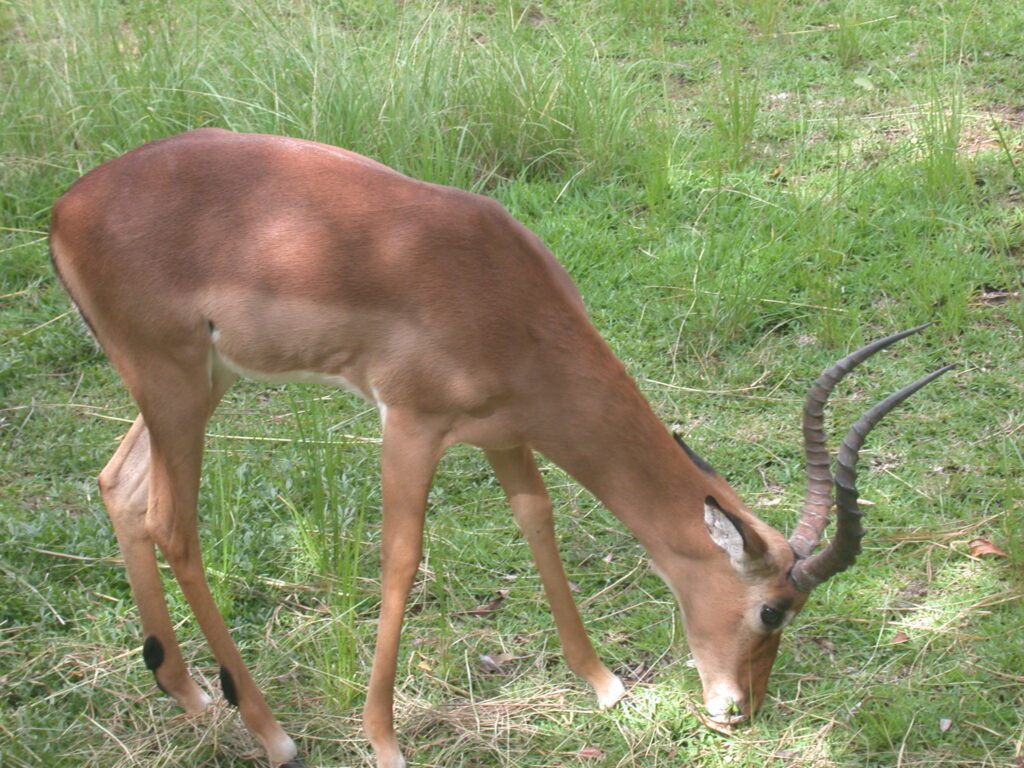
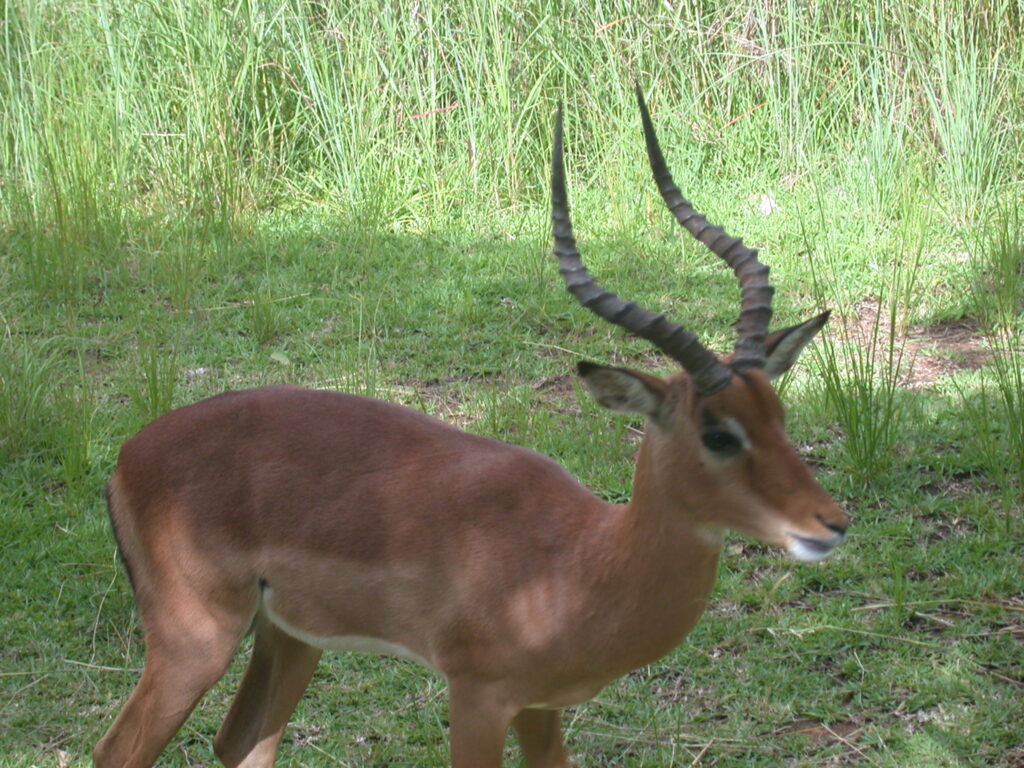
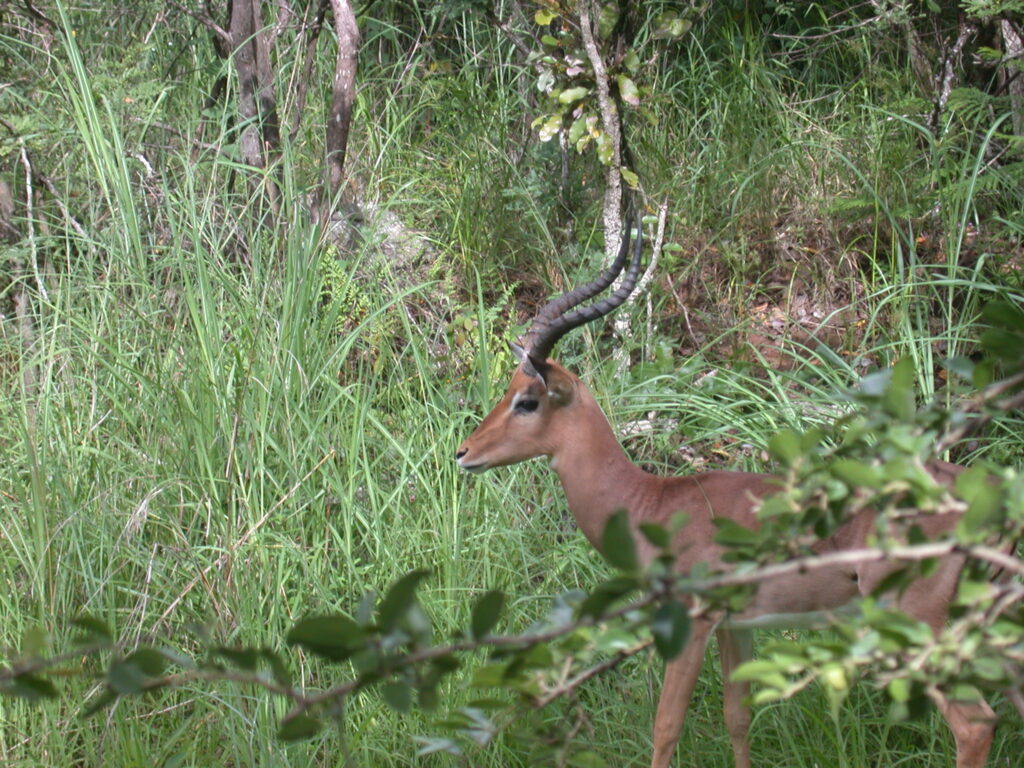
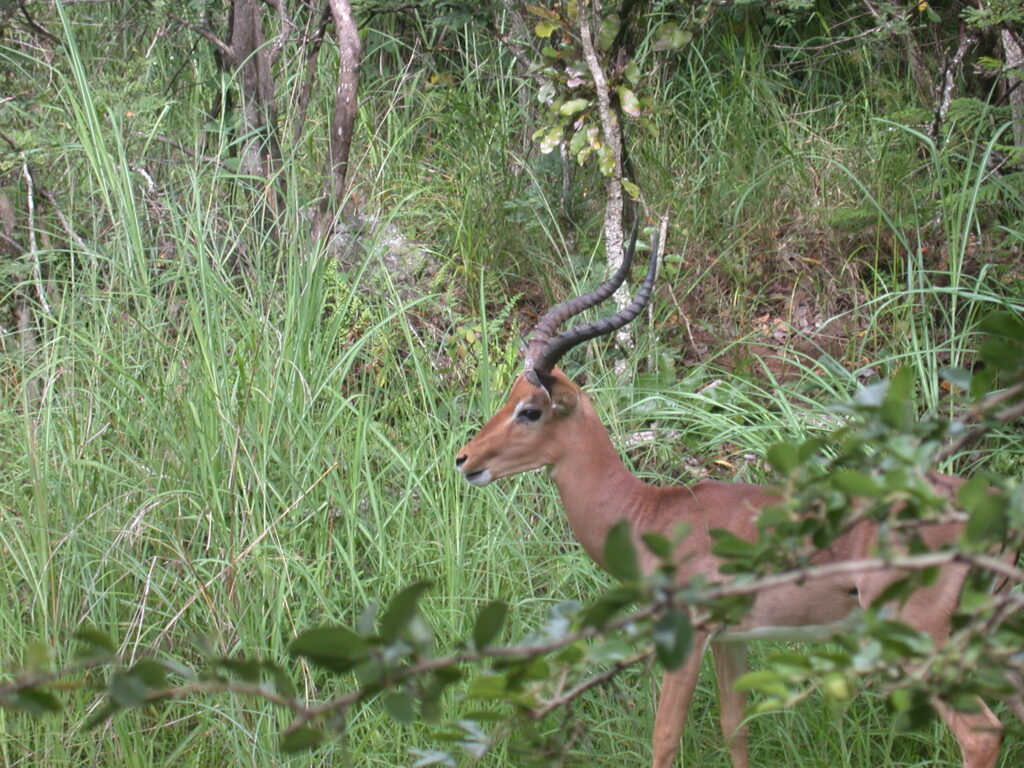
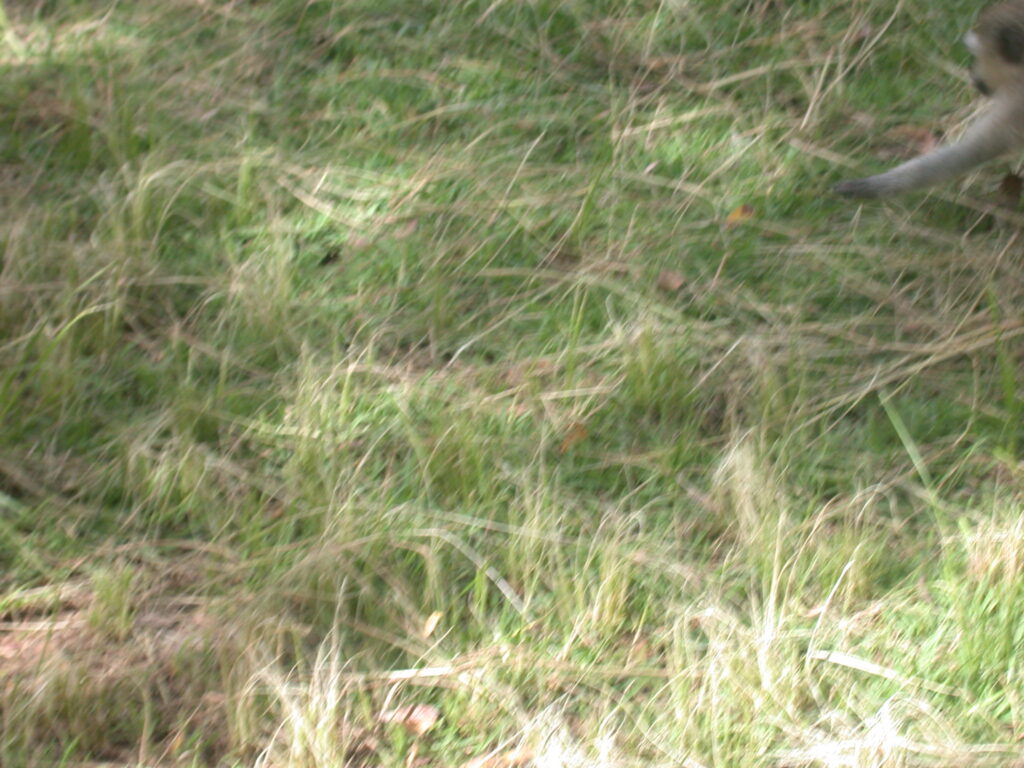
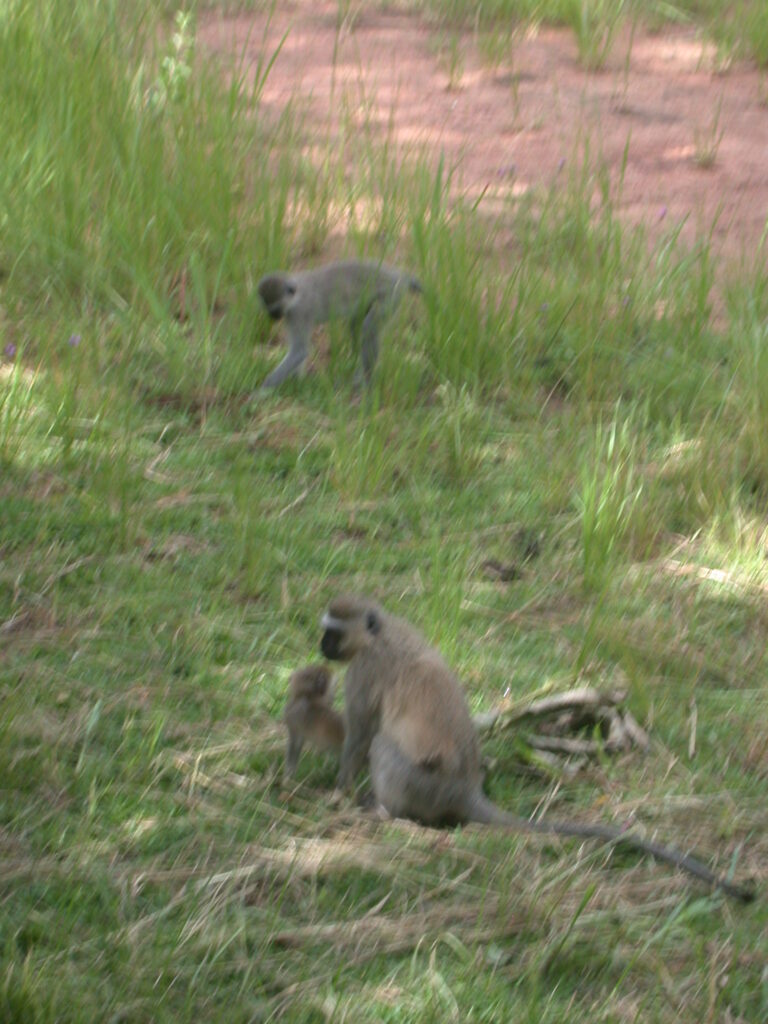
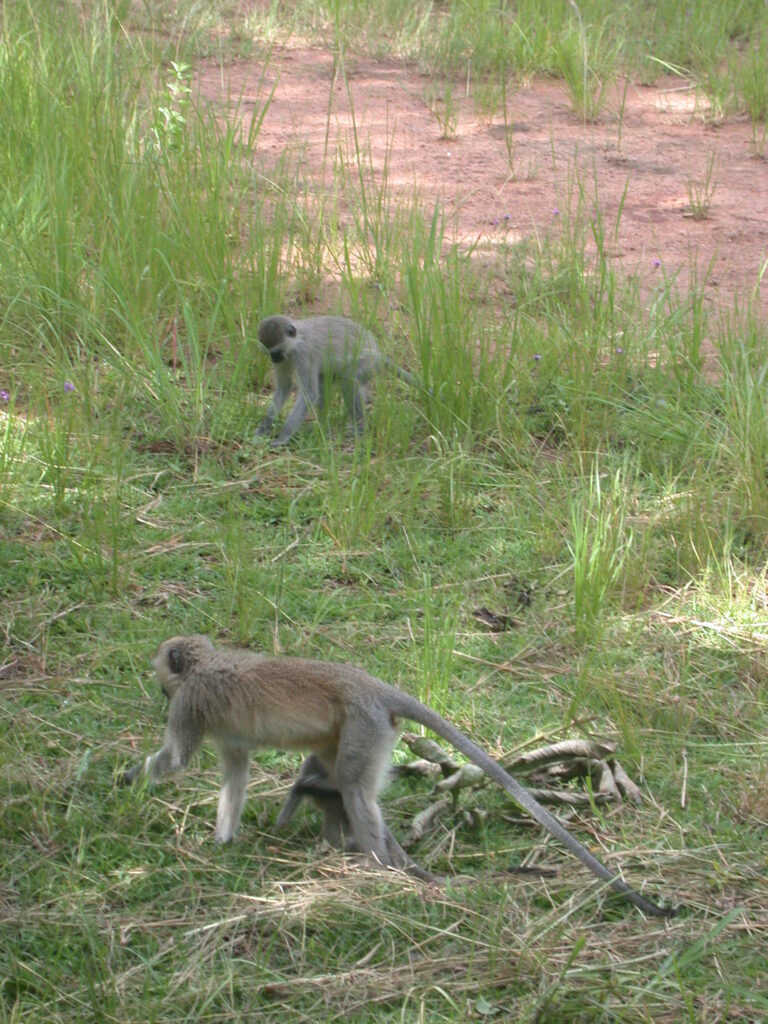
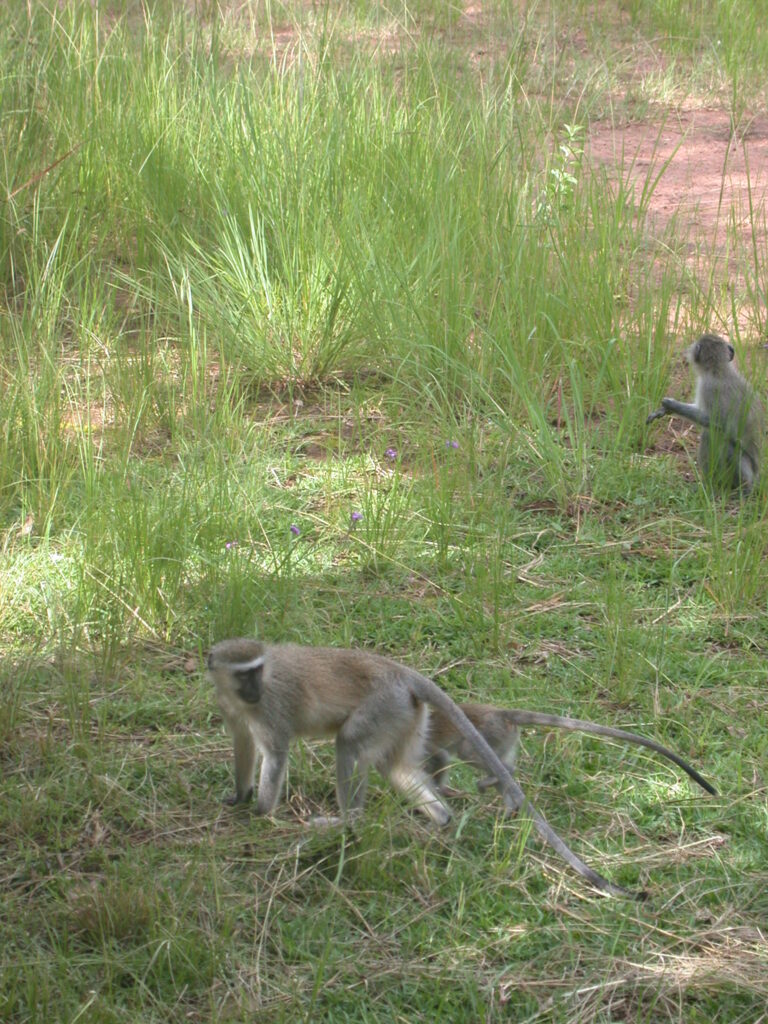
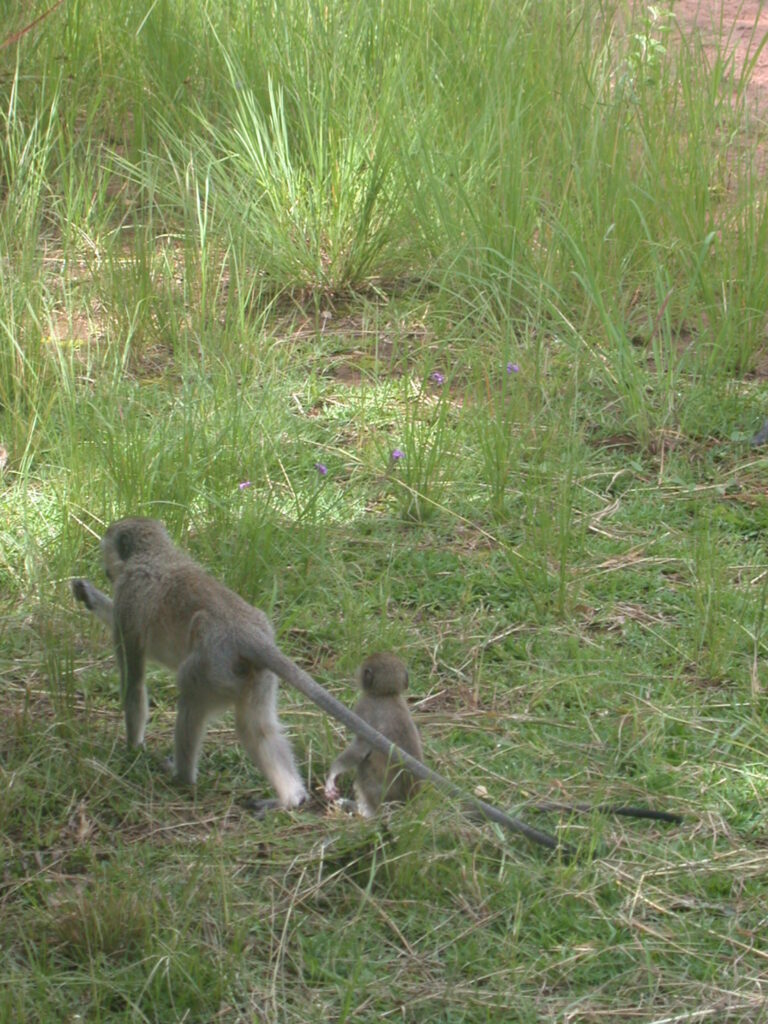
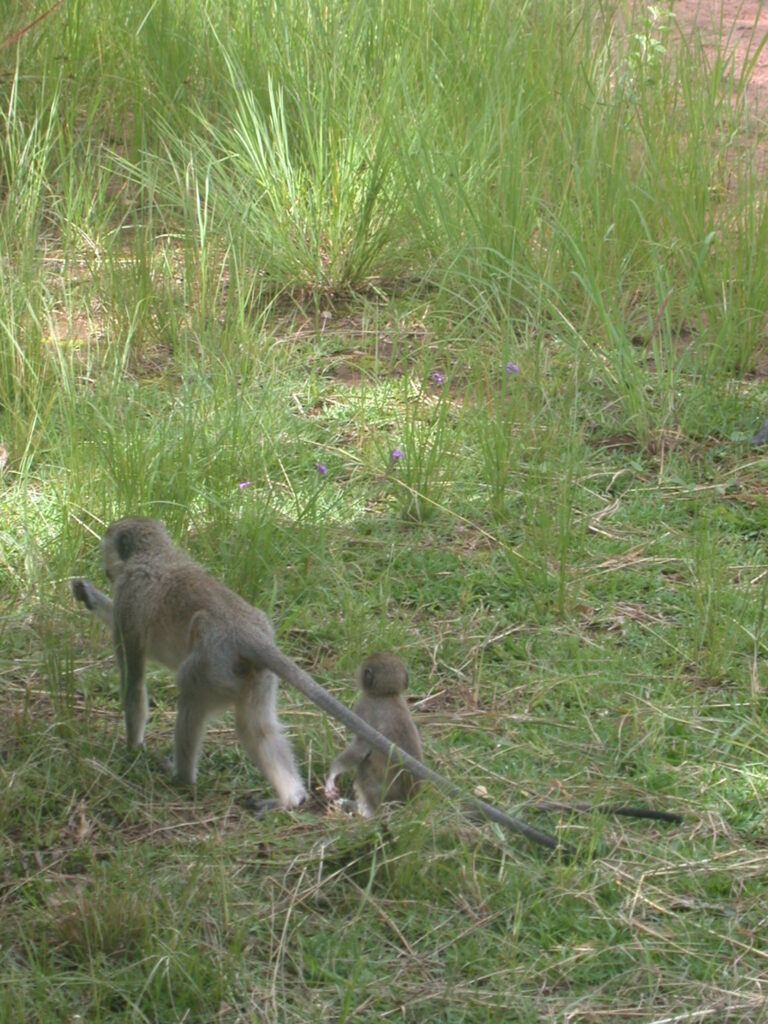
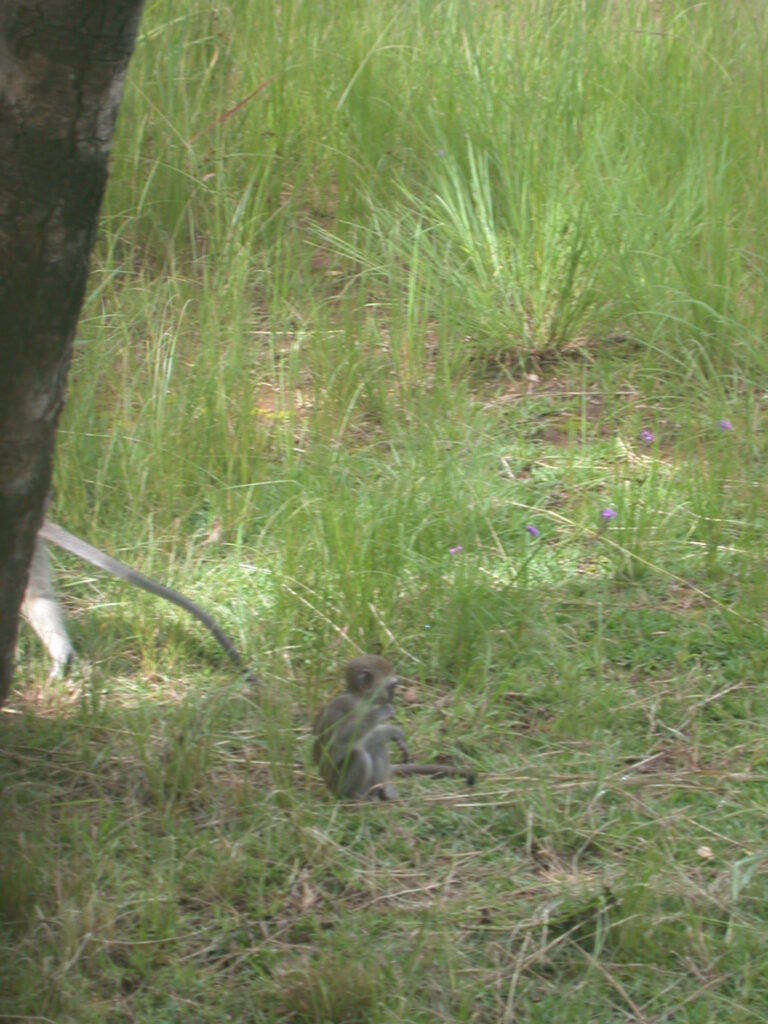
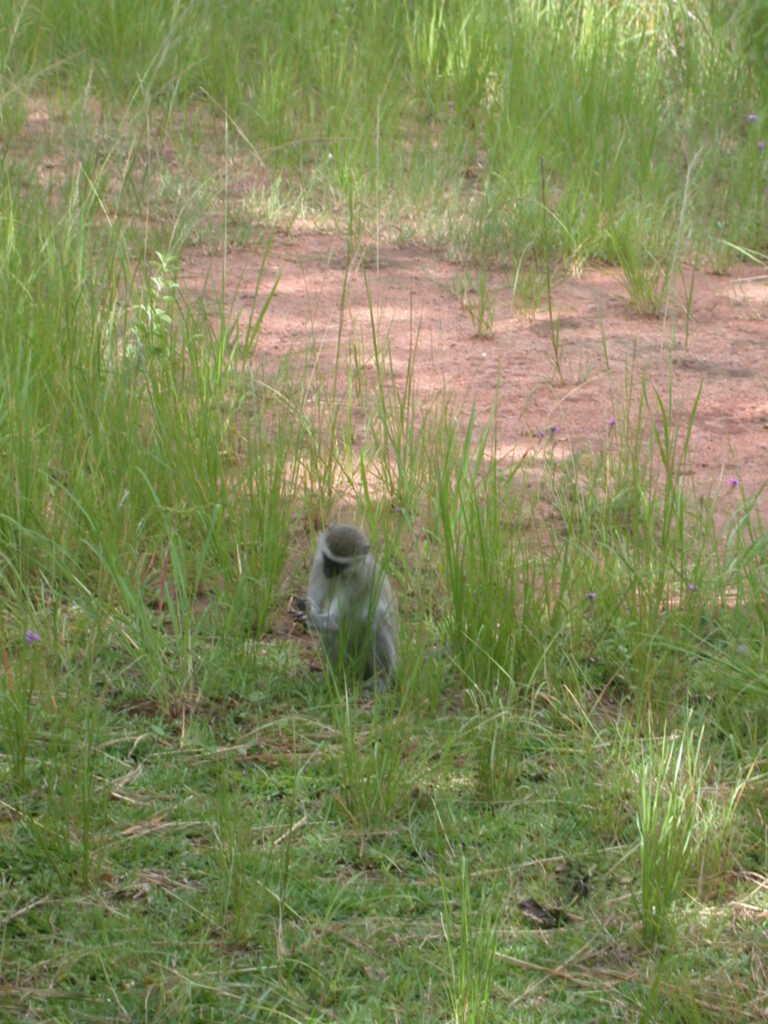
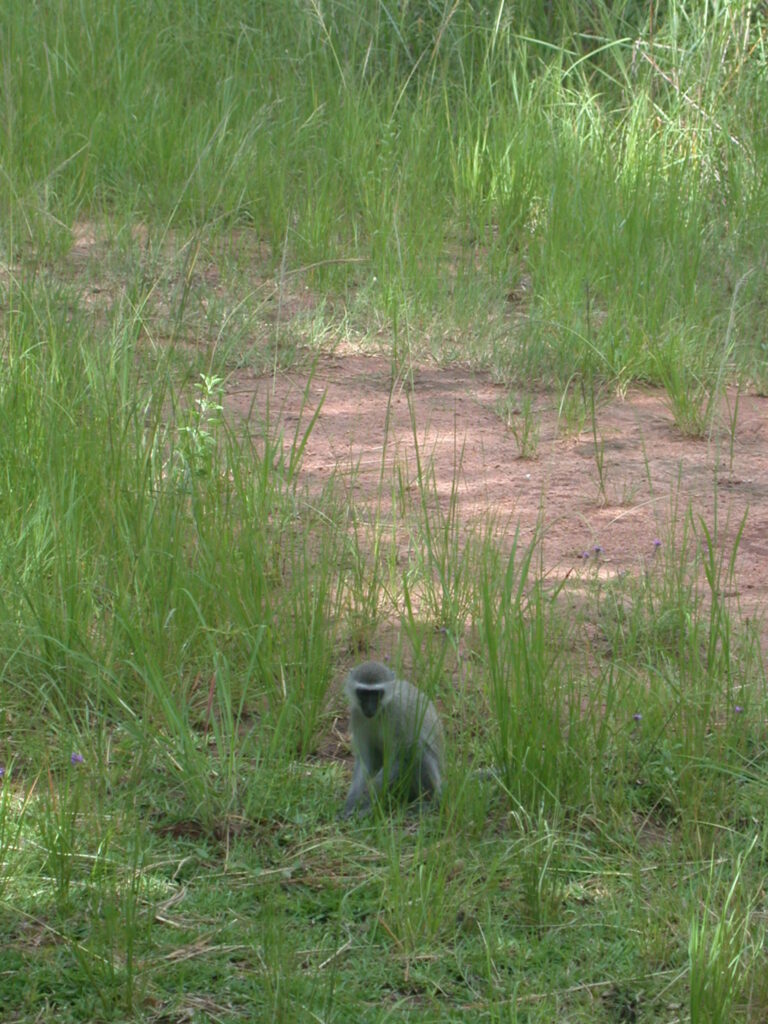
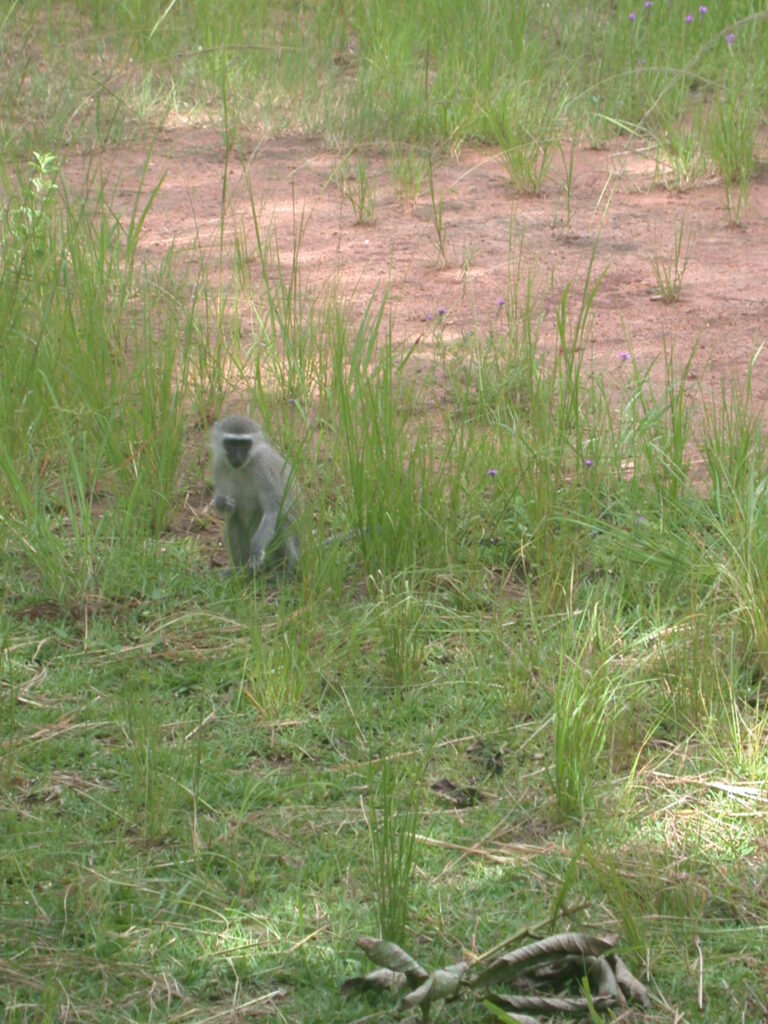
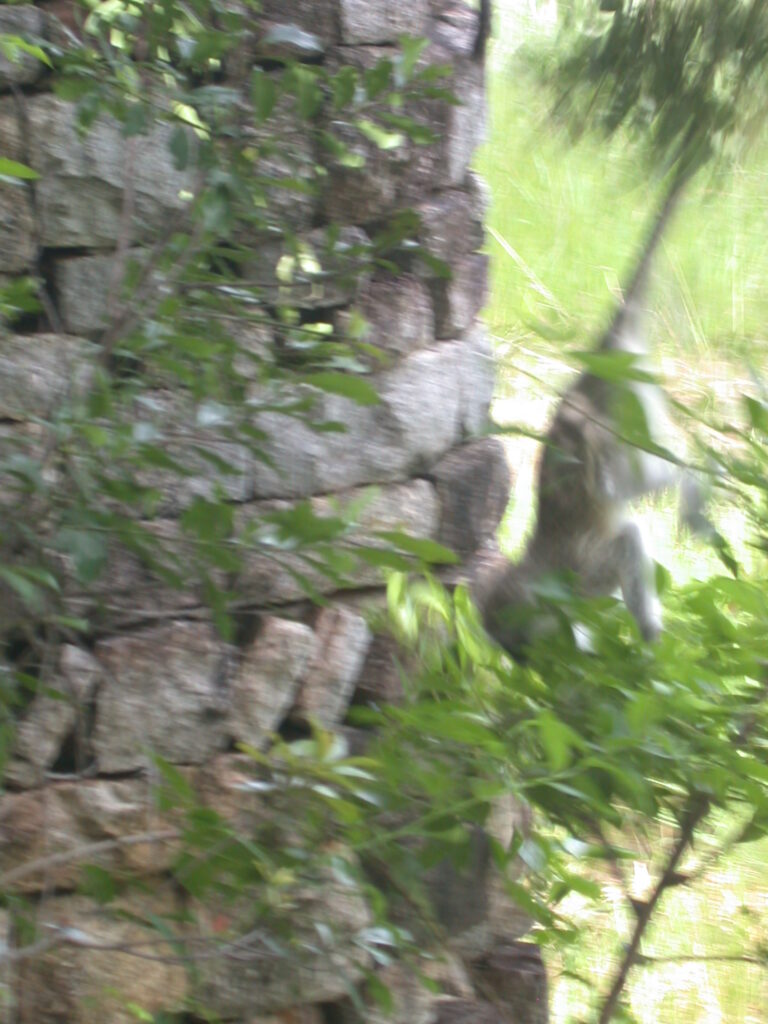
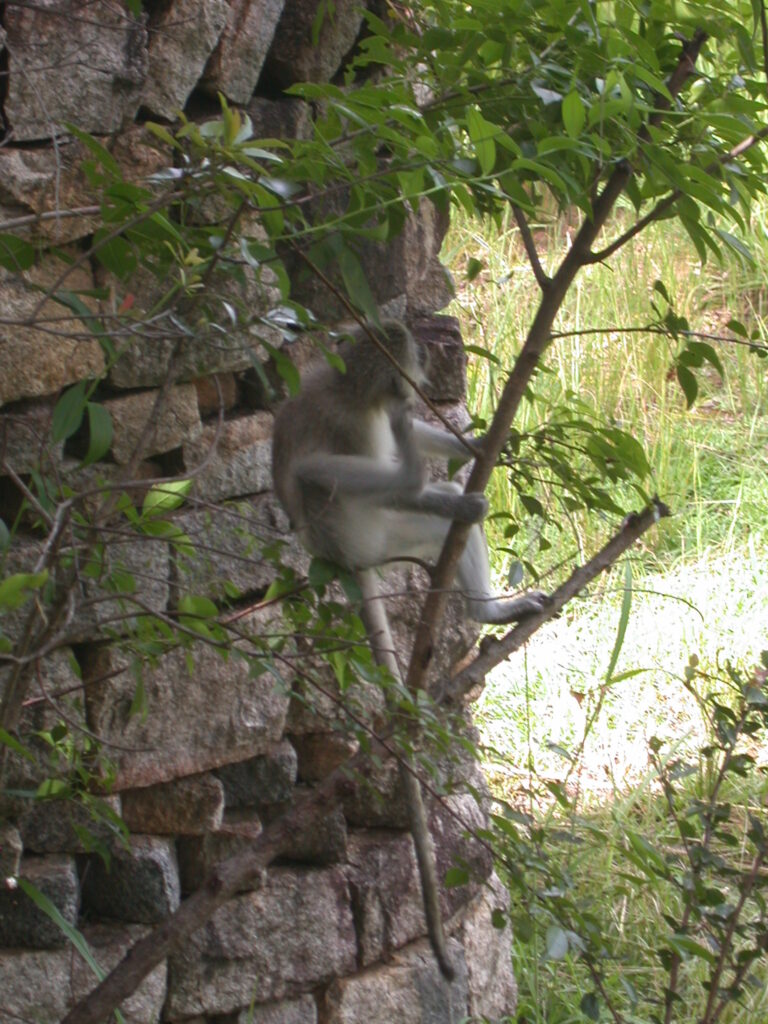
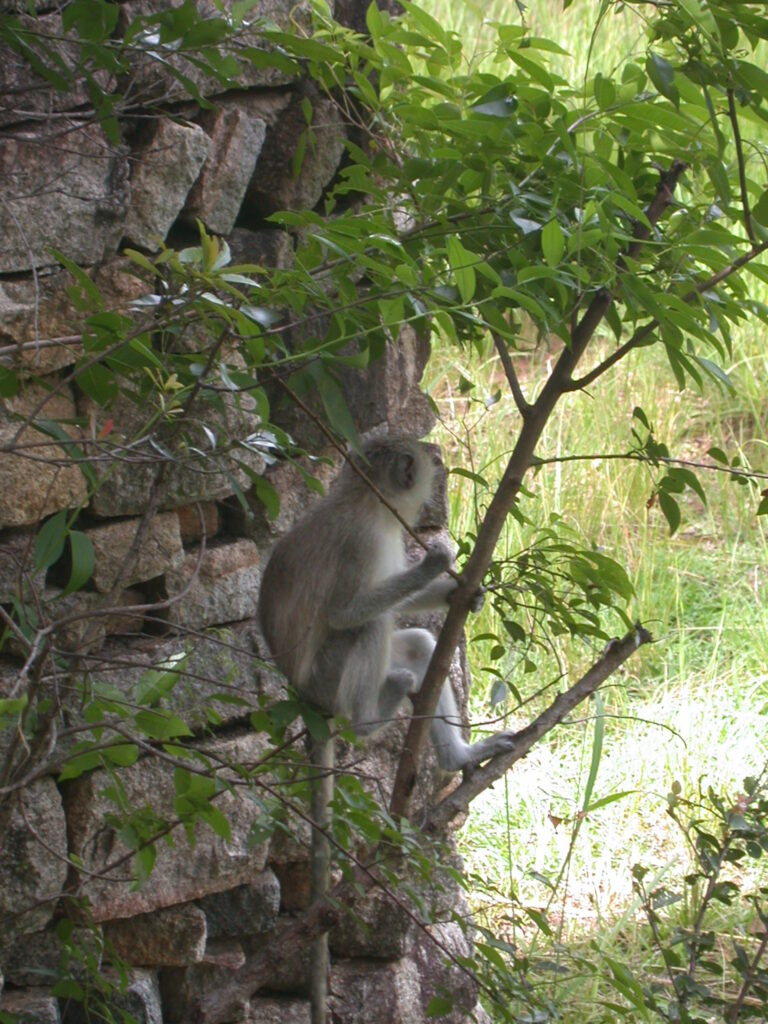
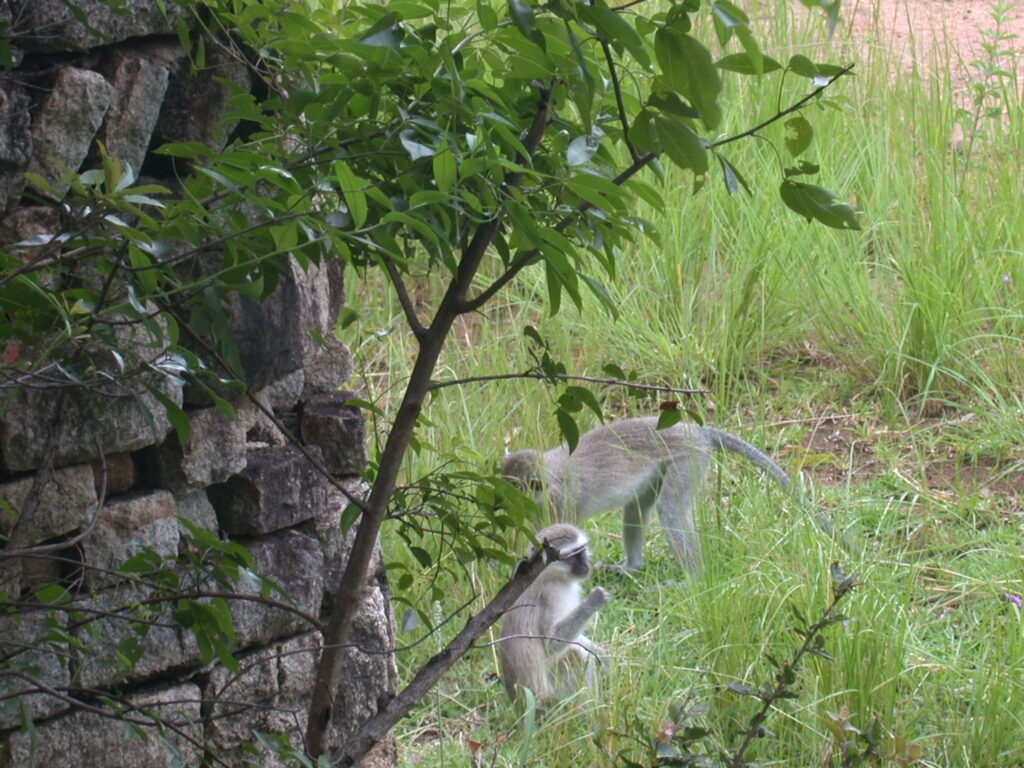
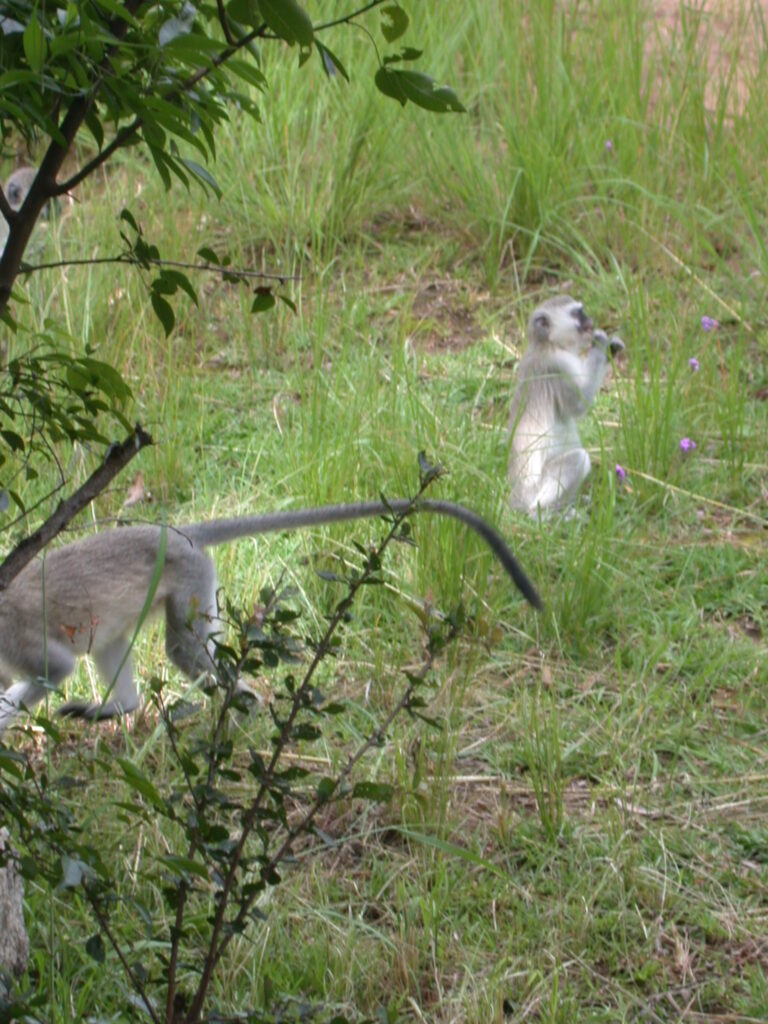
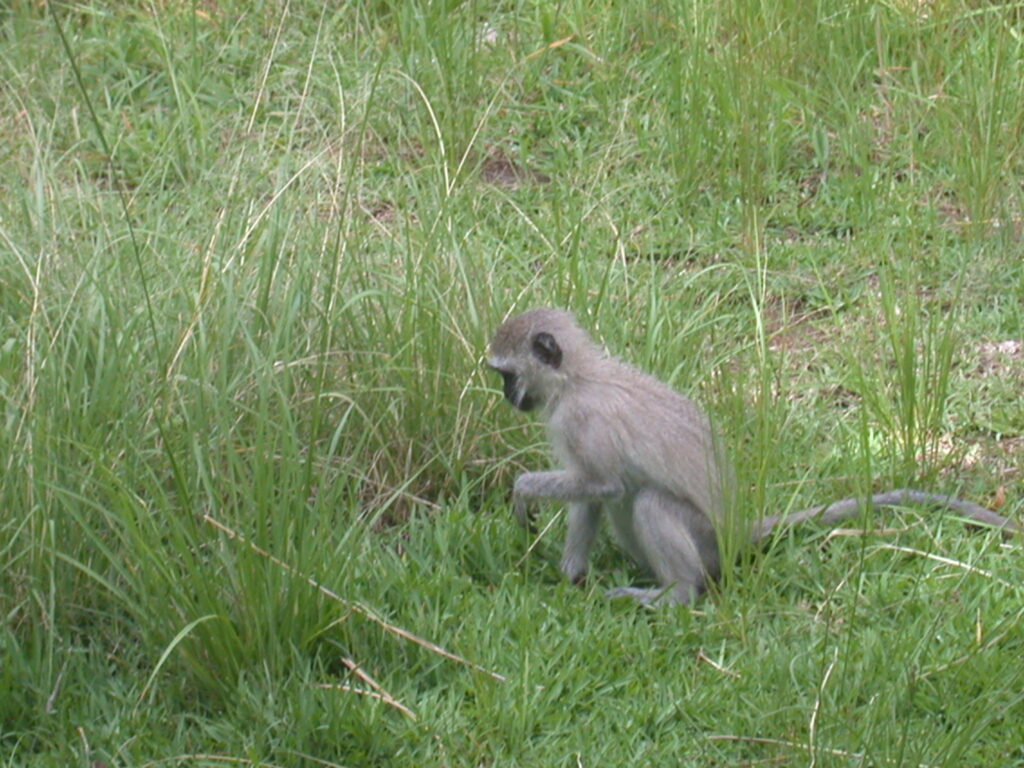
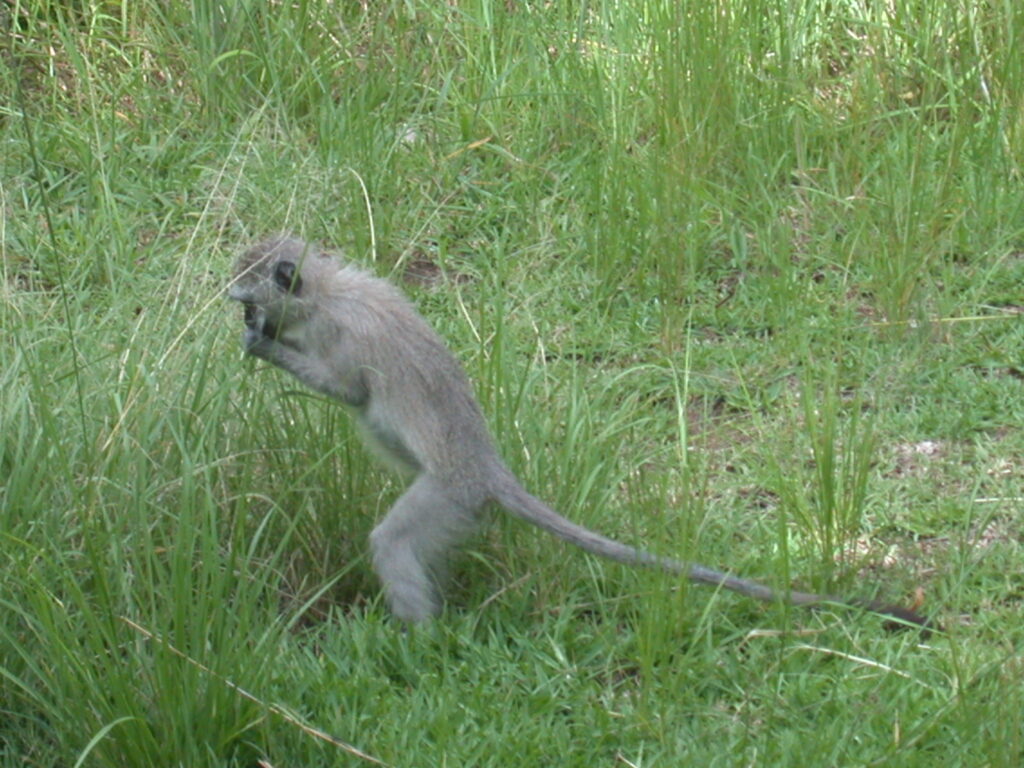
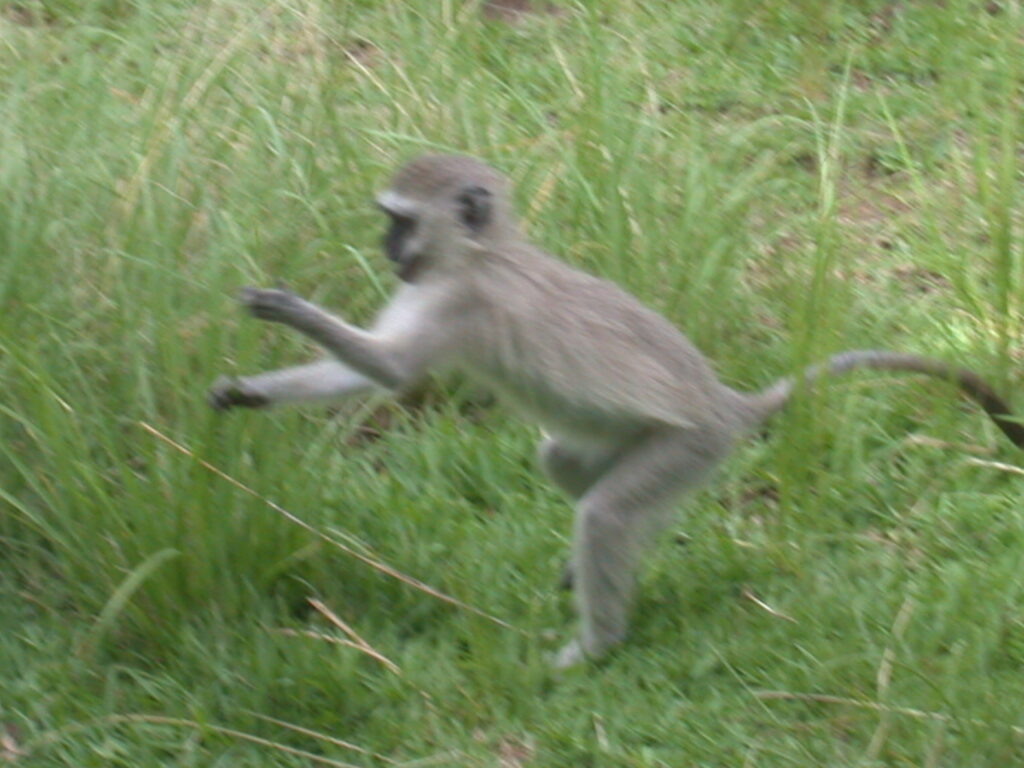
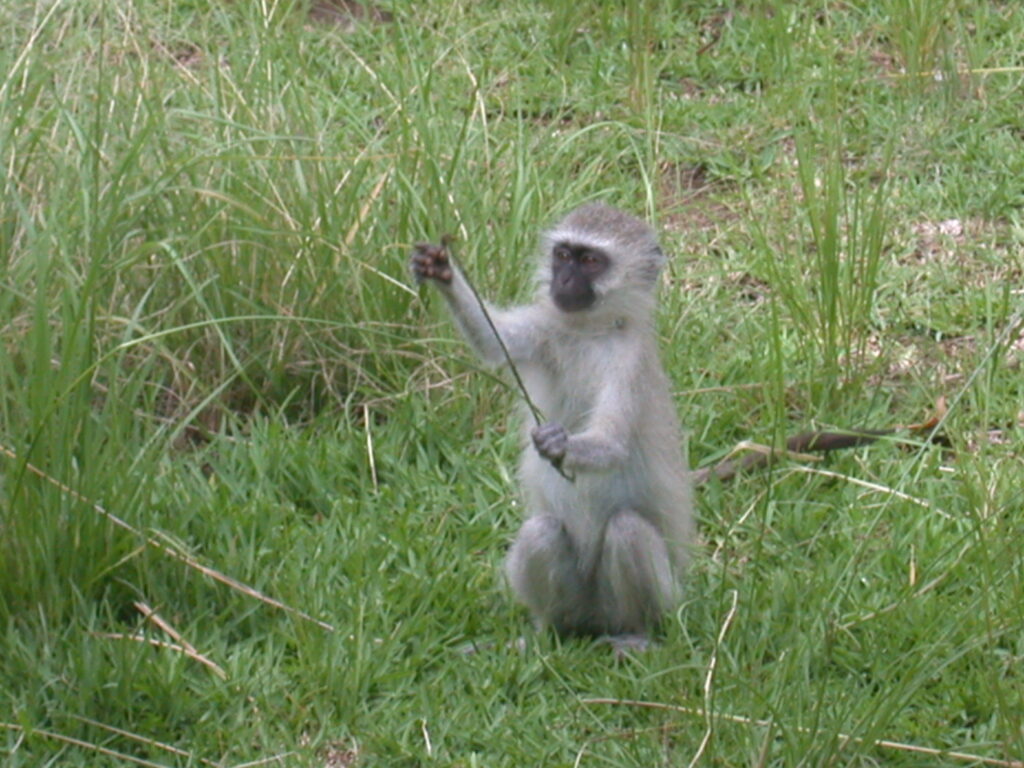
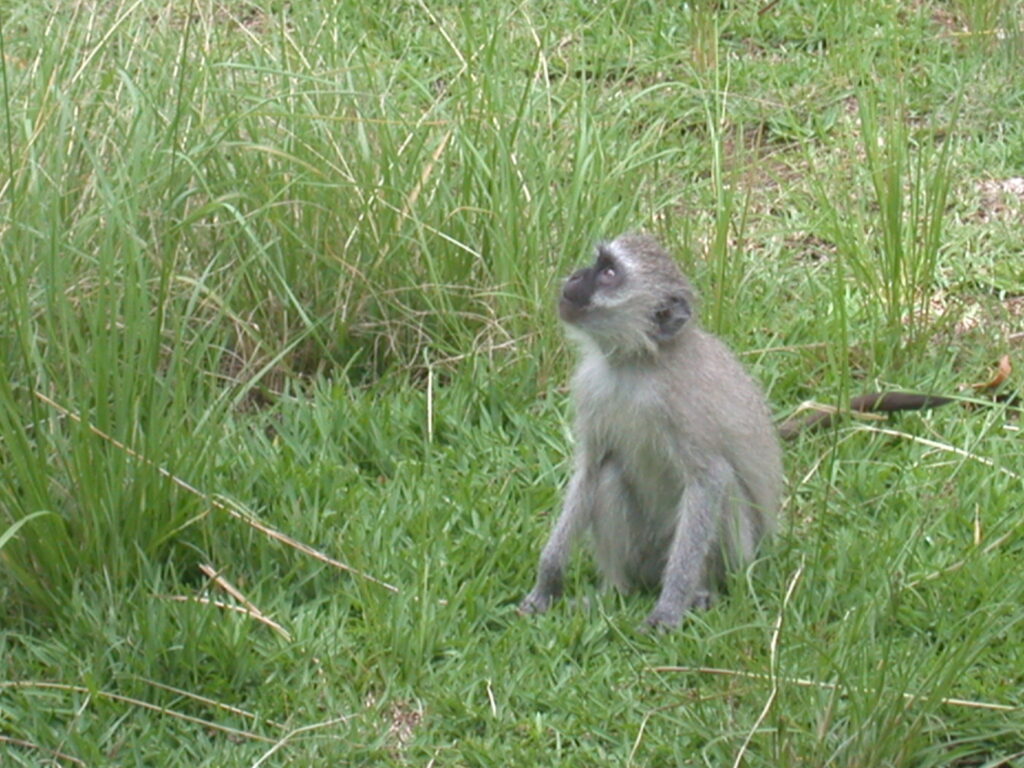
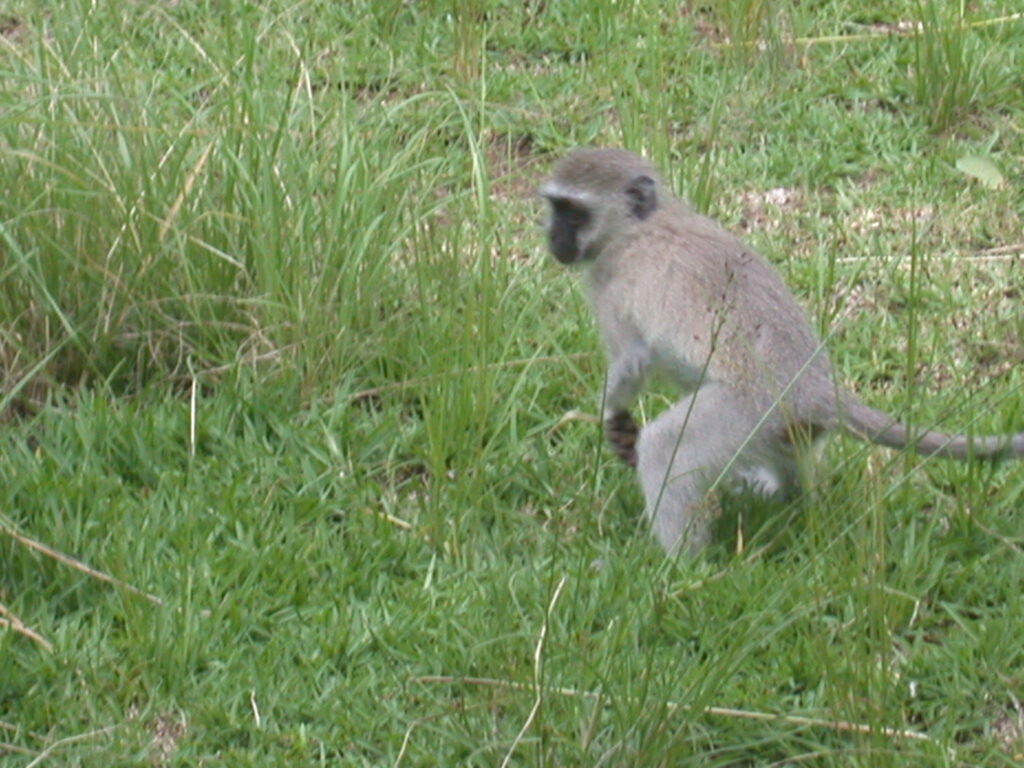
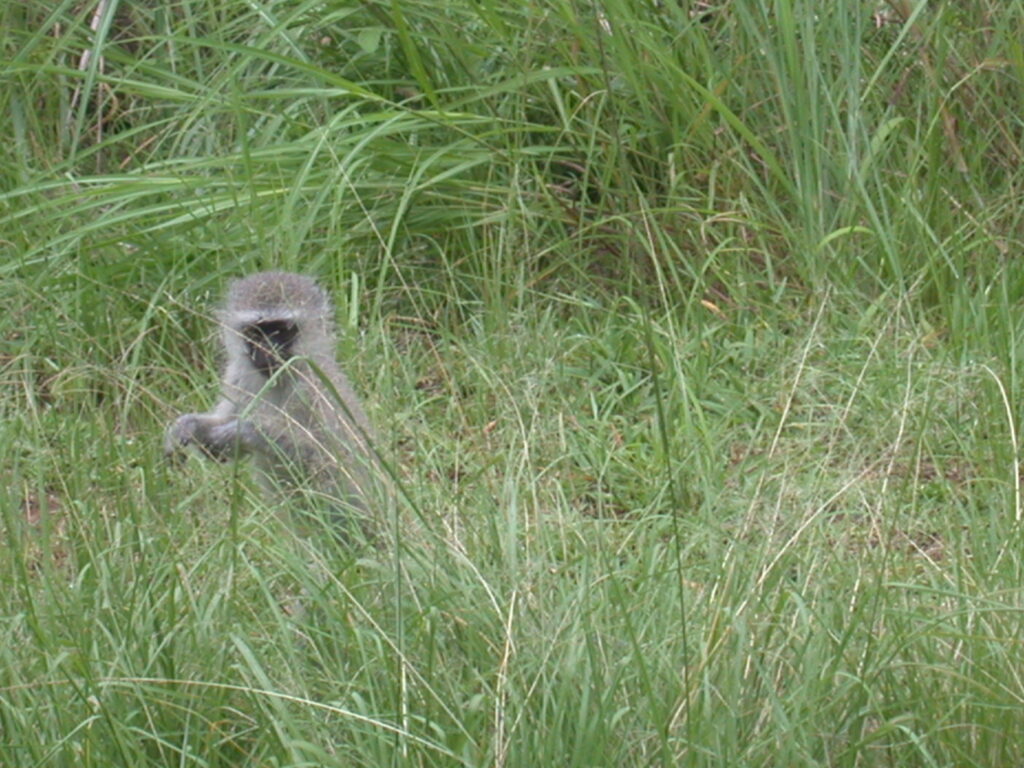
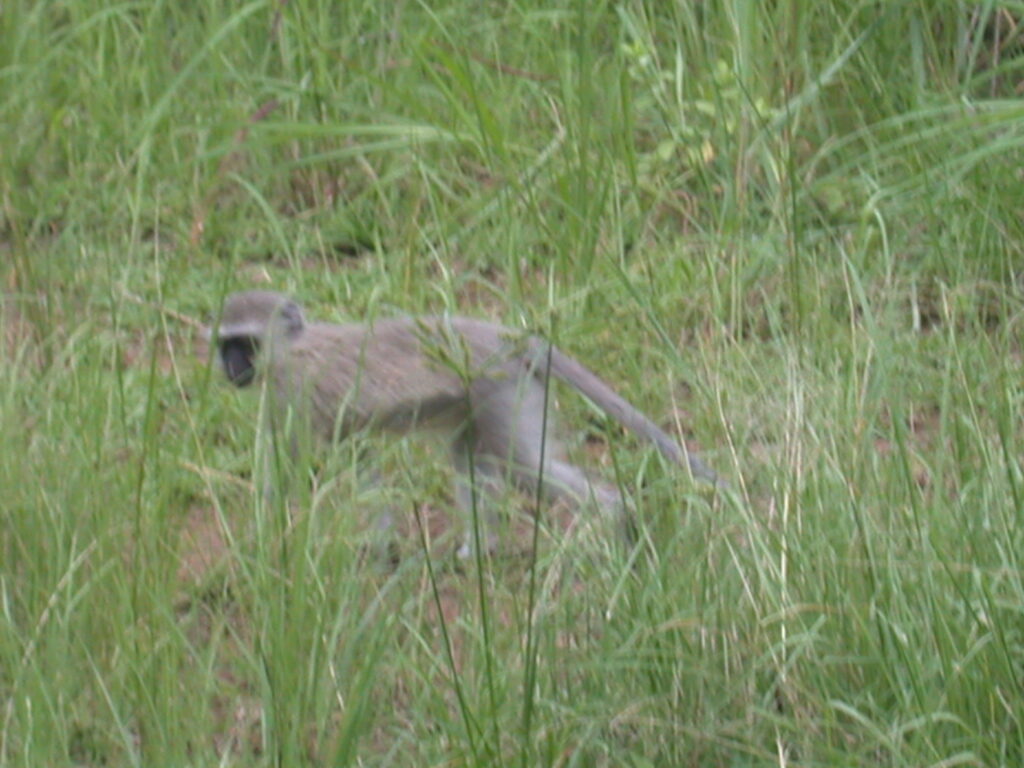
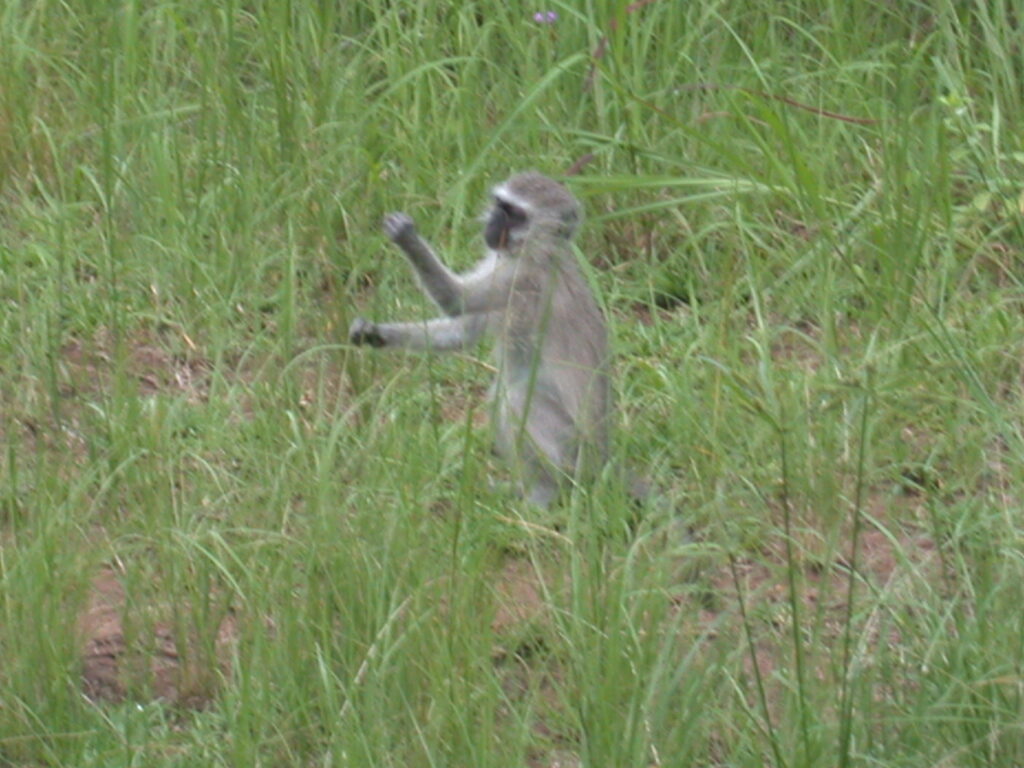
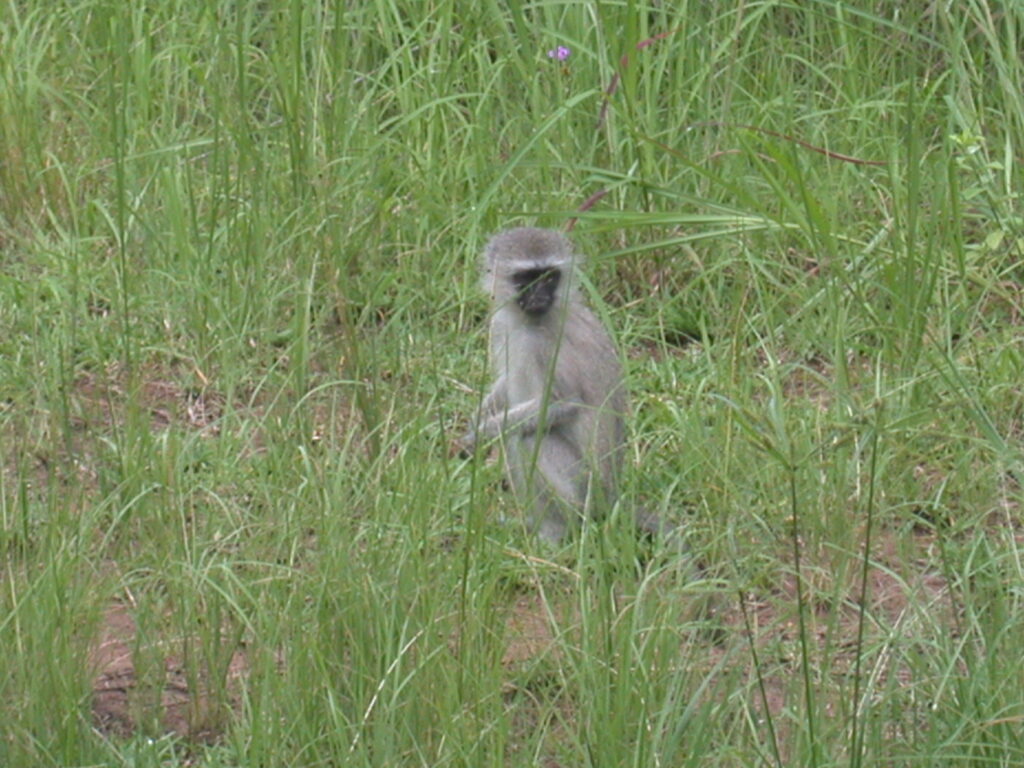
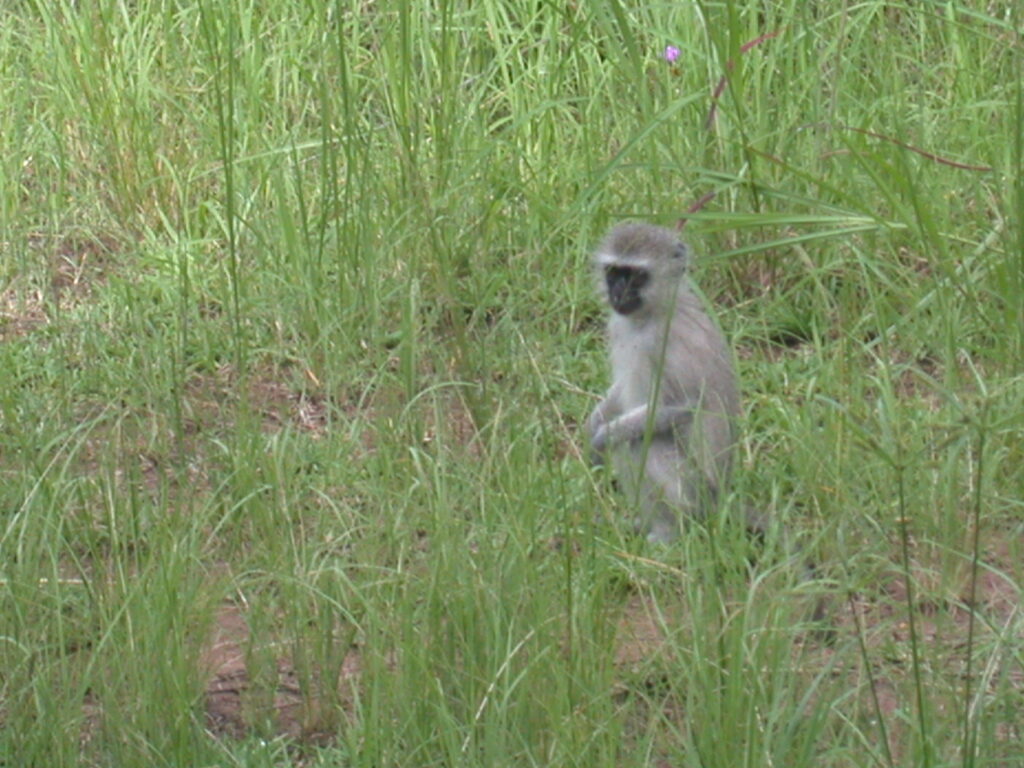
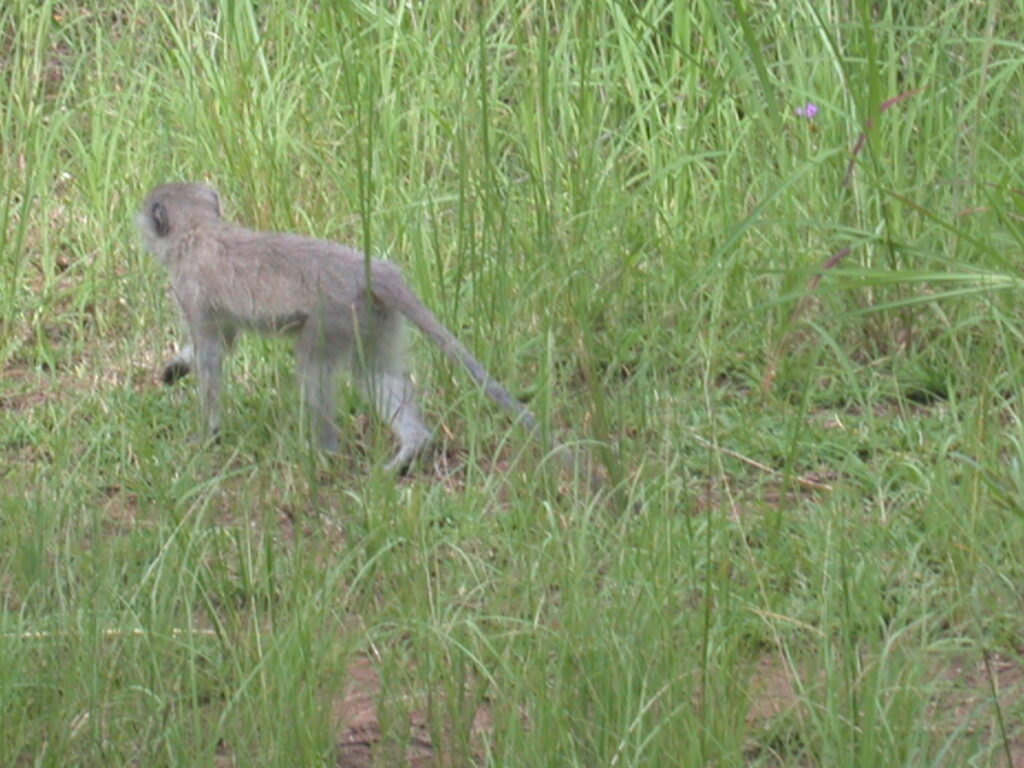
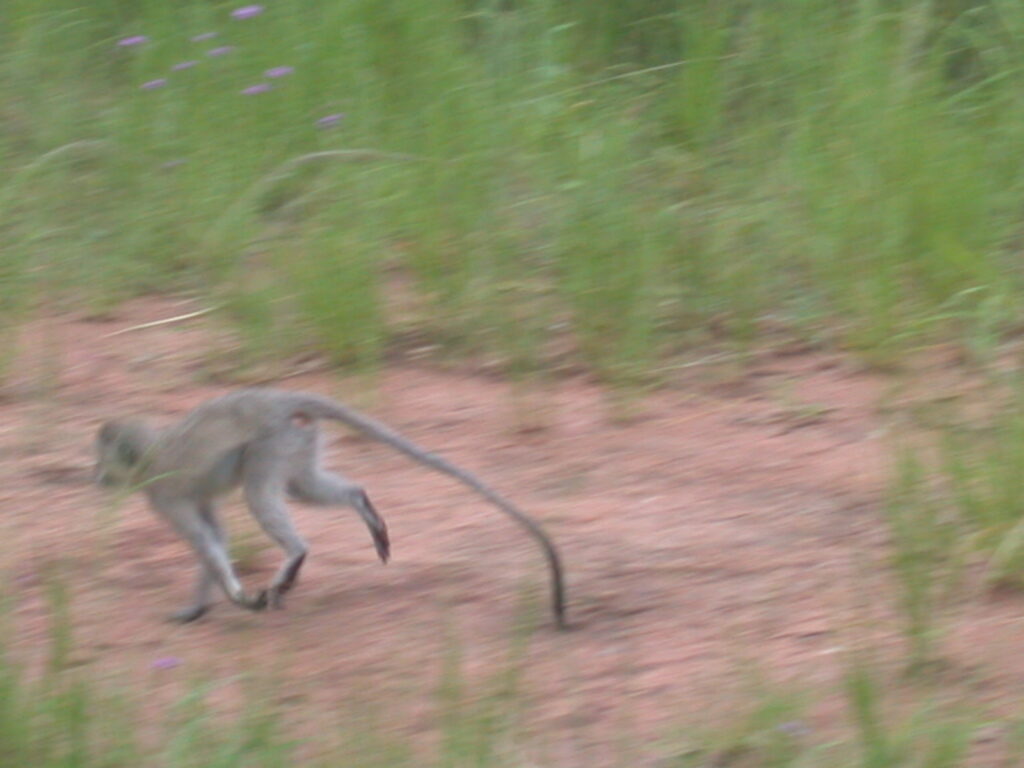
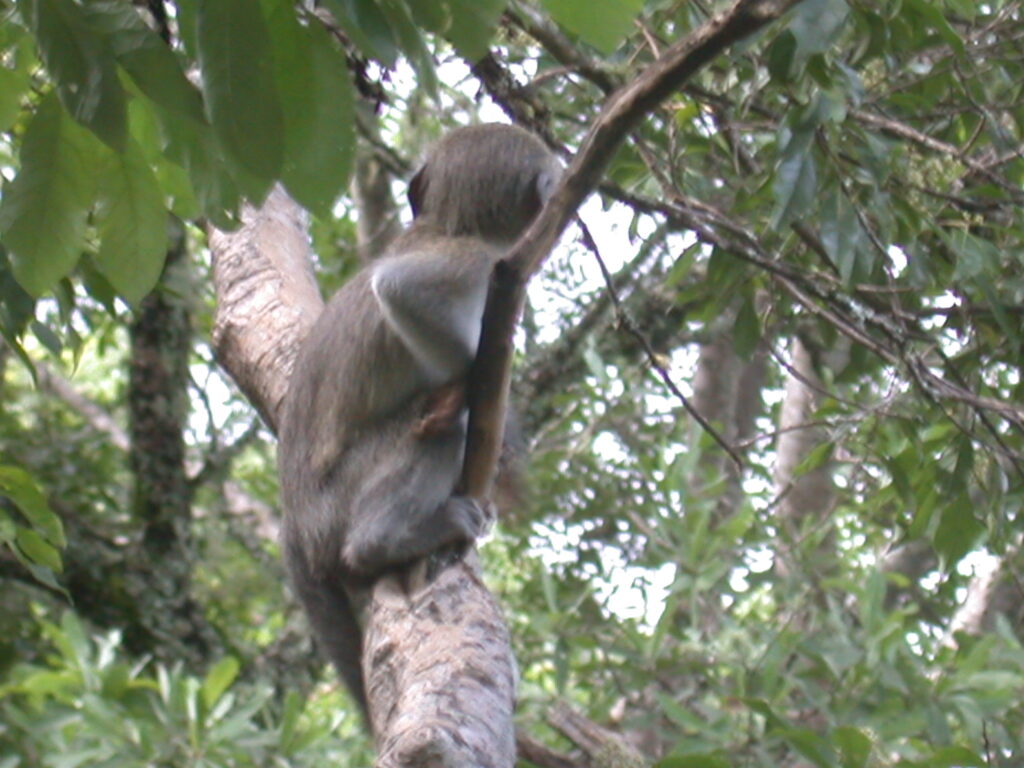
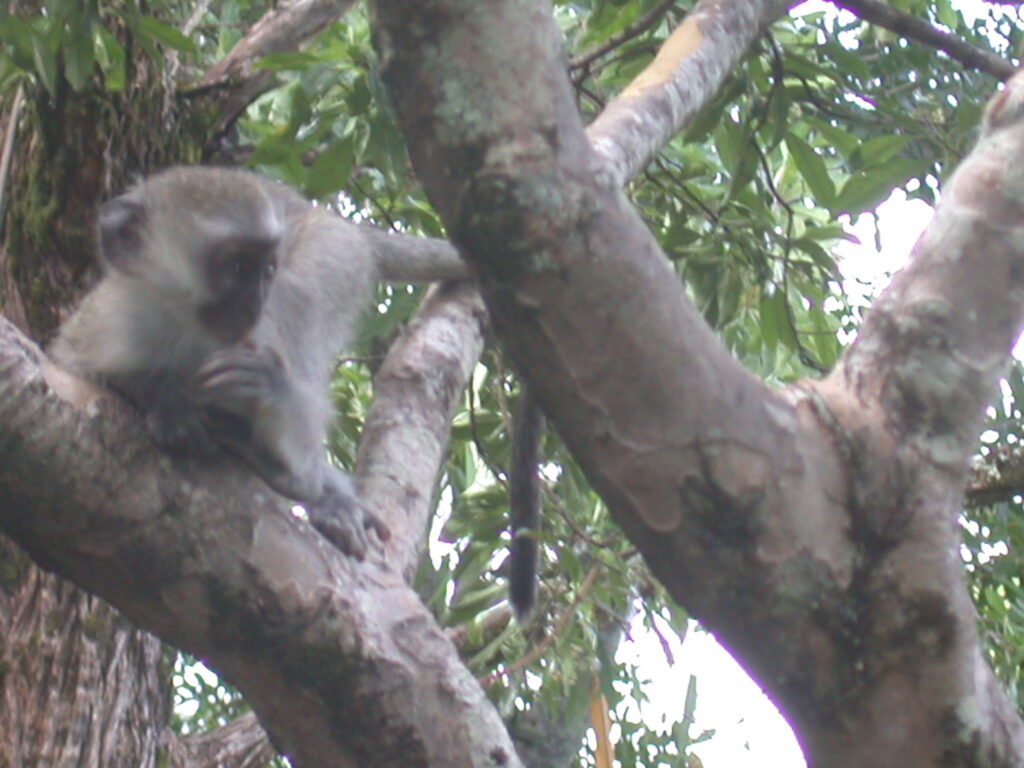
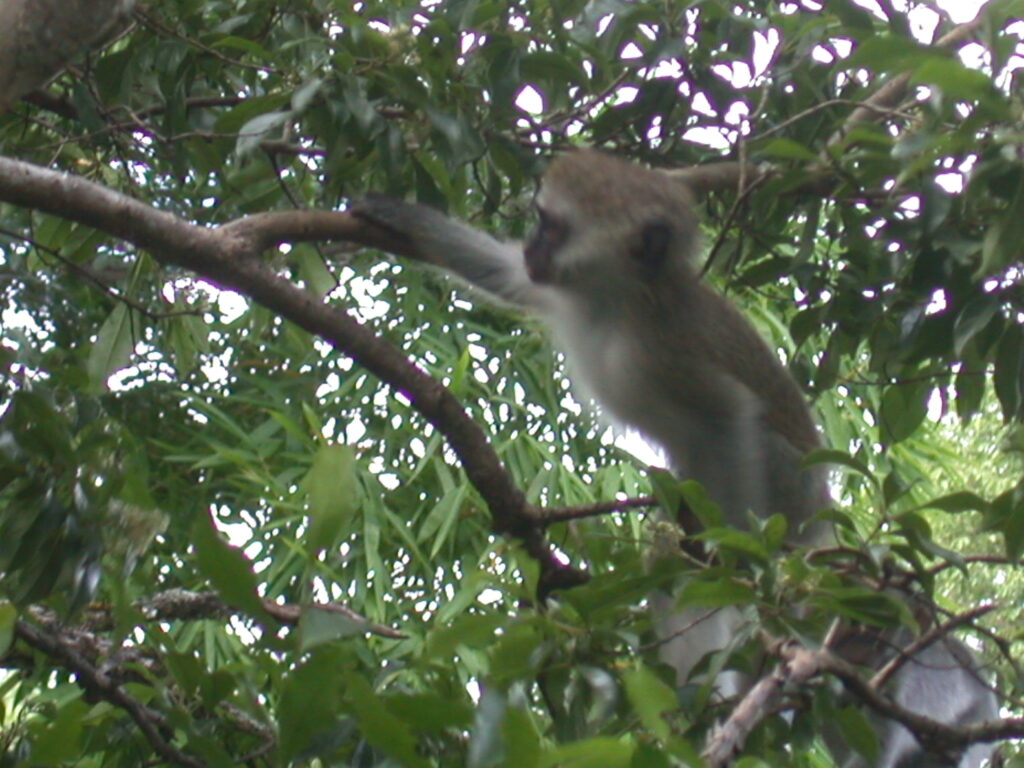
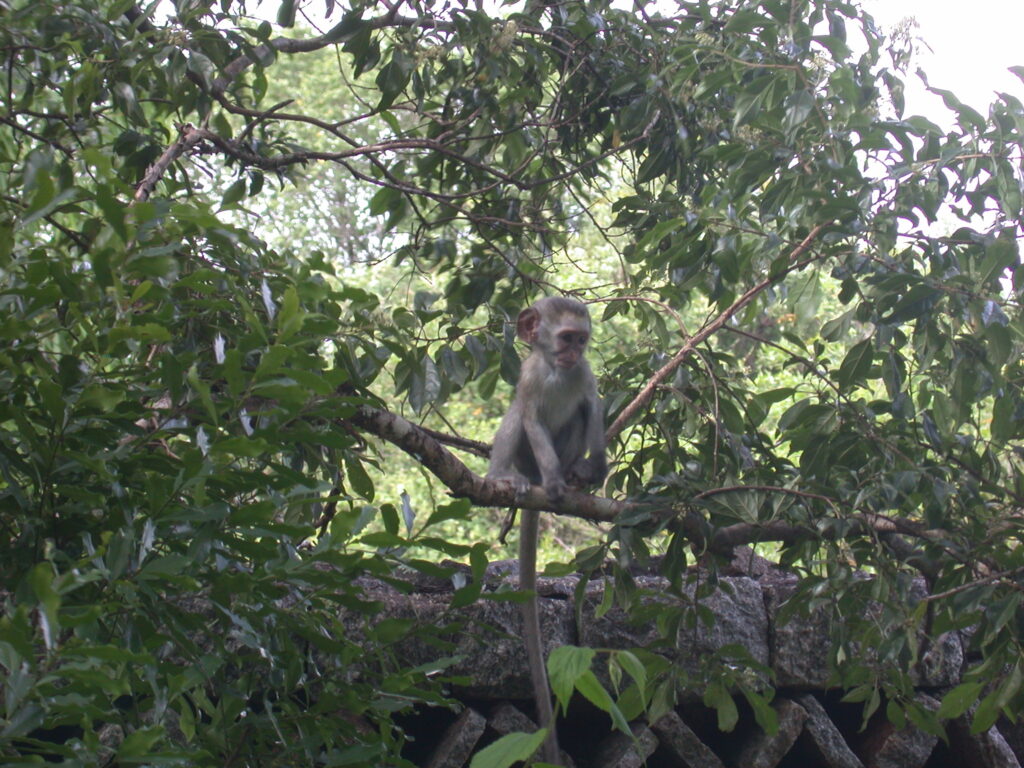
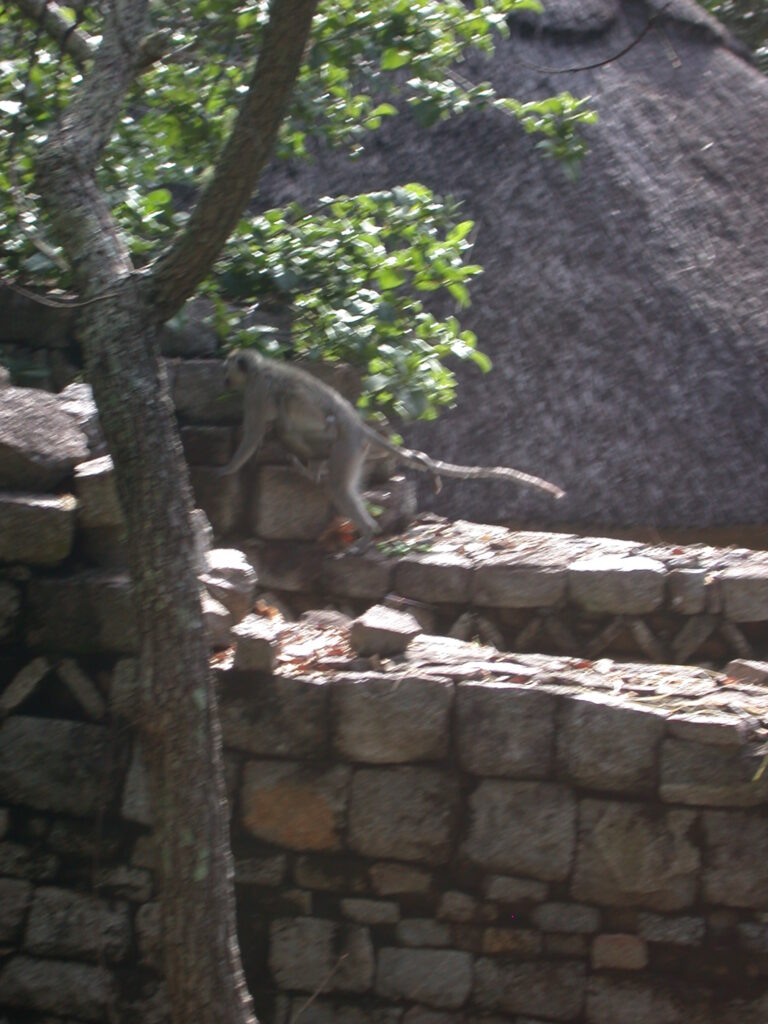
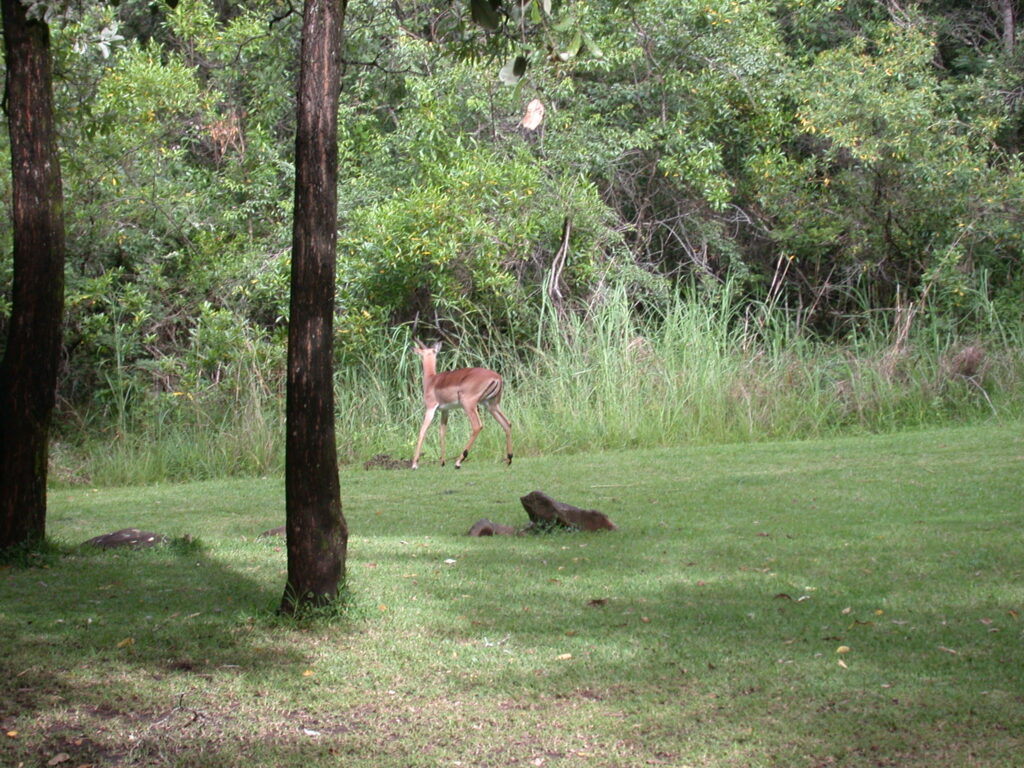
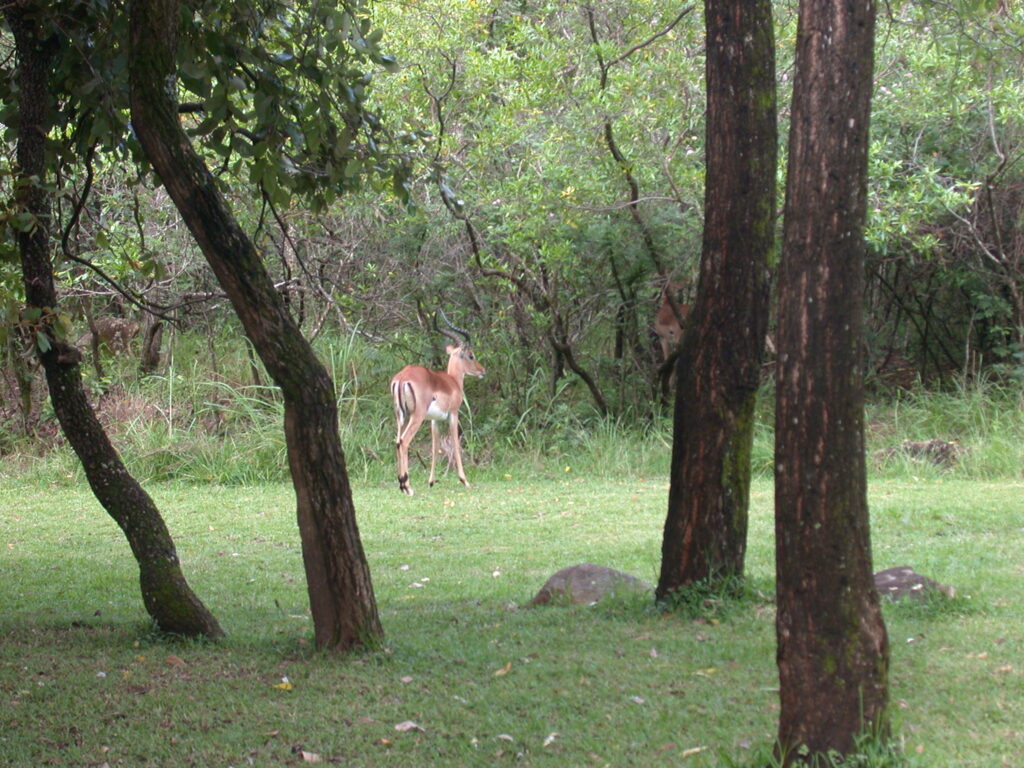
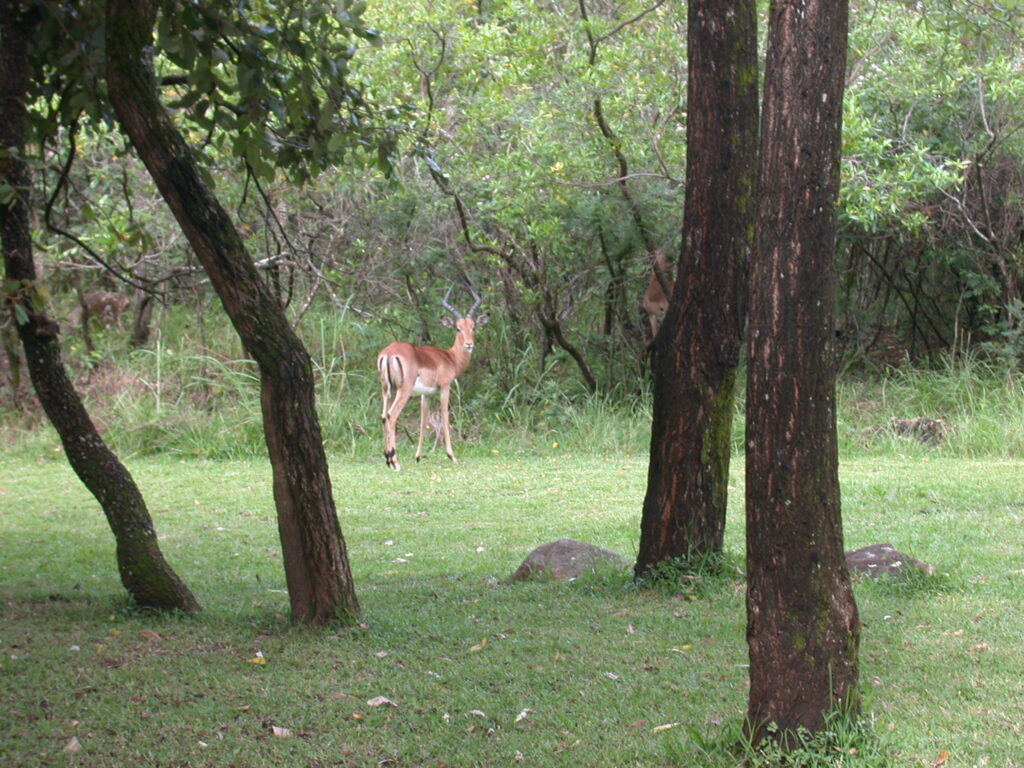
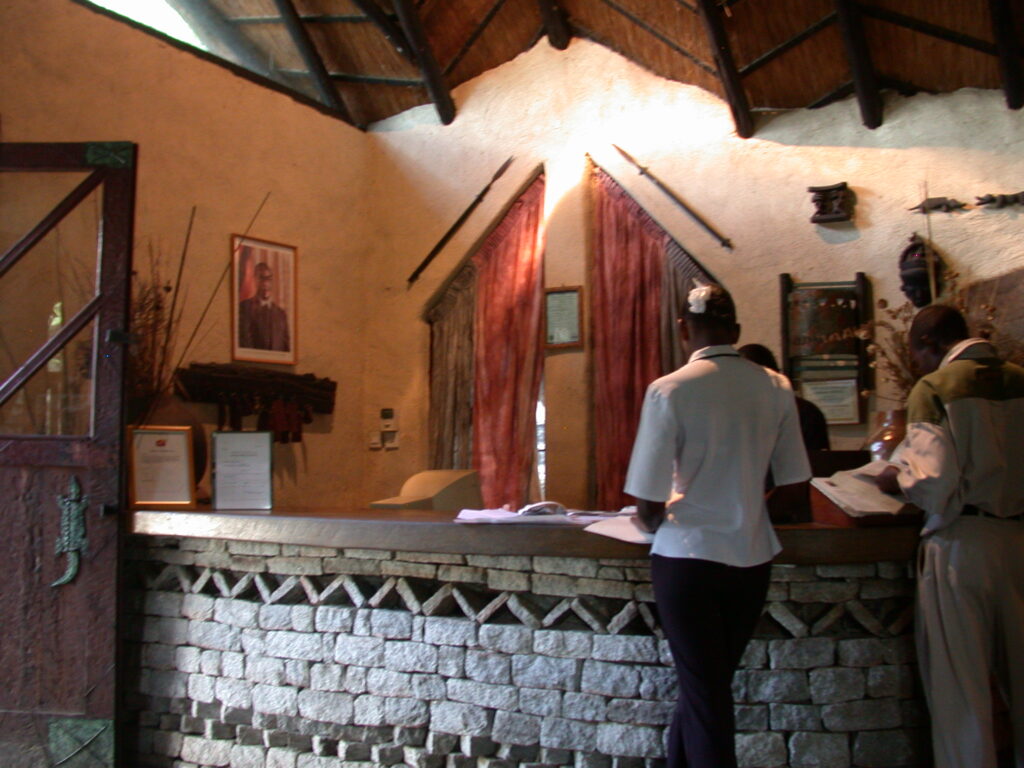
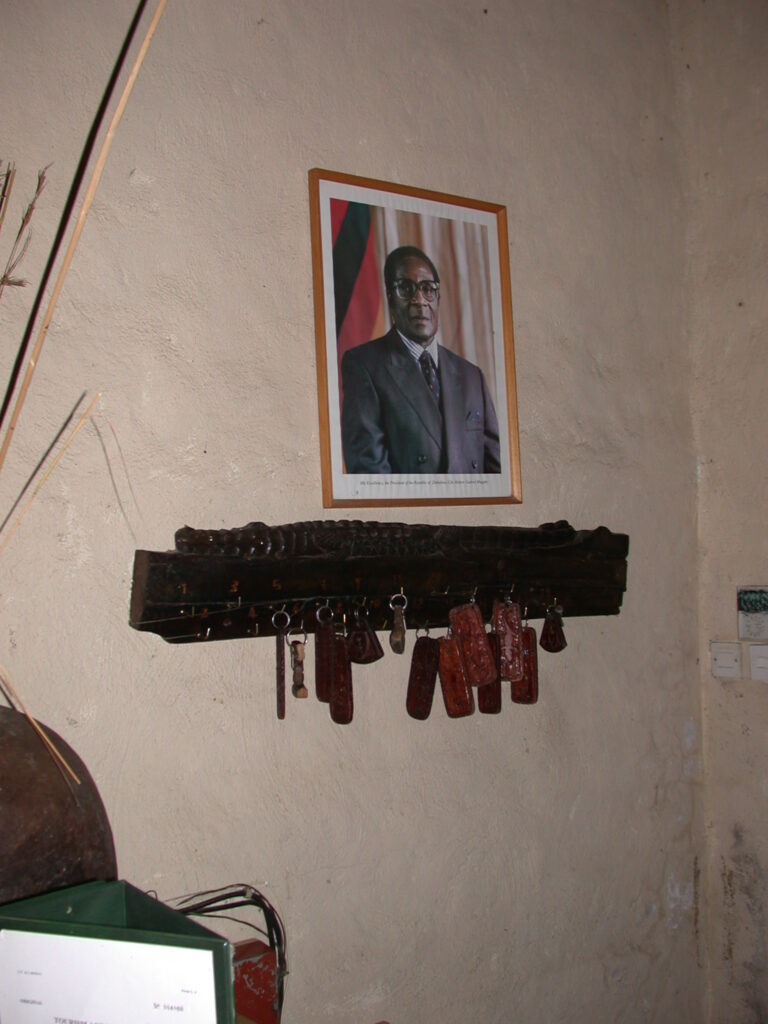
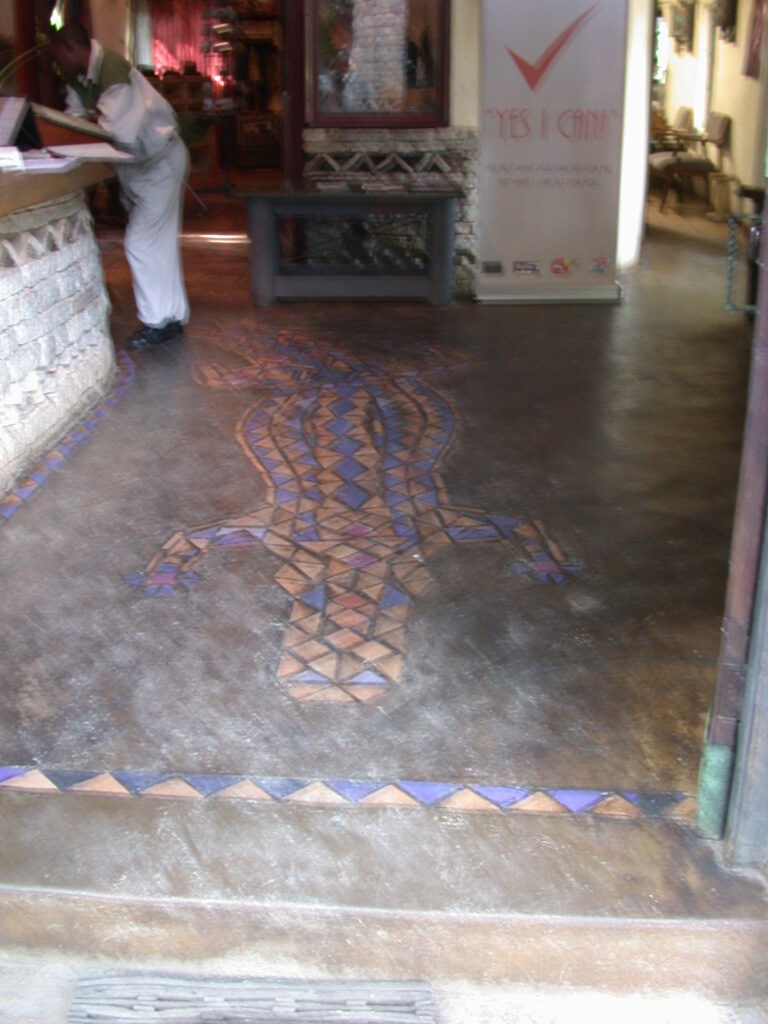
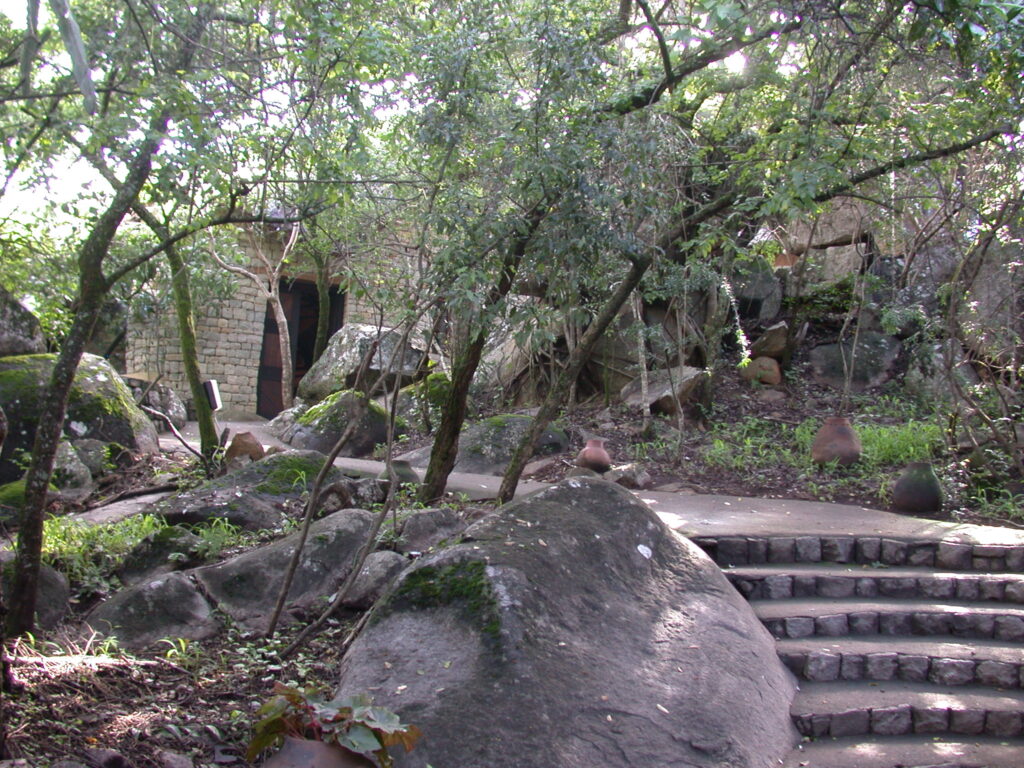
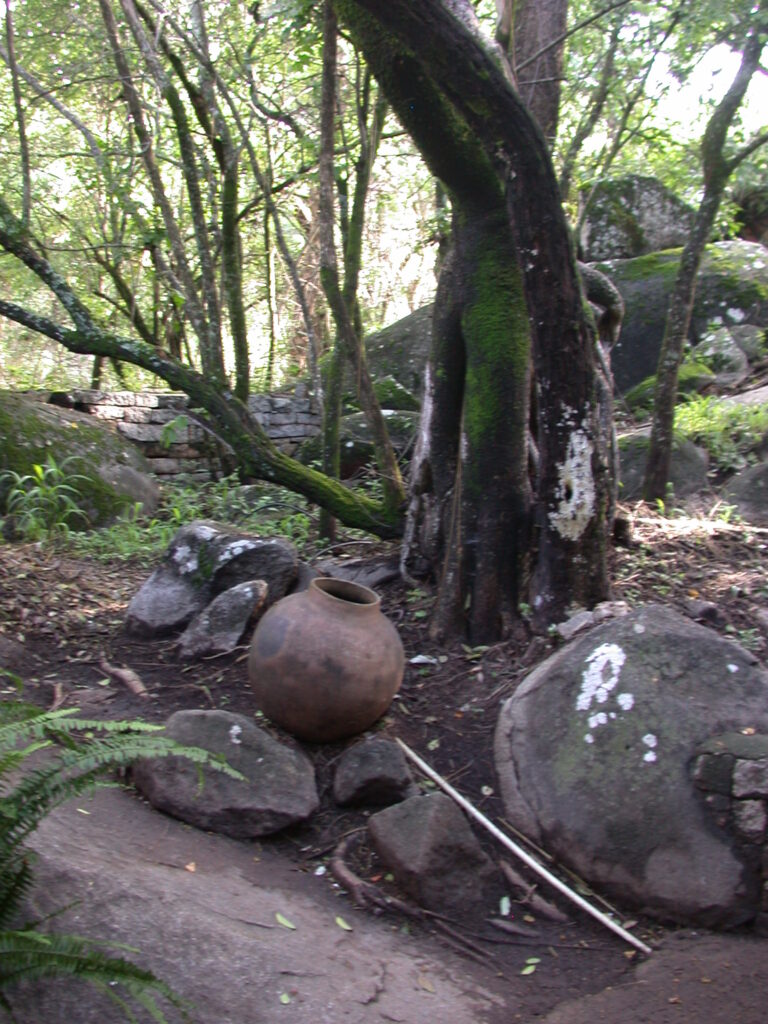
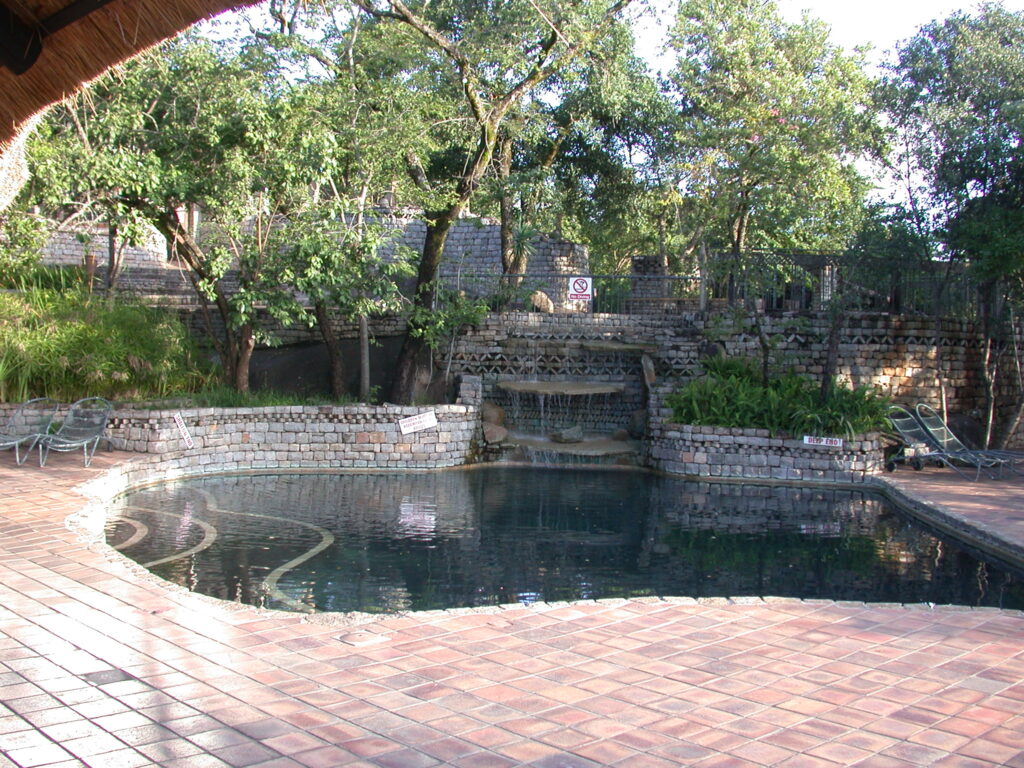
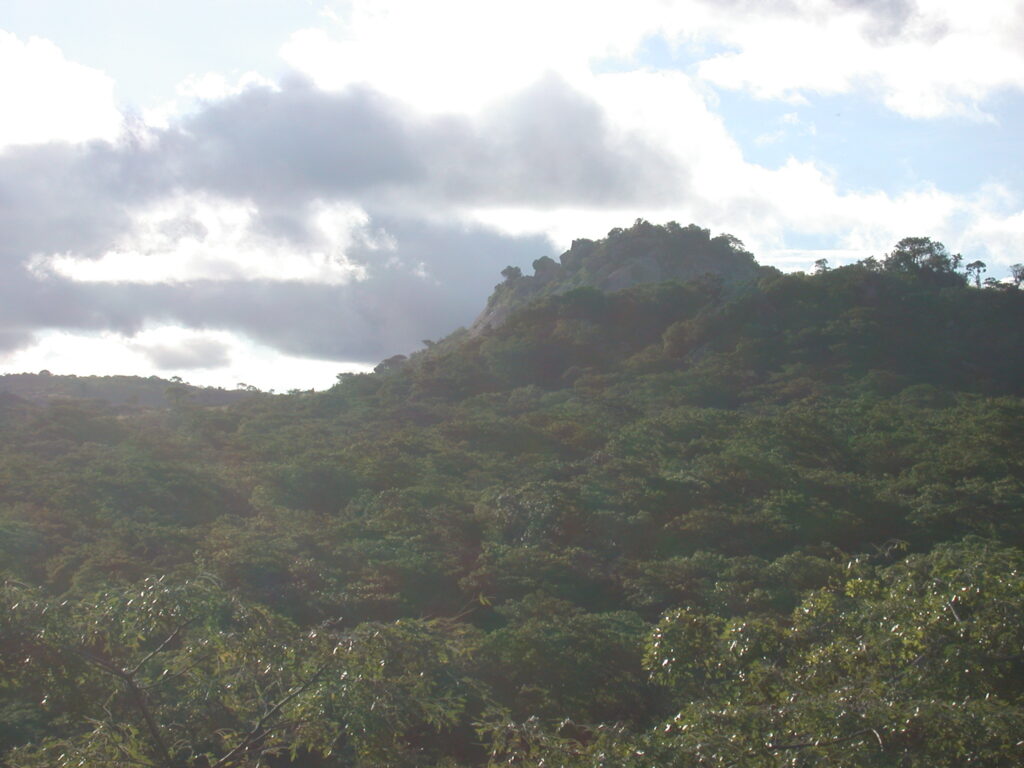
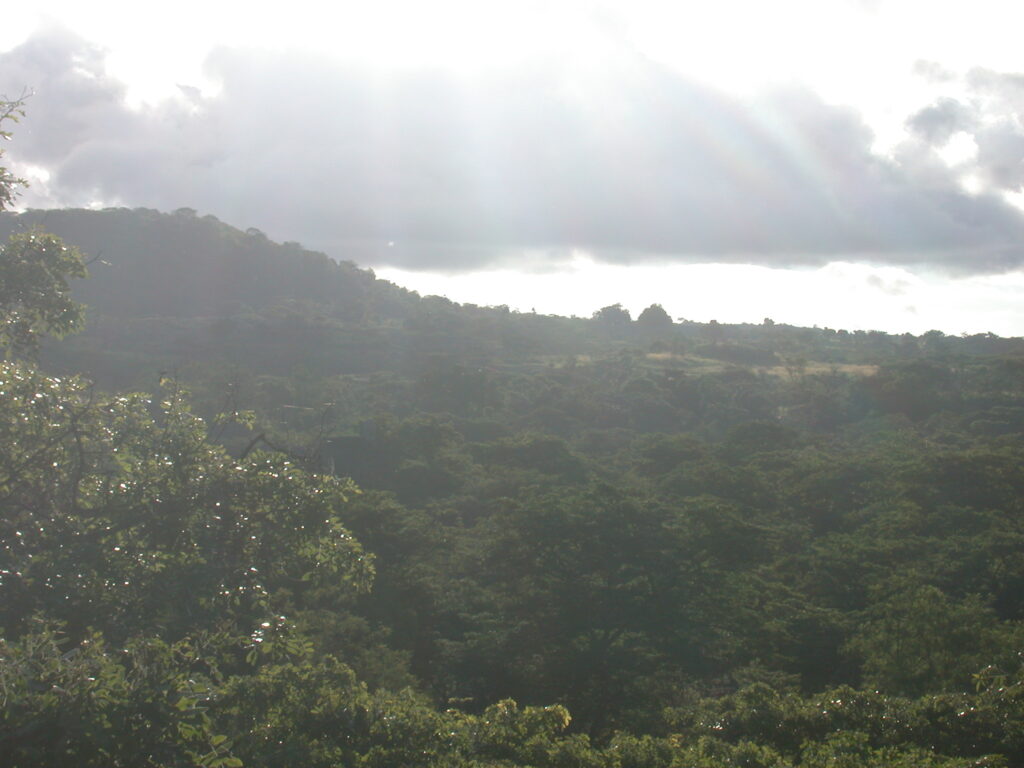
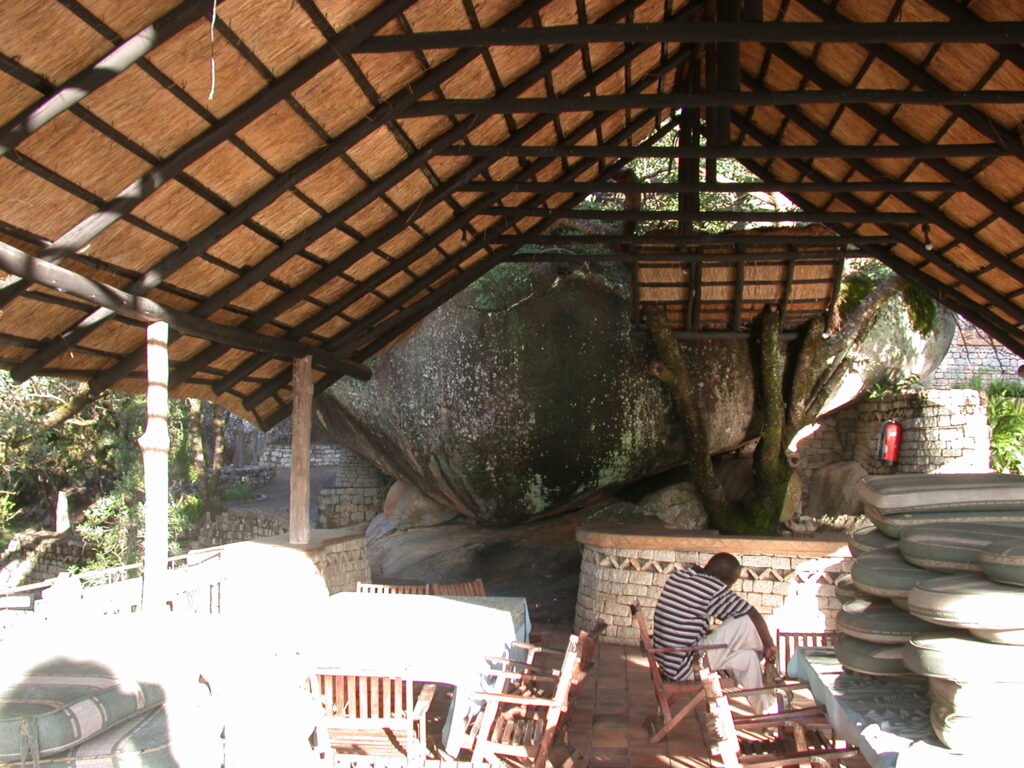
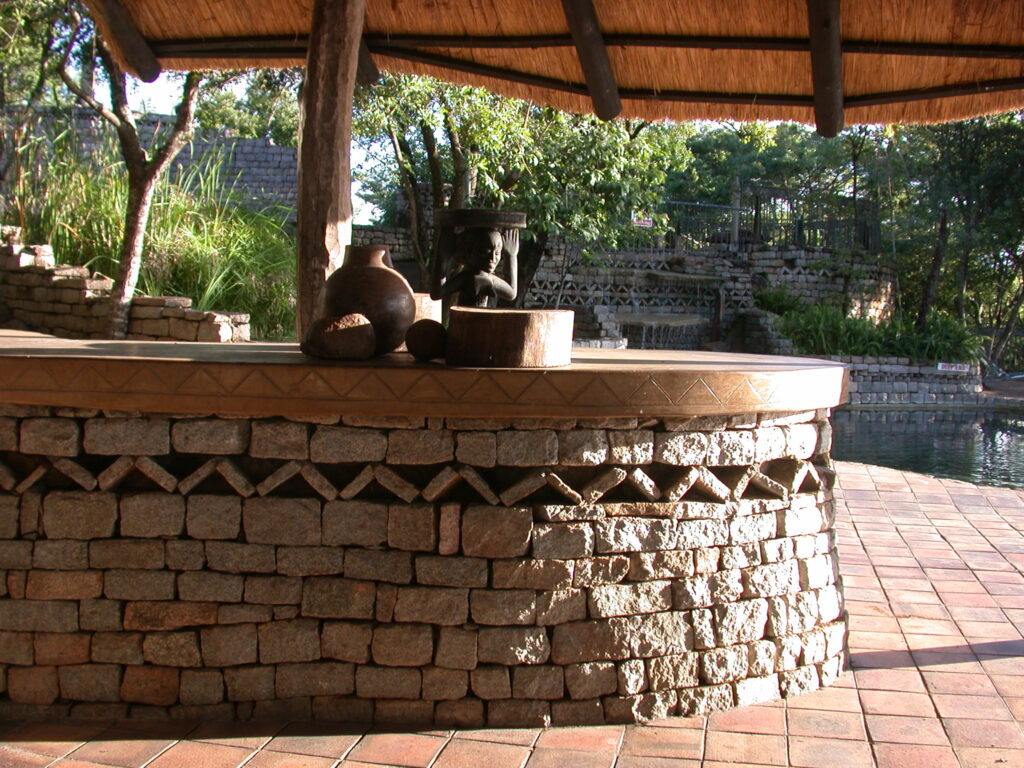
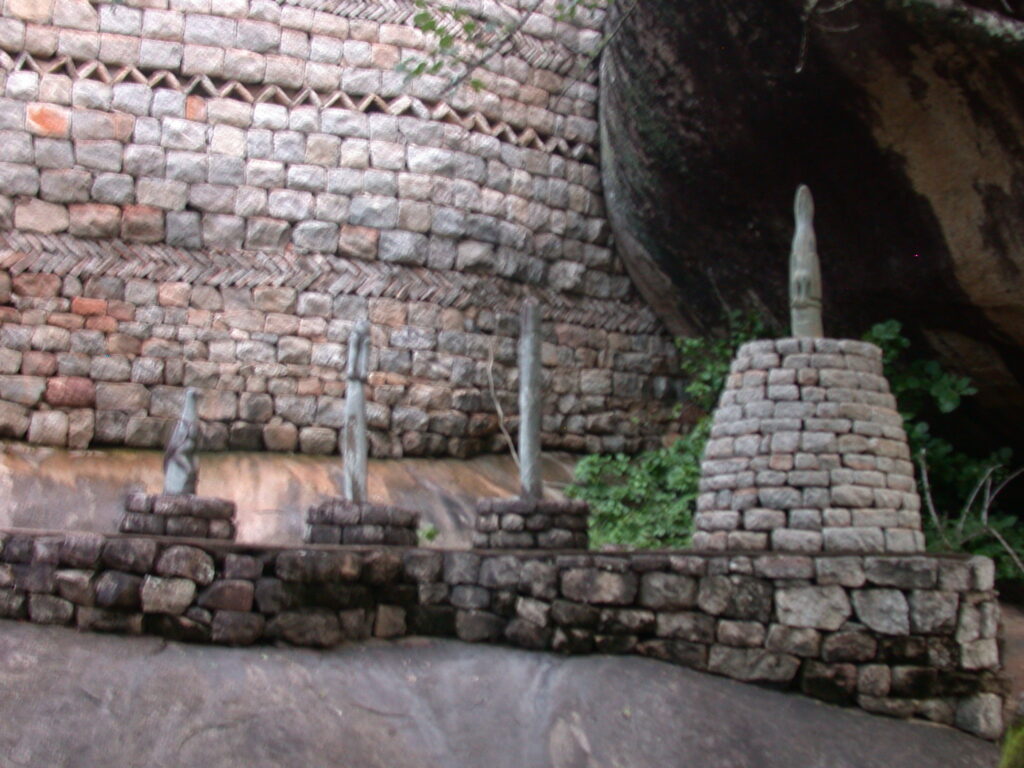
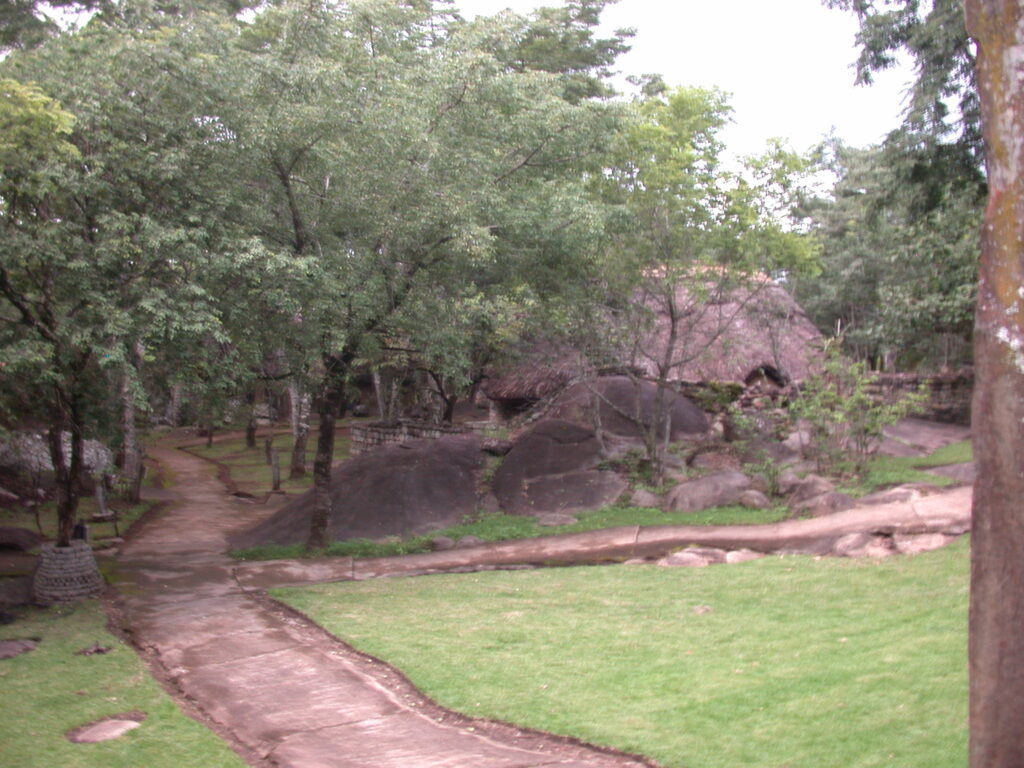
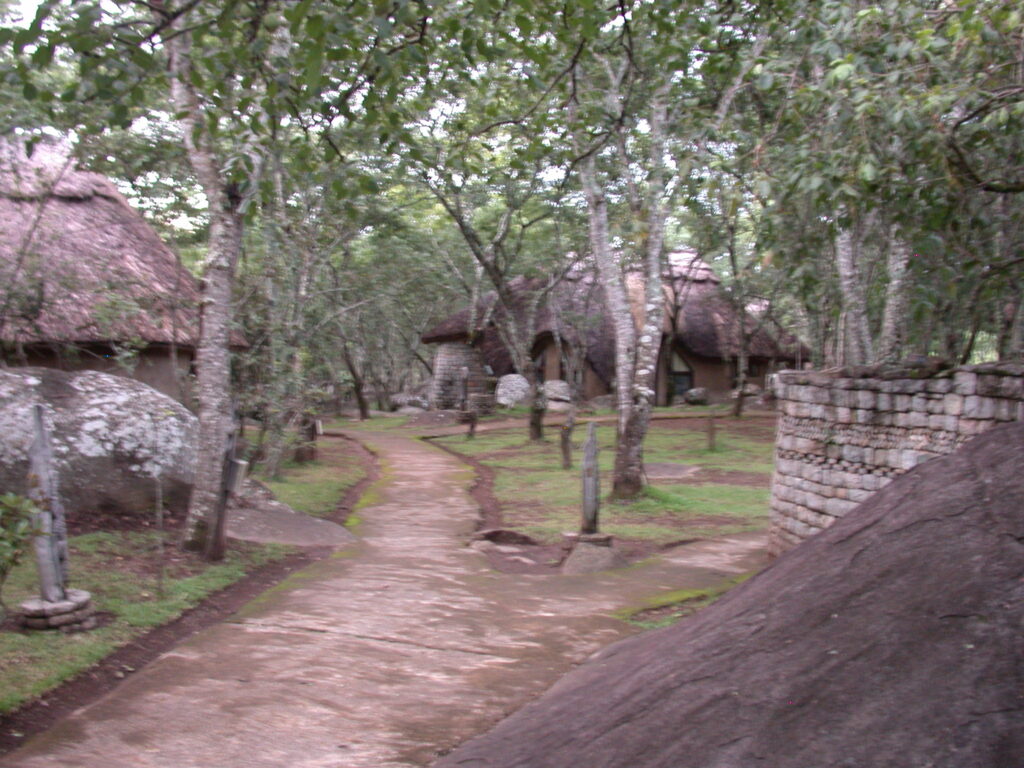
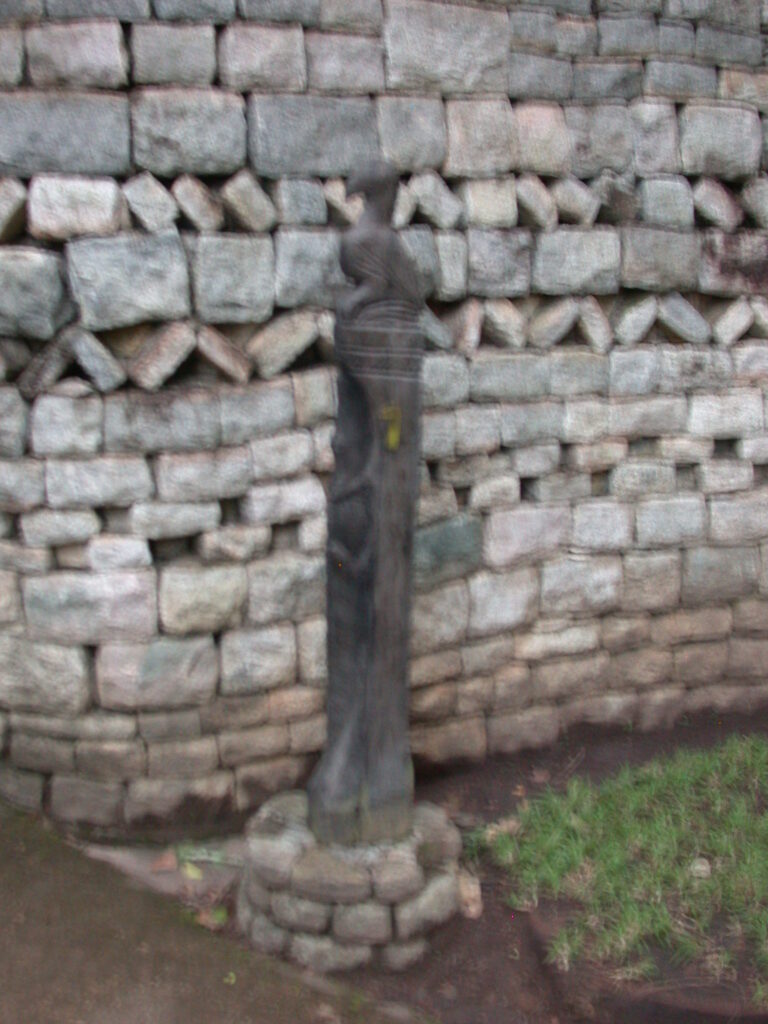
After resting for a day, I made my way to the monument the following day as chronicled in the following blog entry.
Zimbabwe Museum of Human Sciences in Harare
My arrival in Harare came with fears about how 8000% monthly inflation, food shortages, and a repressive dictator who hates gay people would influence my stay and feelings about Zimbabwe and its people.
I was a bit bewildered on arrival at the airport since I didn’t want to change money at the official rate, which was far below the black market rate. Yet I didn’t know who I could trust to change money on the black market without getting arrested or cheated or whatever.
Luckily, I met Sarah, a wonderful person who helped me figure out how to adapt to life in Zimbabwe right there at the airport. She was asking around about the current exchange rate and helped me meet a Zimbabwe local who gave me a free ride along with my bags in the back of a pickup truck to meet my friend Richard in the parking lot of a well-known hotel.
Richard put me up at his place for the day and night and showed me around town a bit. I saw the grocery stores full of food in Harare, although with prices rapidly becoming unaffordable for people whose salaries weren’t pegged to foreign currencies. He took me to an excellent Chinese restaurant with an interesting twist to the menu… each dish had a price code listed by it and the list of prices corresponding to the codes appeared on the last page of the menu, so it could be updated on a regular, even daily, basis. When it came time to pay, Richard pulled out the bag he carries around everywhere and laid a pile of cash about six inches tall on the table.
The government announced the new 10,000,000 dollar note around the time I arrived in the country, to help with the problem of physically carrying around so much cash for even the simplest of transactions. In most places that do any regular business involving large amounts of cash, they have a cash counting machine, like the one pictured below.
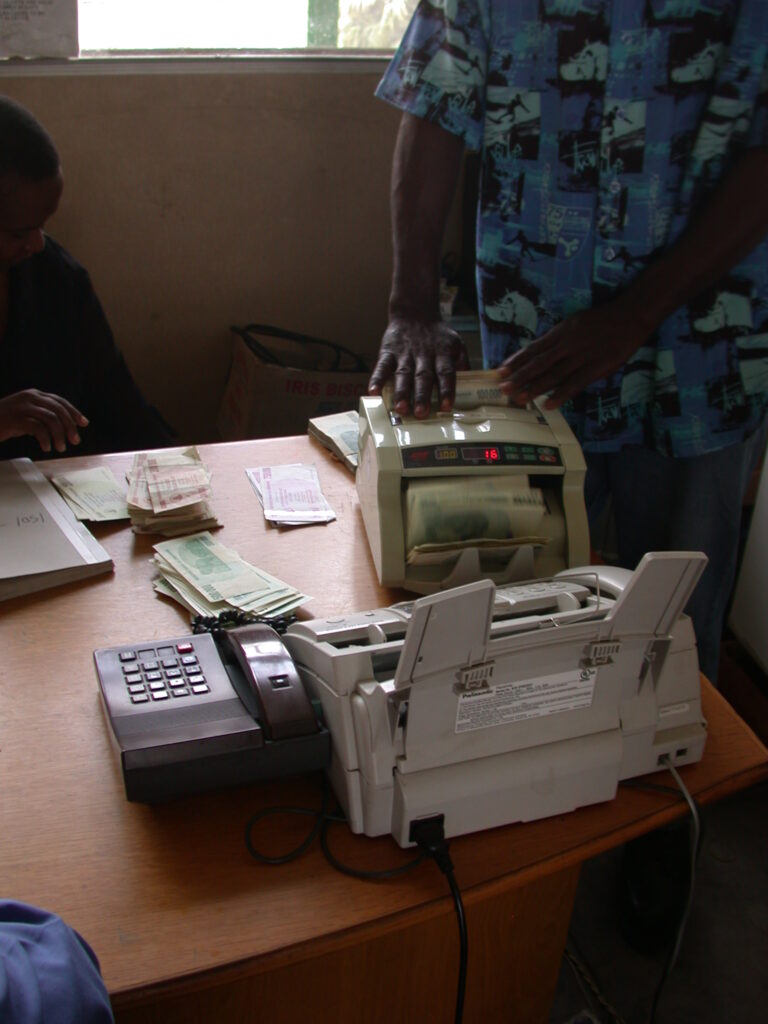
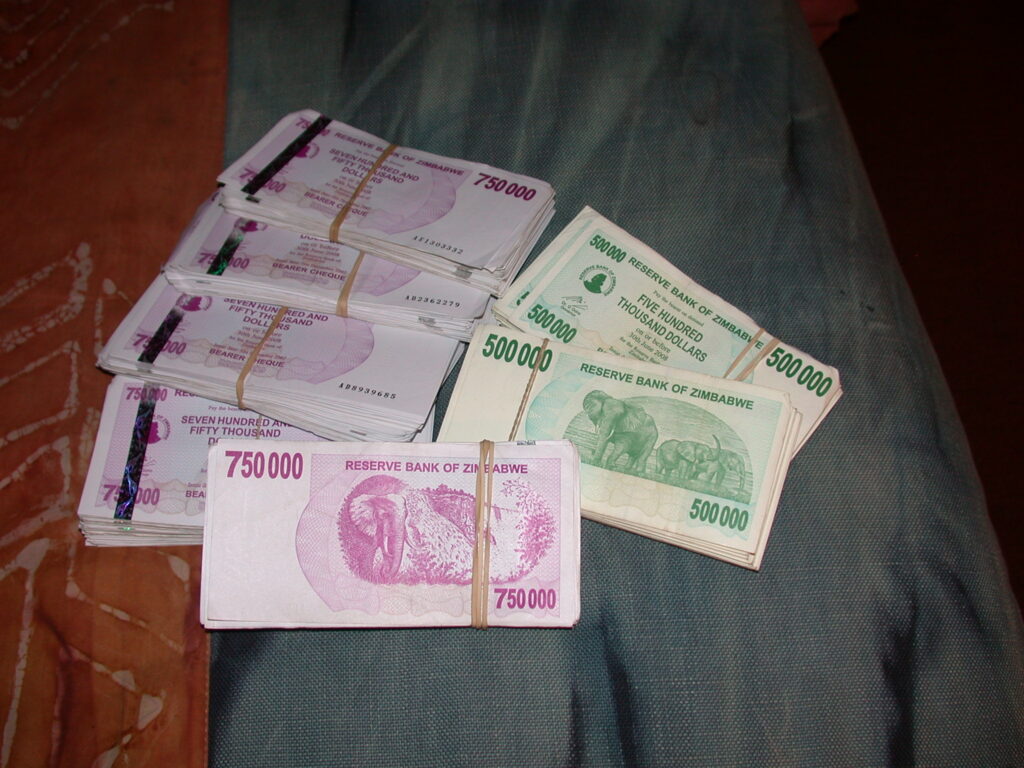
As soon as I changed money, I became a multimillionaire!
Richard’s father was arriving that day to stay at his place so he helped me find a hotel room. Luckily, we found one that wasn’t horridly expensive as most of them are for foreigners paying a special hard-currency foreigner price in Harare. I stayed at the lovely Bronte Hotel.
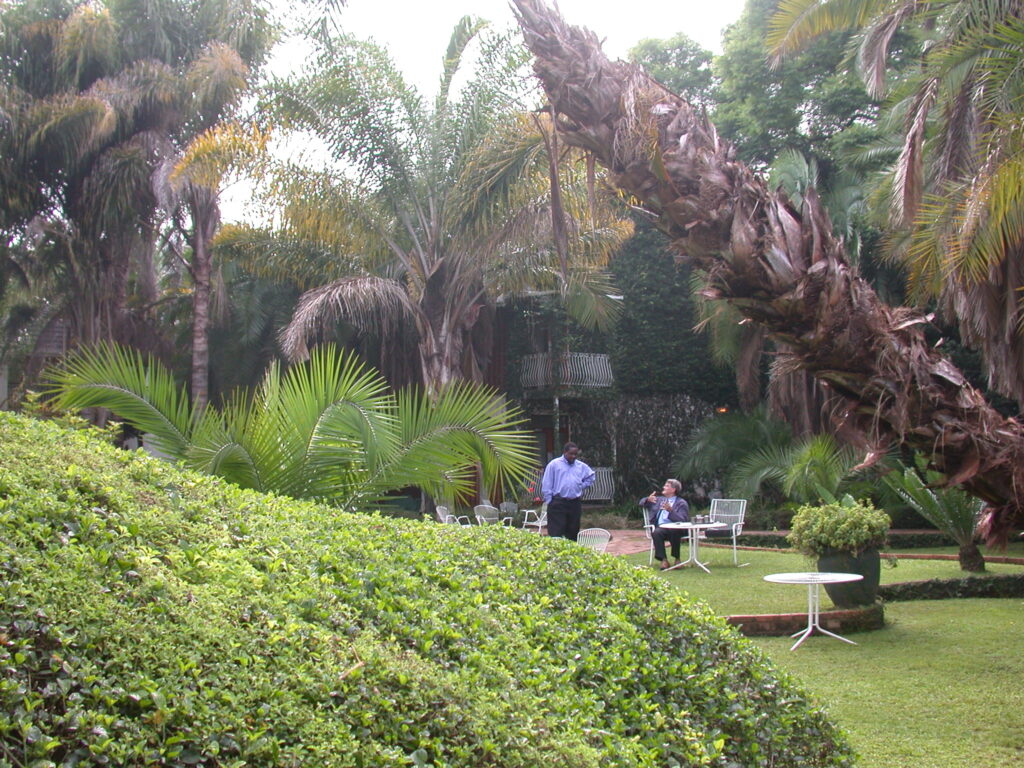
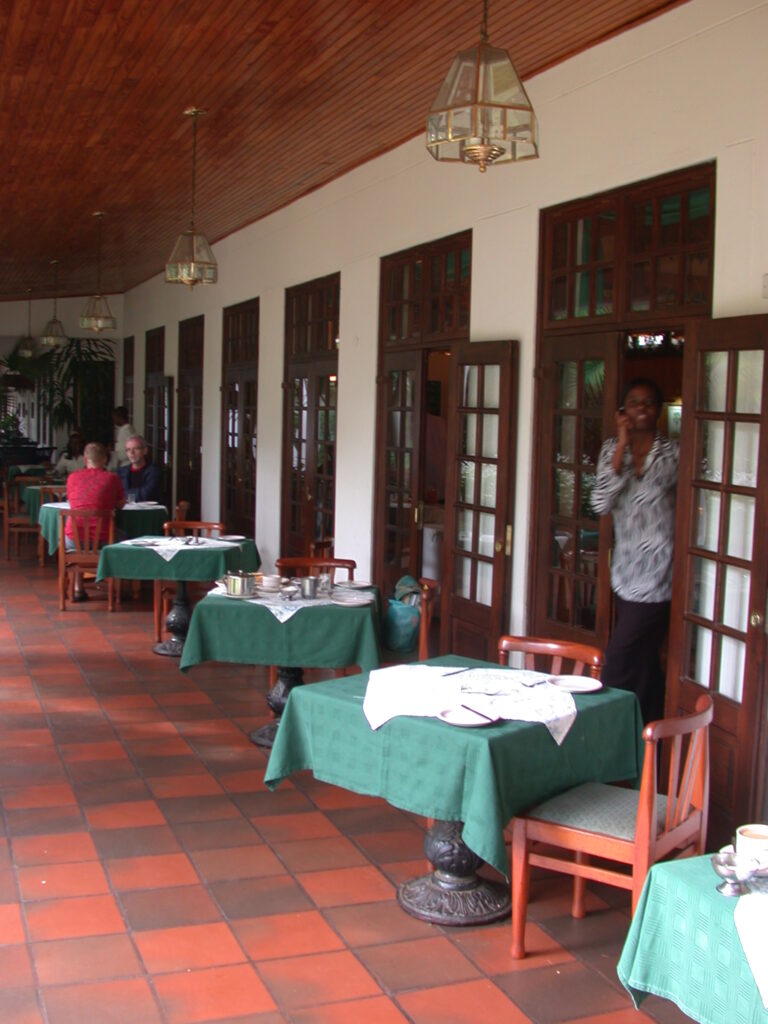
I saw a placard announcing the groups meeting there at the hotel. One of the groups listed was GALZ, which I knew as Gay and Lesbian Zimbabweans. I was shocked to see them listed, since I thought the repression would be so great that they would have to meet in private homes, ever since Mugabe’s “gays are worse than dogs” statement. I had the privilege of popping in one of their meeting sessions to wish them well, letting them know that people all over the world have heard about their struggle and understand the difficult conditions under which they are operating with threats of violence, imprisonment, and death, not to mention public humiliation and loss of employment.
On January 18, 2008, I visited the Zimbabwe Museum of Human Sciences, in Harare, Zimbabwe.
Machanga people
Oral tradition says origins in Hlengwe people who arrived before Soshongana, a Ngoni (Ngohi?) whose real name is Mamukese / Manukosi, son of Chiyangeni. Manukese fled Shaka during Mfecune period. Soshongana found the Hlengwe and established the Gaza state in early 19th century after defeating all tribes…
Machangana men pierced ears using knife, sign of bravery, skin loins, mayadha white cloth, mubodhi head ring, tnbaya(?) urinary chamber
Machangana women wear minceka, salempore (chibhelana / chibhabhela), seashells (mbambamba), leg bangles (madheya(?))
Zvitumbarse drums
Ranzala groundhornbill drum
Thumb piano
Initiation – instructor (mudzhabi)
Girls’ initiation = kombla
Boys’ initiation = mupundu(?)
Food processing: grind (kukanda) food using pestle (musi) and mortar (xthurhi), in chihizo for final processing
Ngula grainbin
Farming–
Crops: mvele (small grains), mashalani (sorghum), mahuva (millet)
Wooden hoes
Conservation of trees as shed for crops (minduti yemerele (or yemevele???))
Singing songs, political or even vulgar, only while pounding grain
Beer pots (mbita)
Head cushion (simbo)
Head rests (mukigeio)
Woven grain storage container
Chieftancy–
Nzalema power in chief’s stomach, vomited at death
Chosen from eldest son of first wife, if chief too young, nephew (tukulu, who is not in line for chieftancy) would hold the post (kuomela)
Chiefs had spear (thlari), elephant’s tusk (lumhondo lwendhlopfu), leopard’s skin, and headring (mubhodhi)
King buried in house seated facing east, elephant tusk buried with him, protruding a bit from grave
Hunting–
Shields from animal hides, arrows (mupatya), spear, and pit traps for big animals like elephants (hardwood poles with sharpened ends vertical in put, animal pierced during fall
Rituals–
Shona– possession by principal ancestors (masvikiro)
Machanga – possession at homestead level (mudzimu)
Traditional healers (N’anga) advise who to lead ritual to ask for rain before people ate produce from the fields
Madhlozi are possessed by spirits from another culture like Ndau (Maronge or Maconge?) or Ndebele
Rituals performed under Marula tree or in Ndumba house dedicated to ancesstors Inside house, white cloth, multi-colored cloth (palu), small multi-coolored clay pot (chikalaulo) and spears/gourd (ndeve)
Old women in menopause (vatsvah) brew the beer for rituals assisted by young pre-menstrual girls who carry water
Inyanga, early iron age from 300 – 1000 CE, pottery known as Ziwa
Late iron age, 1650-1800 CE, Hwisa settlements
GREAT ZIMBABWE:
Soapstones found at Great Zimbabwe, Dhlodio (Midlands), and Mutare Altar site
figural art, bowls with animal images, eight birds on pillars
Stone building tradition from about 1100-1600 CE
Arrows, spears, adze, hoe, plus imported Chinese celadon, glass beads
Iron gongs, gold grinder, grain bins
Millet, sorghum, and r??? (small grain millet?)
Cattle and goat herding: young cattle for the king’s compound, older for rest of population
Not so much hunting
Great Zimbabwe flourished 1250 – 1450 CE with smaller Zimbabwes all over the central plateau (approximately 300 of them extending even into Mozambique, Botswana, and South Africa)
King lived on the Hill Complex – wealth and power from control over subjects
Symbols of authority found: iron gongs, trade items
Zimbabwe Hill – enclosures
Imba Huru: pole and daga (mortar/cement) houses with enclorsure, three entrances
Khami ruins at Bulawayo are second largest after Great Zimbabwe
Others at places like Matendara, Dhlodhlo, and Naletale
All used decorative wall patterns: chevron, check, cord, dentelle, herriingbone, and alternate courses of granite (light) and schist (dark)
Shona concept of mutupo, link to ancestors
Mazimbabwe – plural usage for other zimbabwes around the country
References found at Museum Library:
Garlake, Peter. Life at Great Zimbabwe. Gweru, Zimbabwe: Mambo Press, 1982, reprinted 1991. {Exploring Zimbabwe Series #1}
Garlake, Peter. Early Zimbabwe: From the Matopos to Inyanga. Gweru, Zimbabwe: Mambo Press, 1983. {Exploring Zimbabwe Series #3}
Garlake, Peter S. Great Zimbabwe. London, United Kingdon?: Thames and Hudson, 1973.
Garlake, Peter. Great Zimbabwe: Described and Explained. Harare, Zimbabwe: Zimbabwe Publishing House, Ltd., 1982.
National Museums and Monuments of Rhodesia. Map of the Zimbabwe Ruins. Publication location and date unknown, like pre-independence, i.e. before 1980.
R.N. Hall. Great Zimbabwe. London, United Kingdom: Methuen and Co., first published 1905.
Chauke, Chris. The Great Zimbabwe Monument Traveller’s Guide. Mosvingo, Zimbabwe: The National Museums and Monuments of Zimbabwe(?), publication date unknown.
Mantenga, Edward. The Soapstone Birds of Great Zimbabwe: Symbols of a Nation. Harare, Zimbabwe: African Publishing Group, 1998.
Robinson, K.R. Khami Ruins. Cambridge, United Kingdom: University Press, 1959.
Summers, Roger. Inyanga: Prehistoric Settlements in Southern Rhodesia. Cambridge, United Kingdom: University Press, 1958.
Gathercole, Peter, and Lowenthal, David (eds.). The Politics of the Past. London, United Kingdom: Unwin Hyman Ltd., 1990, updated 1994?, pp. 189-199 (West Africa article), and pp. 291-298 (Nigeria article)
Thanks to Naone Chiruka, Librarian, Zimbabwe Museum of Human Sciences, Box CY 33, Causeway, Harare Zimbabwe (send copy of my book to the library).
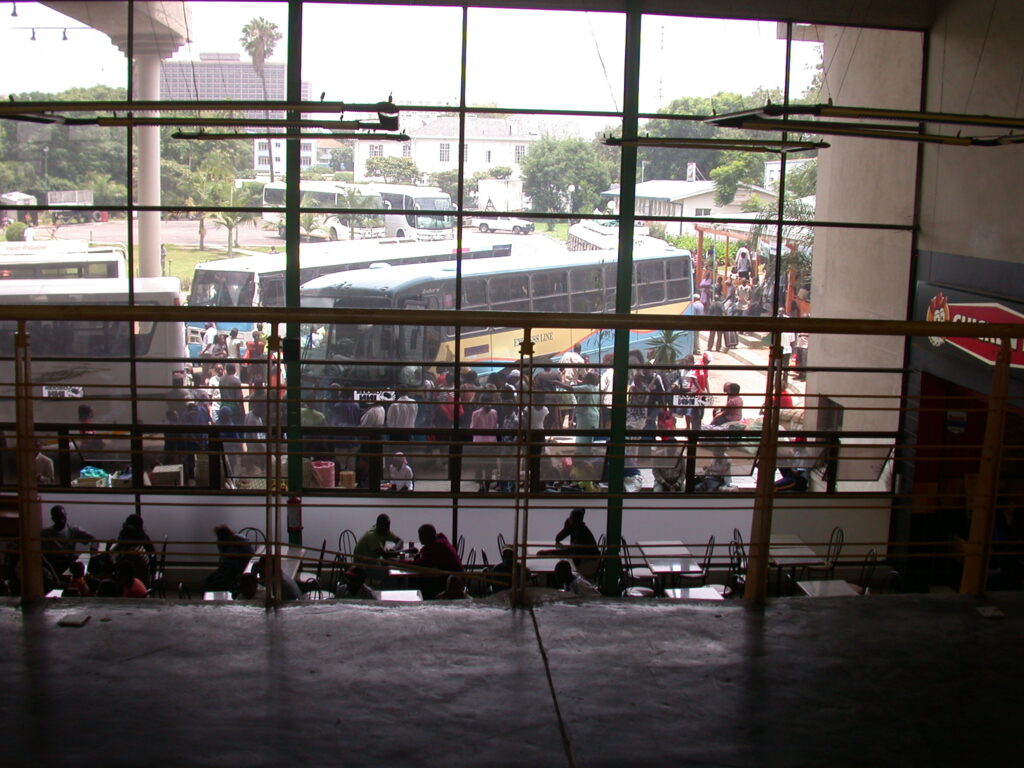
I left Harare by bus at the bus station pictured above.

